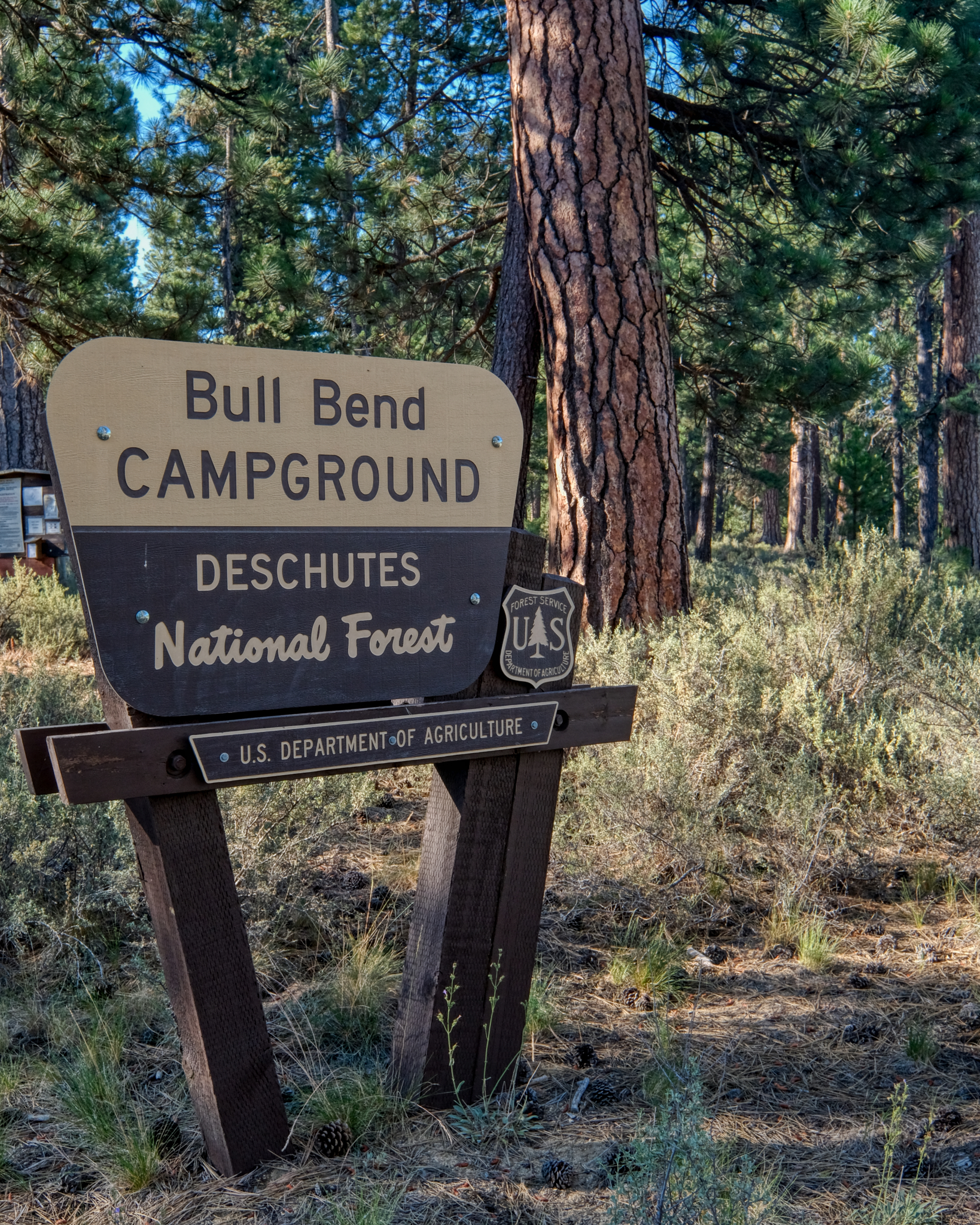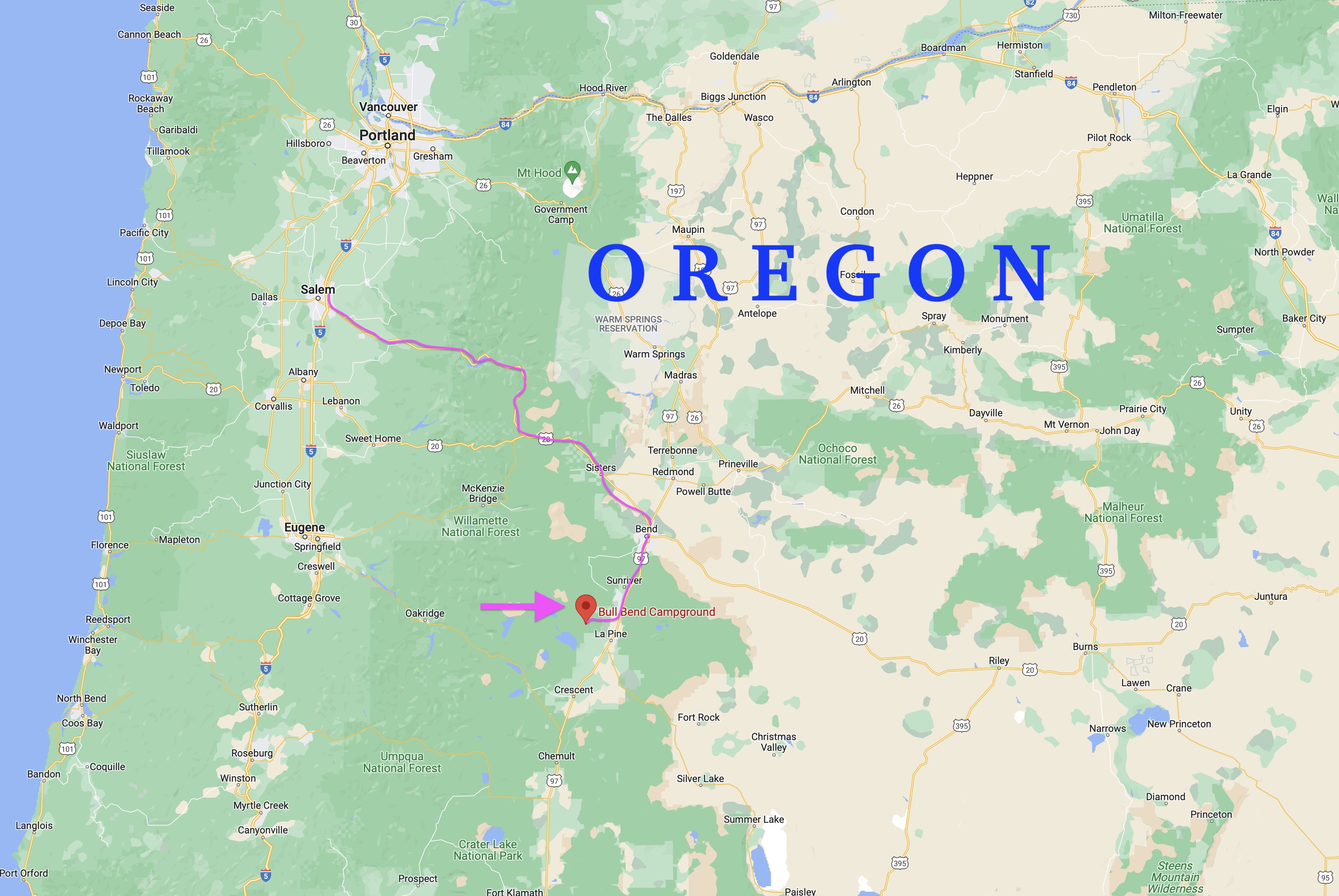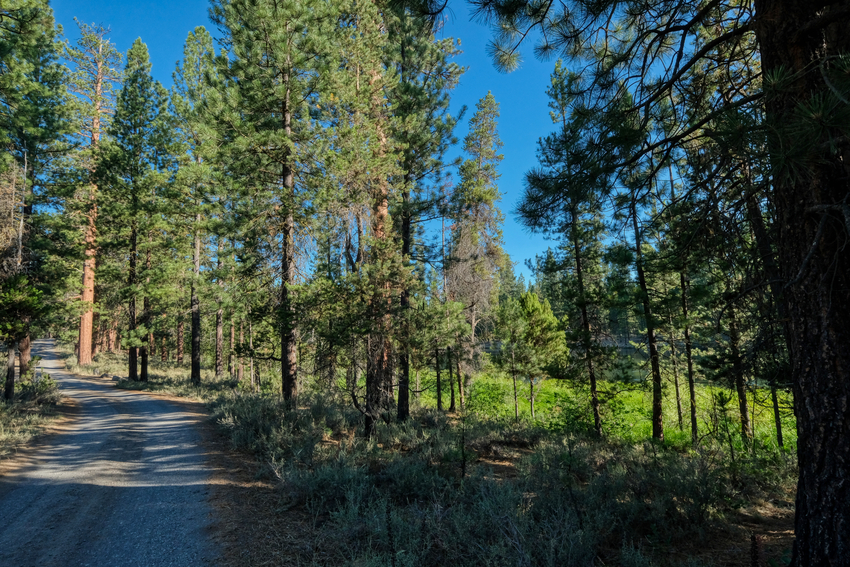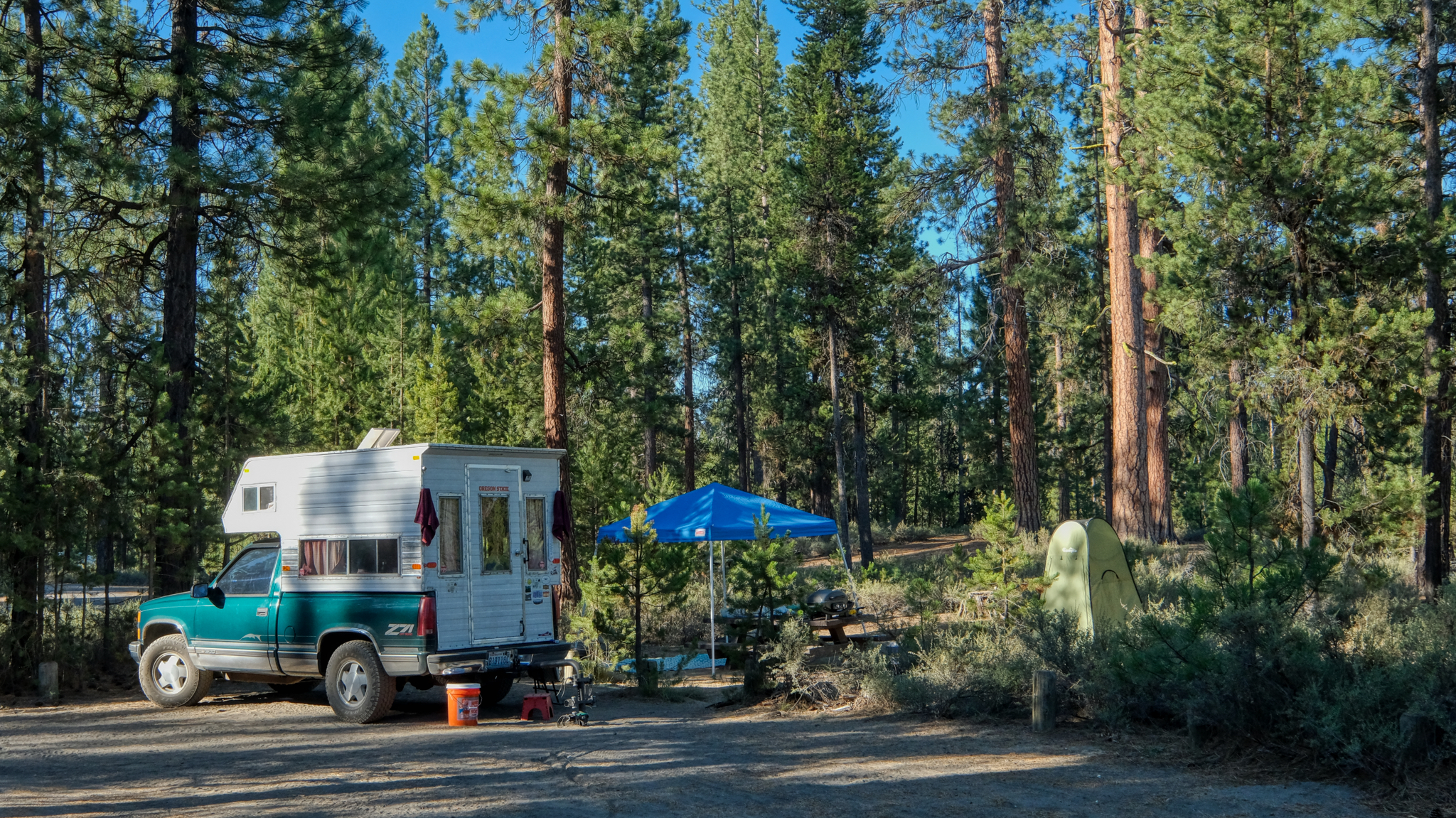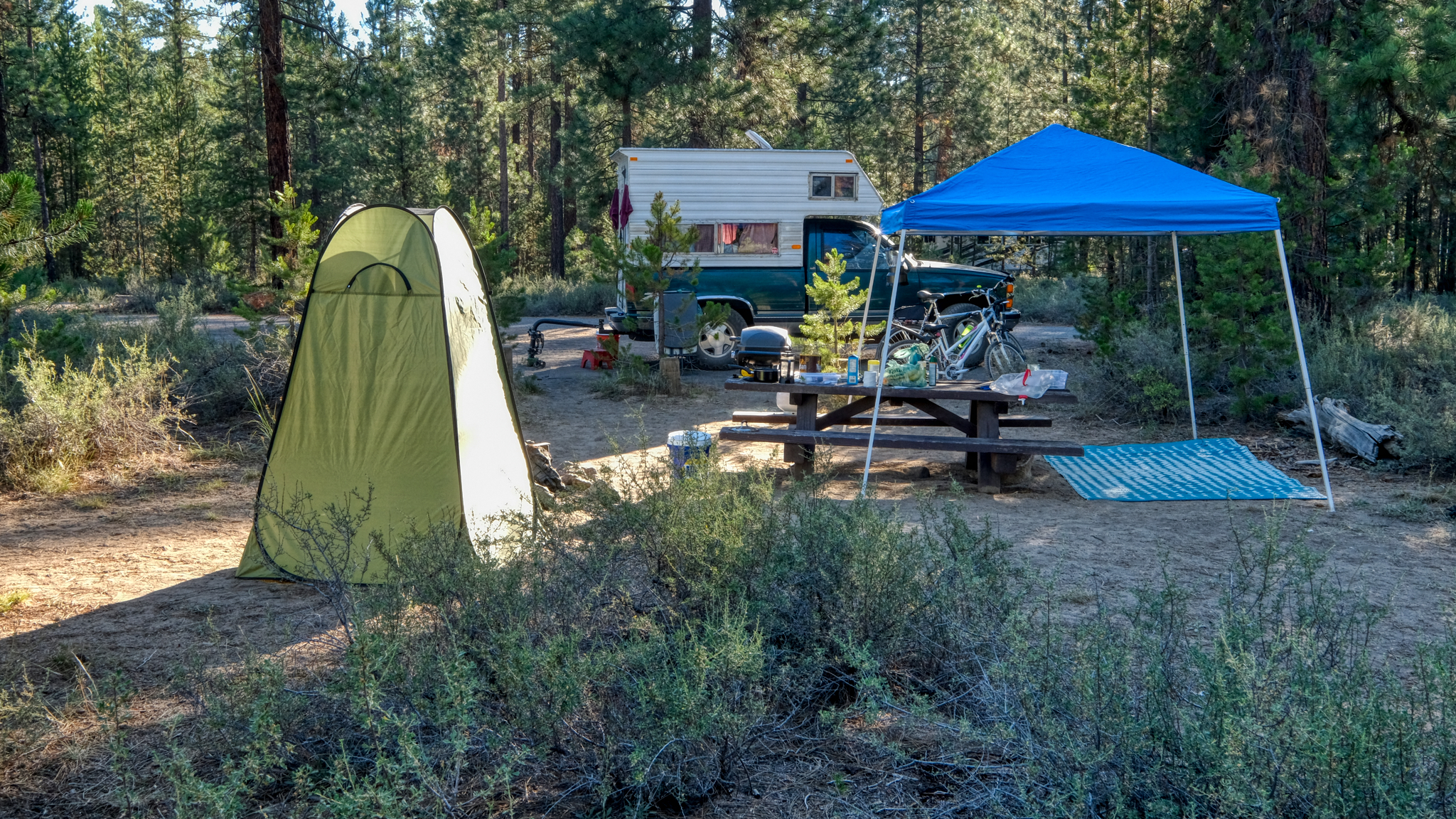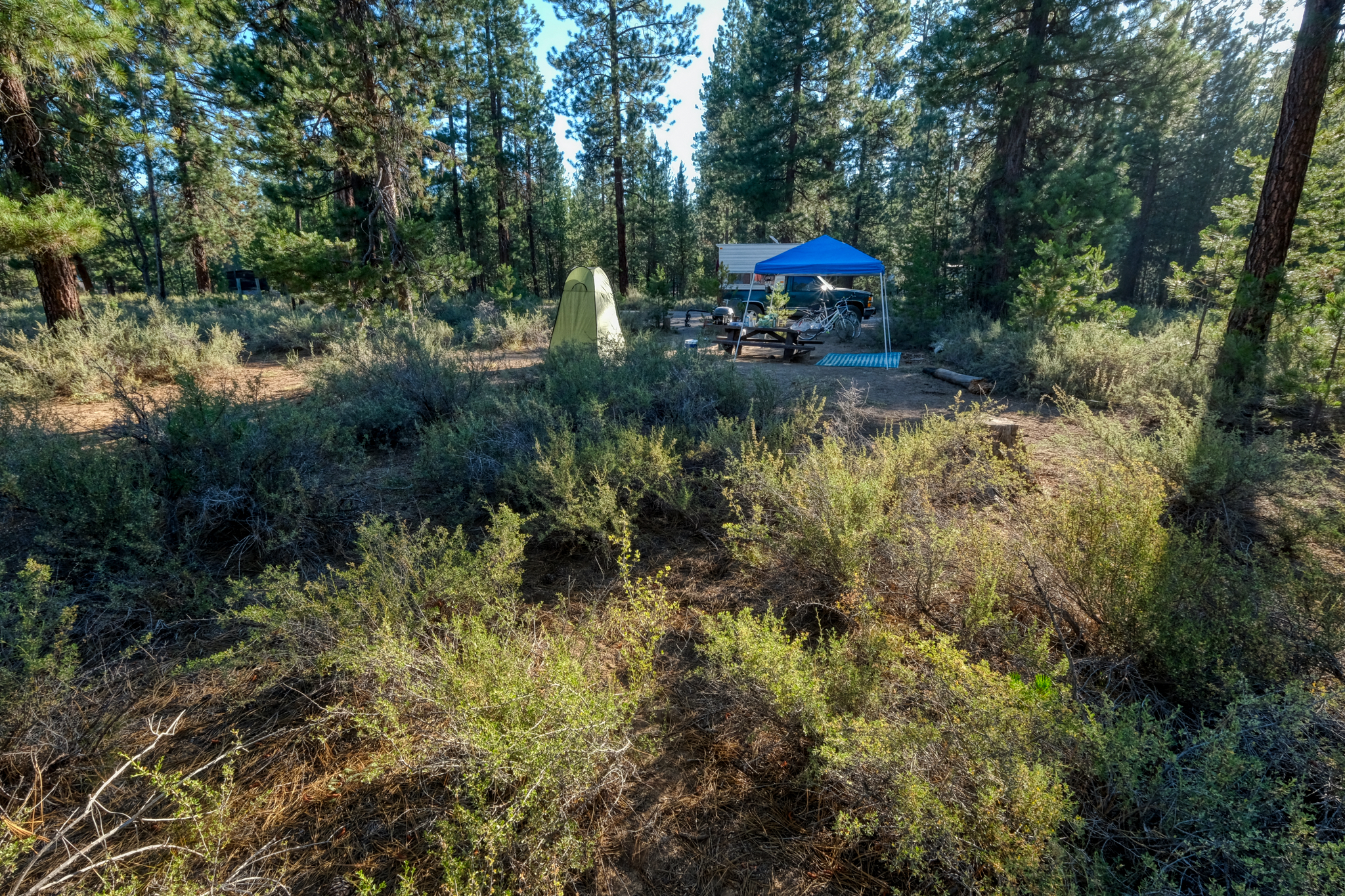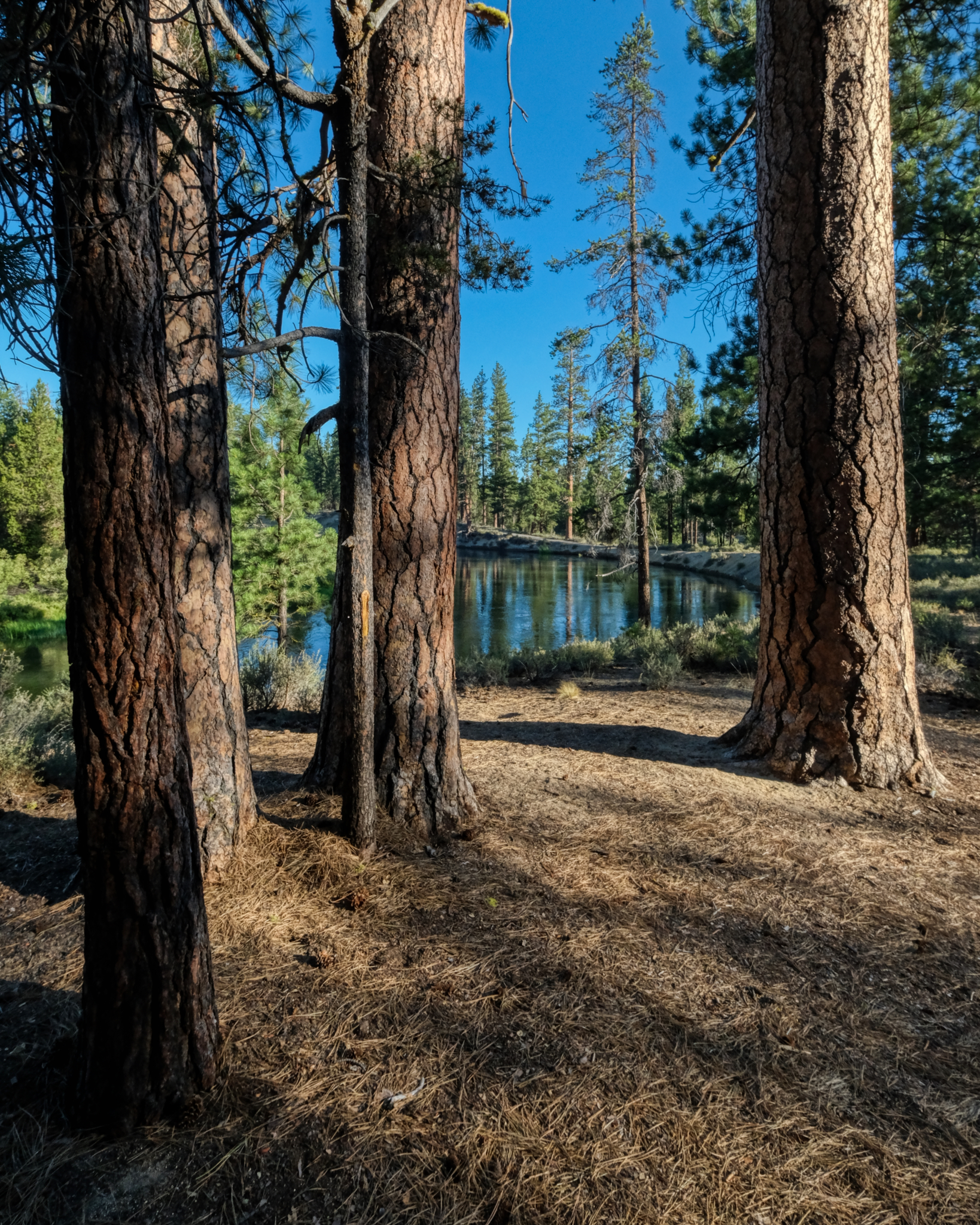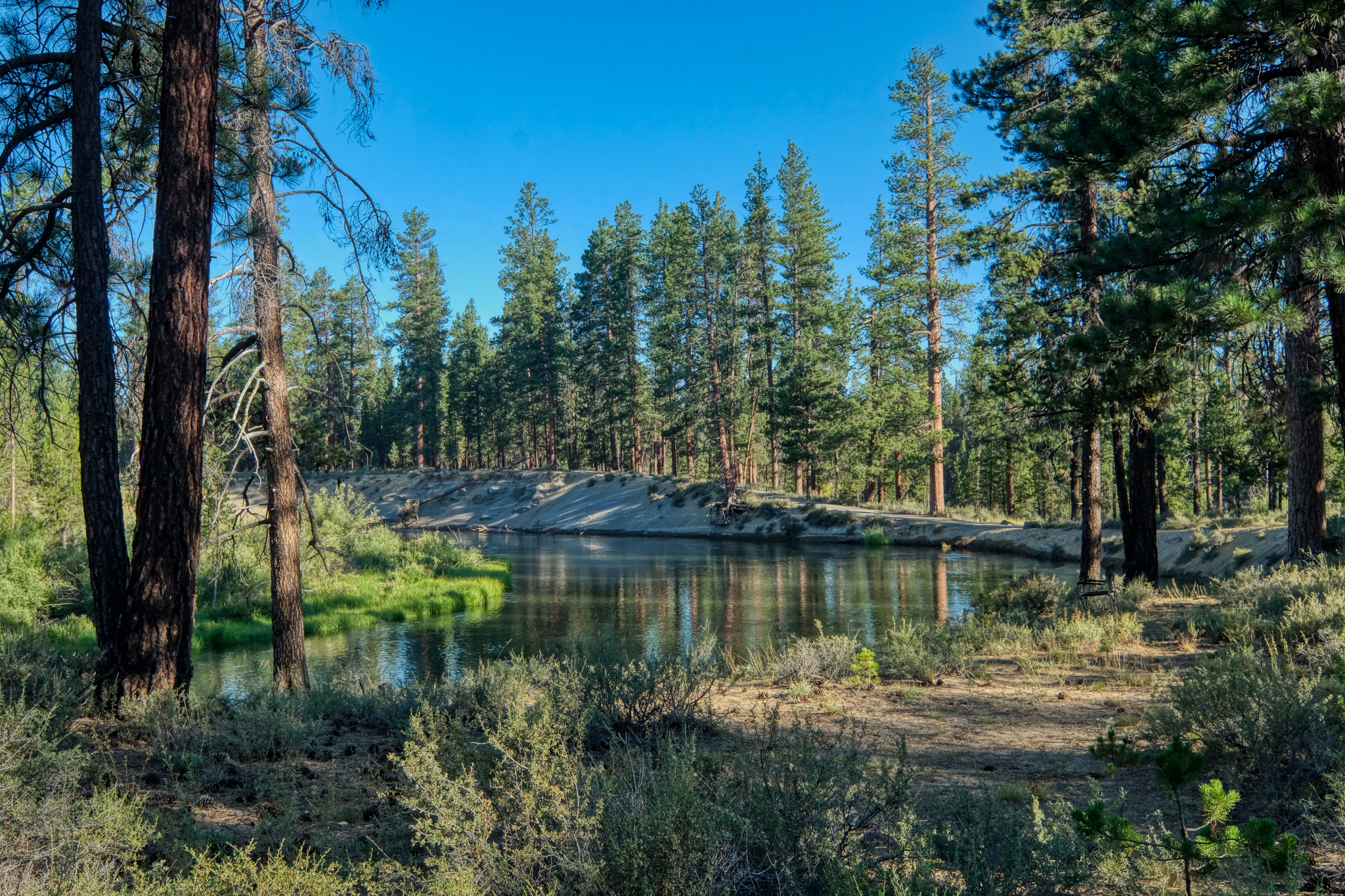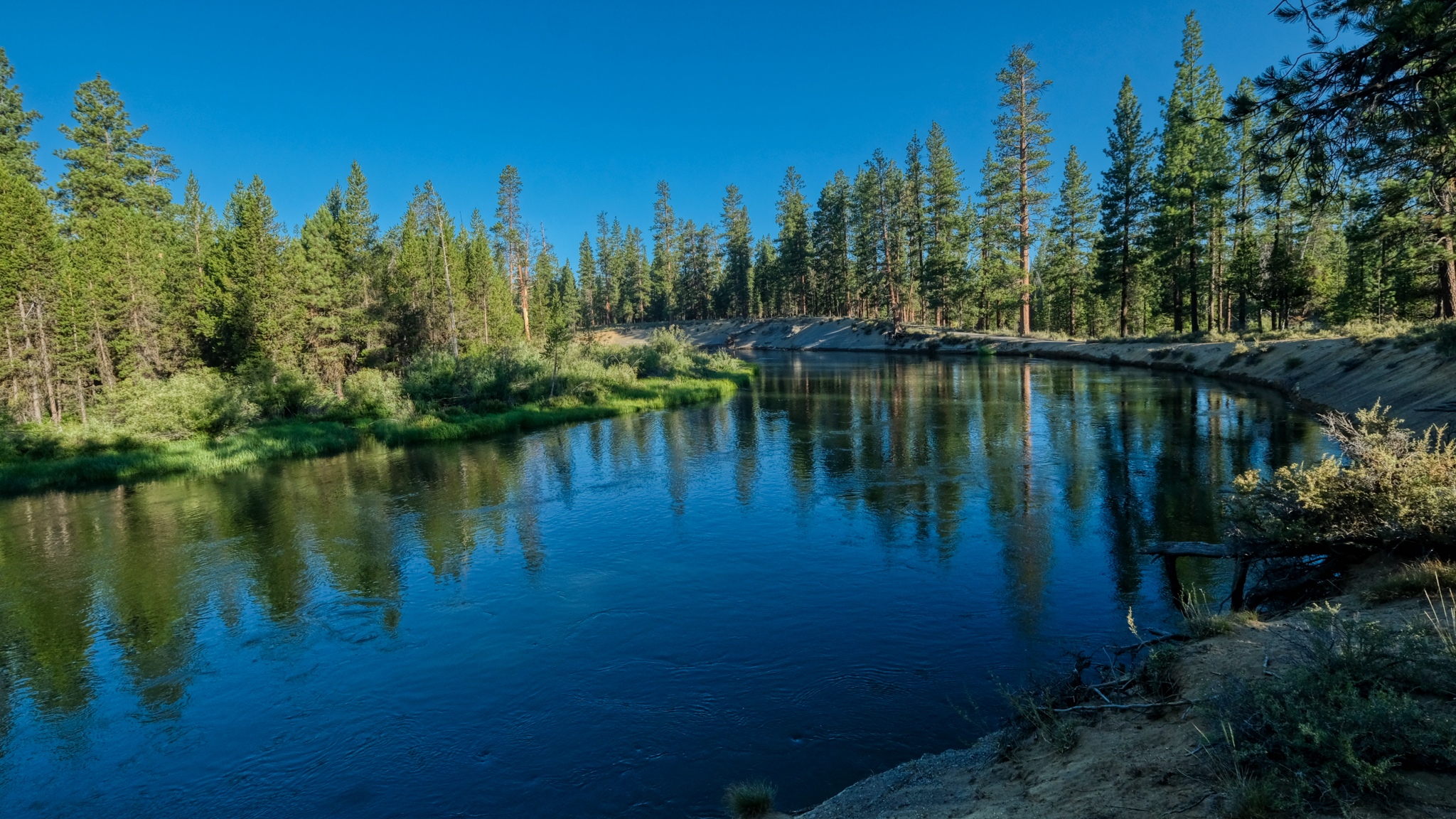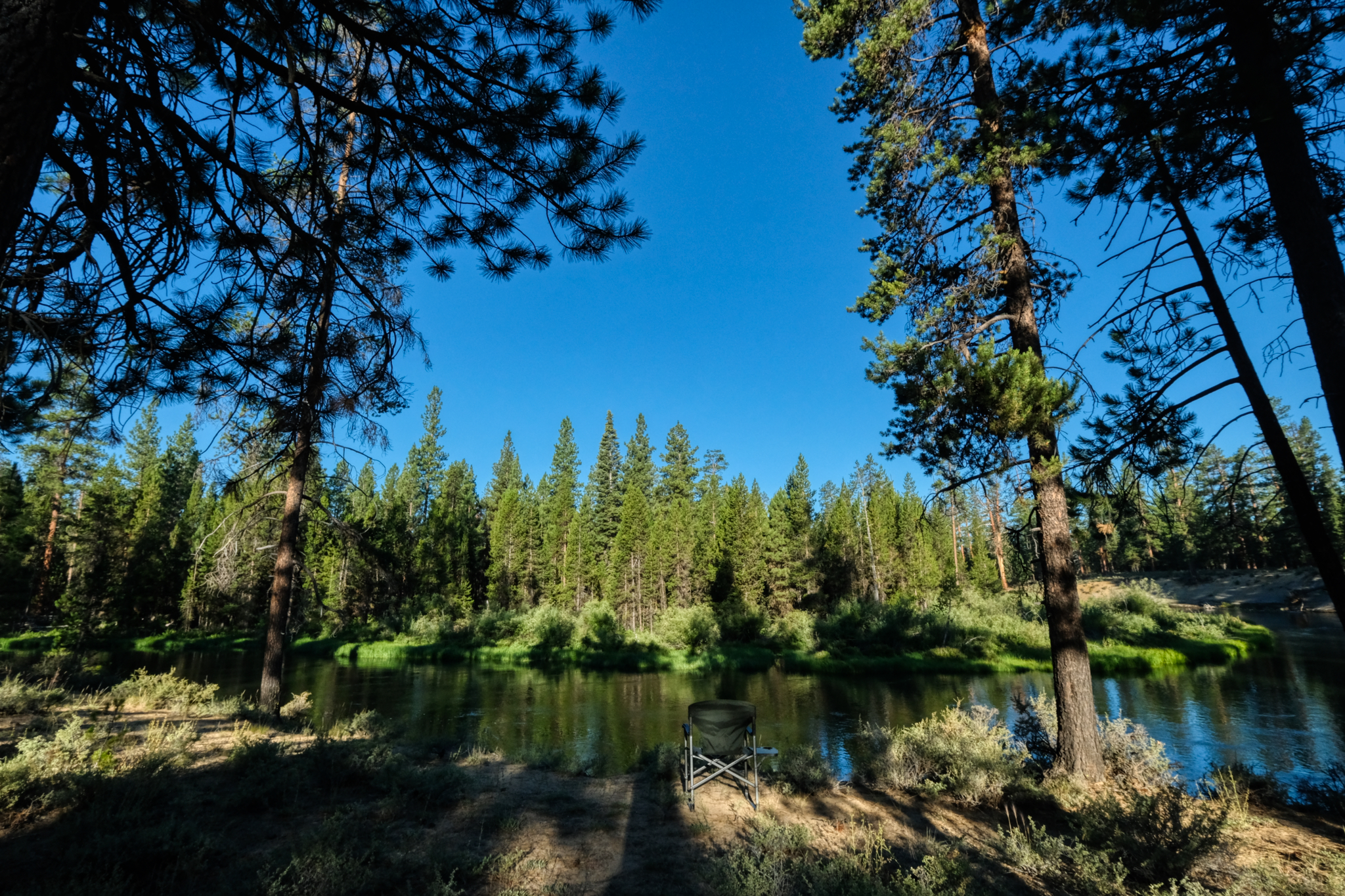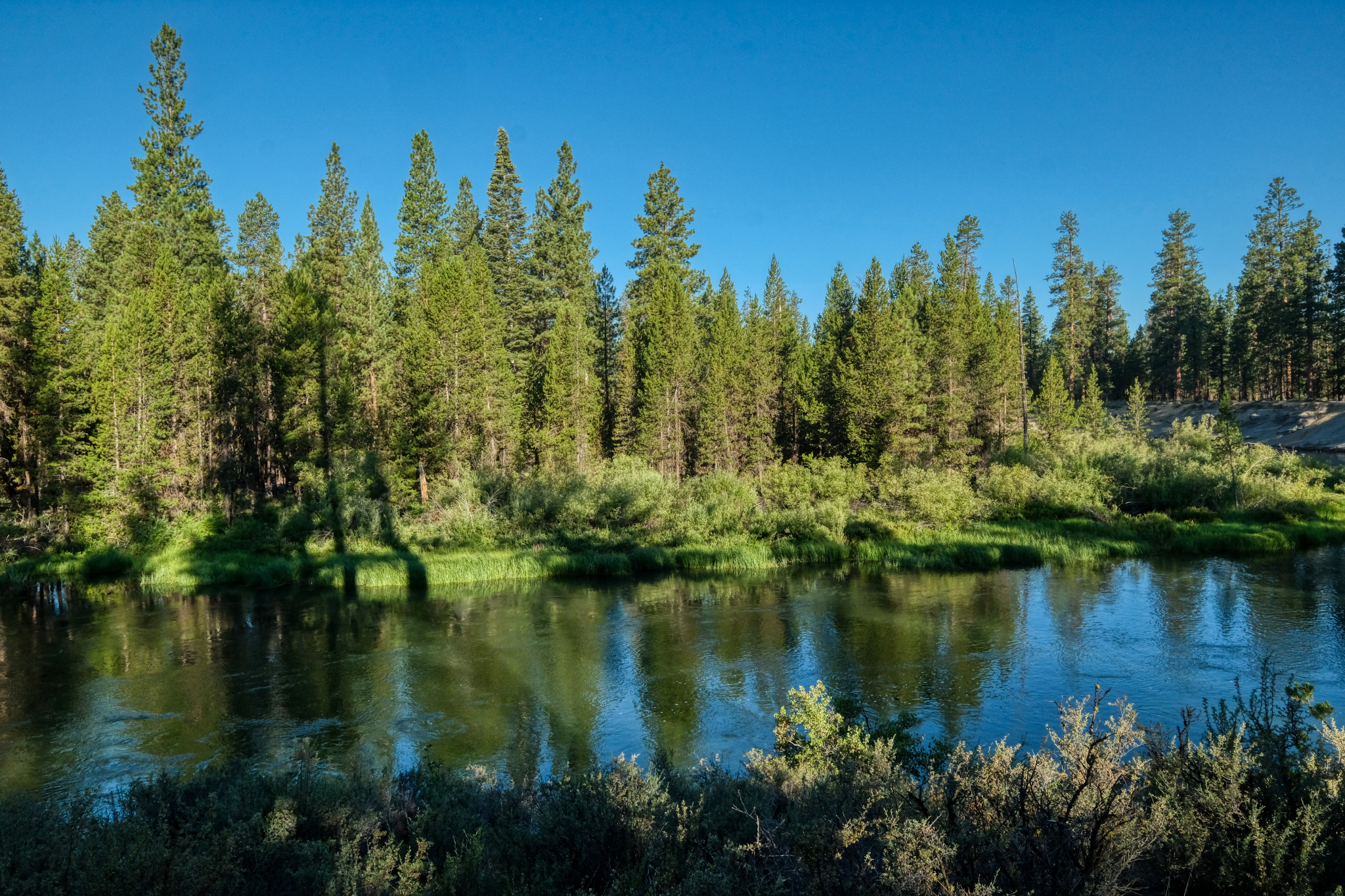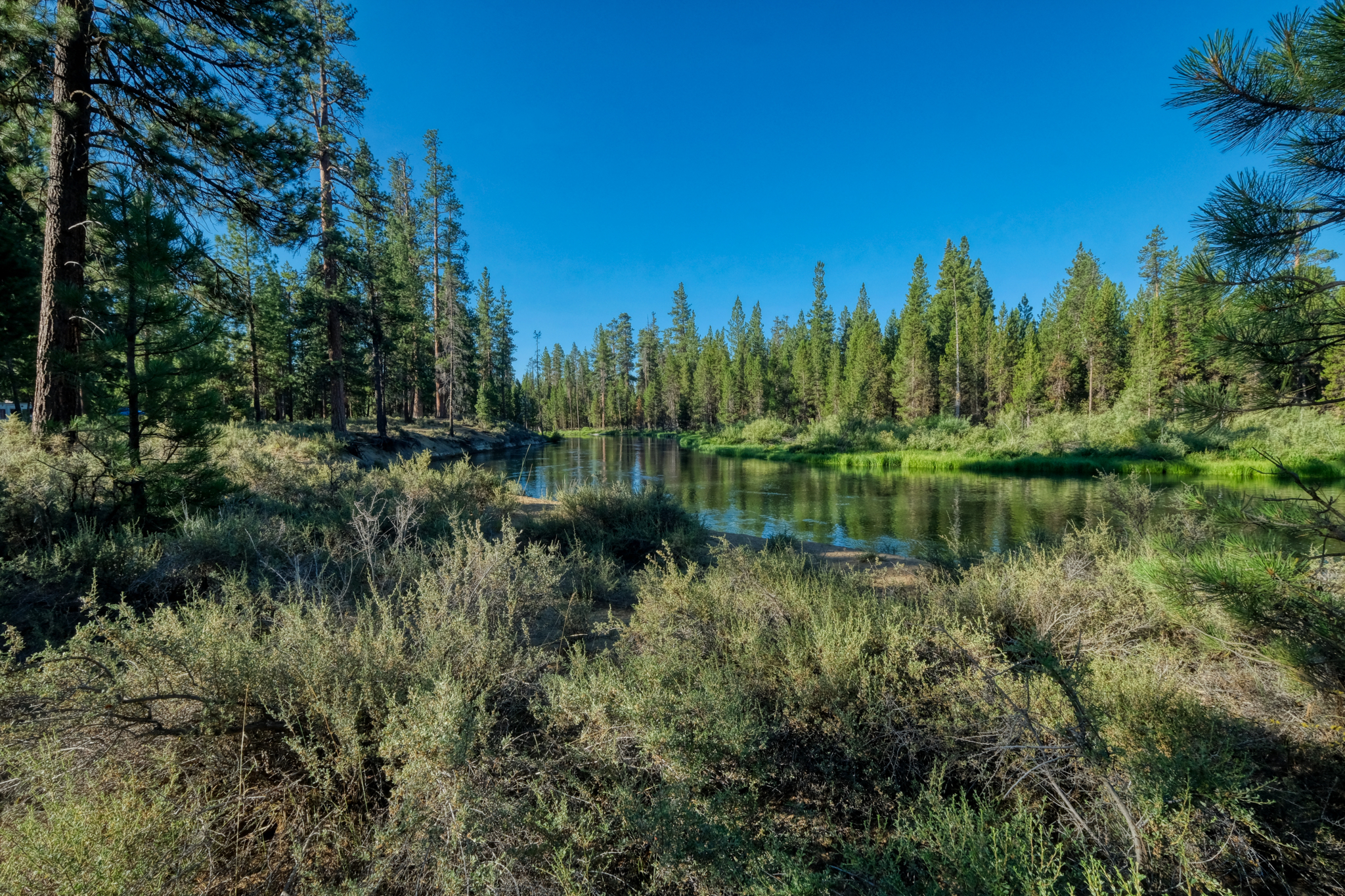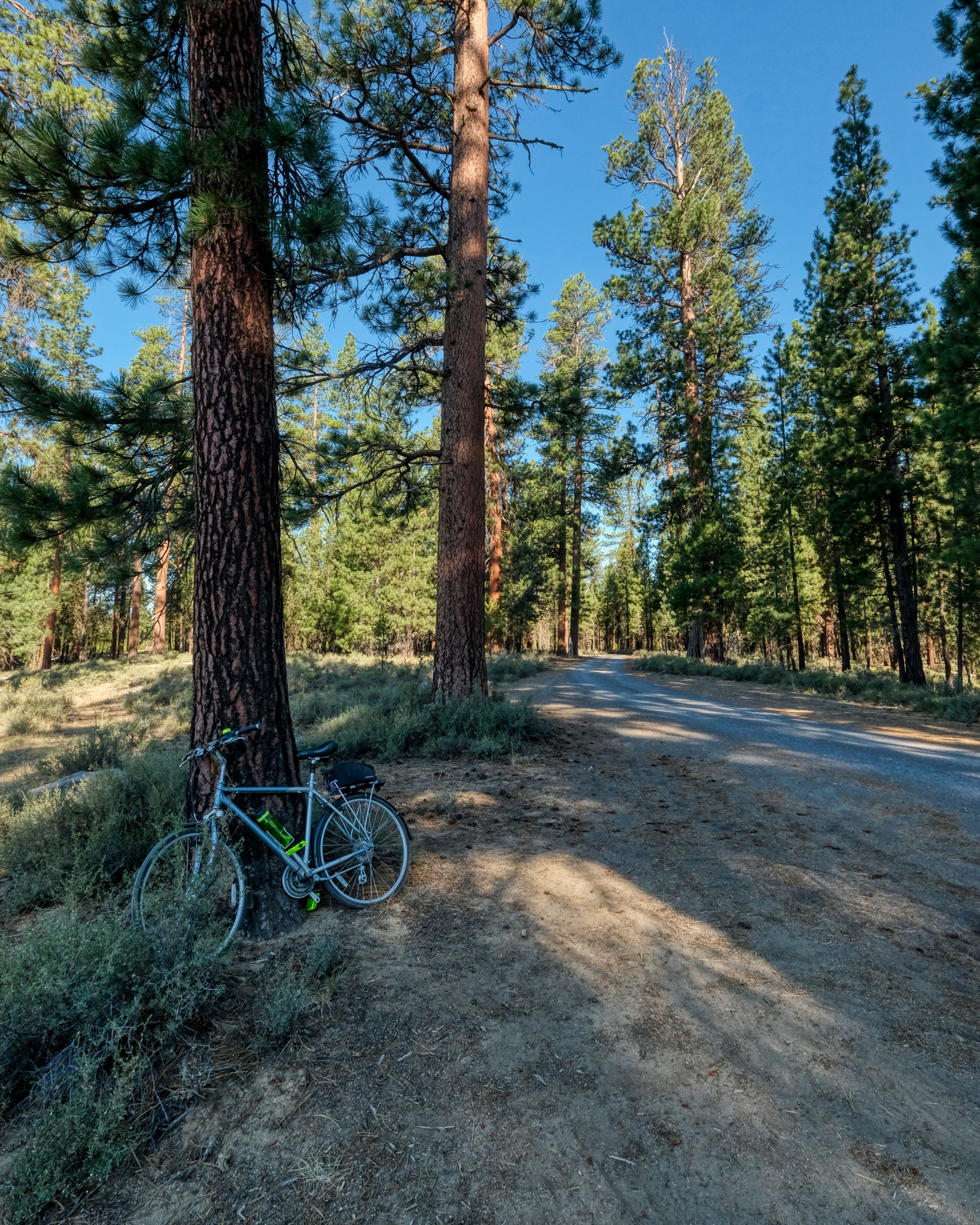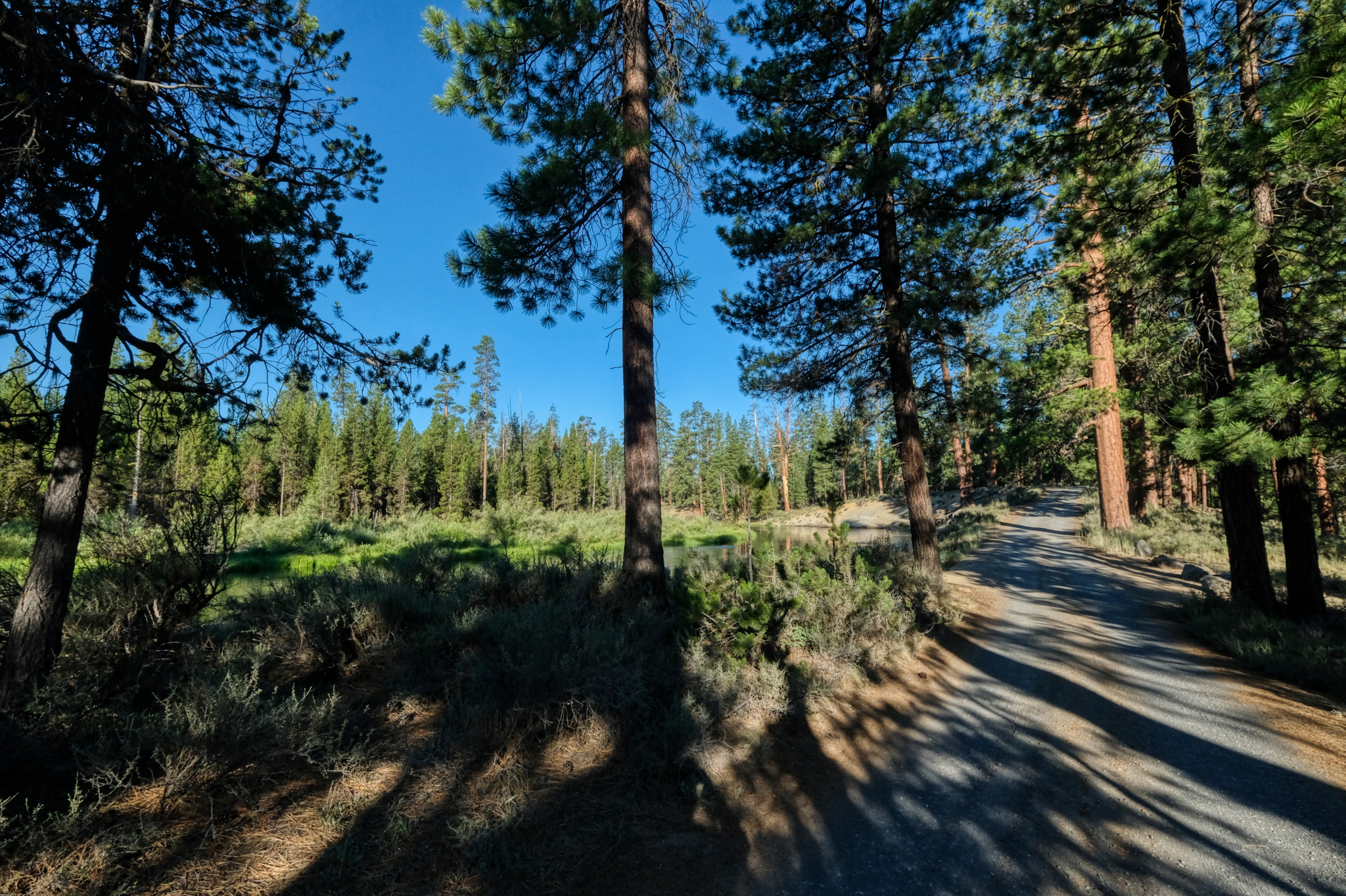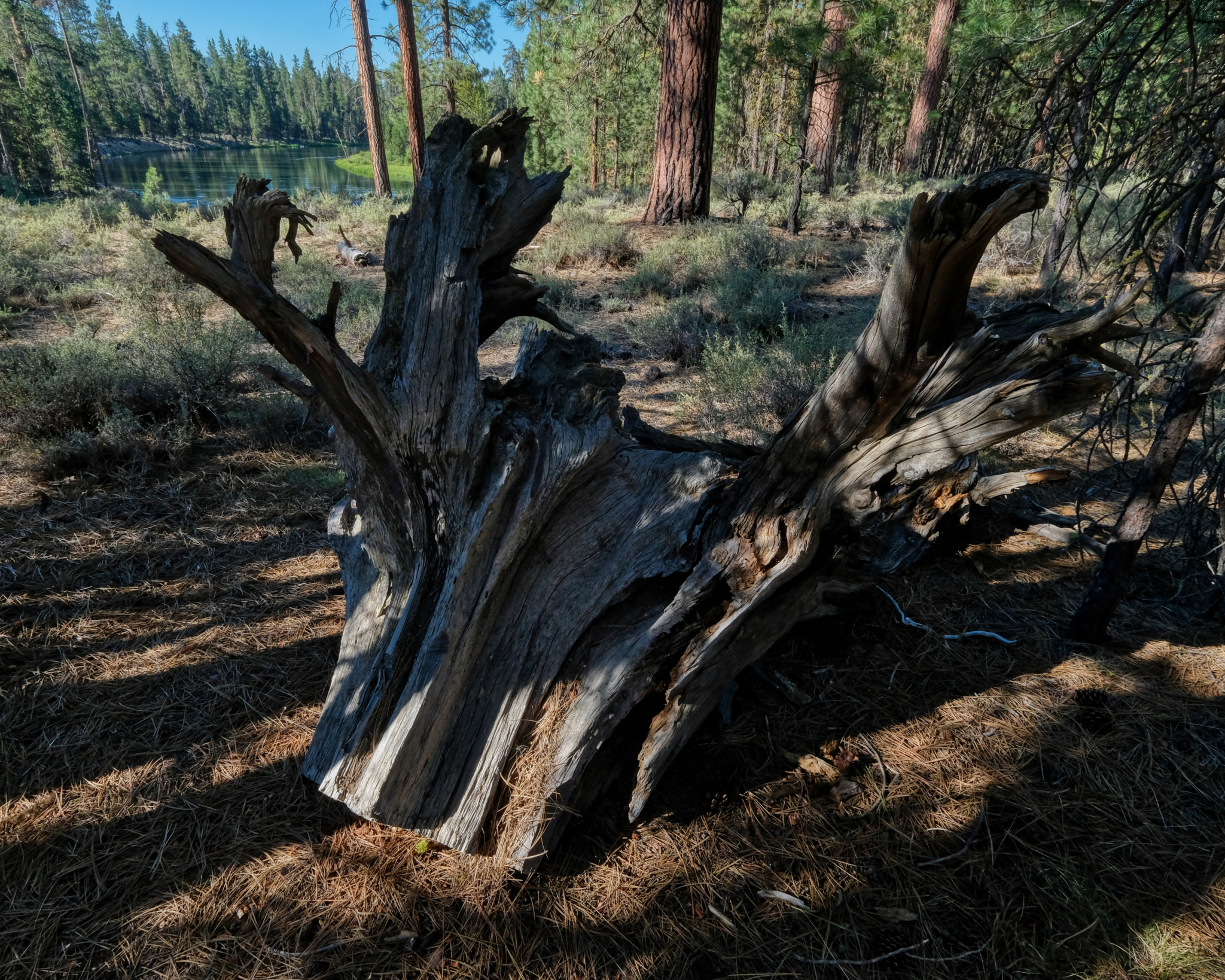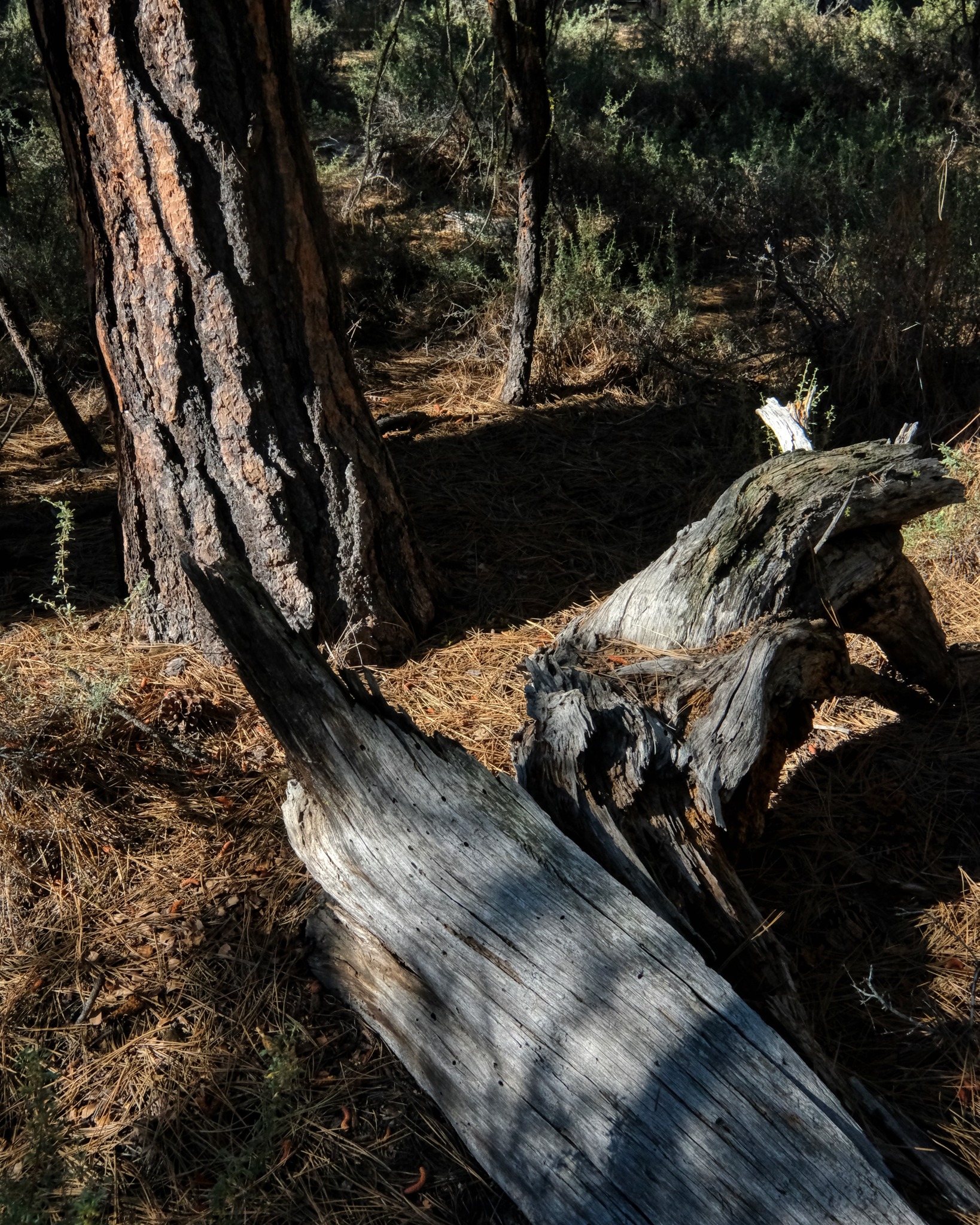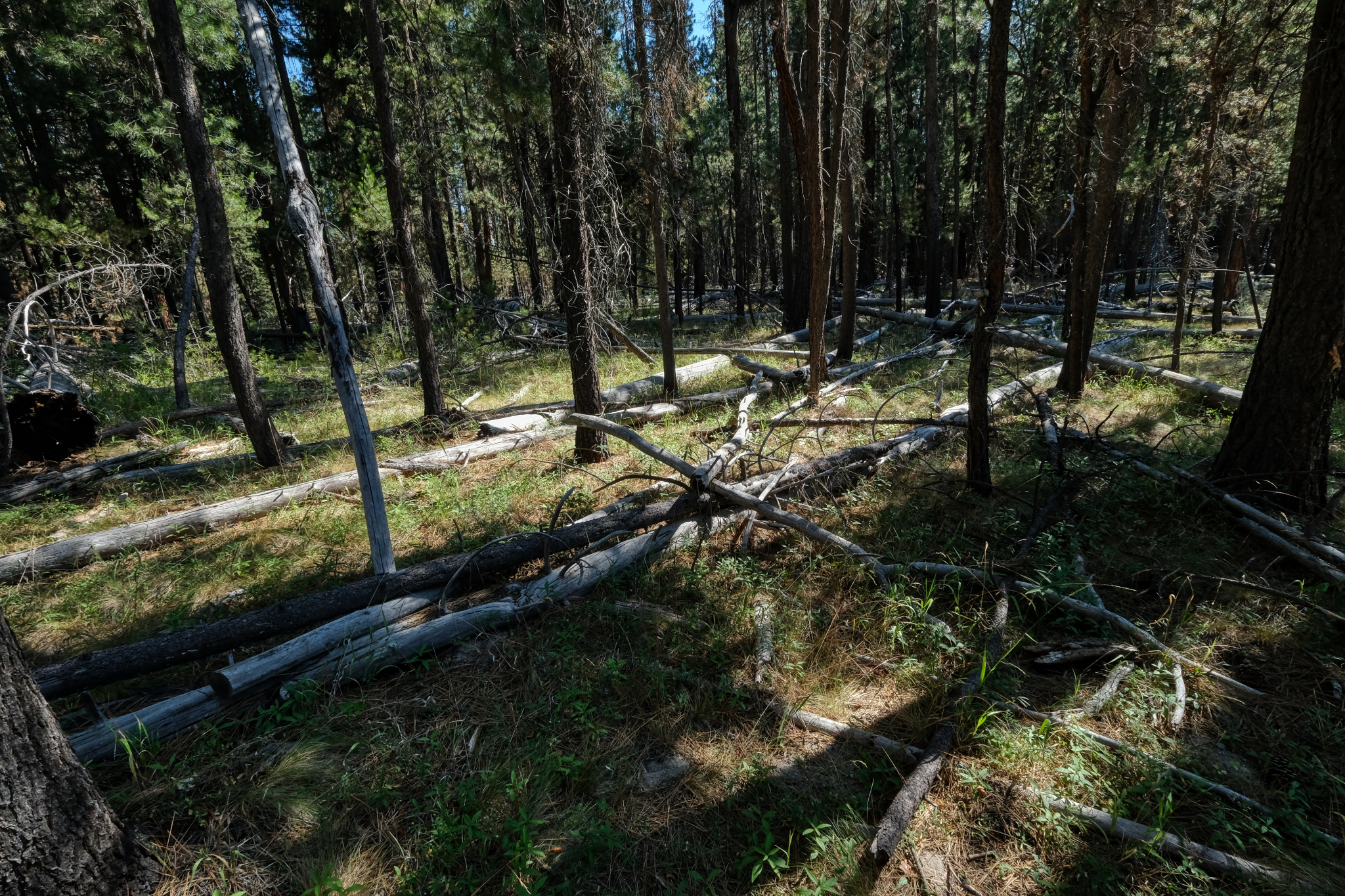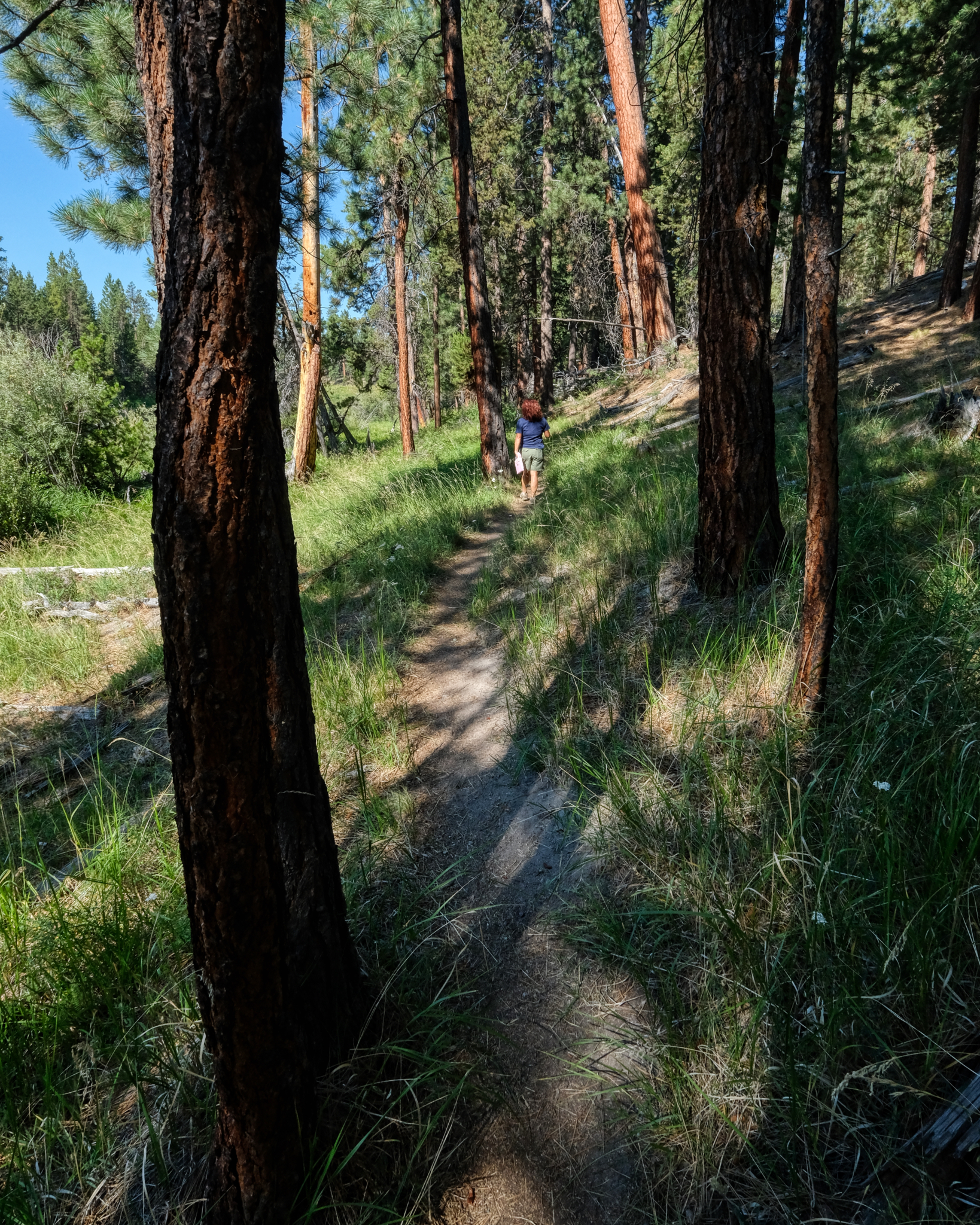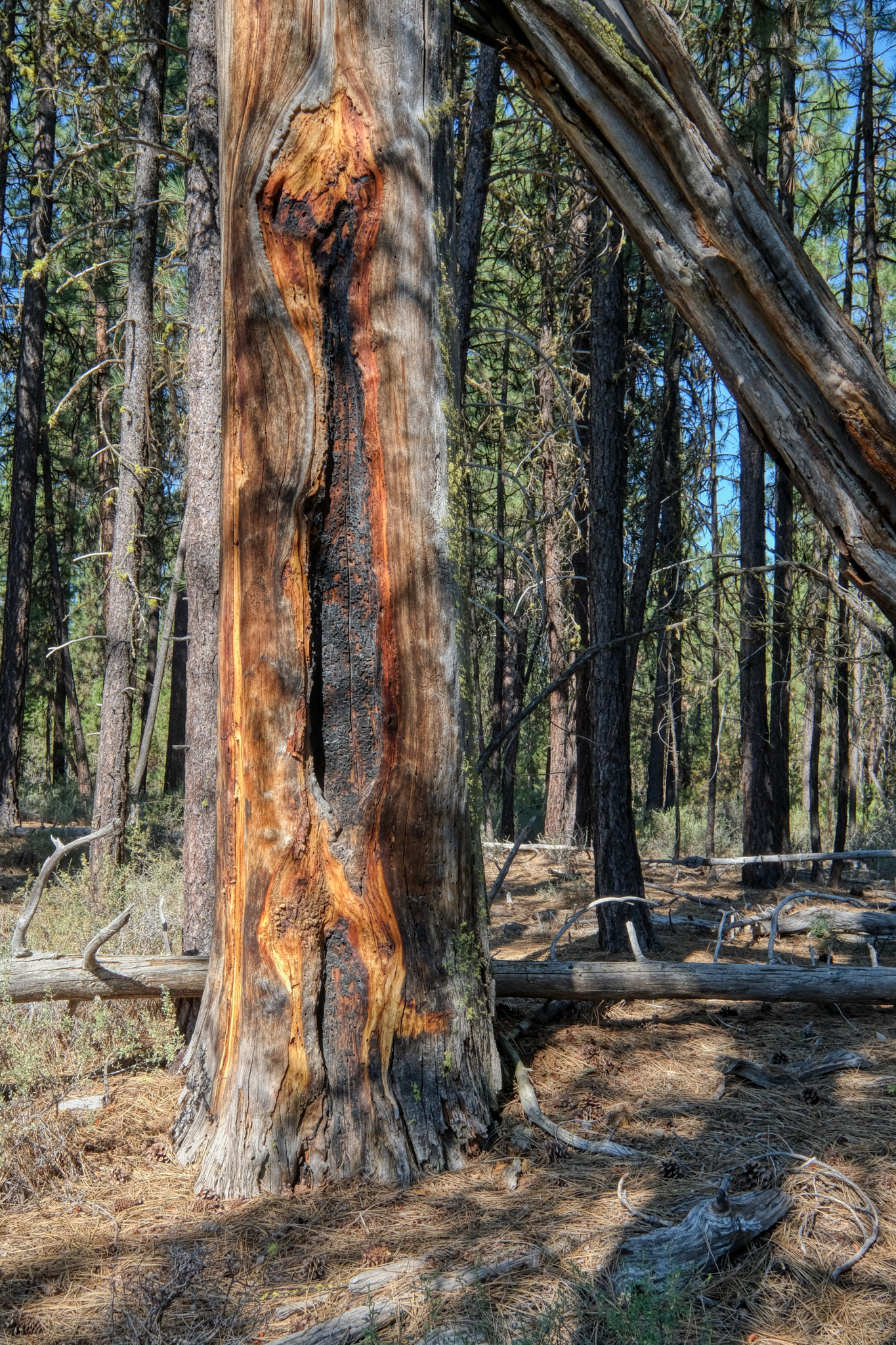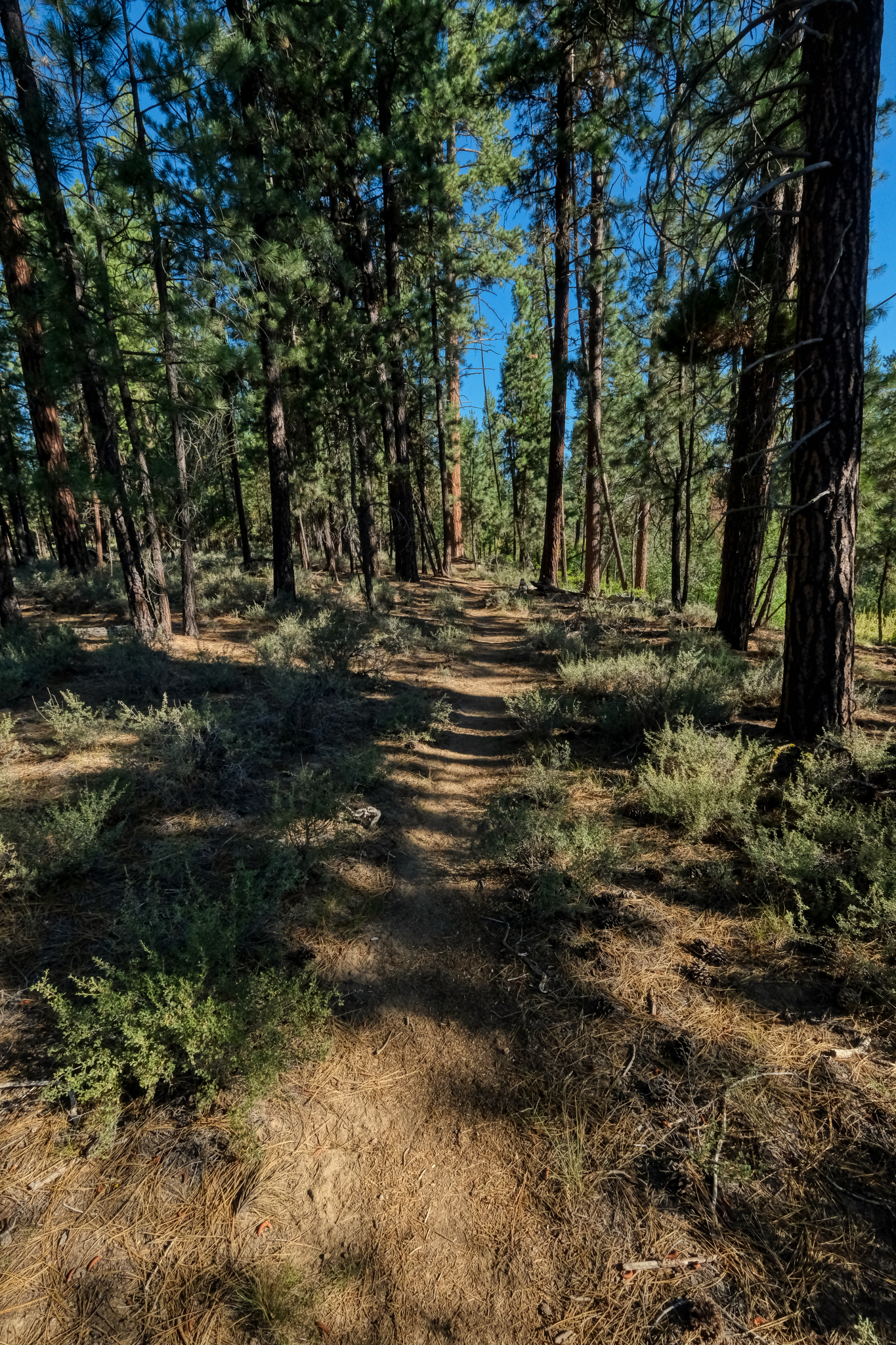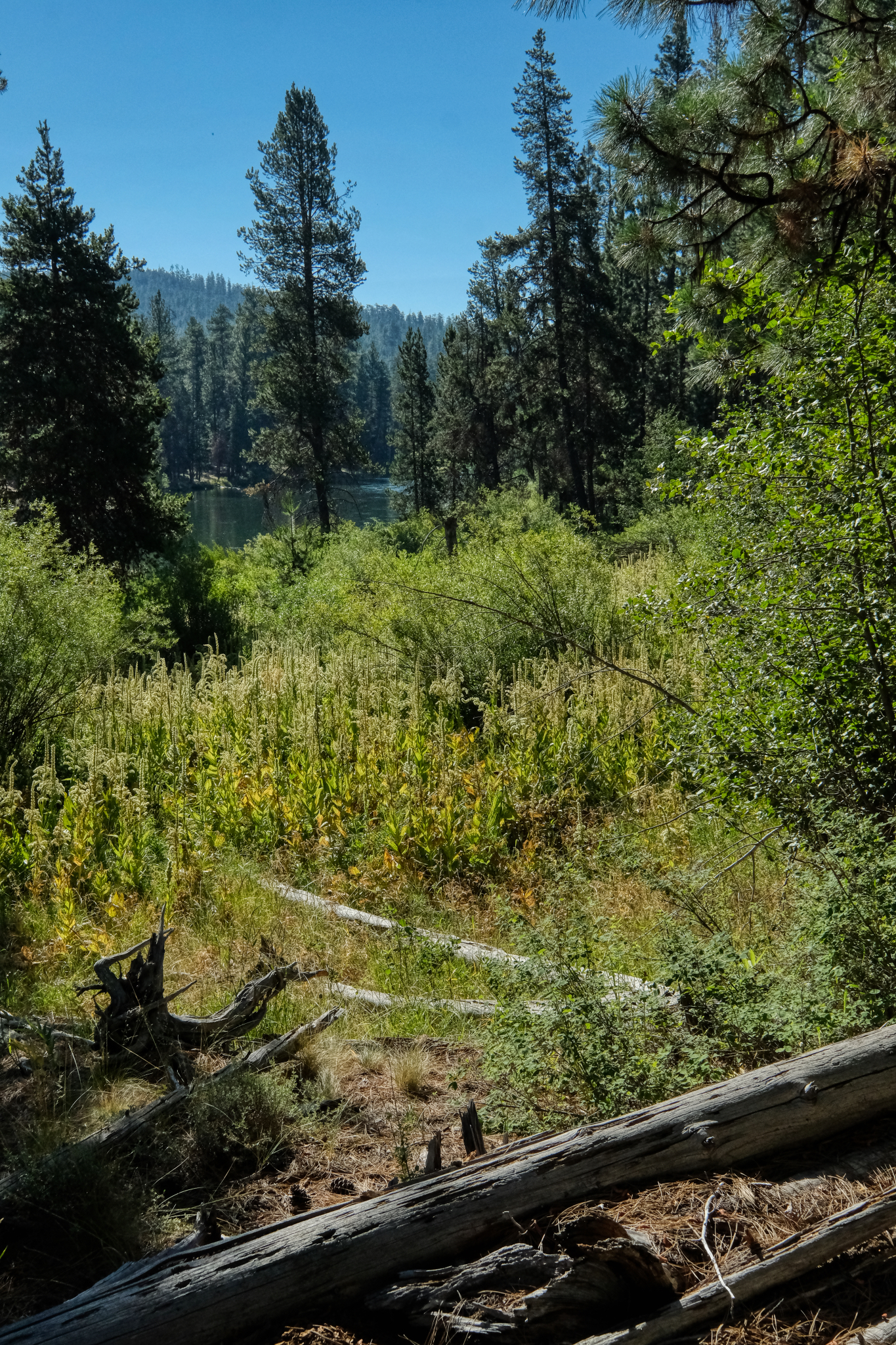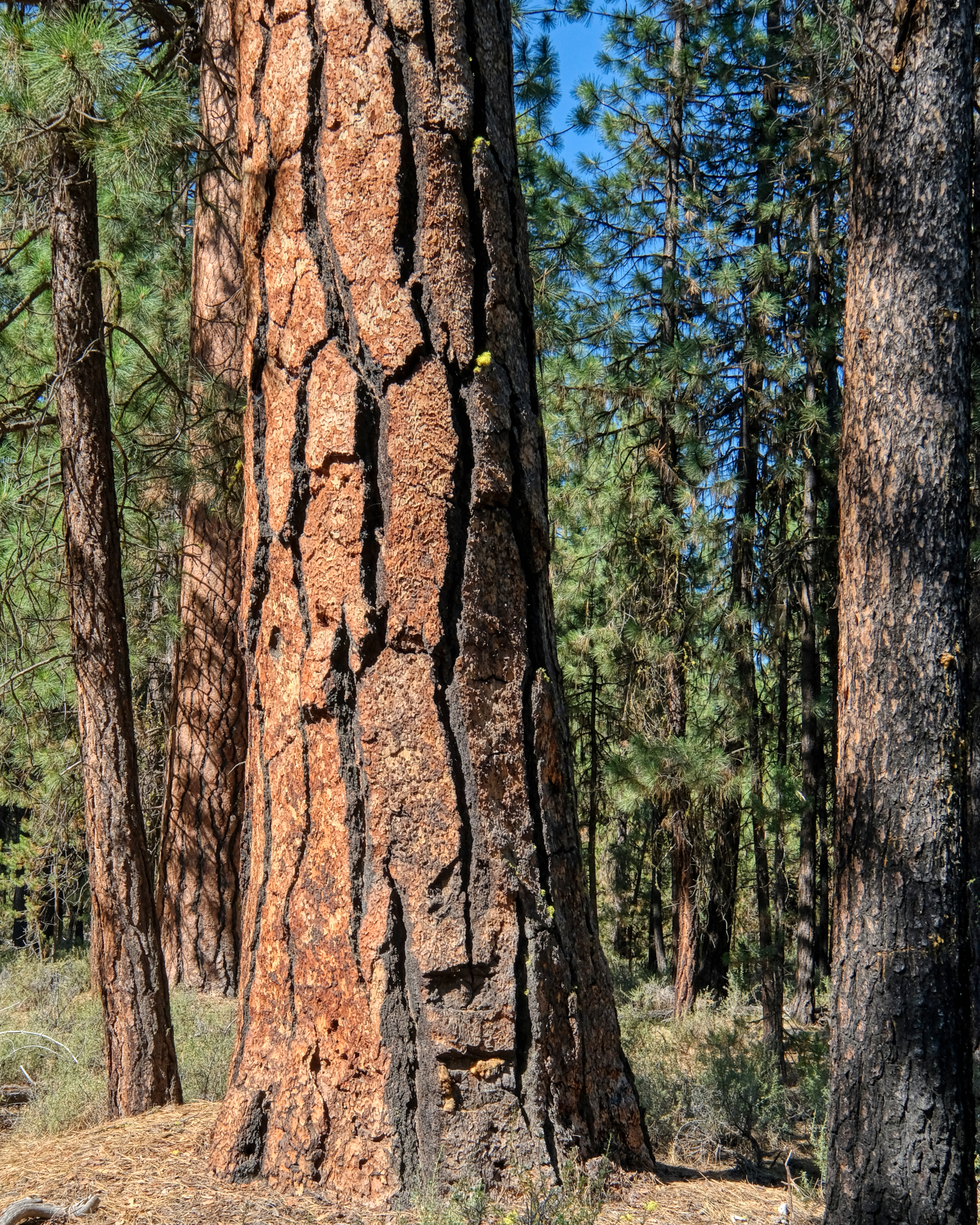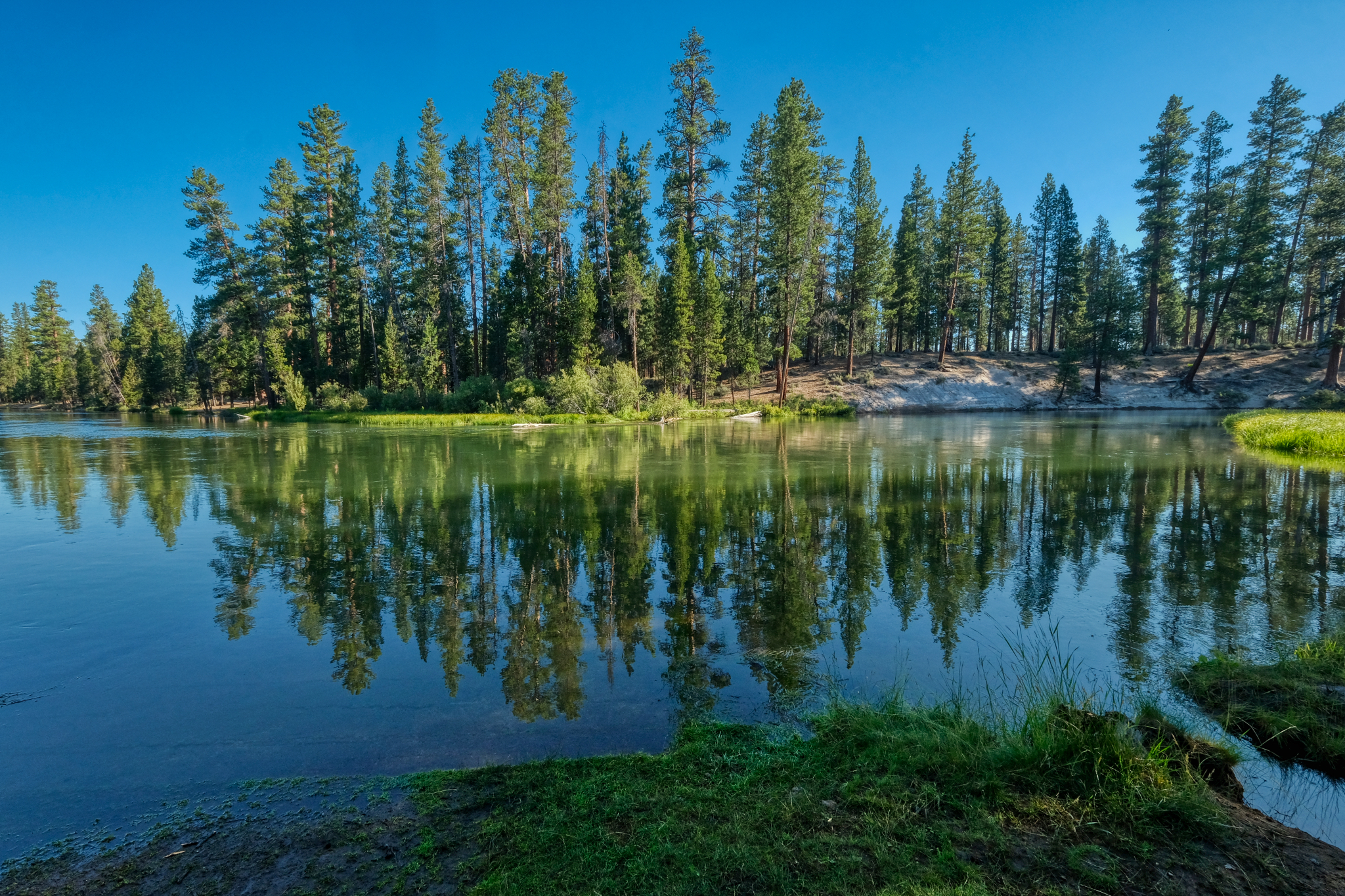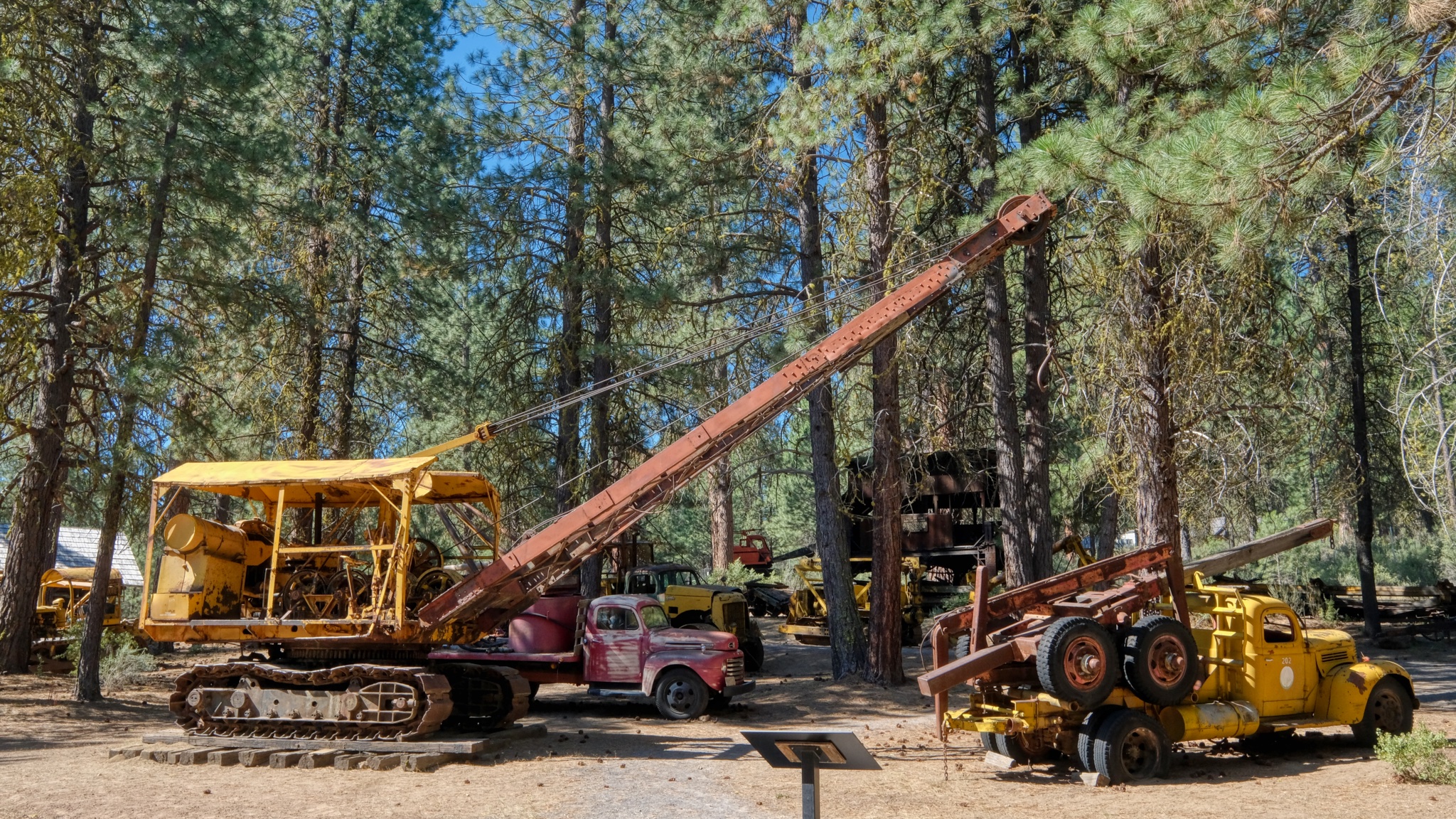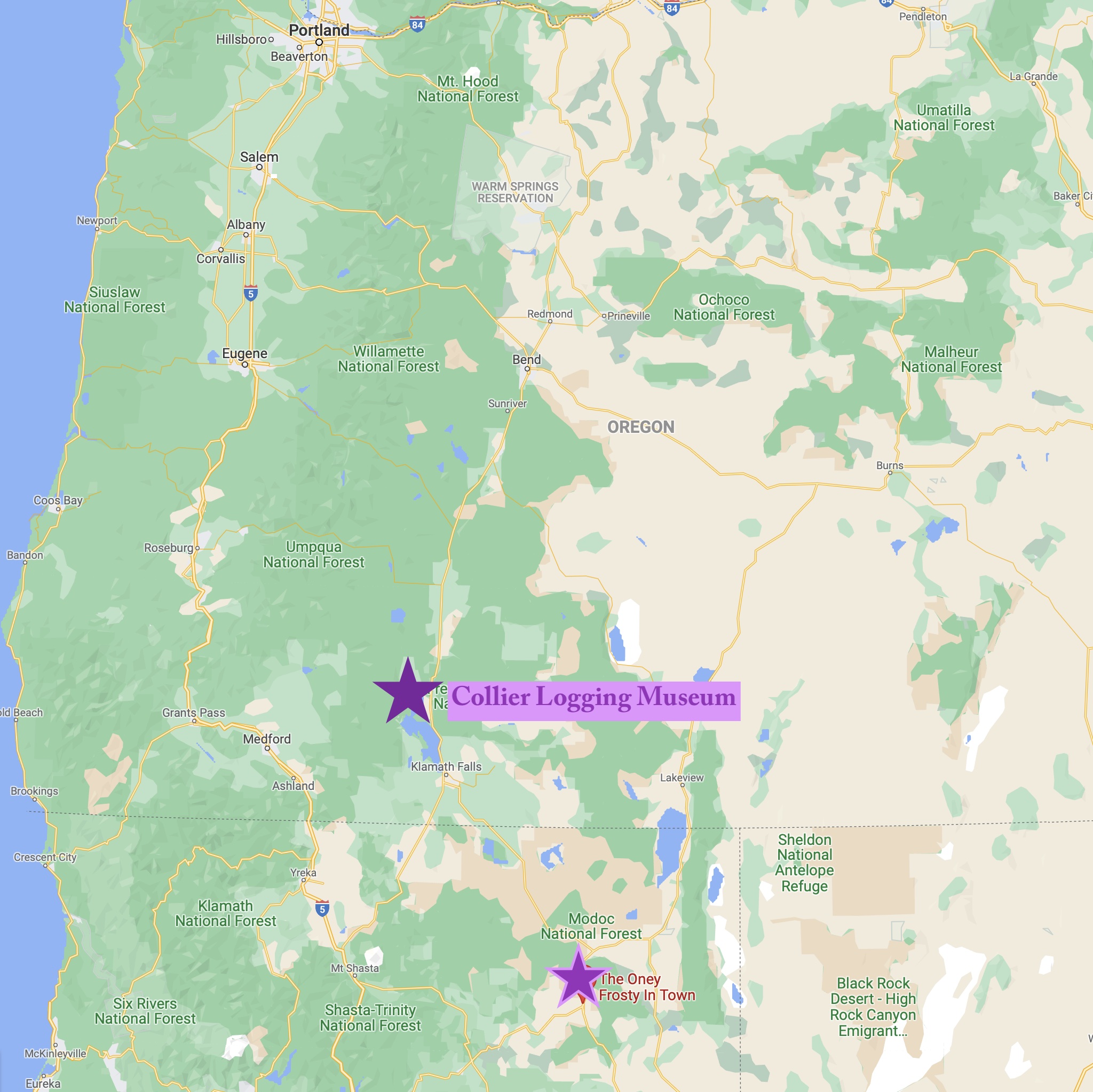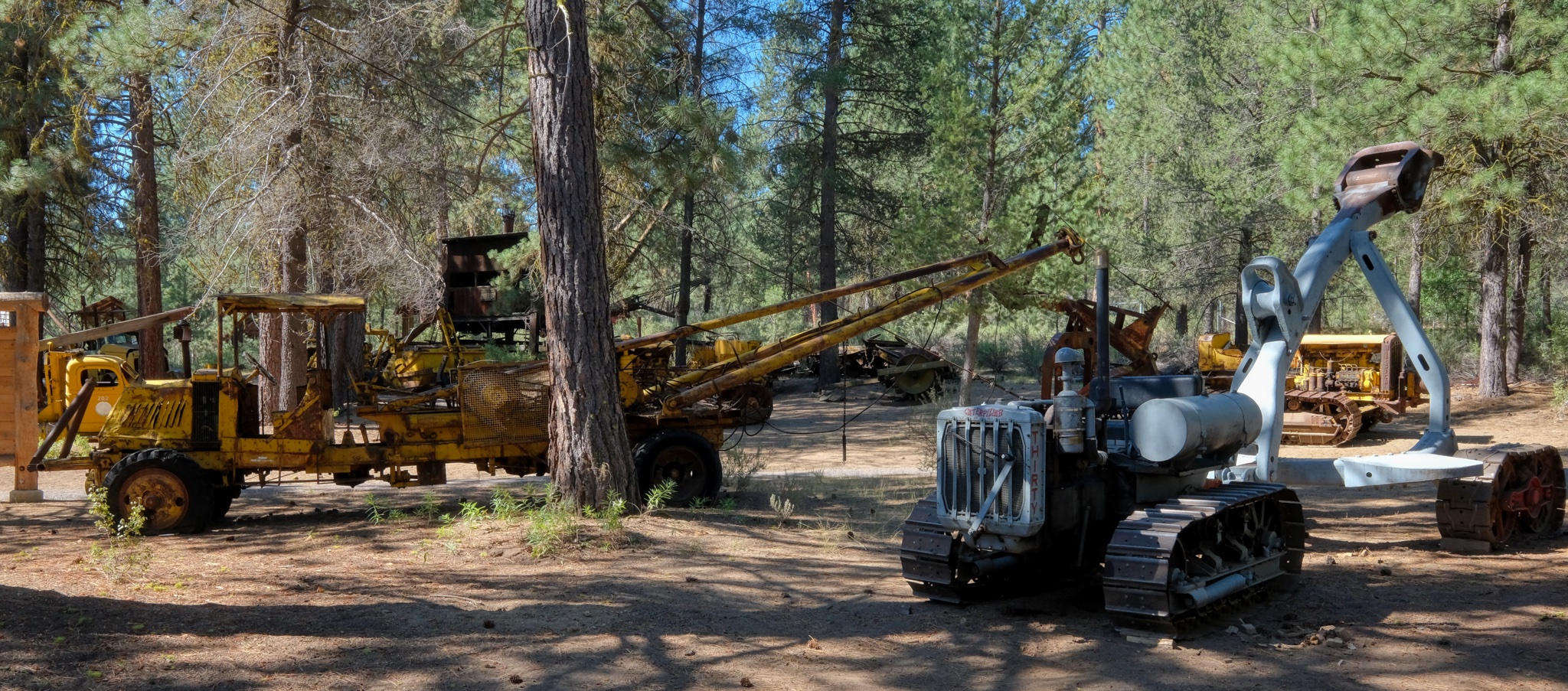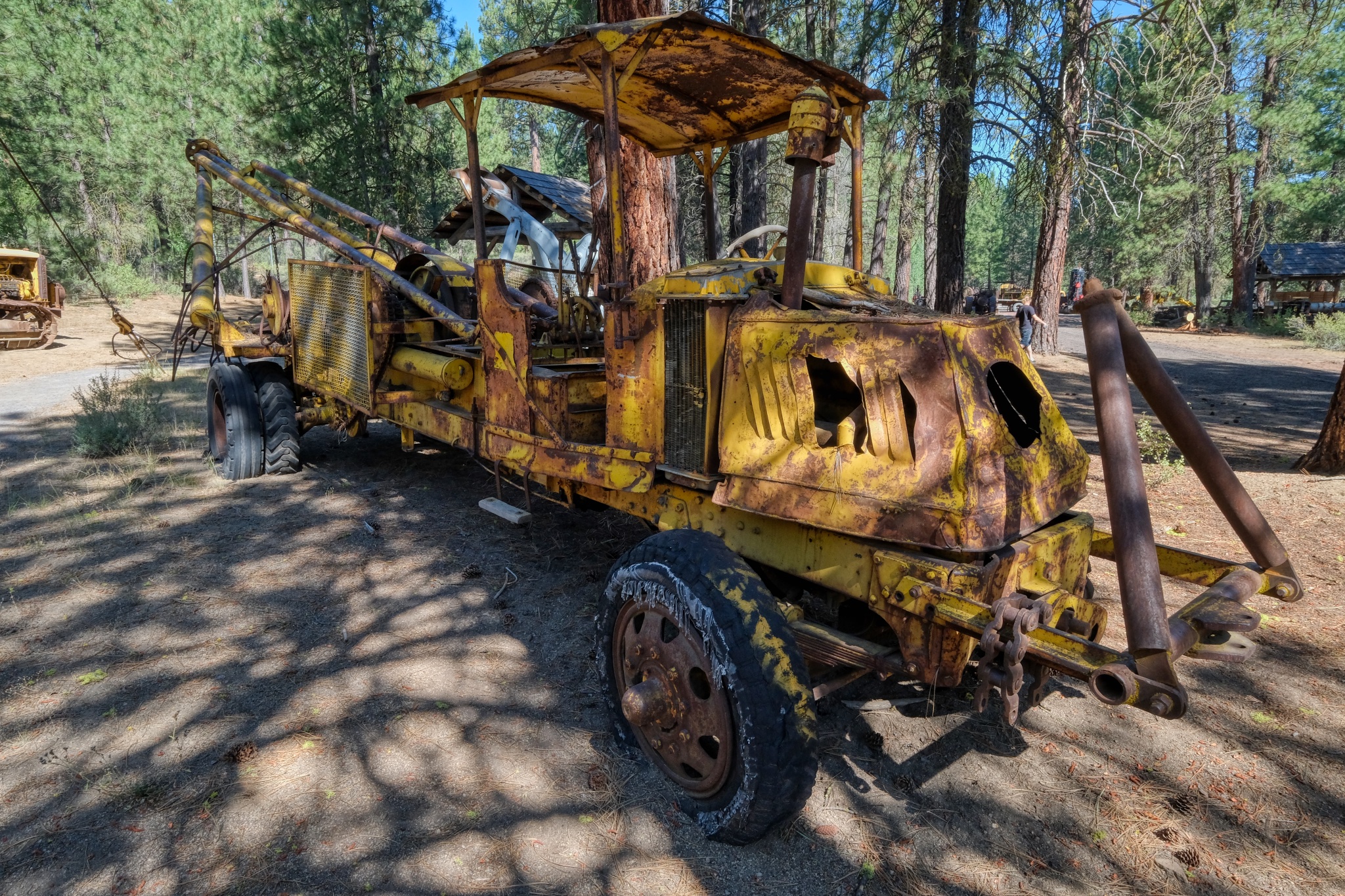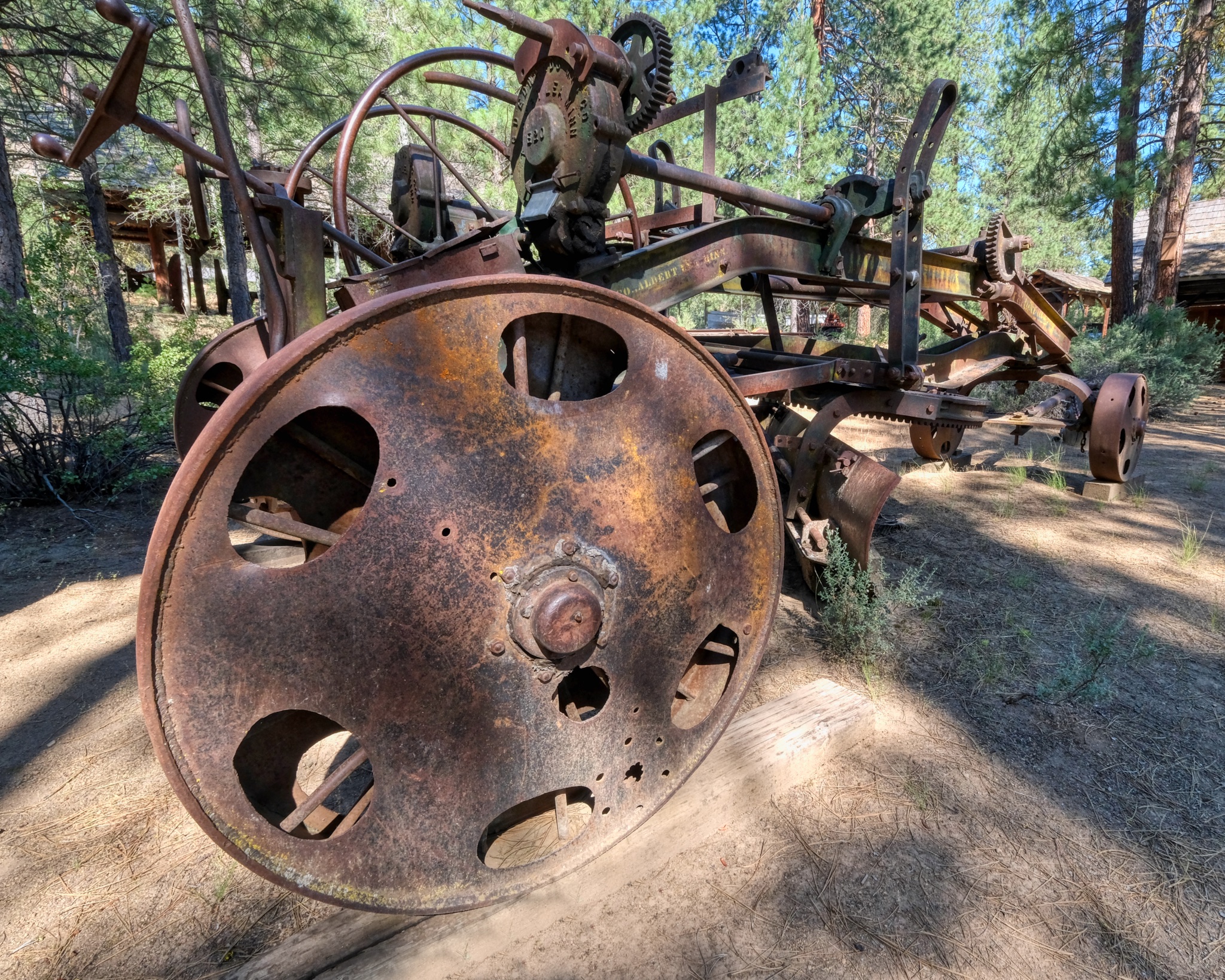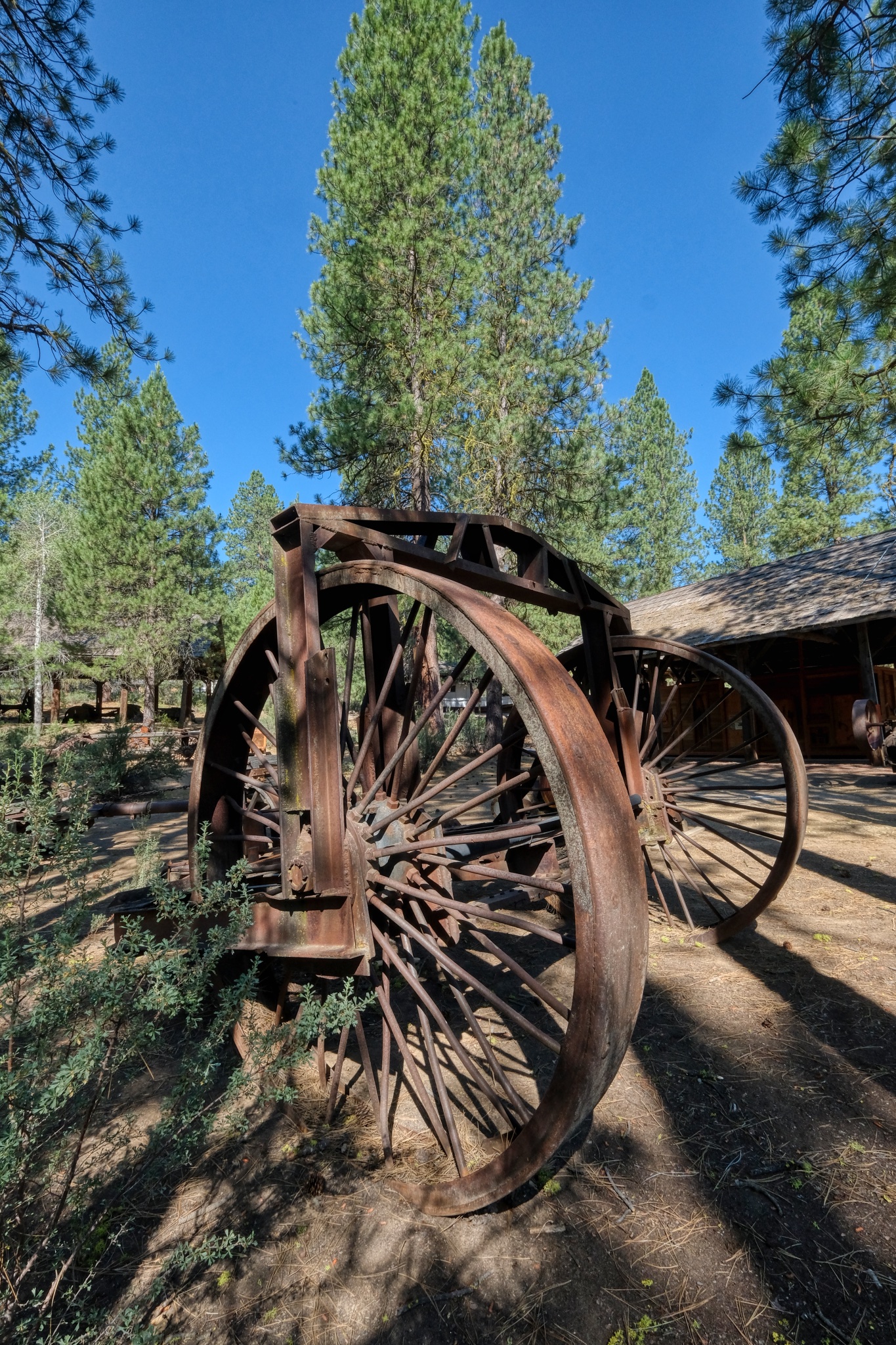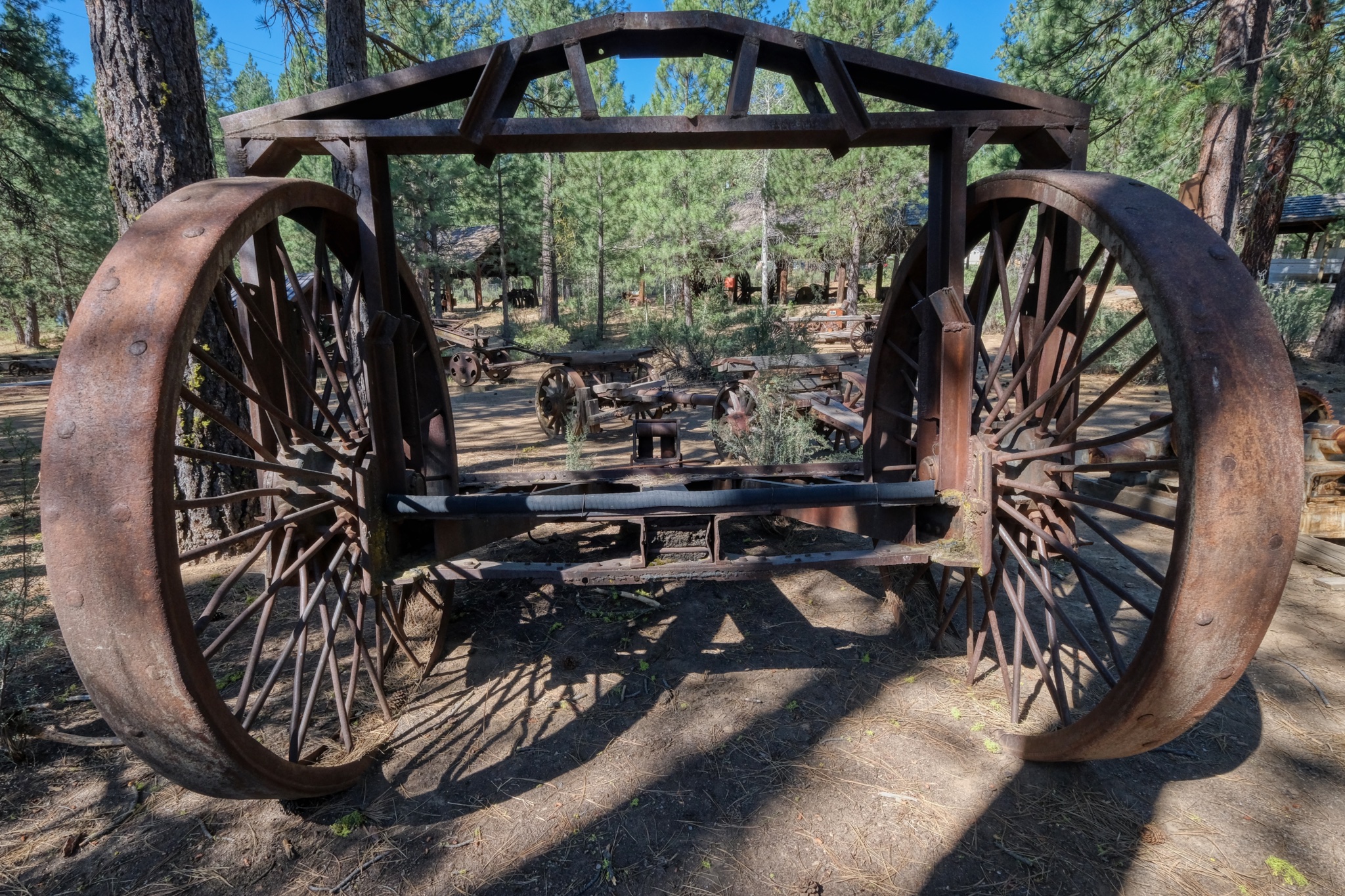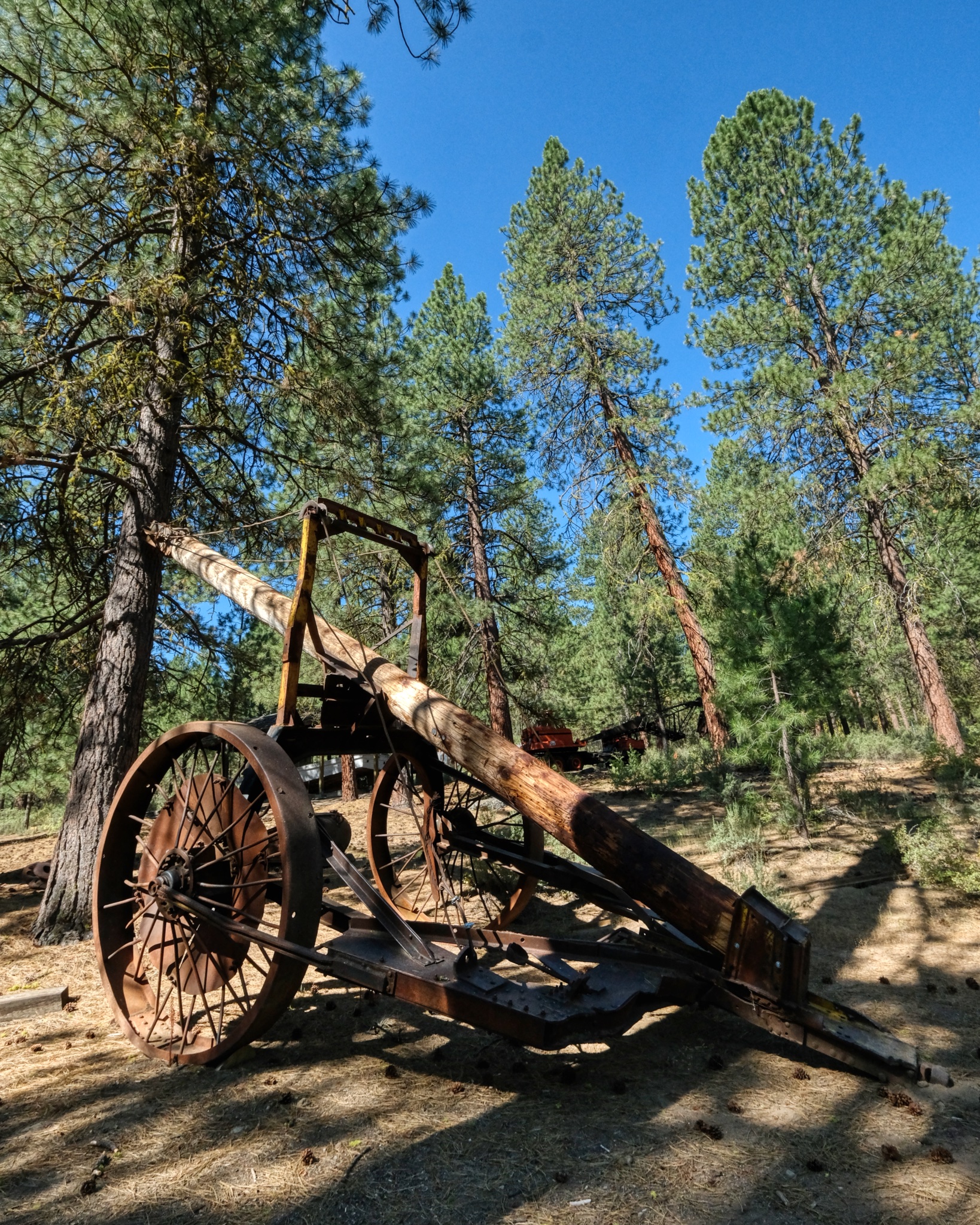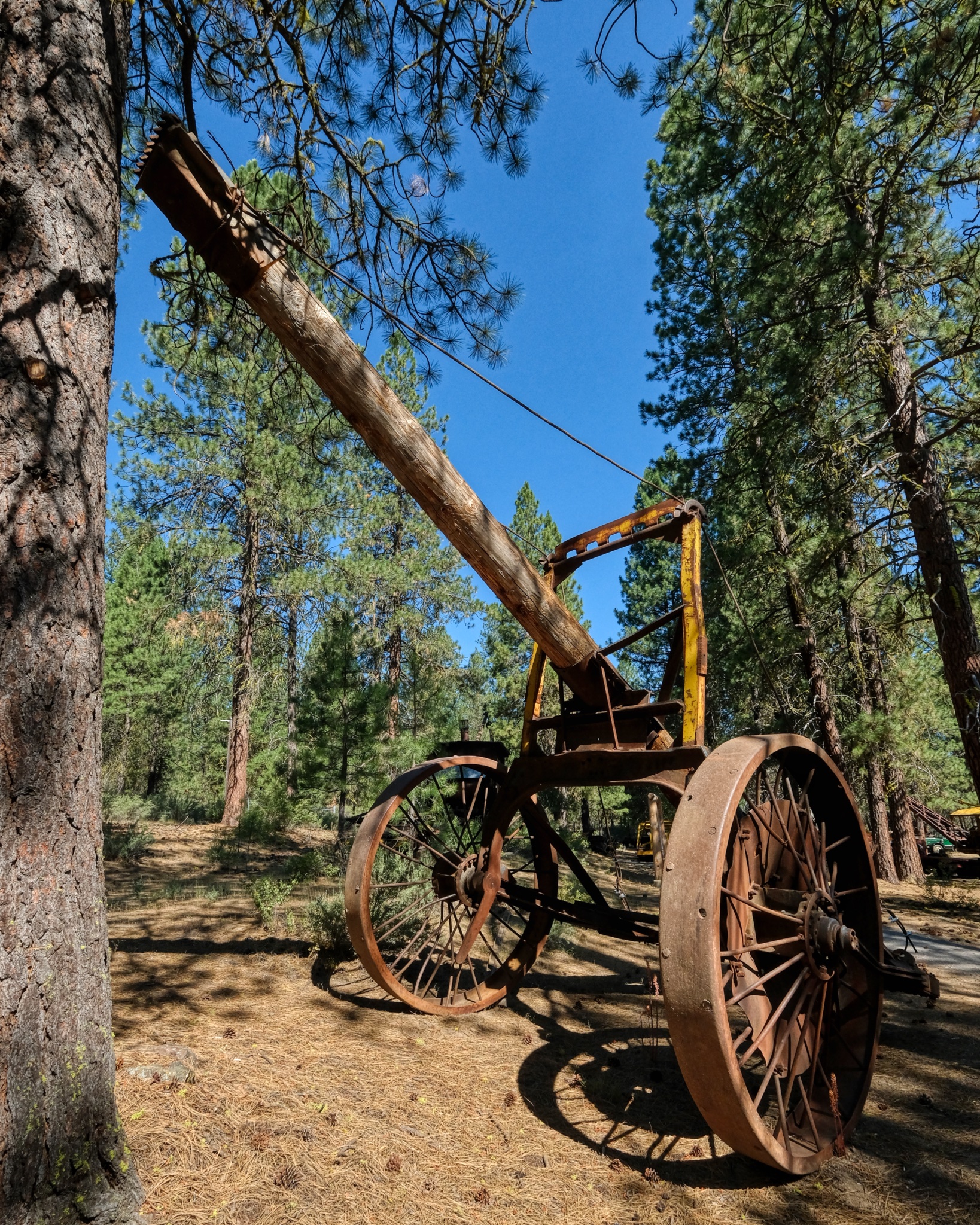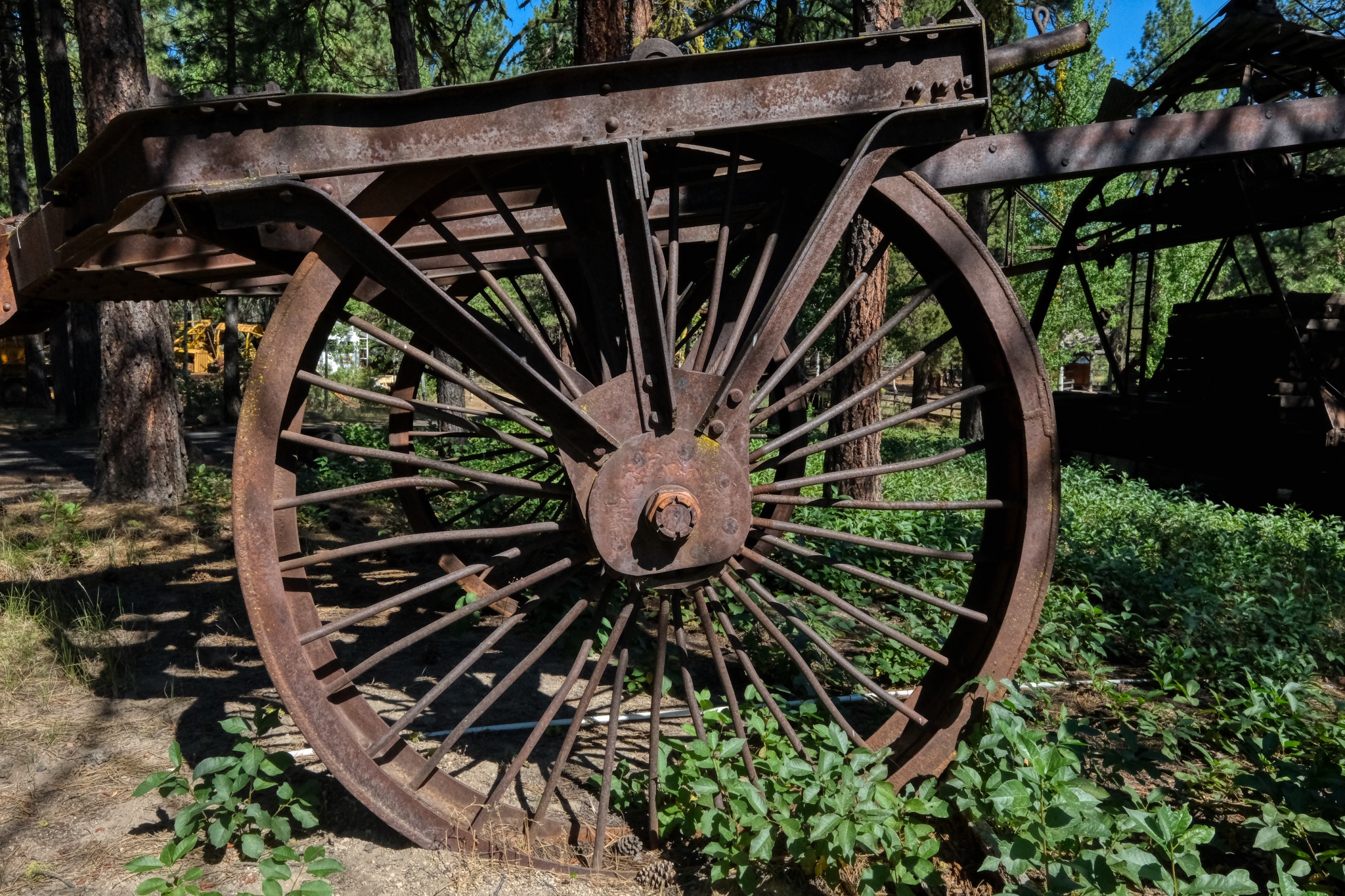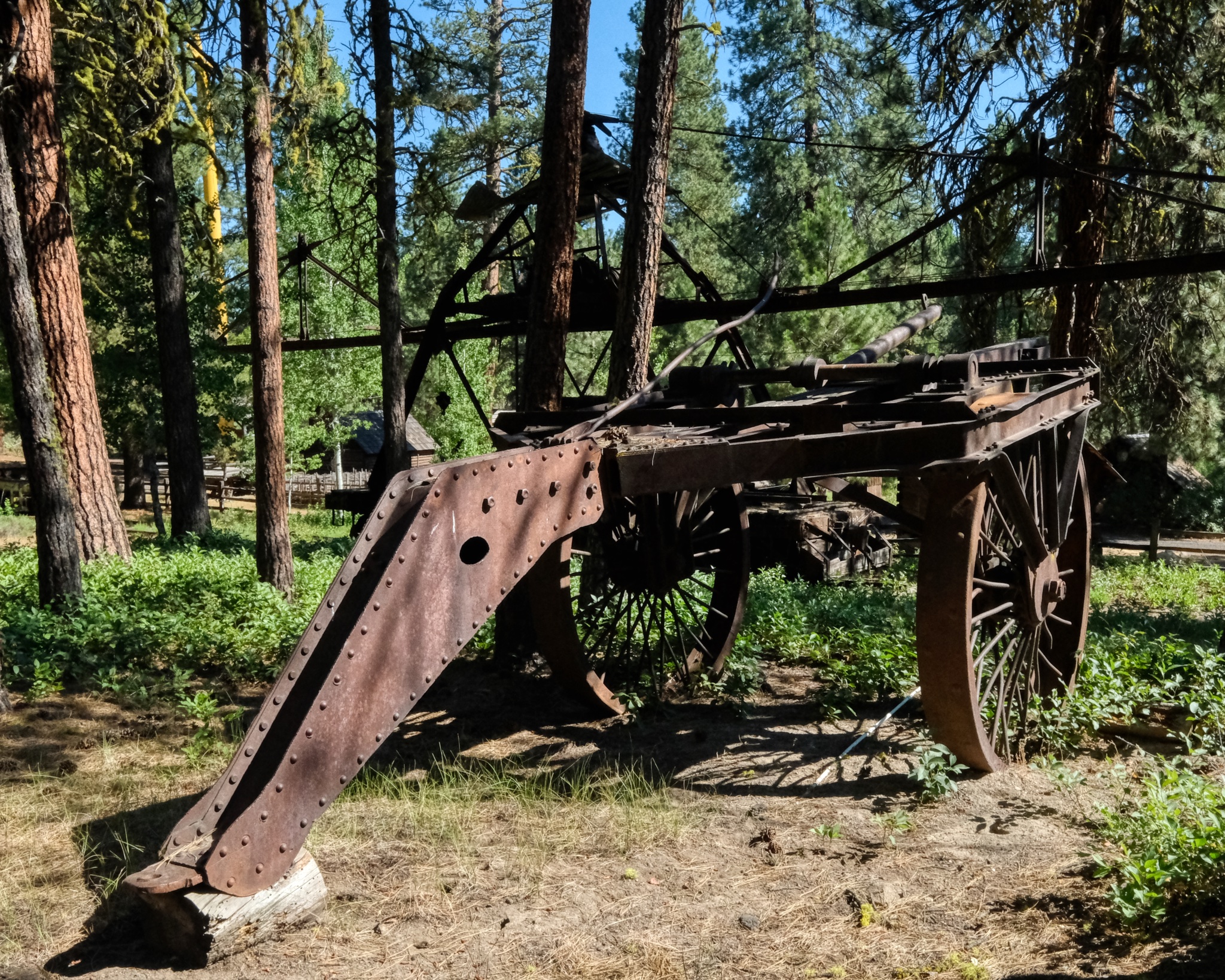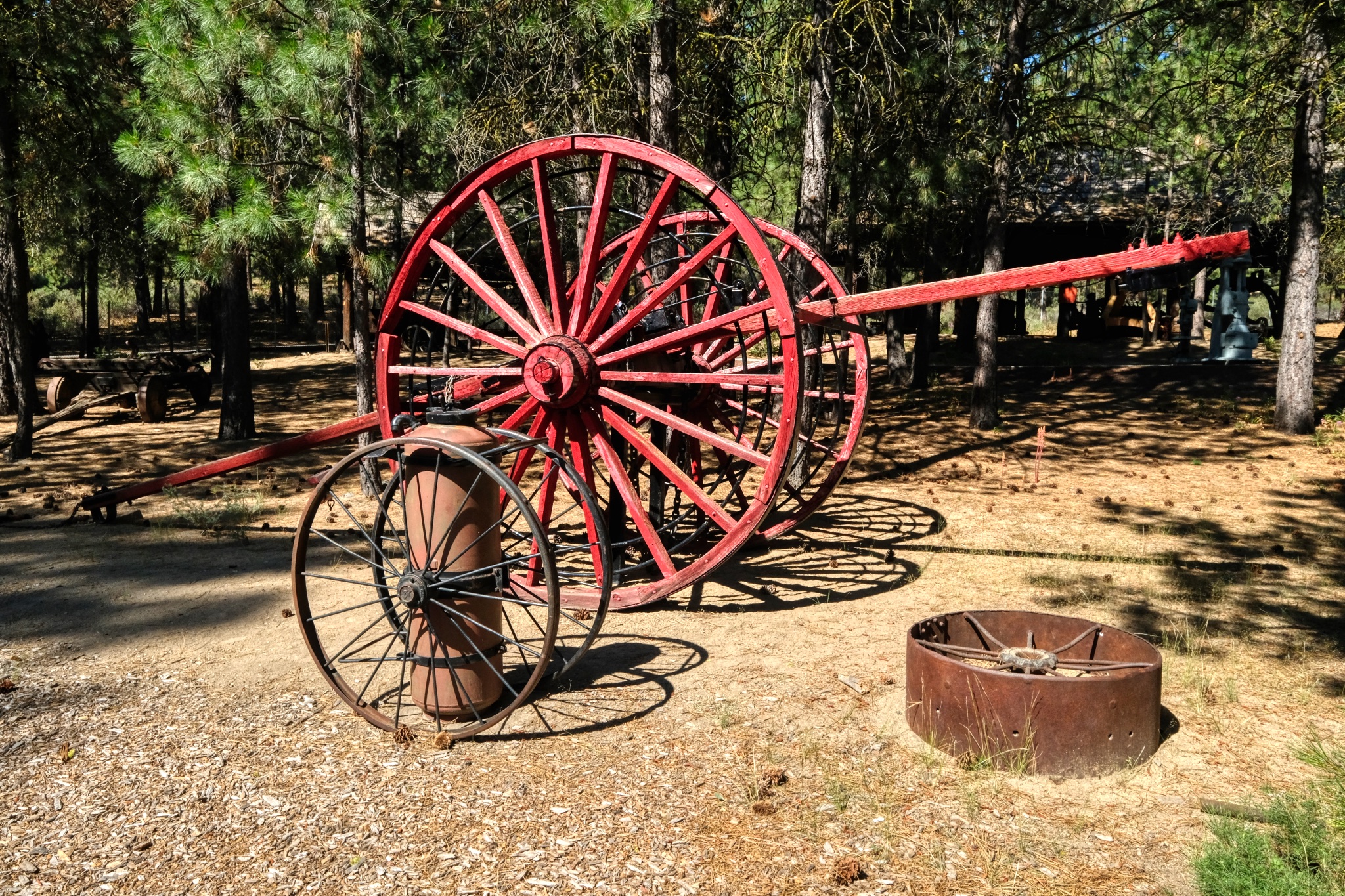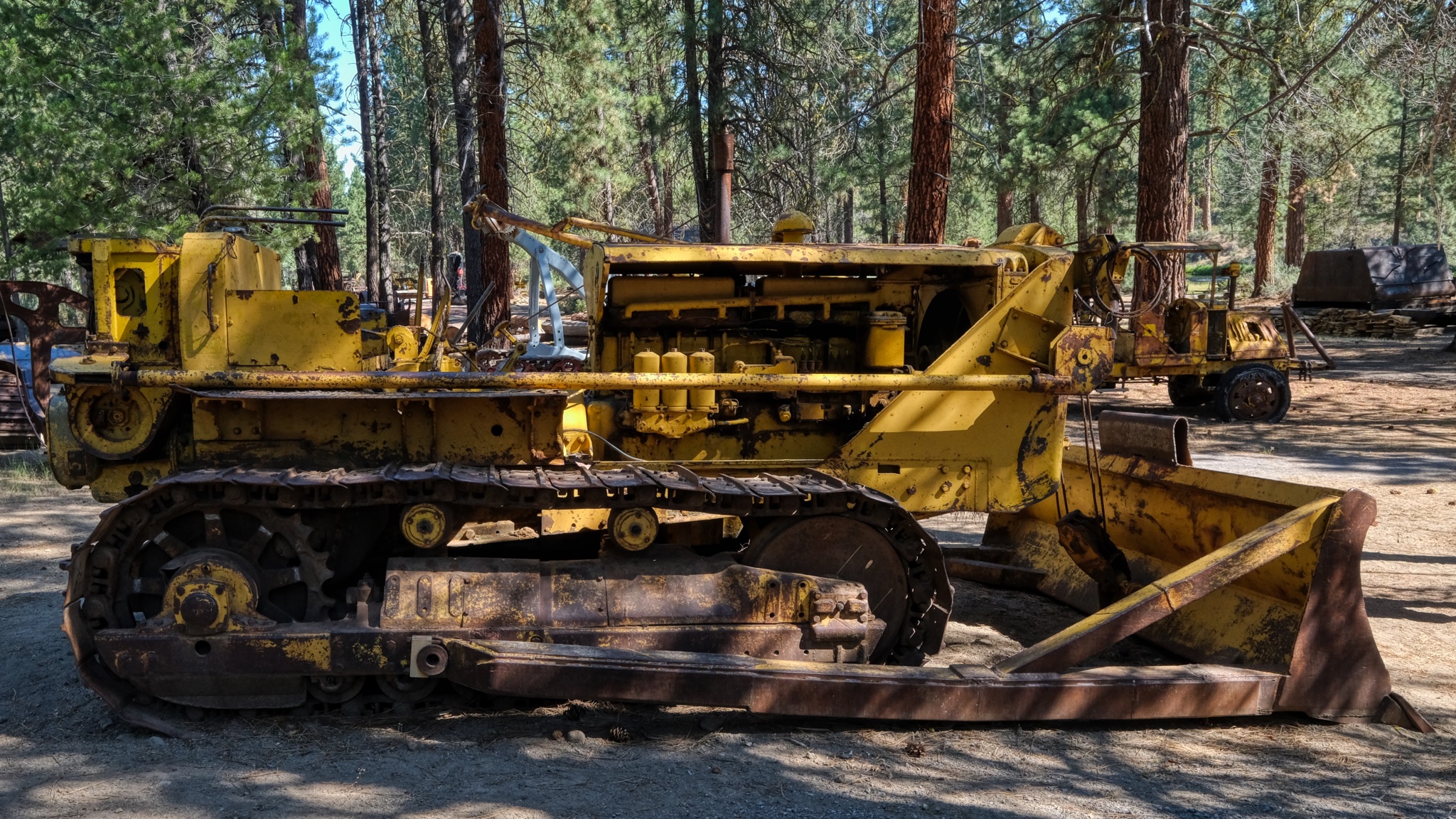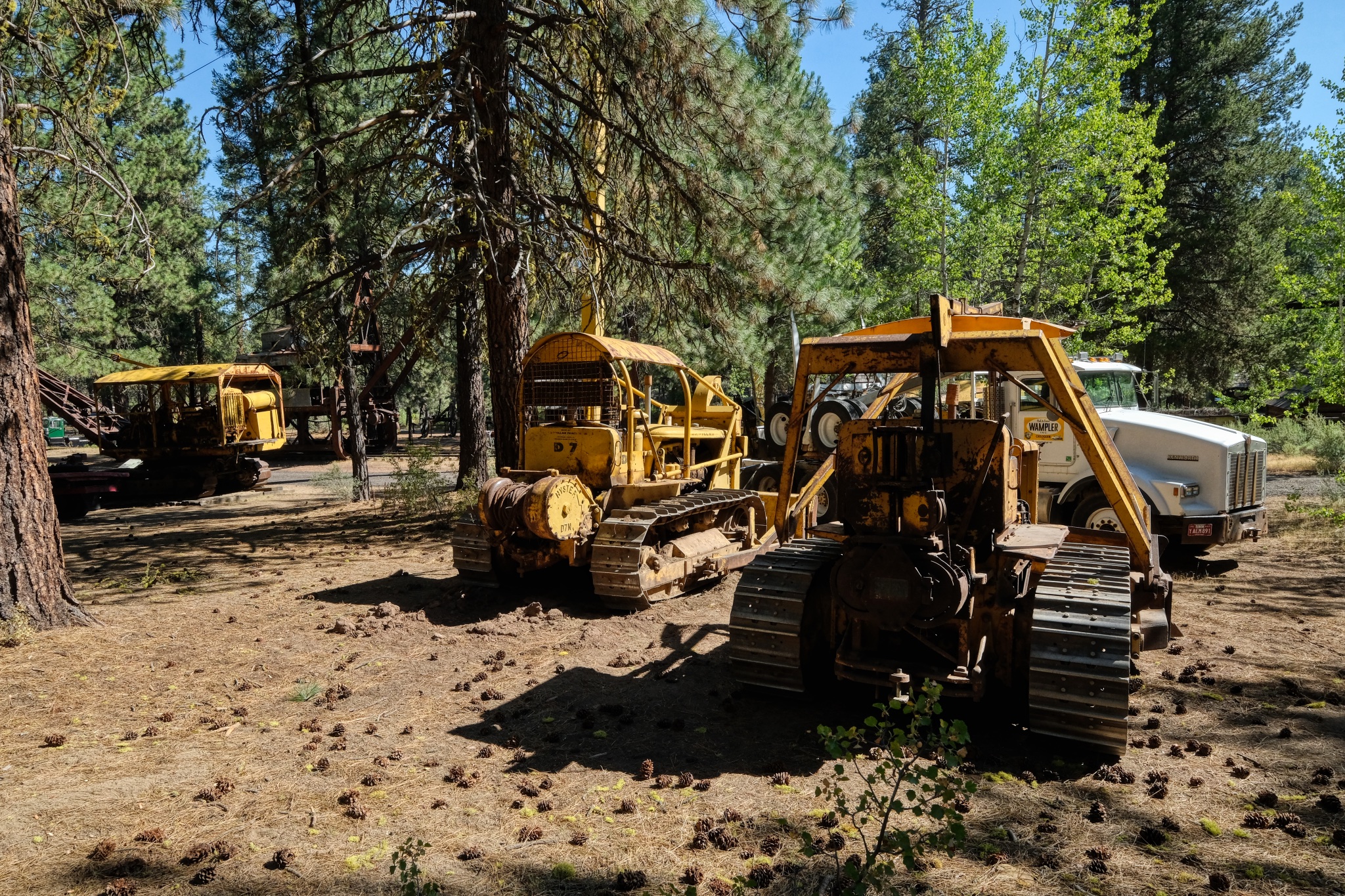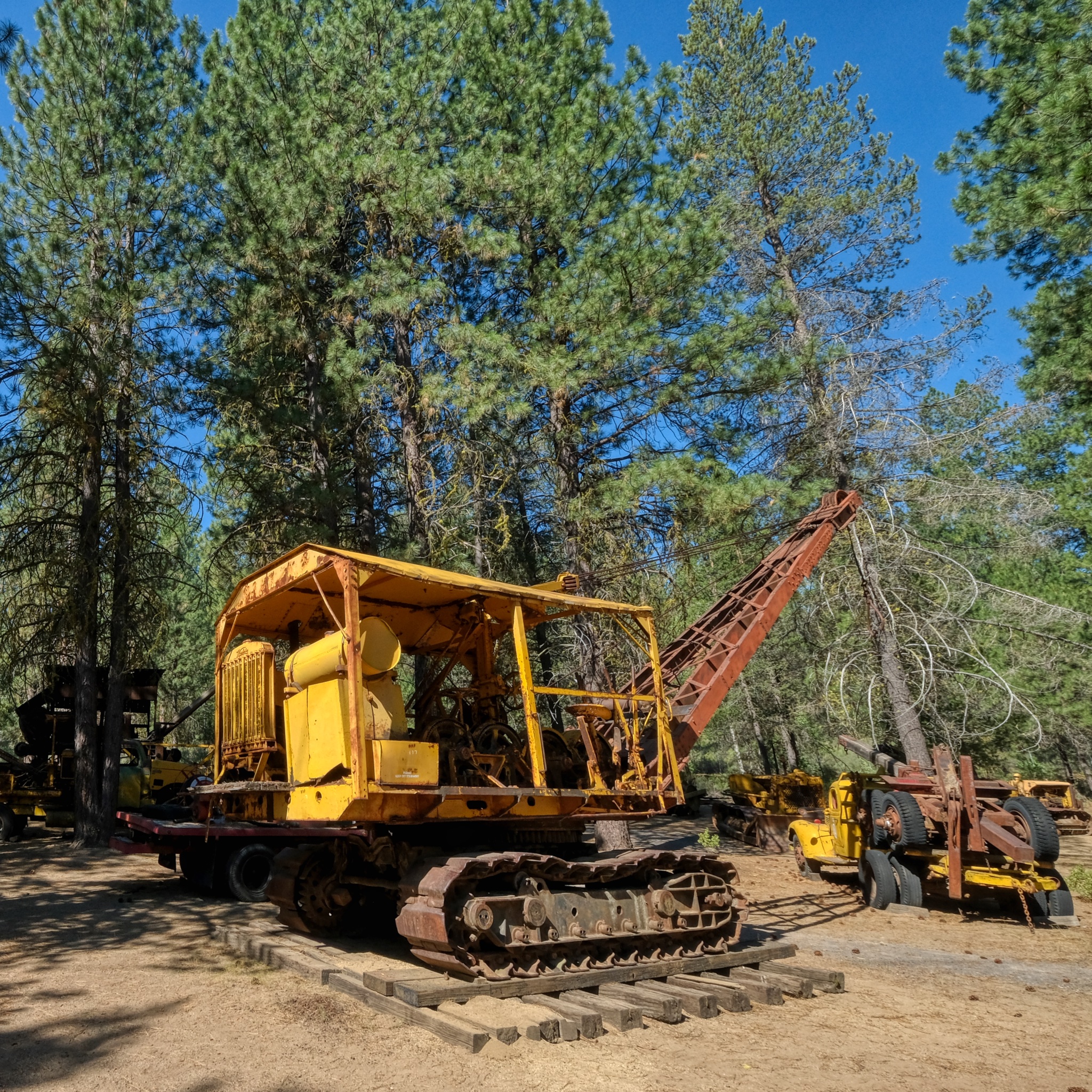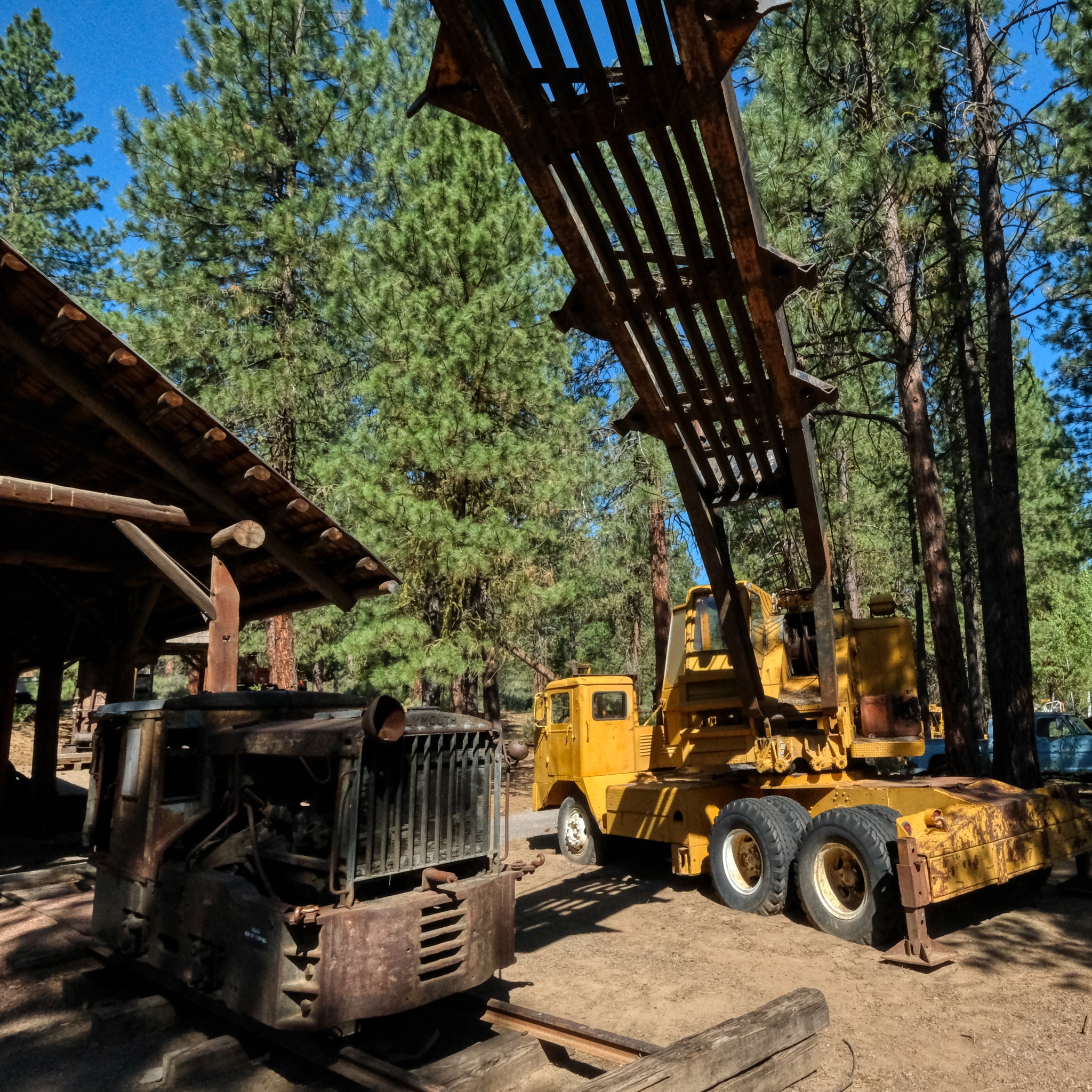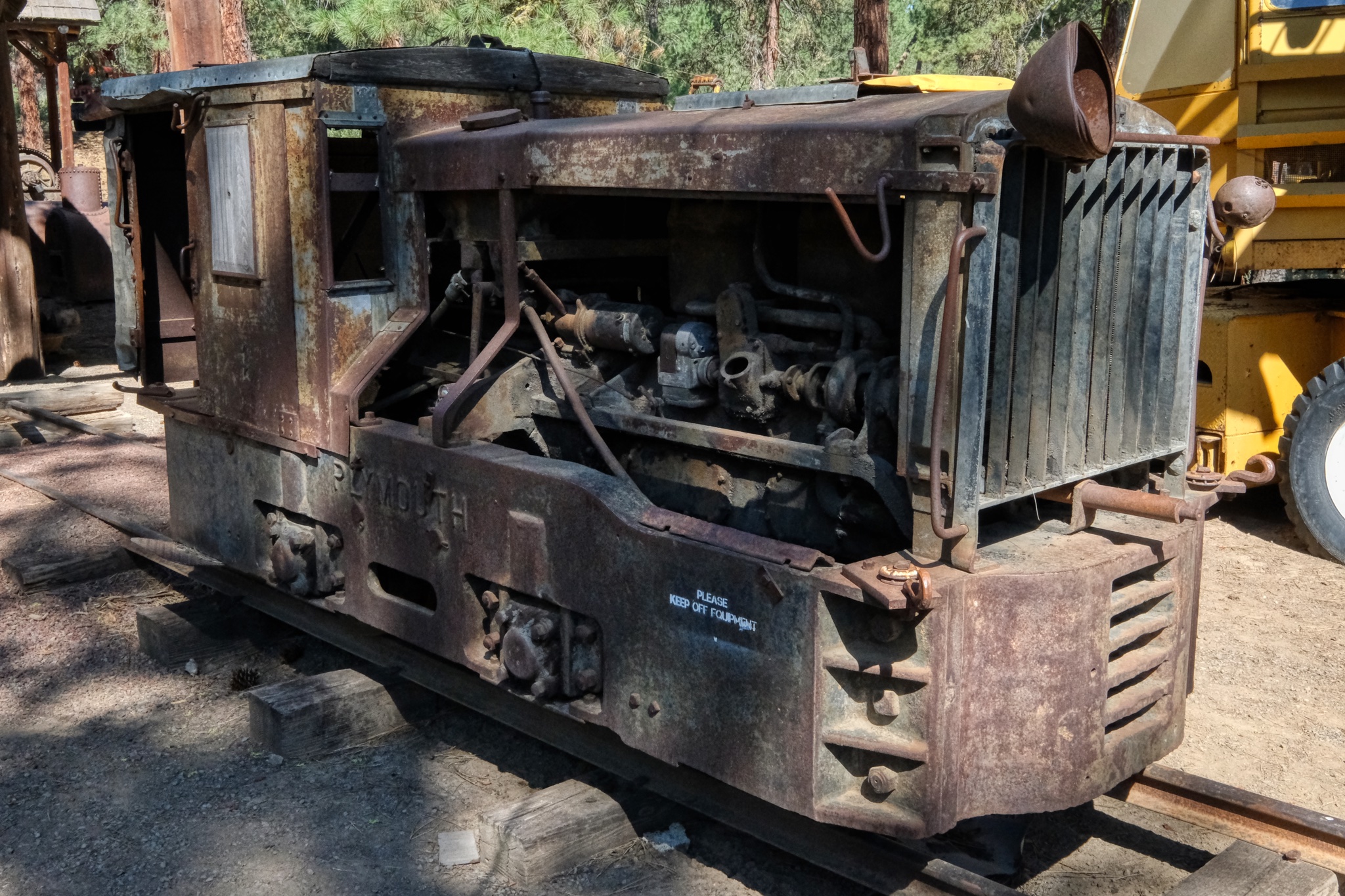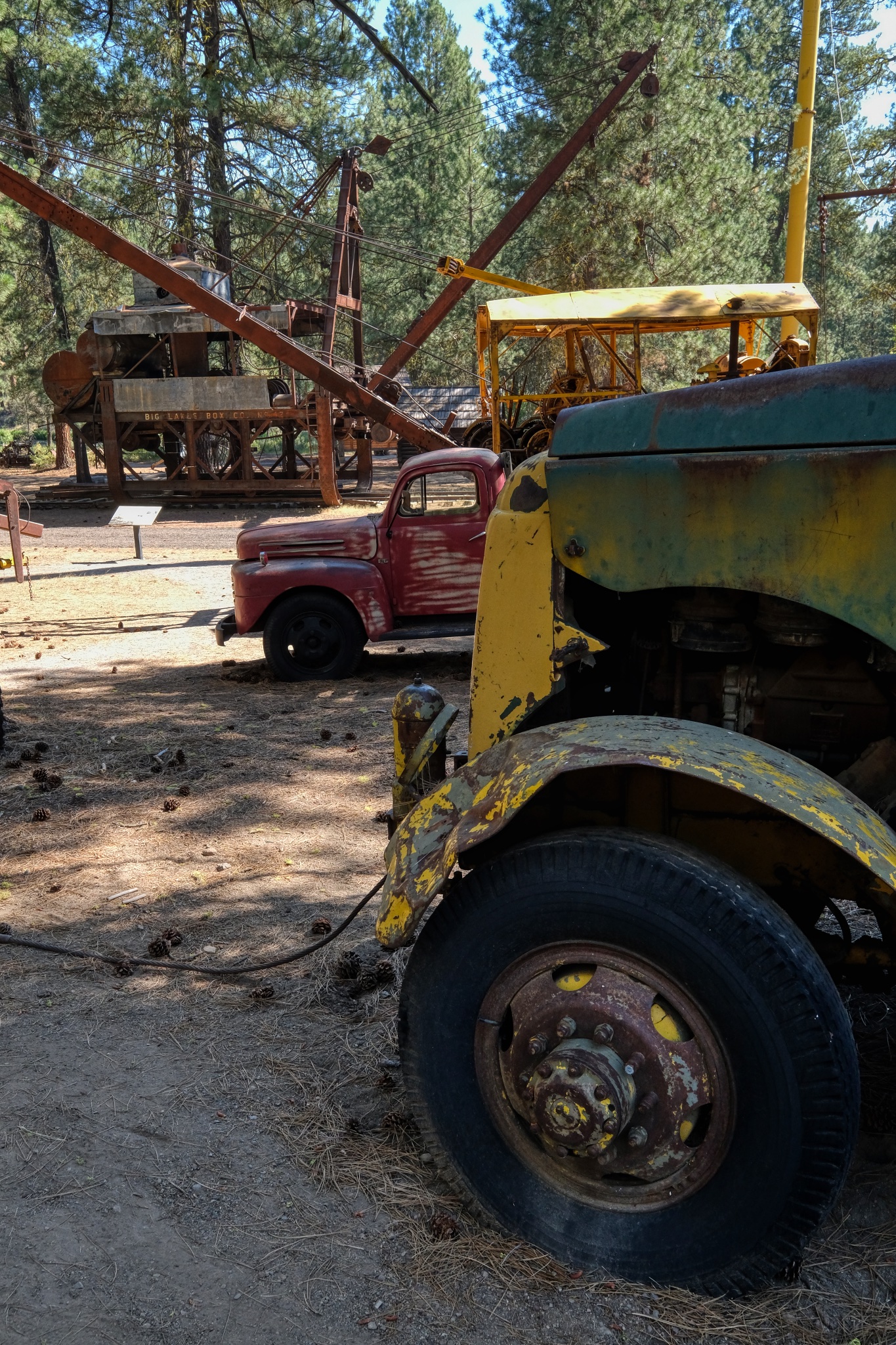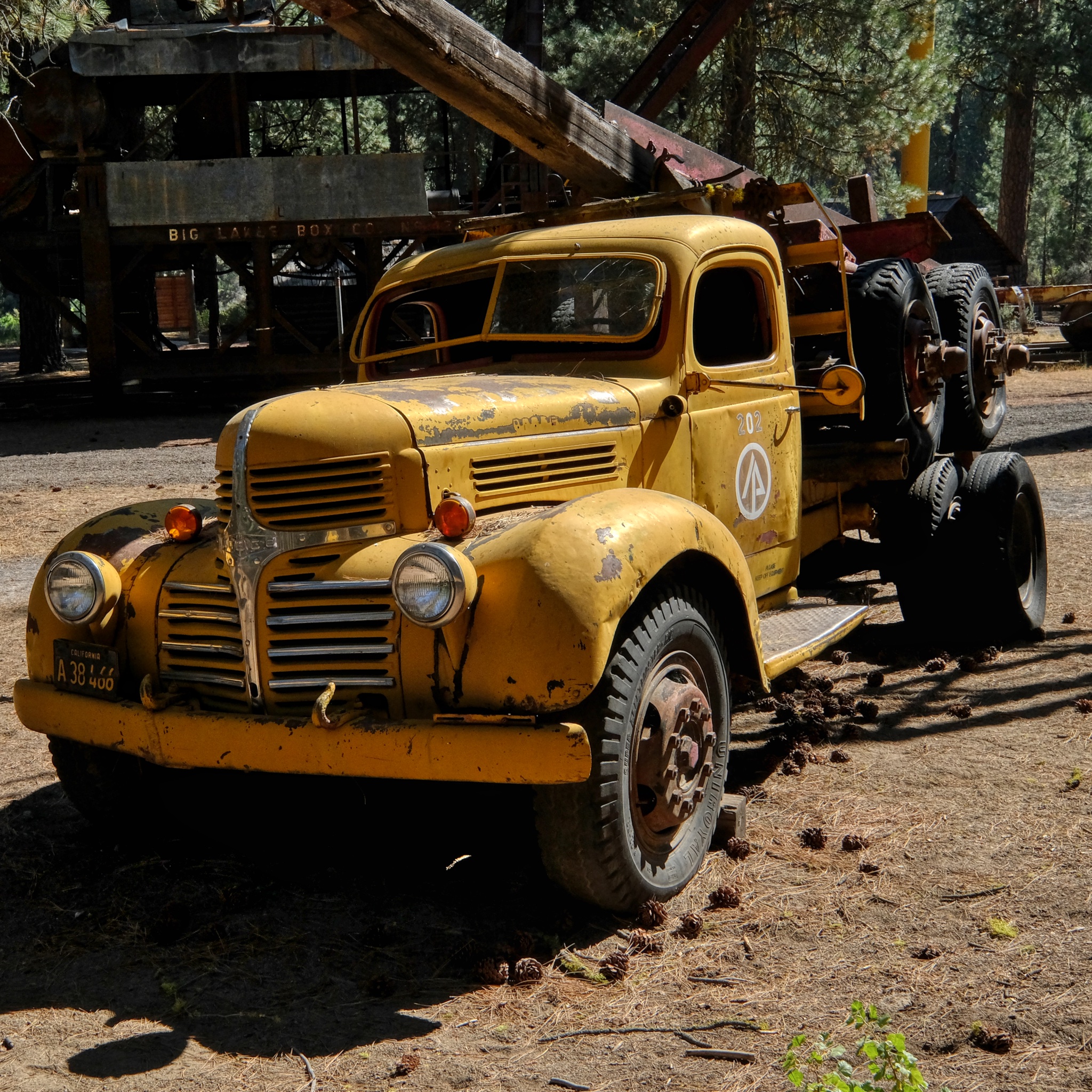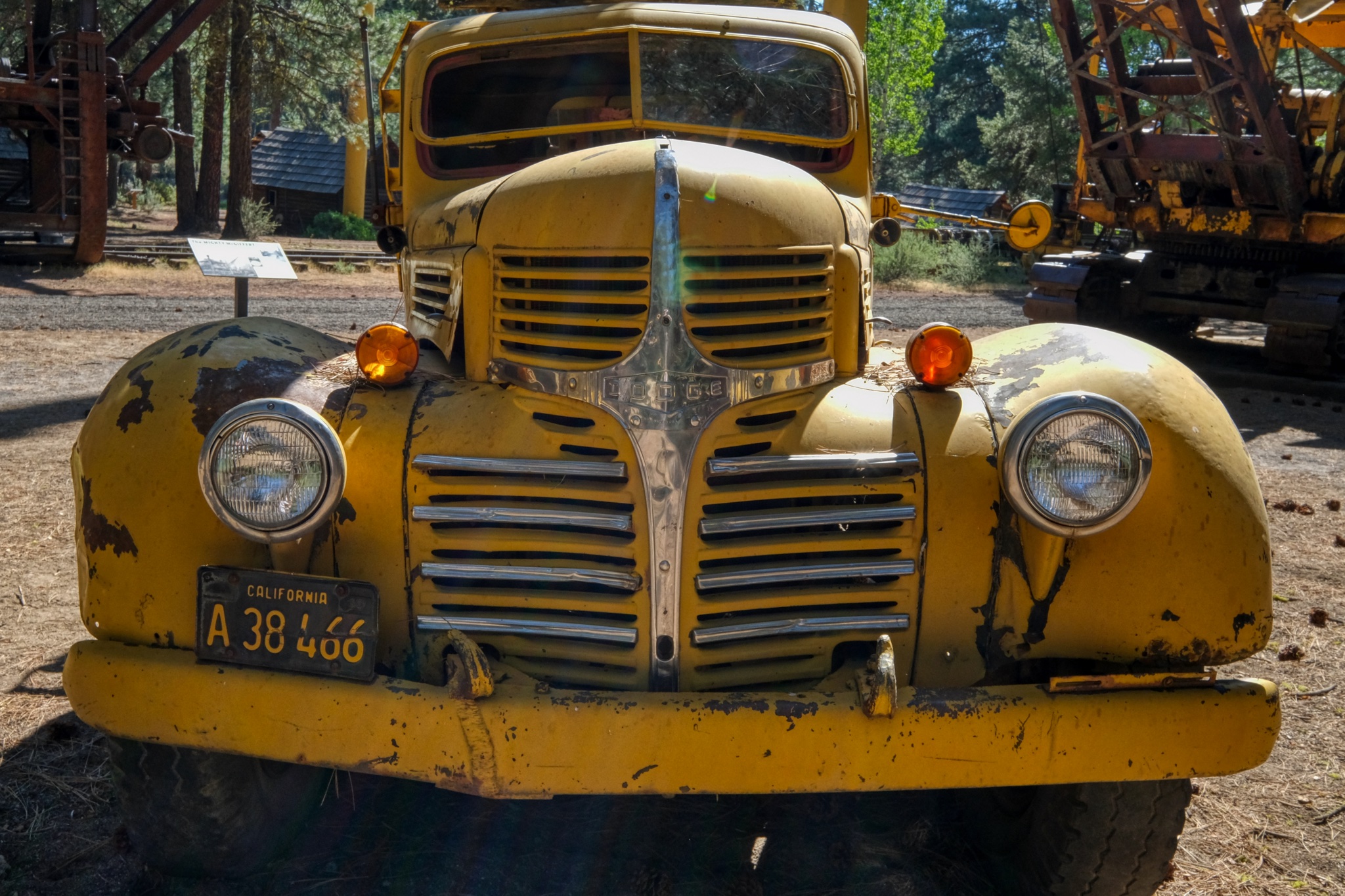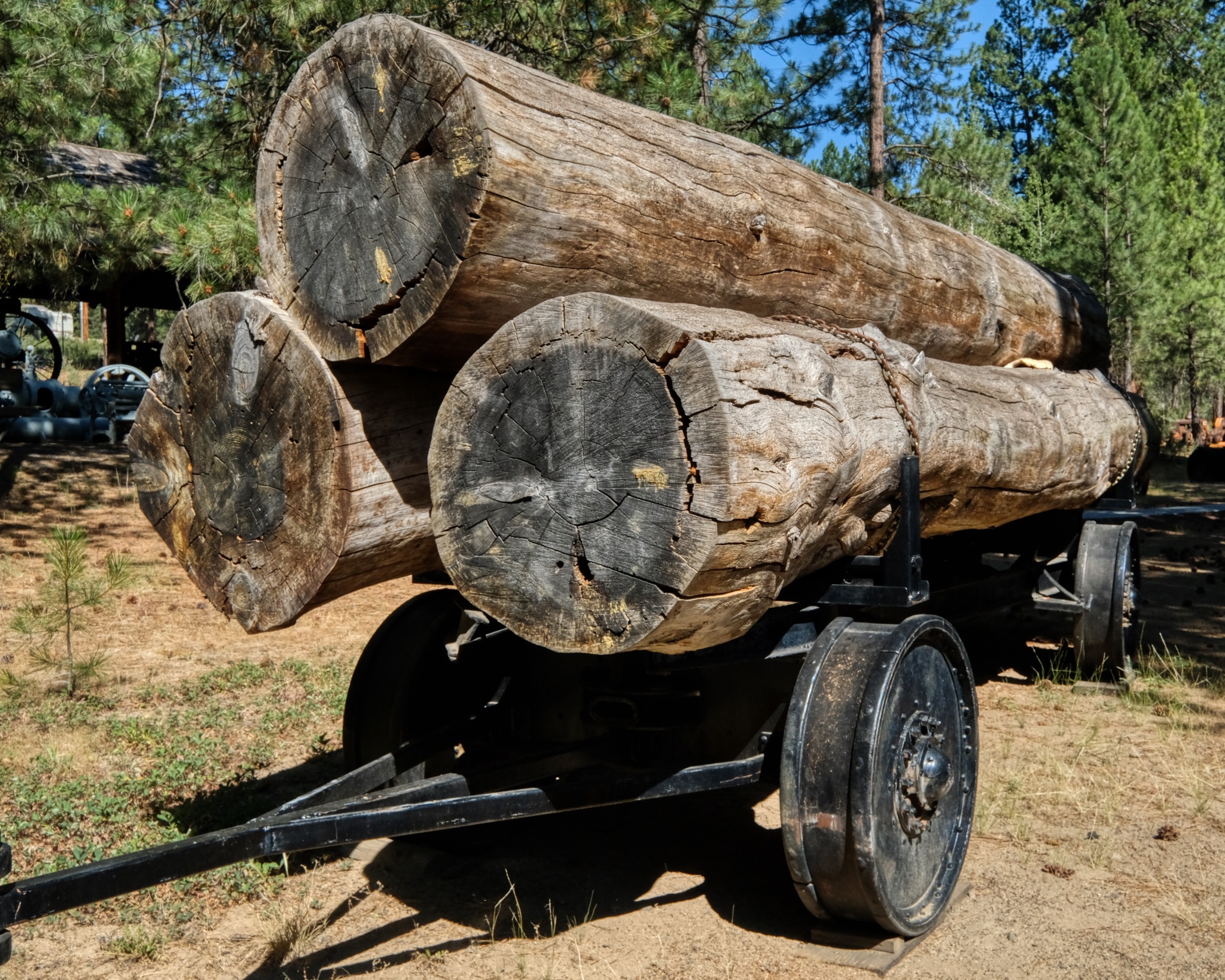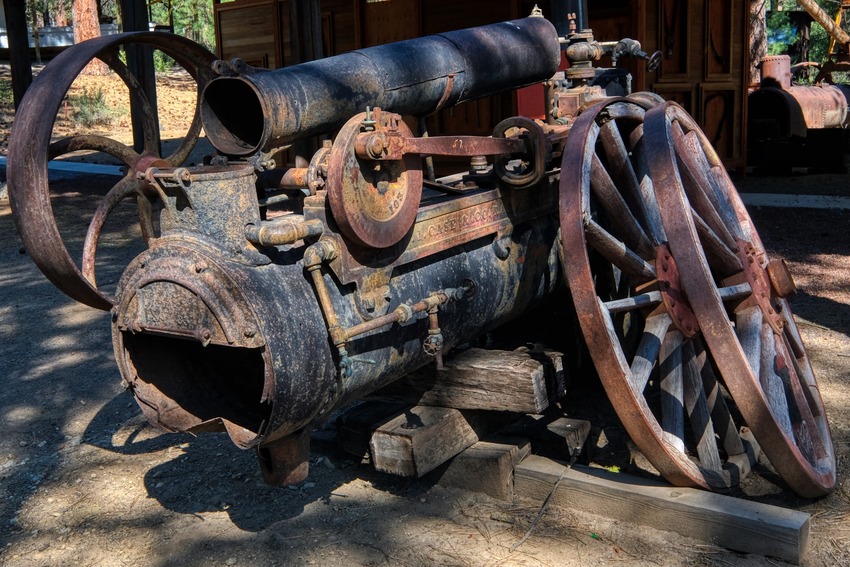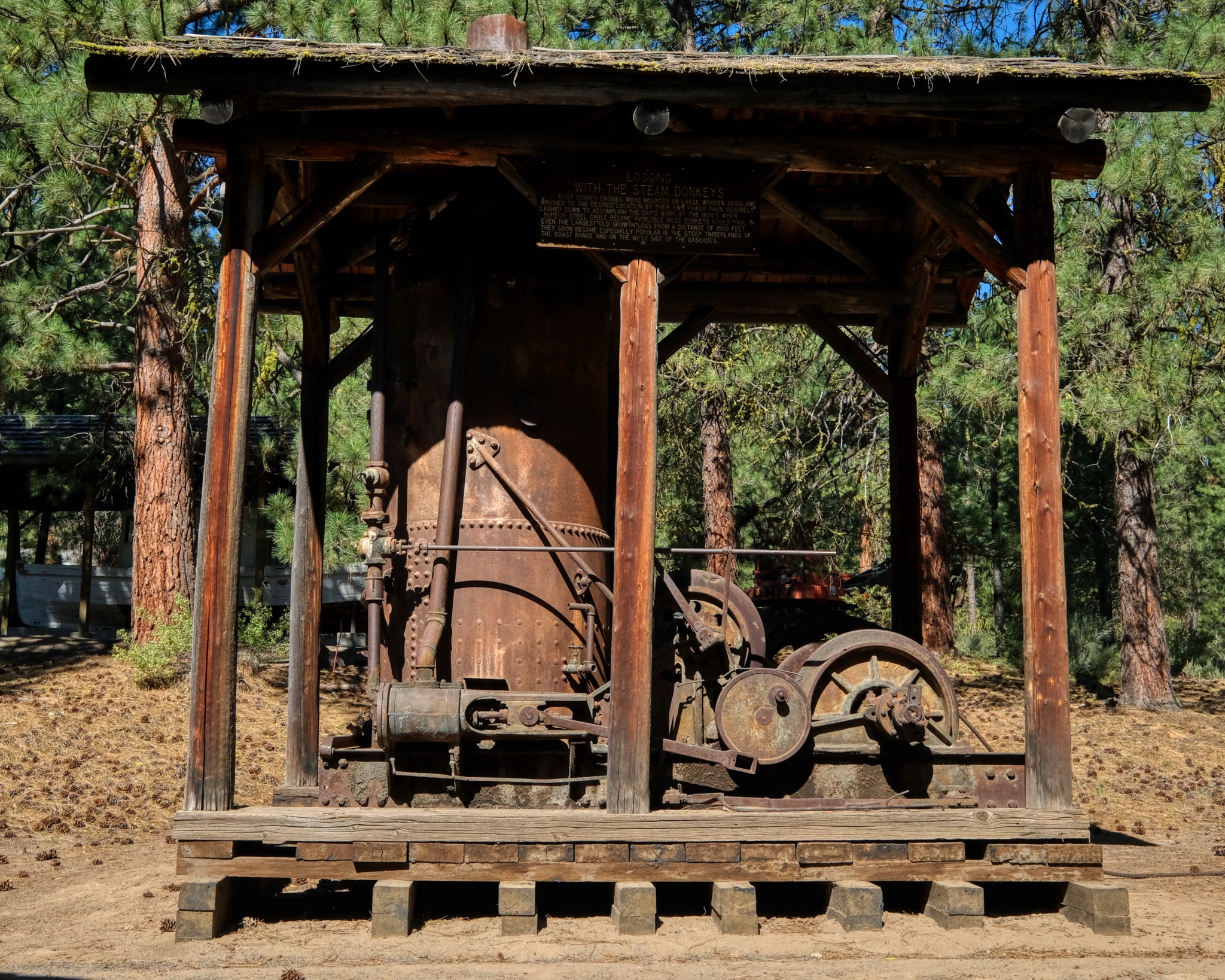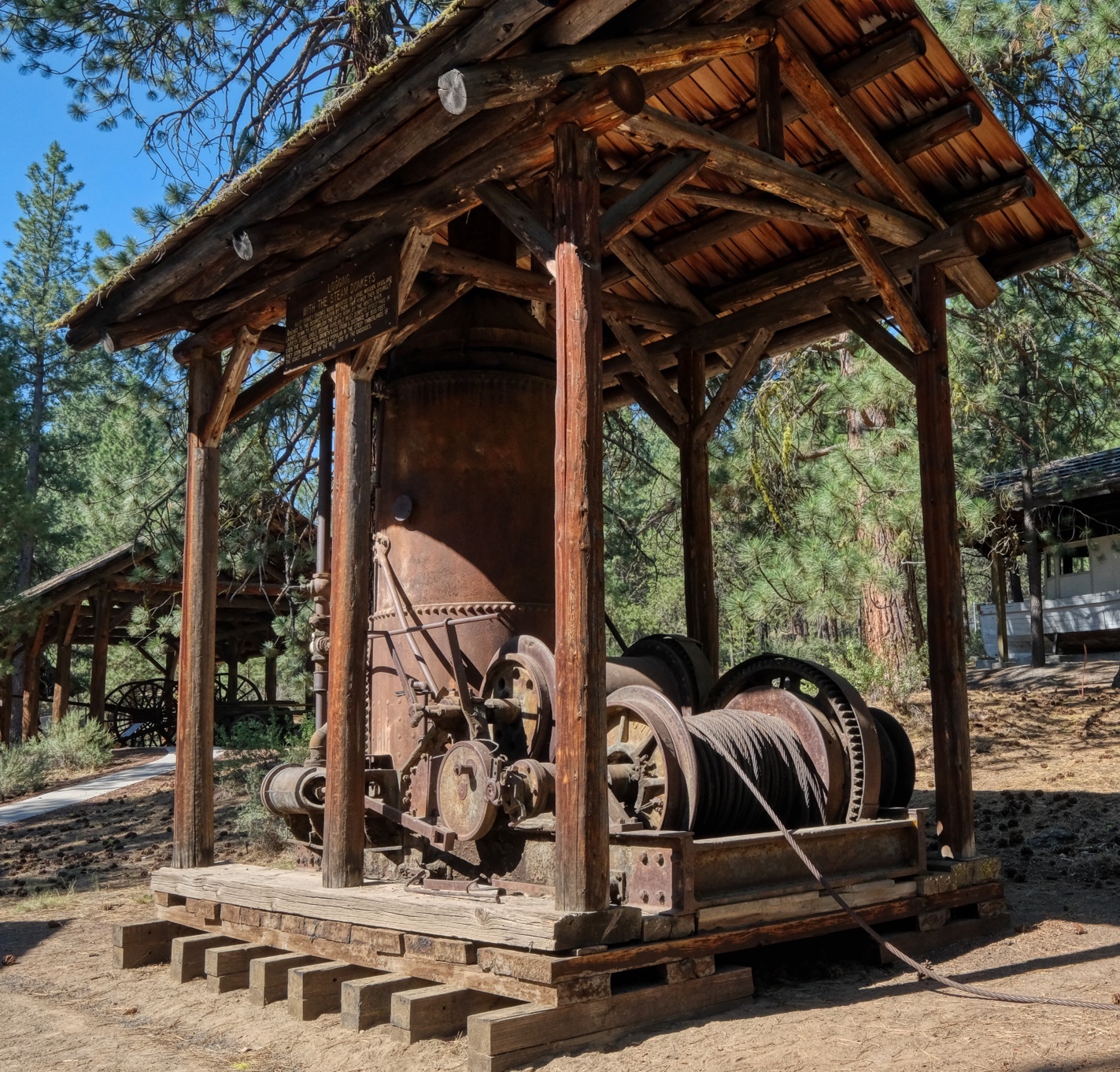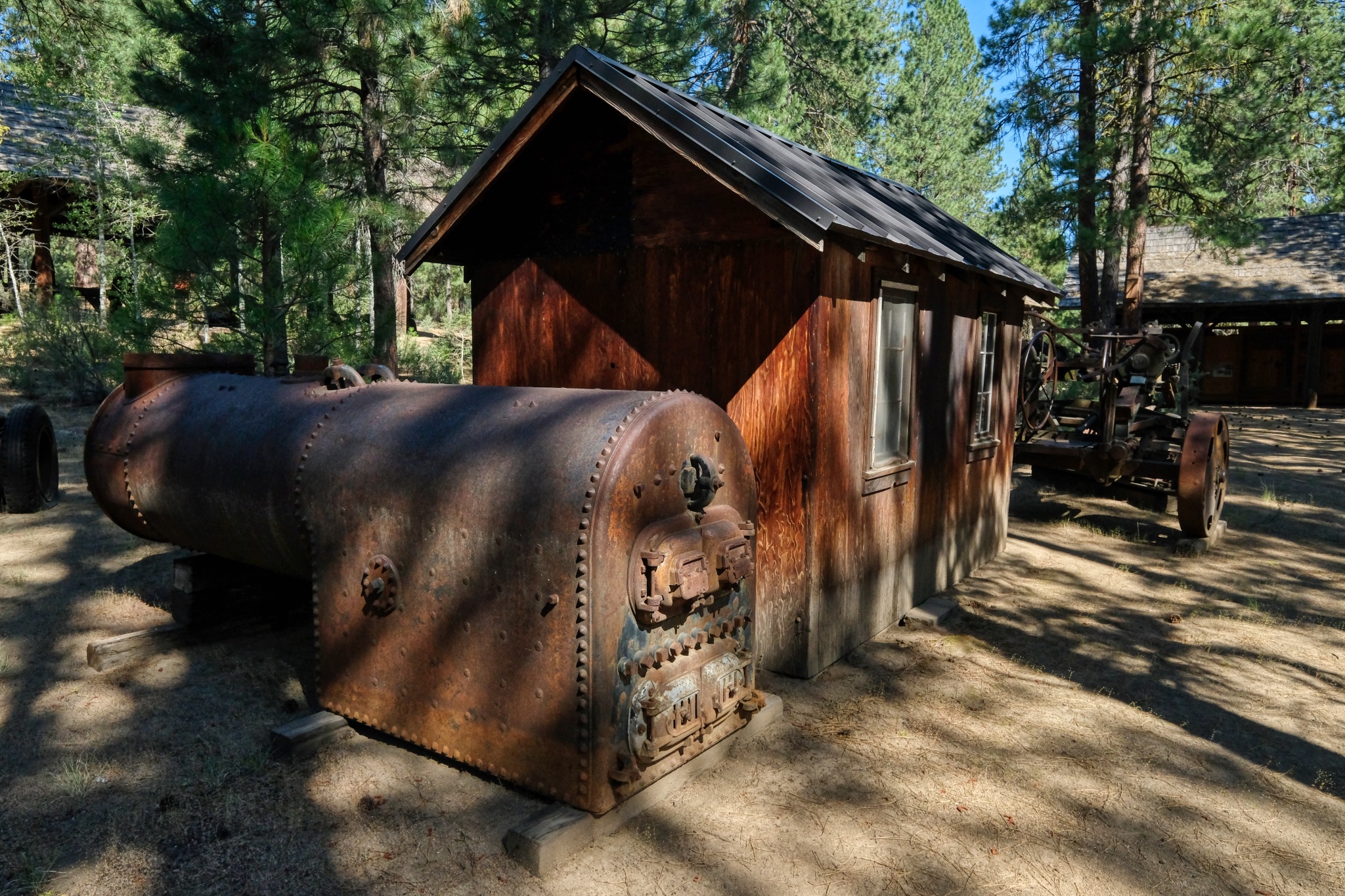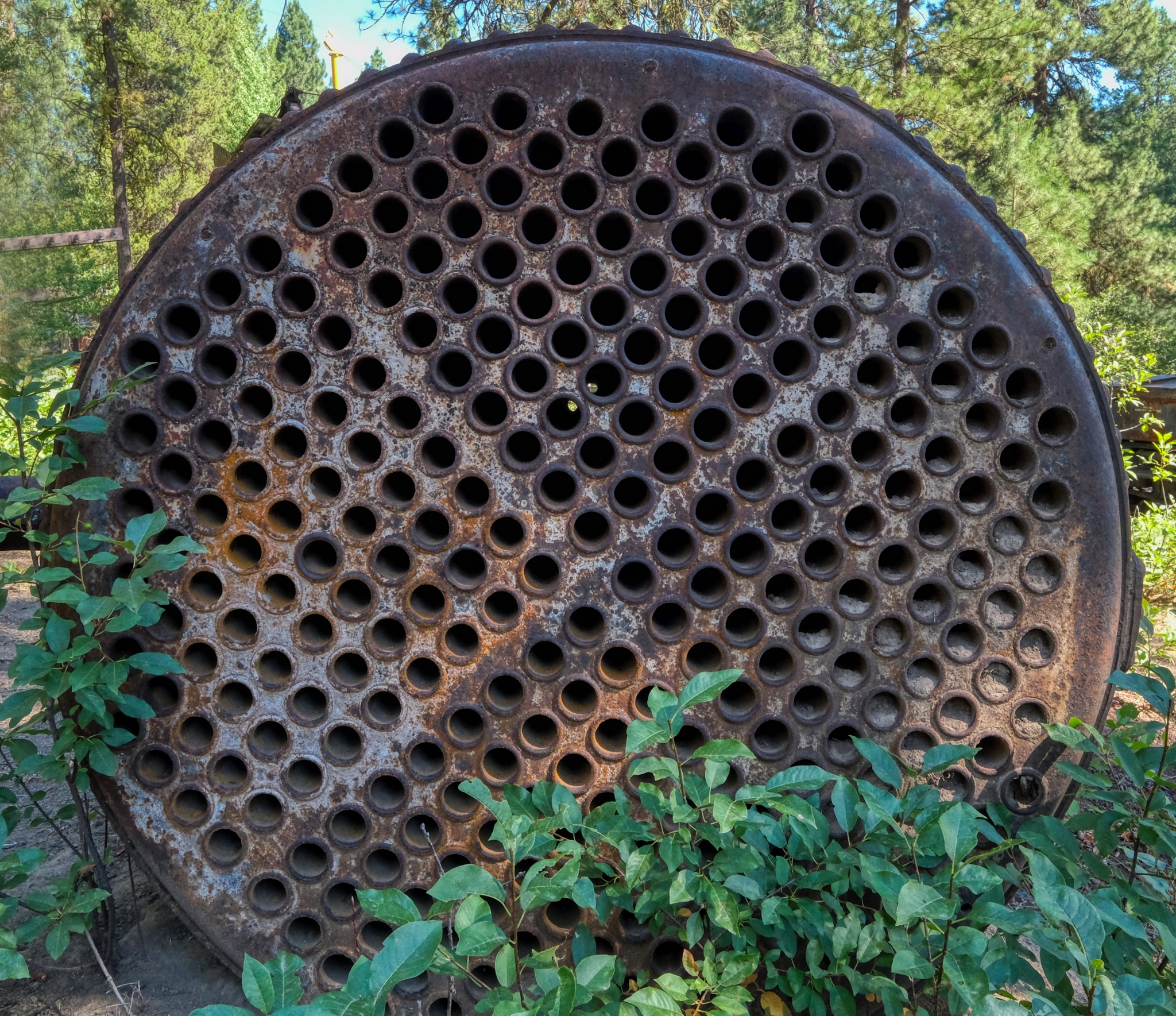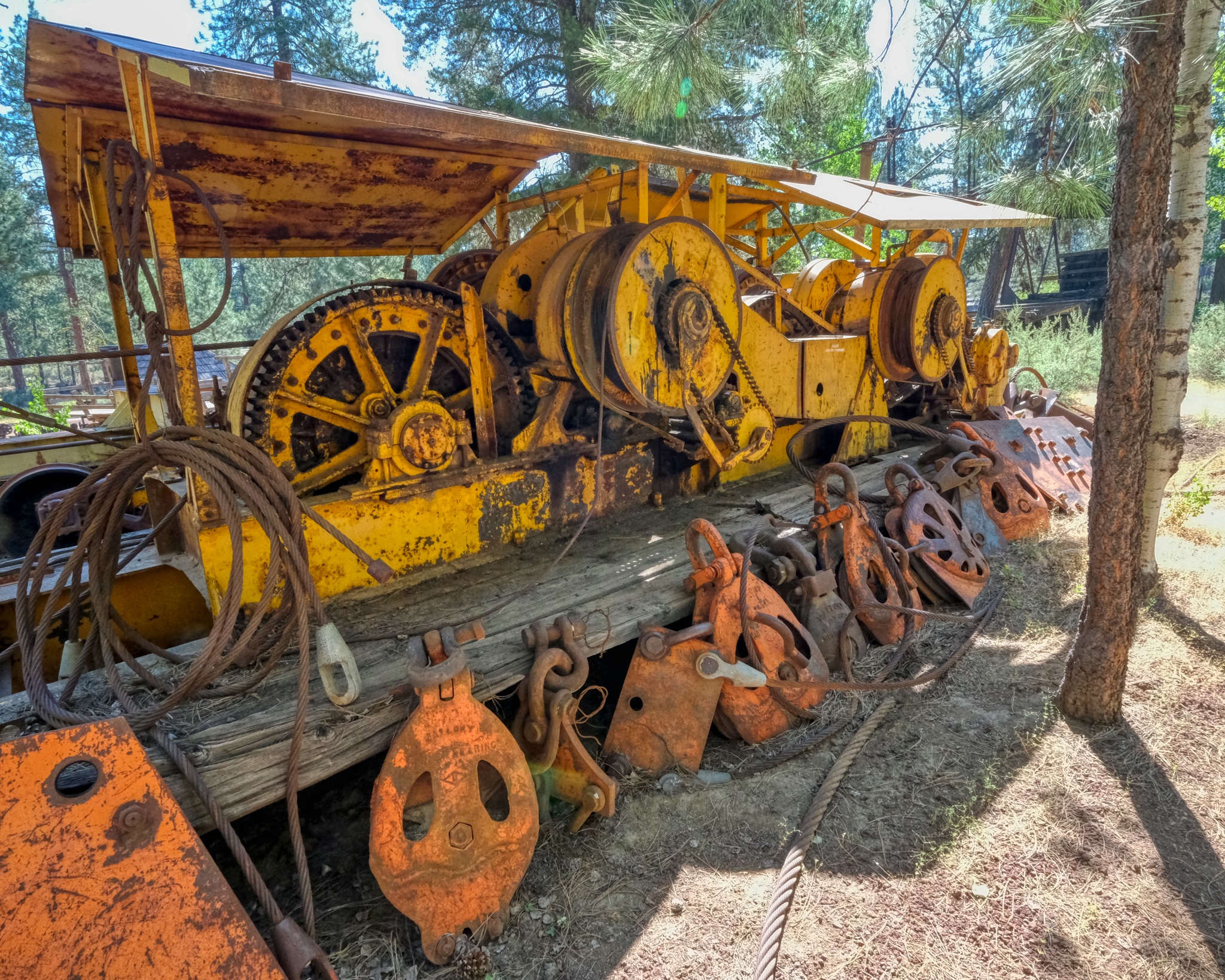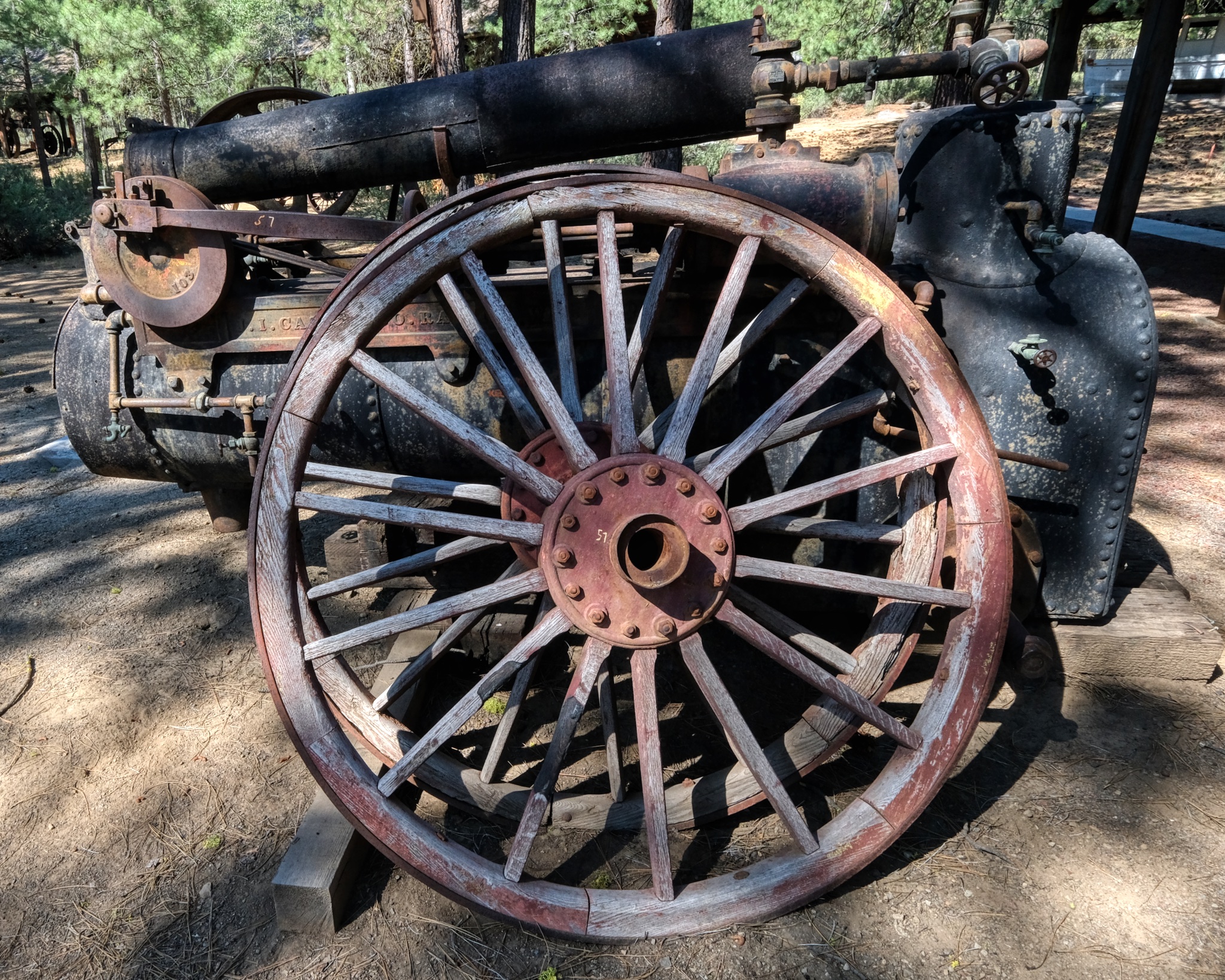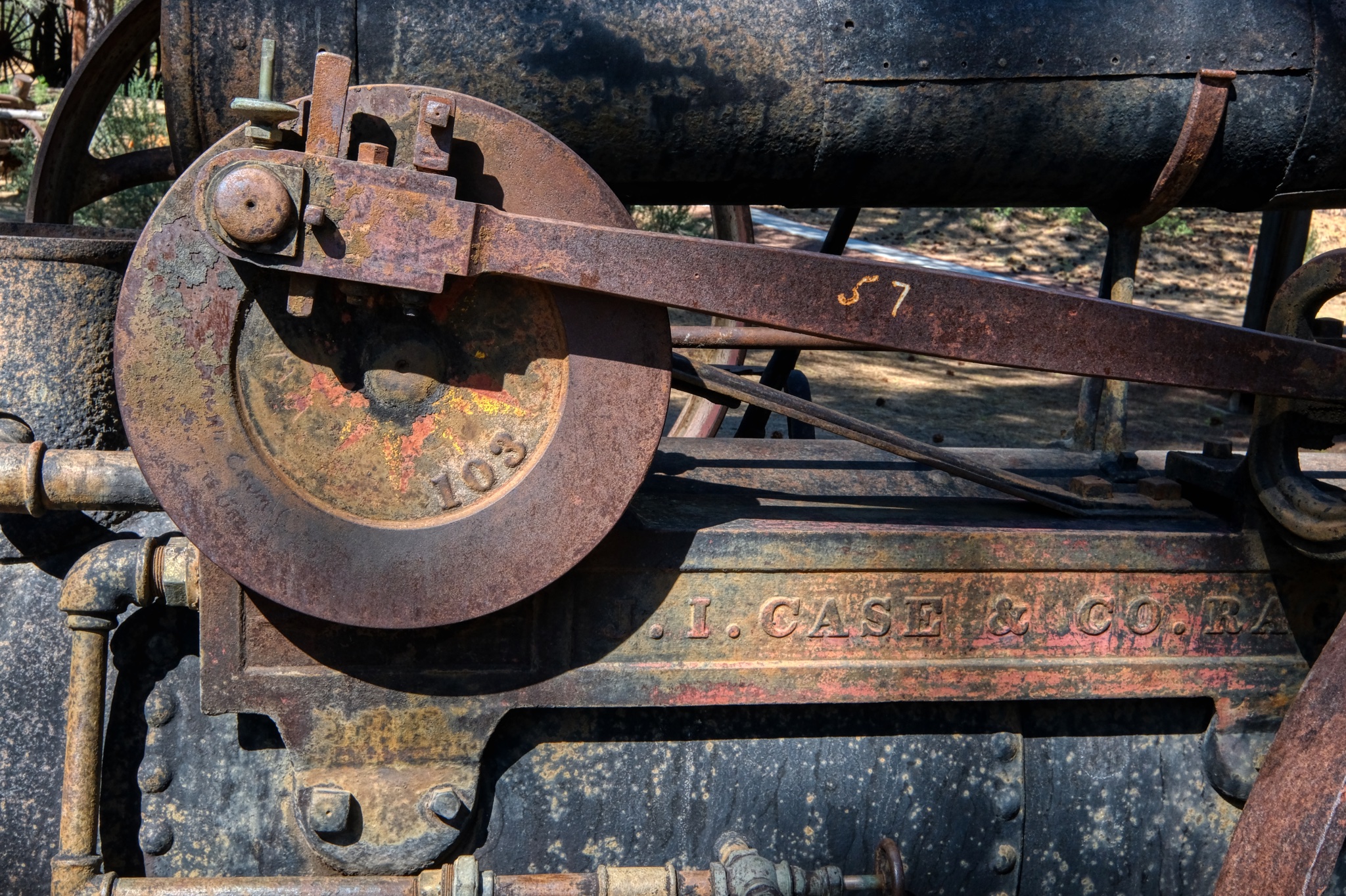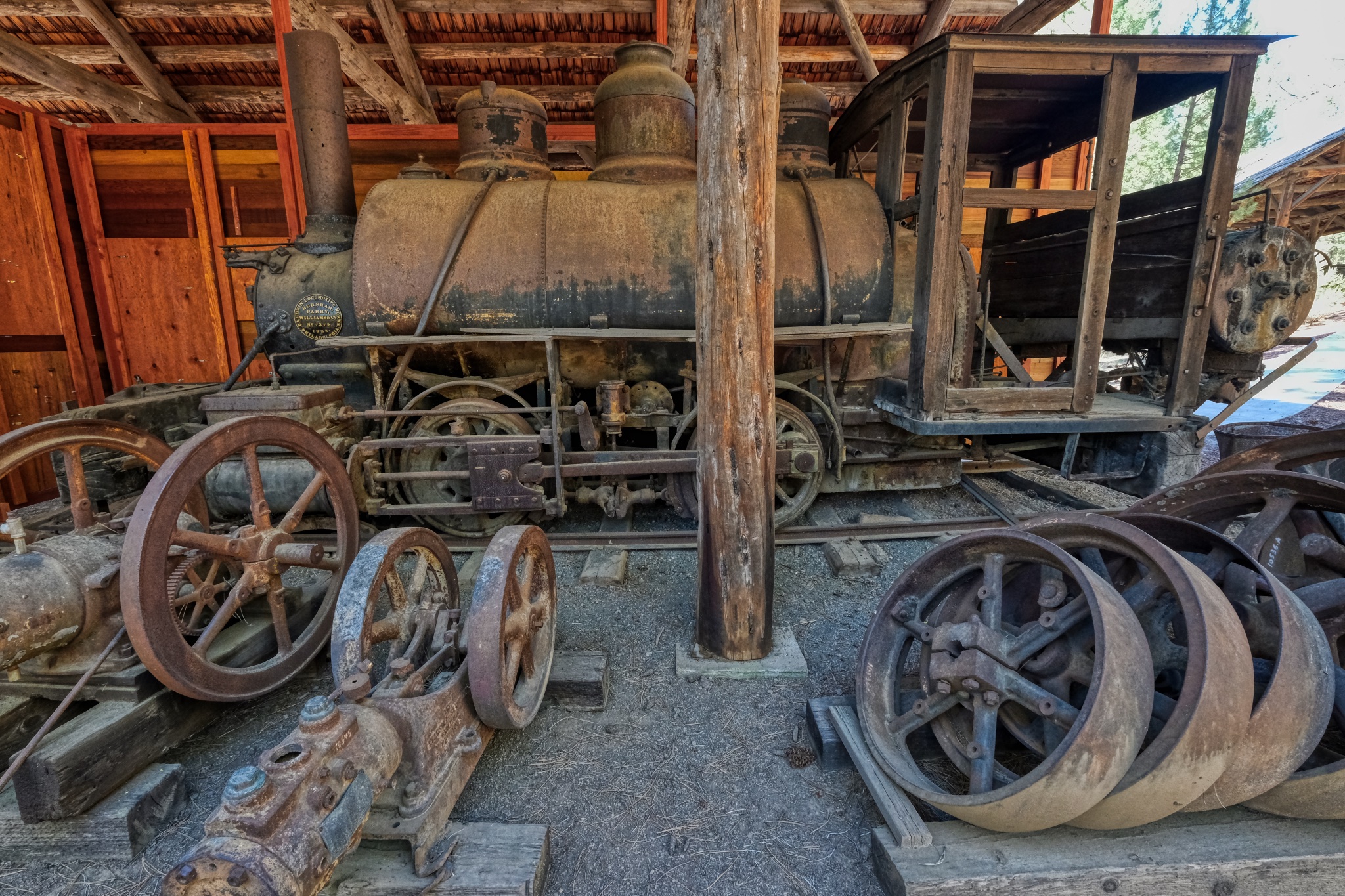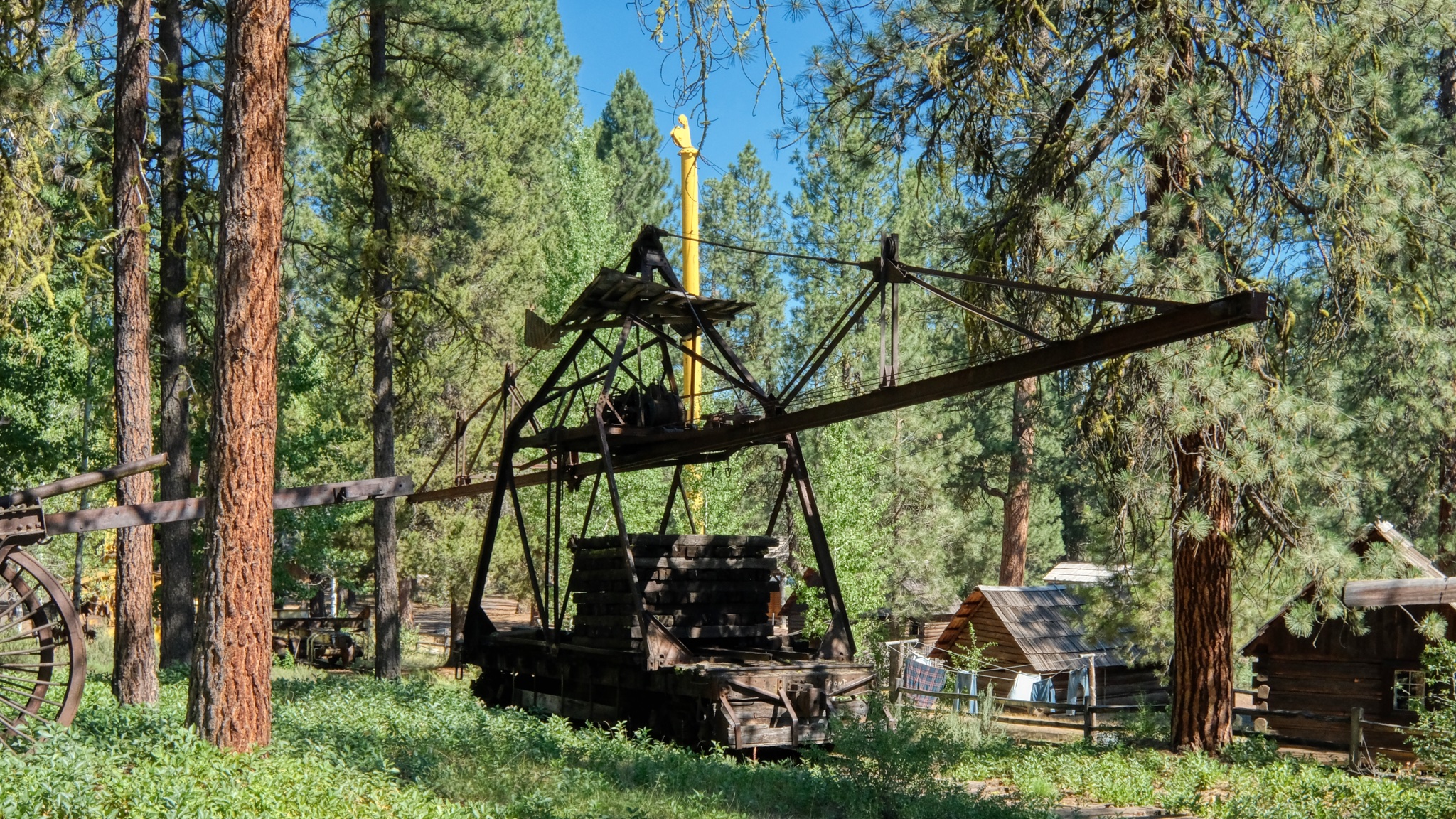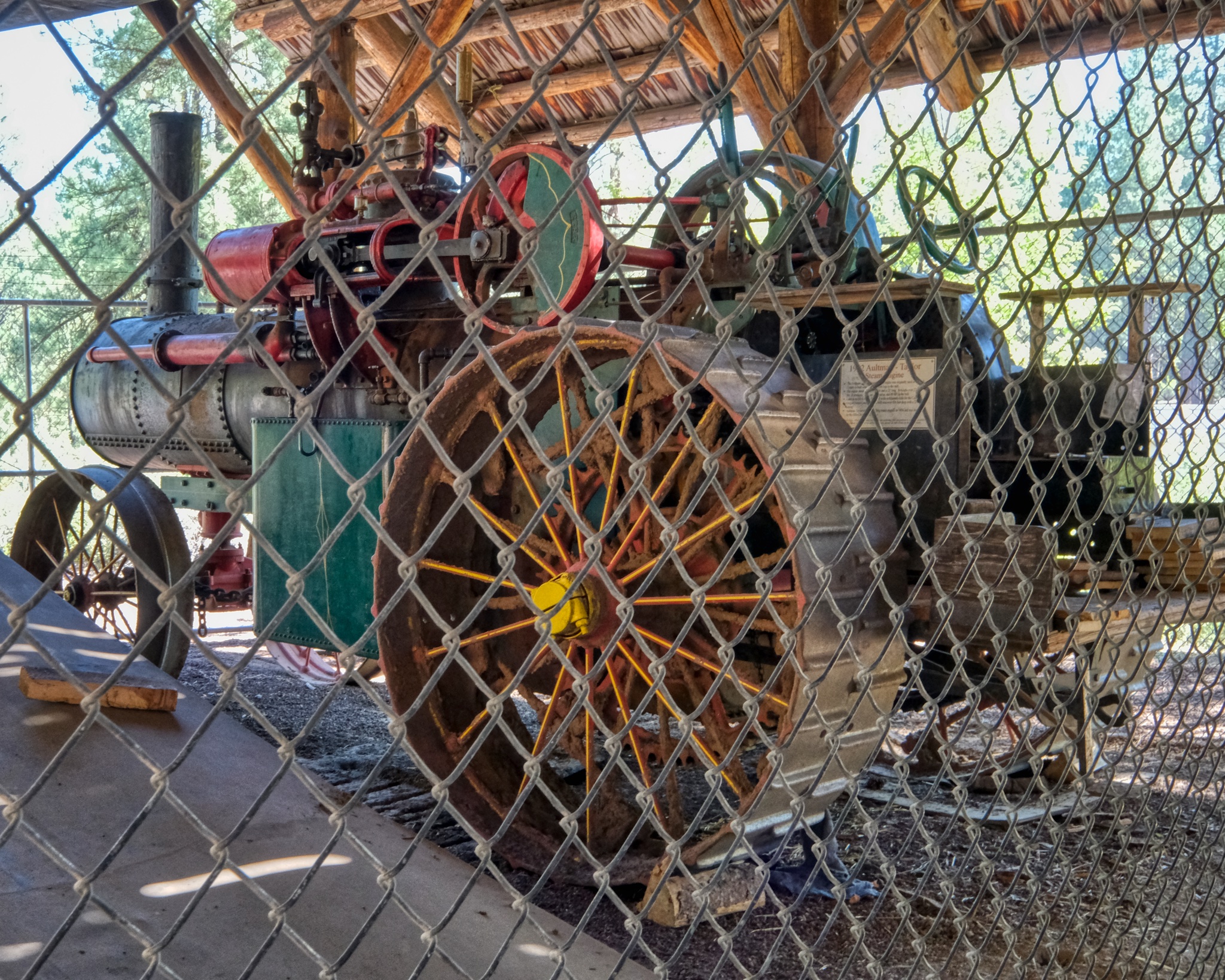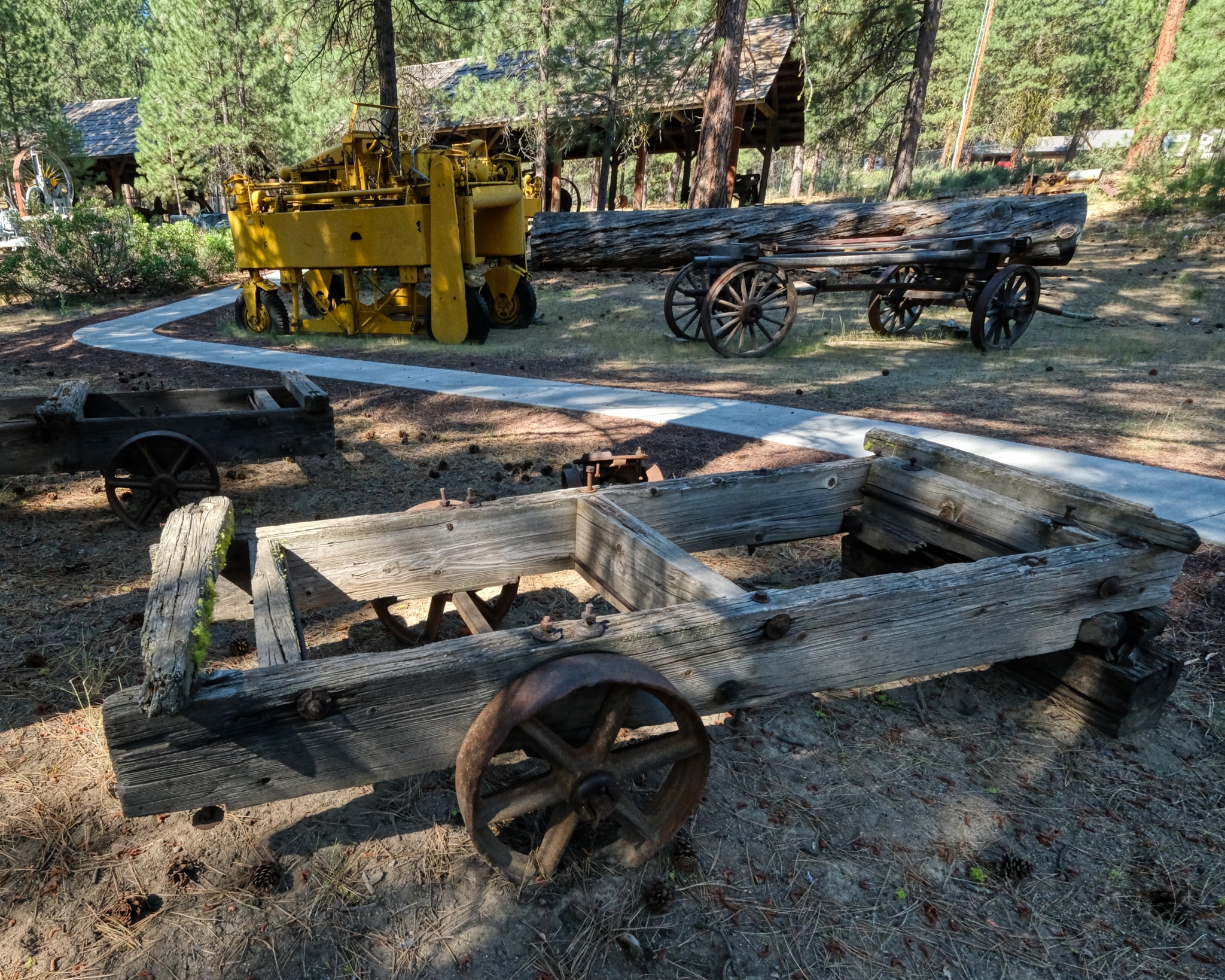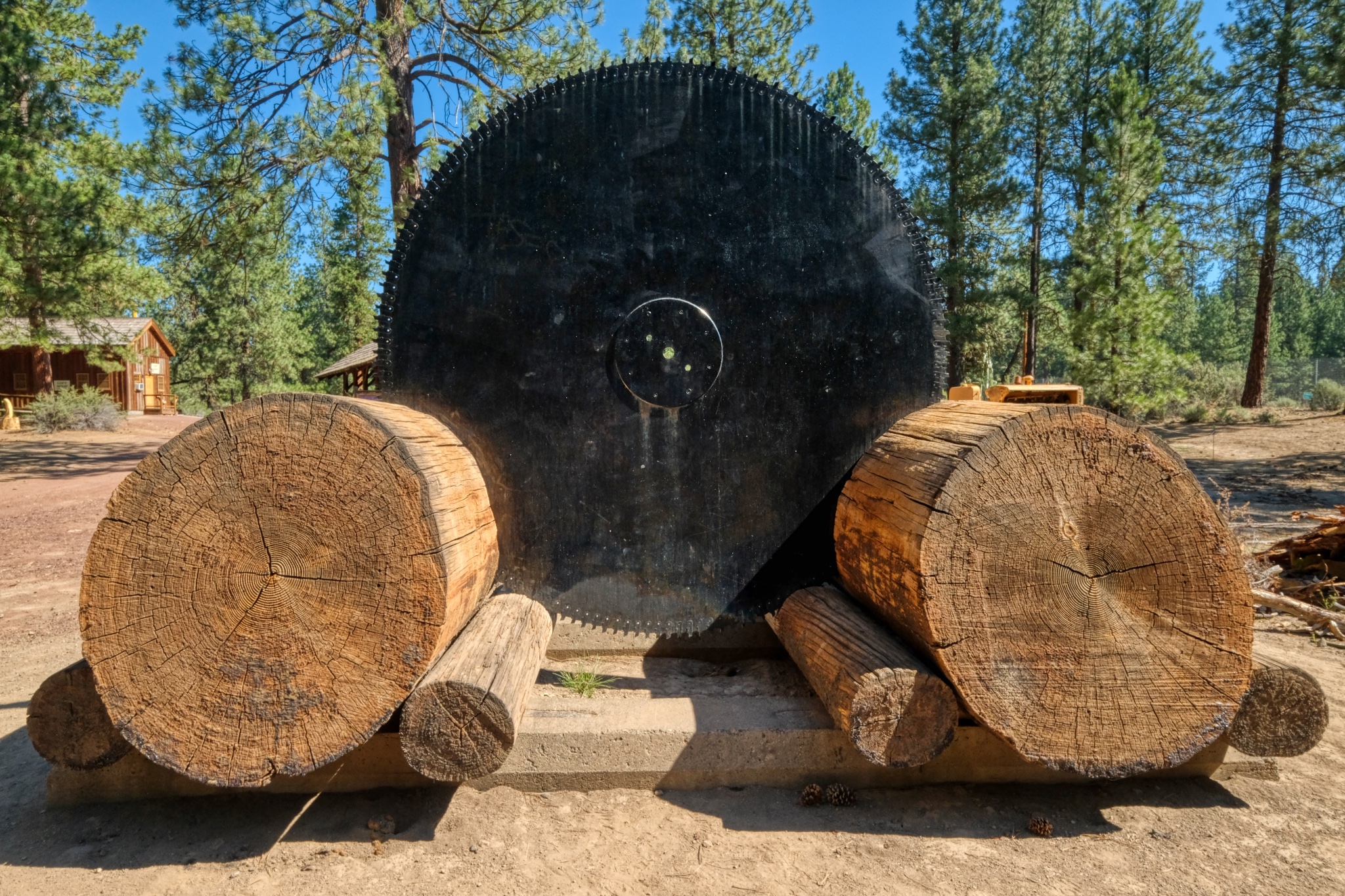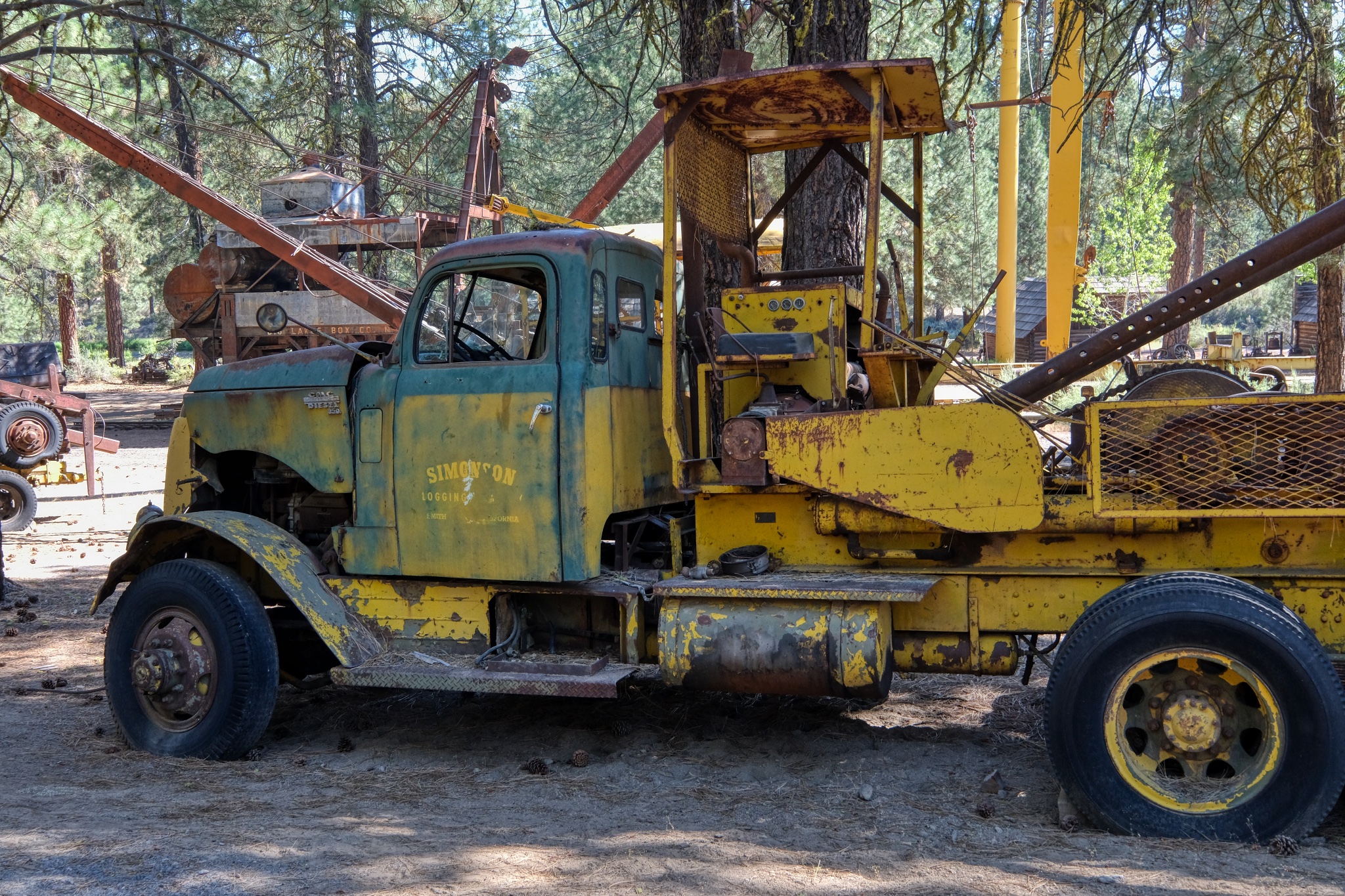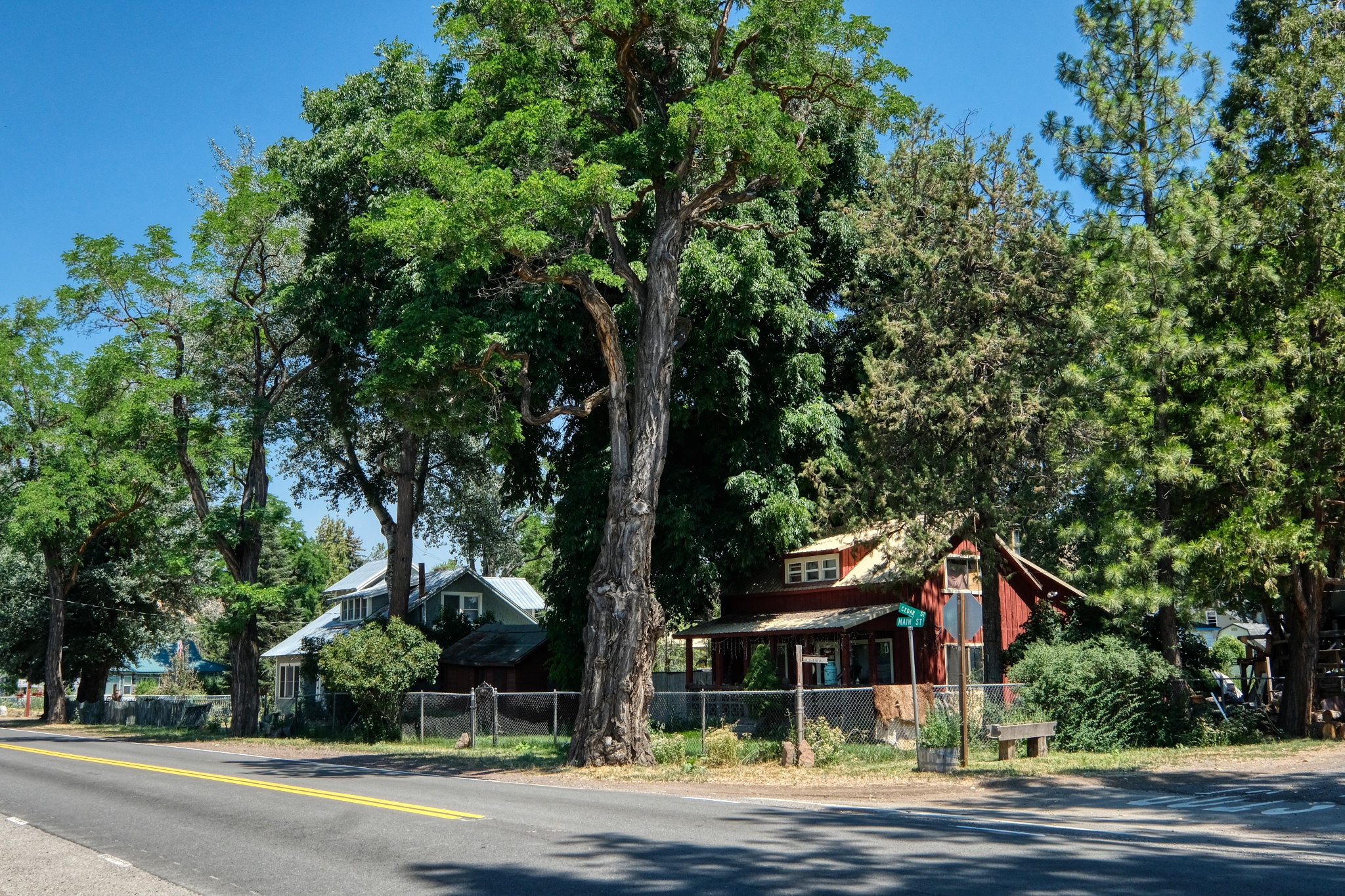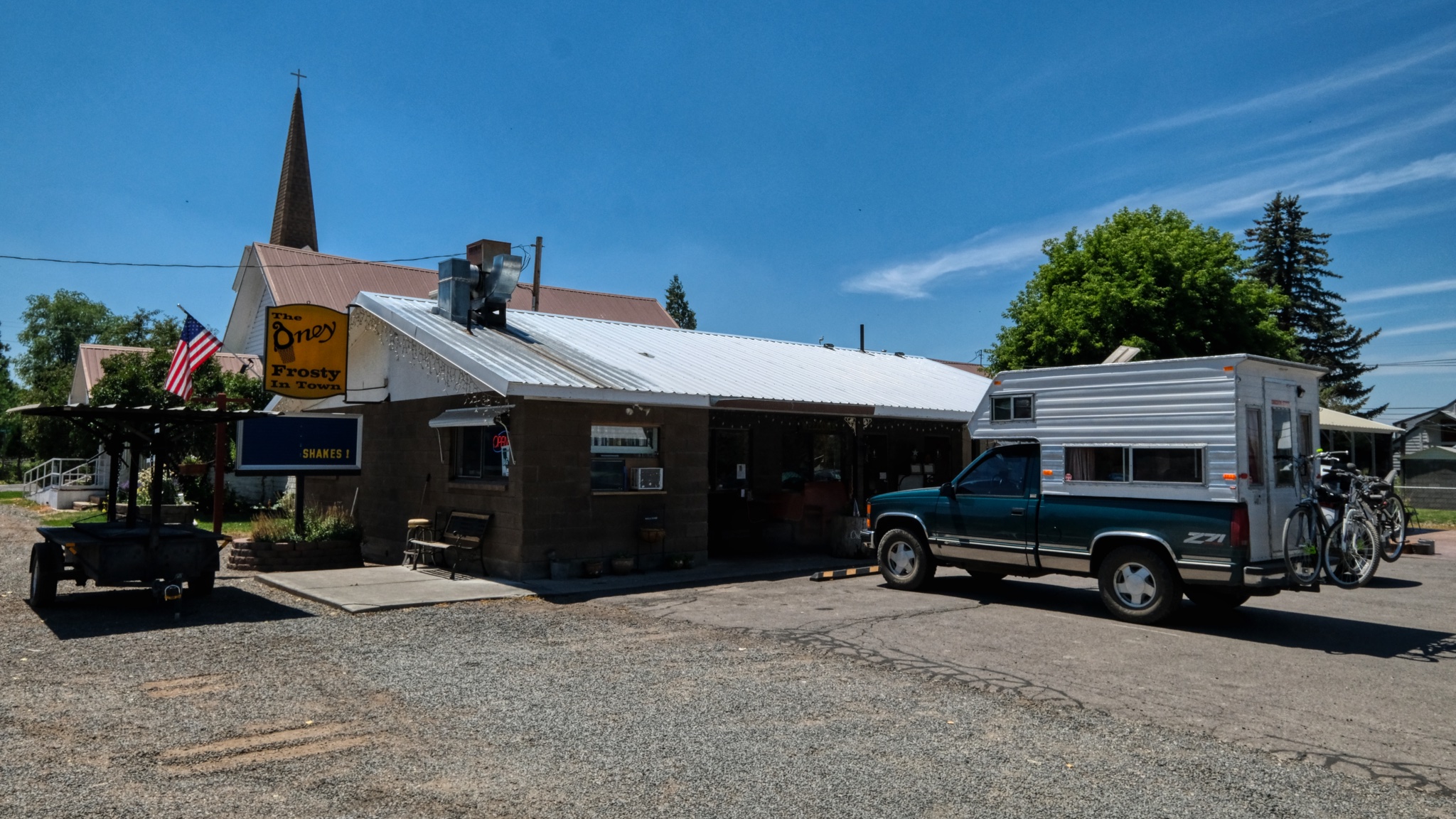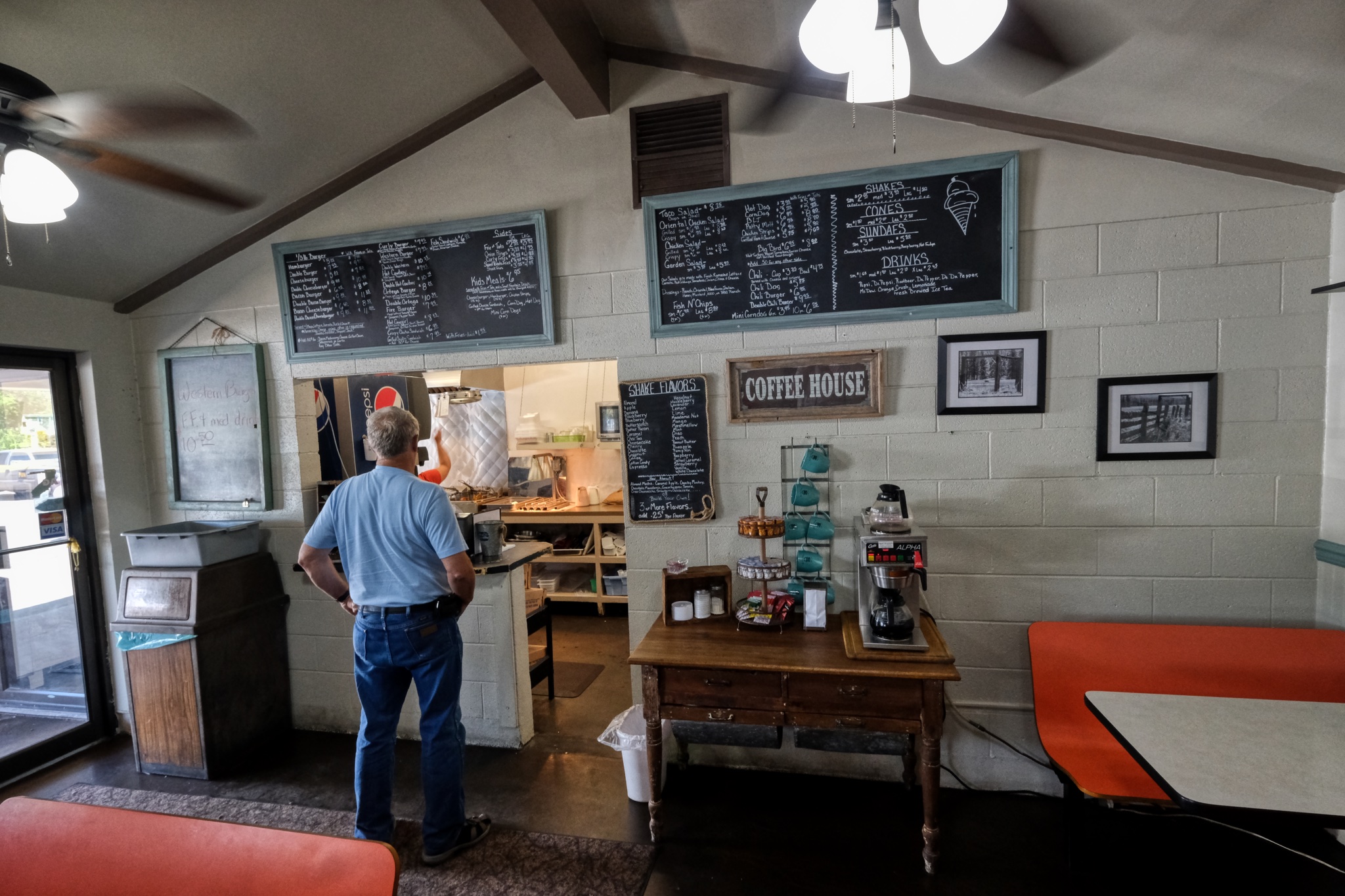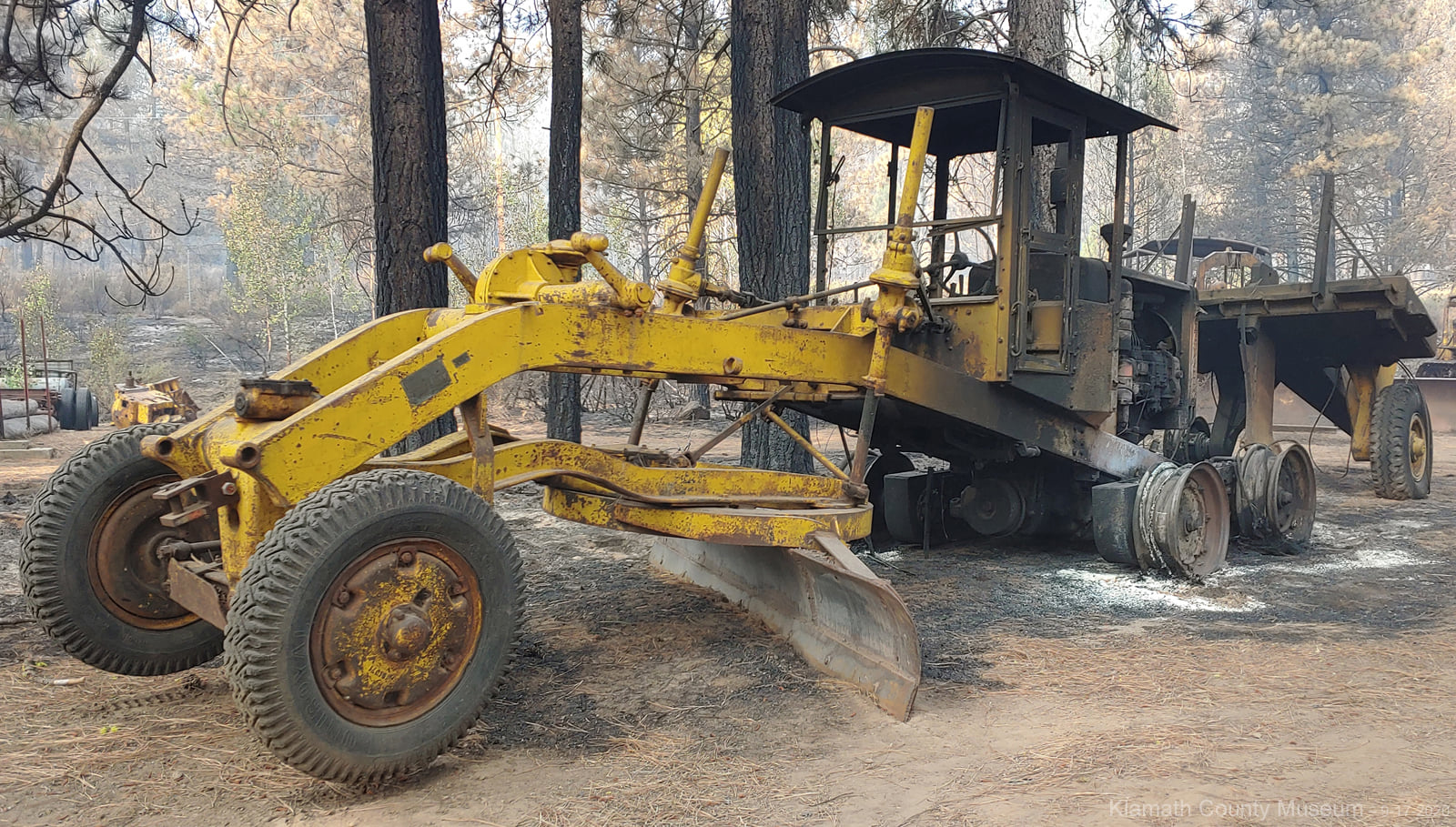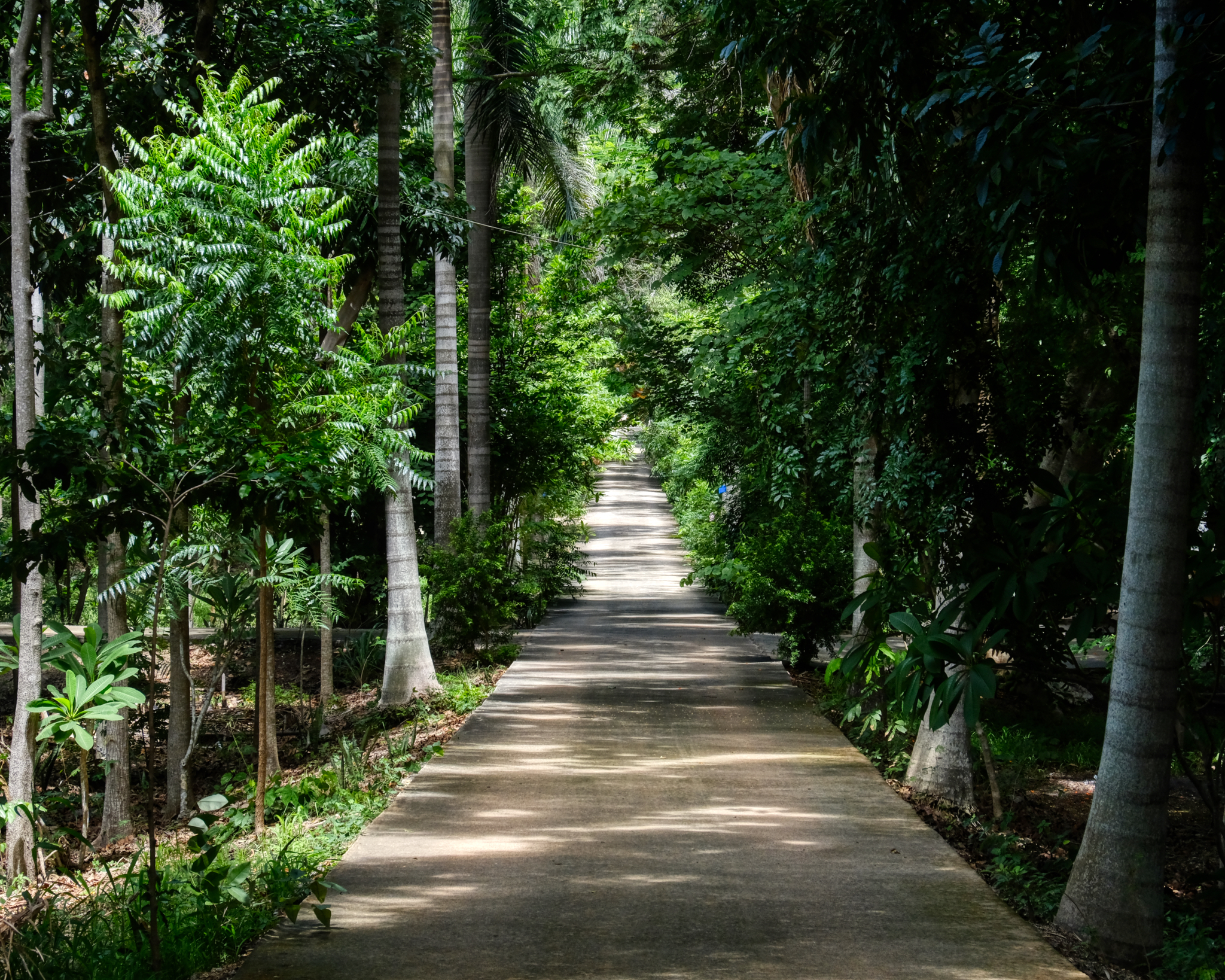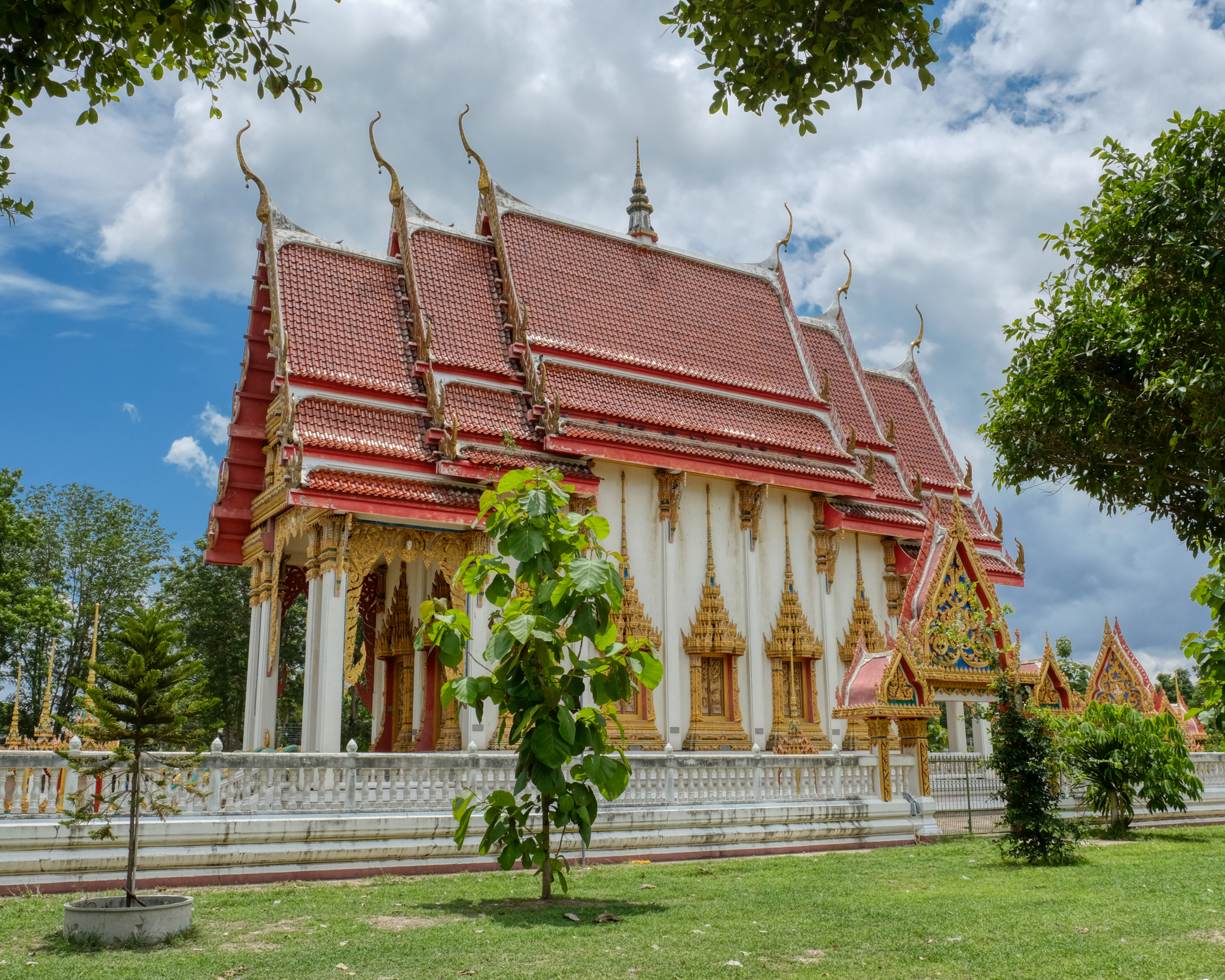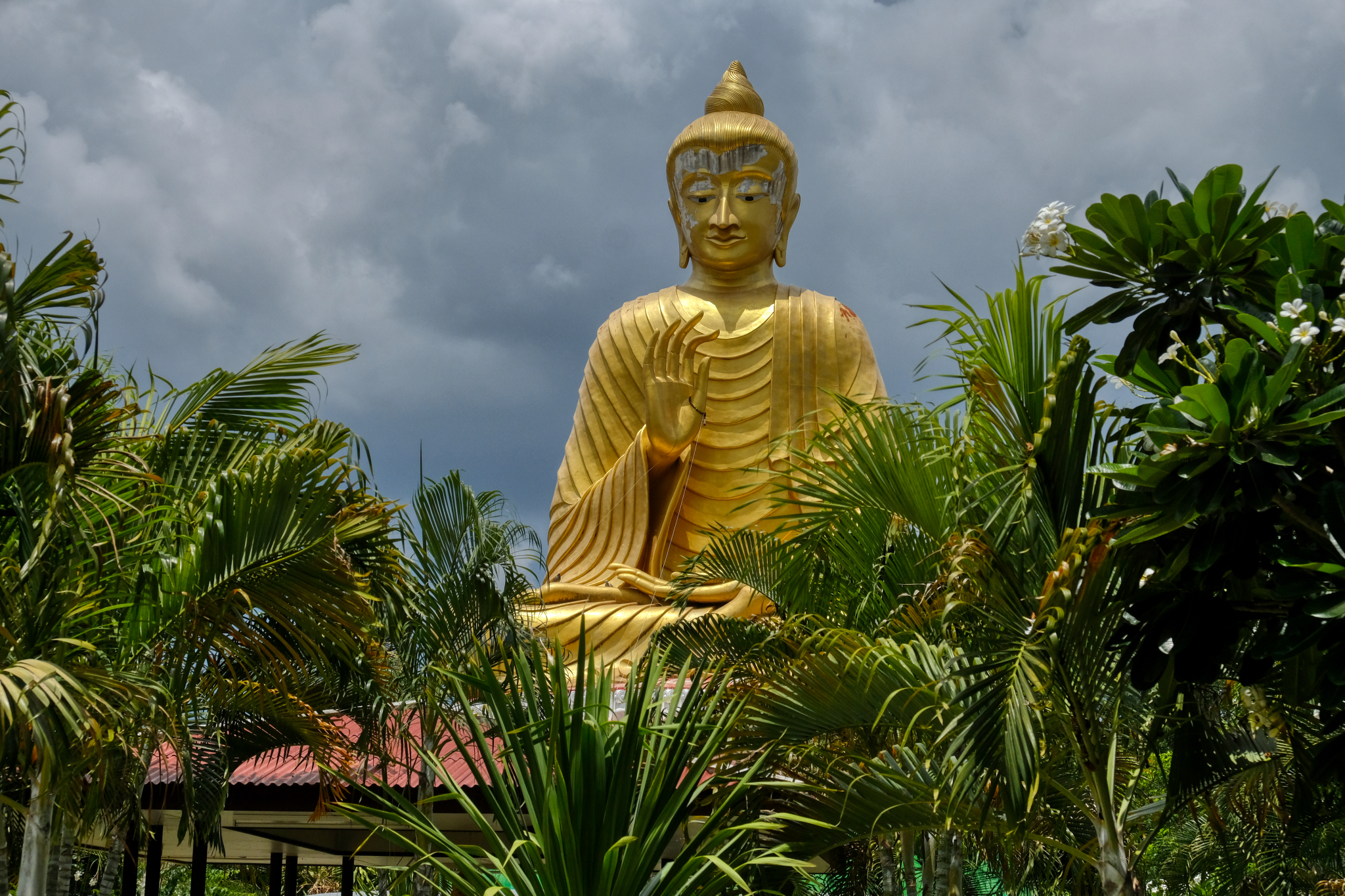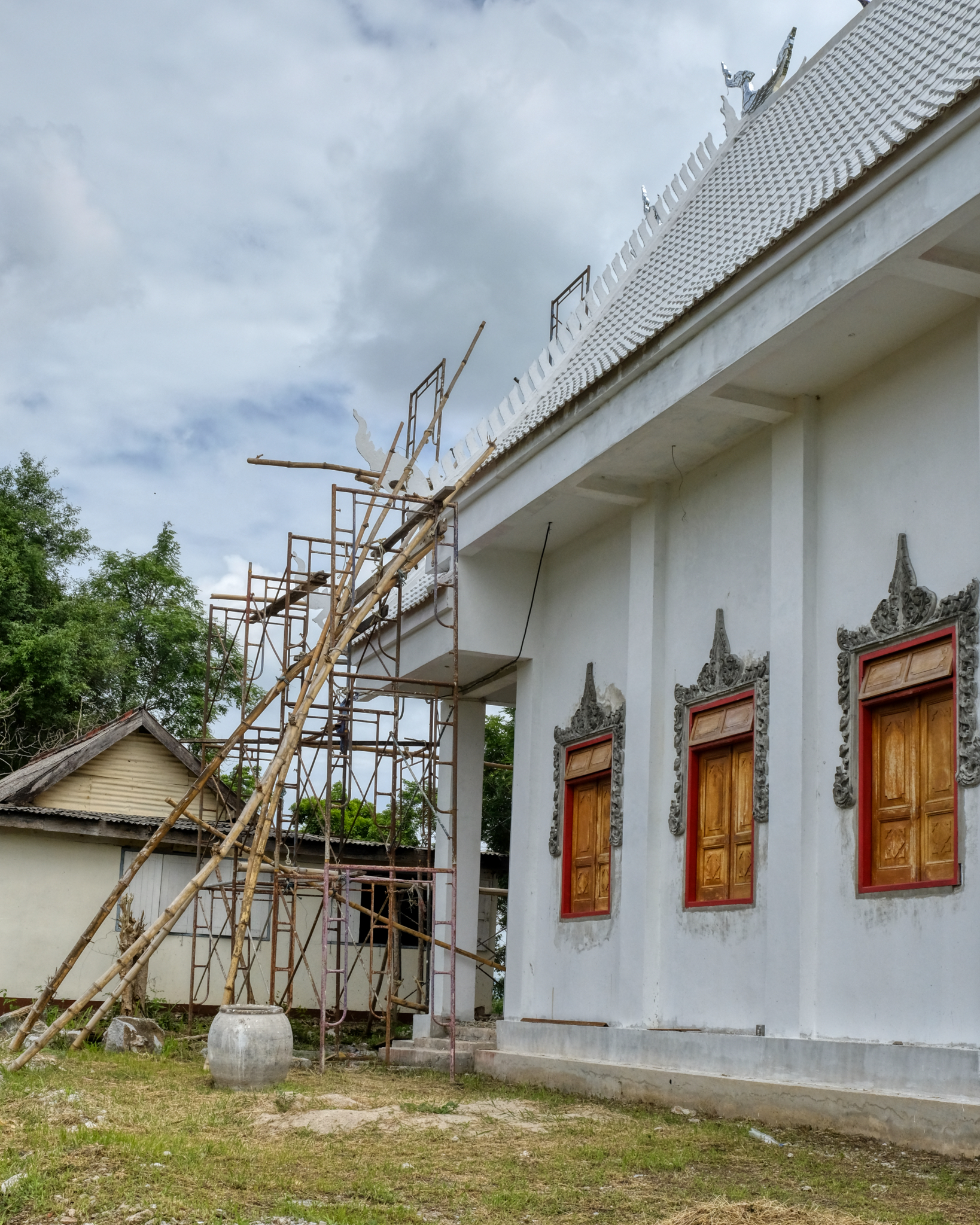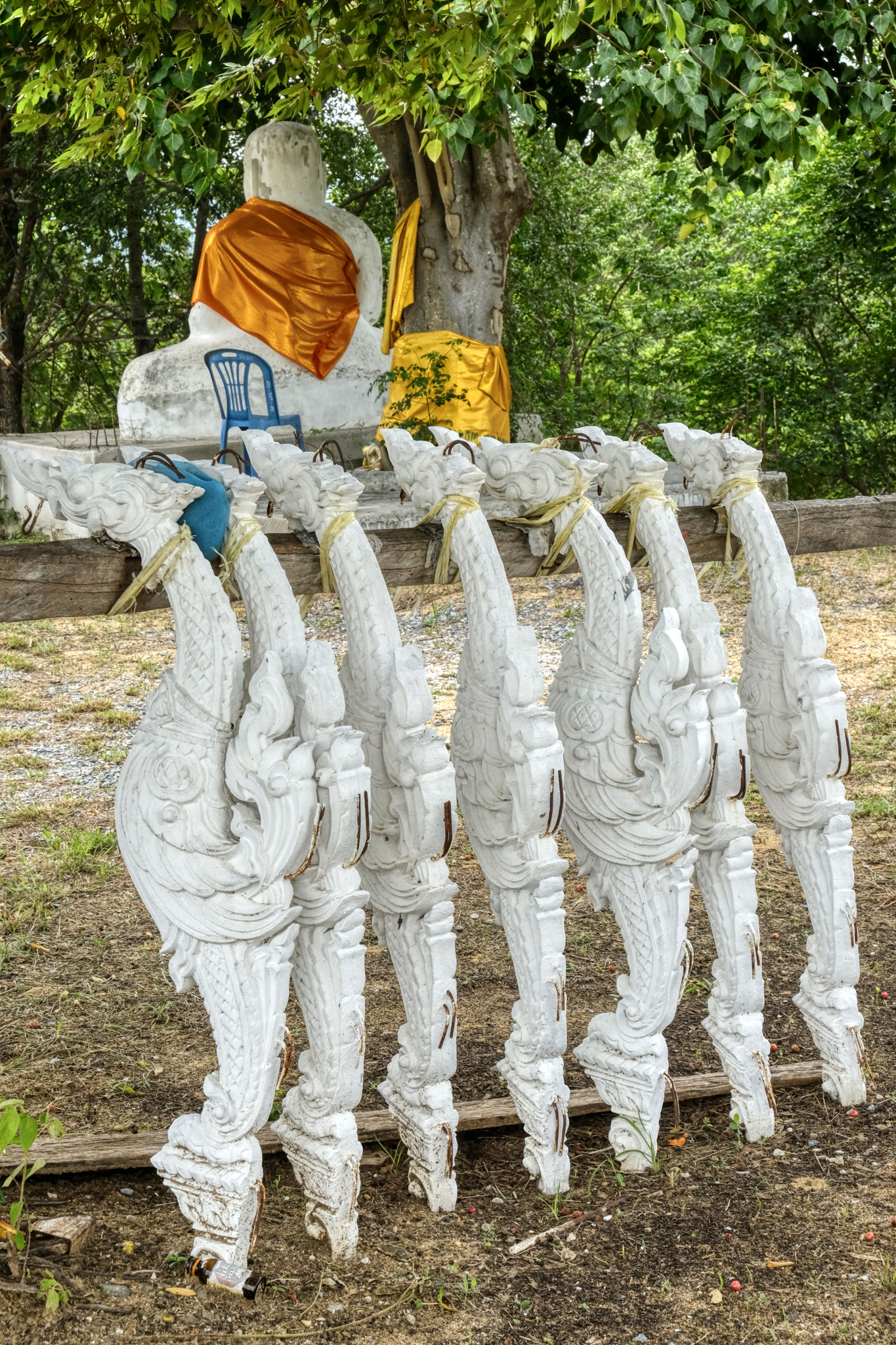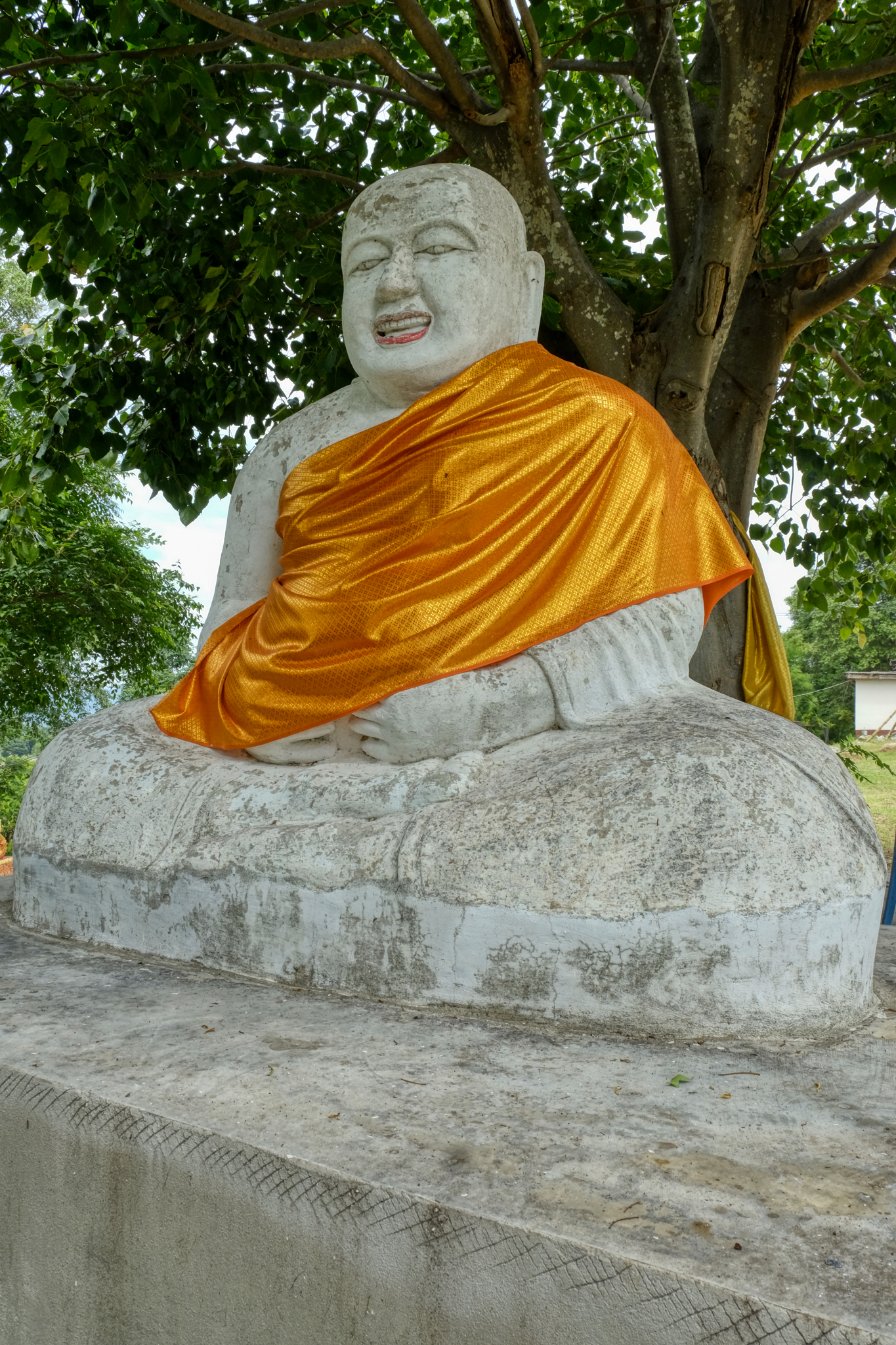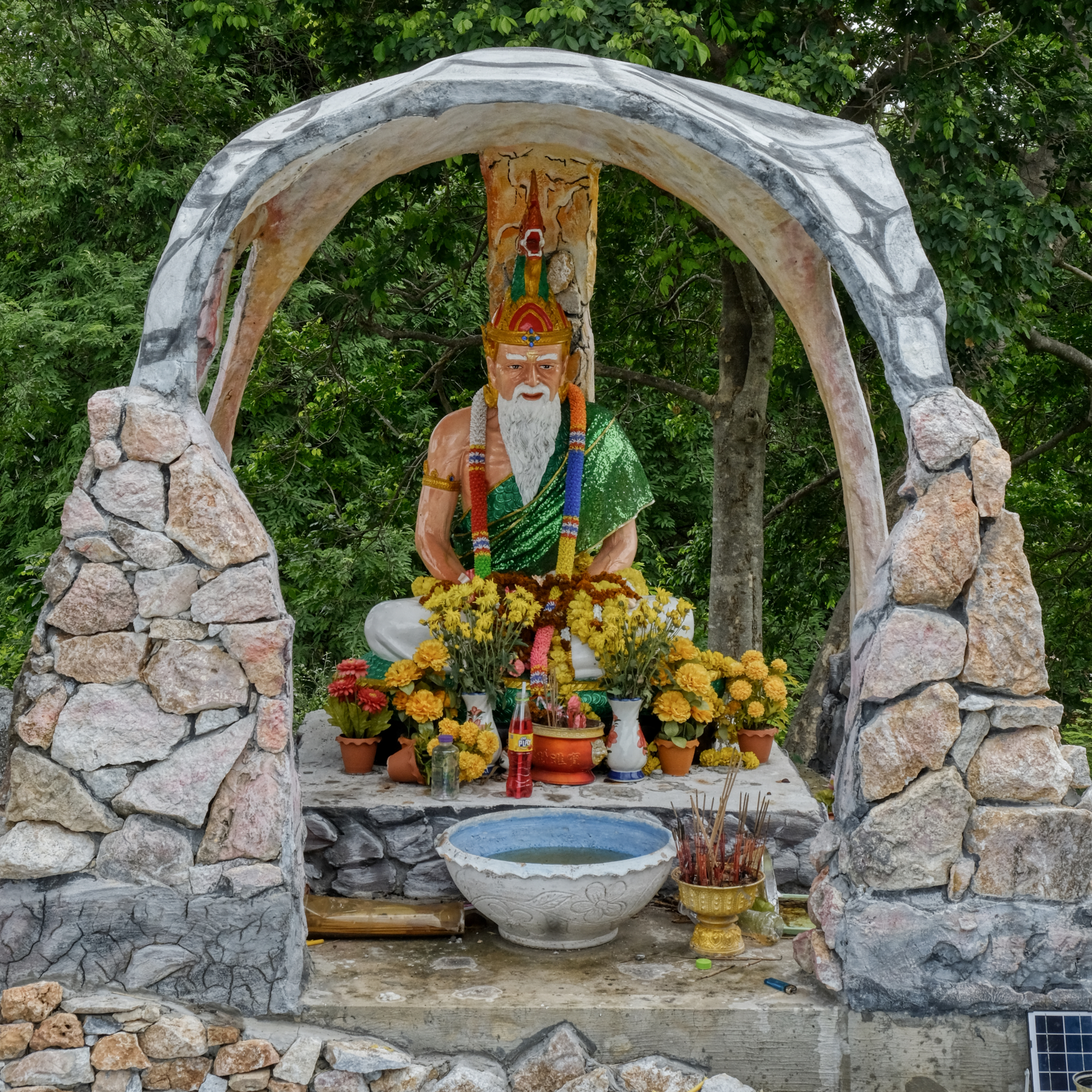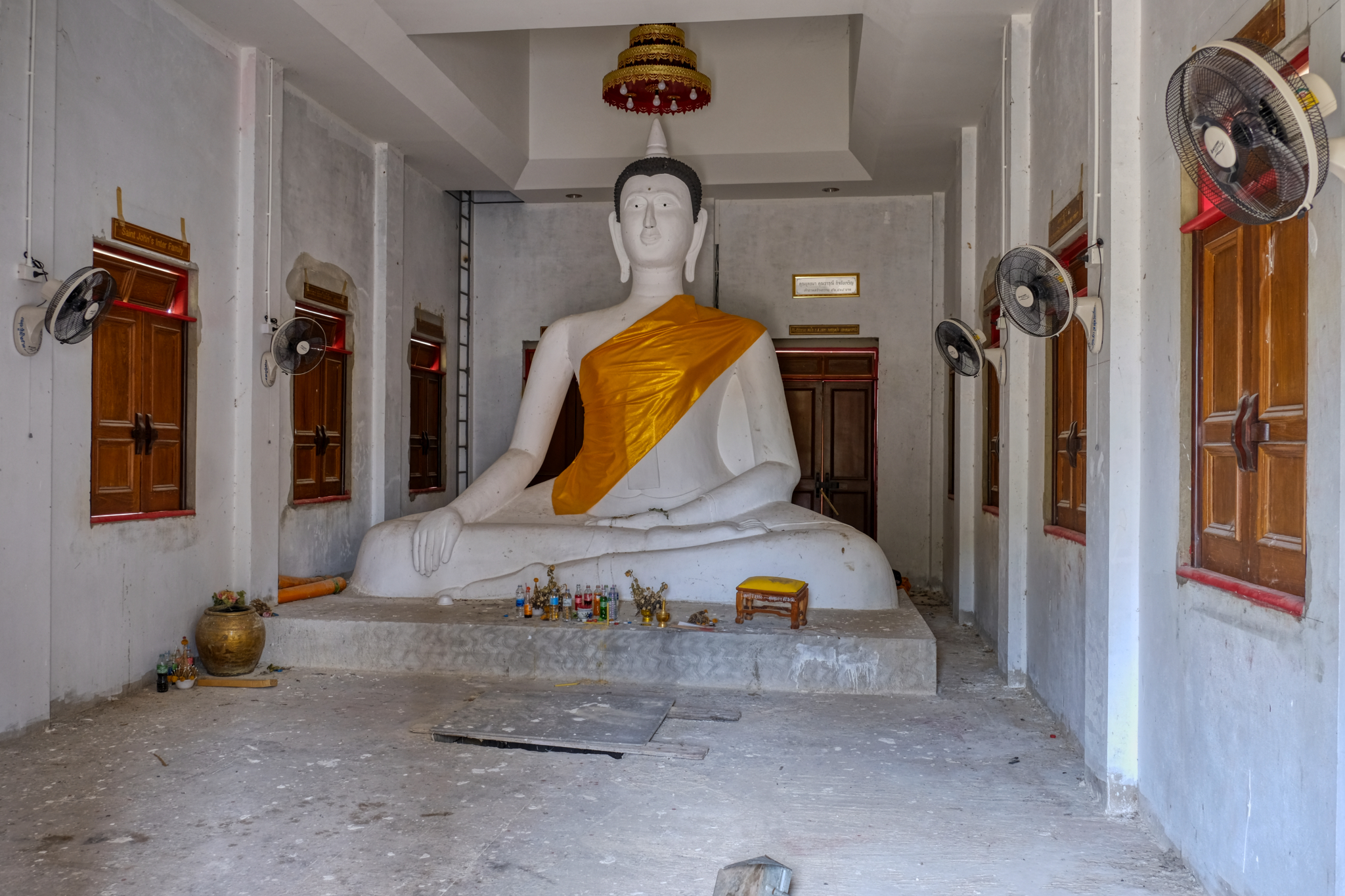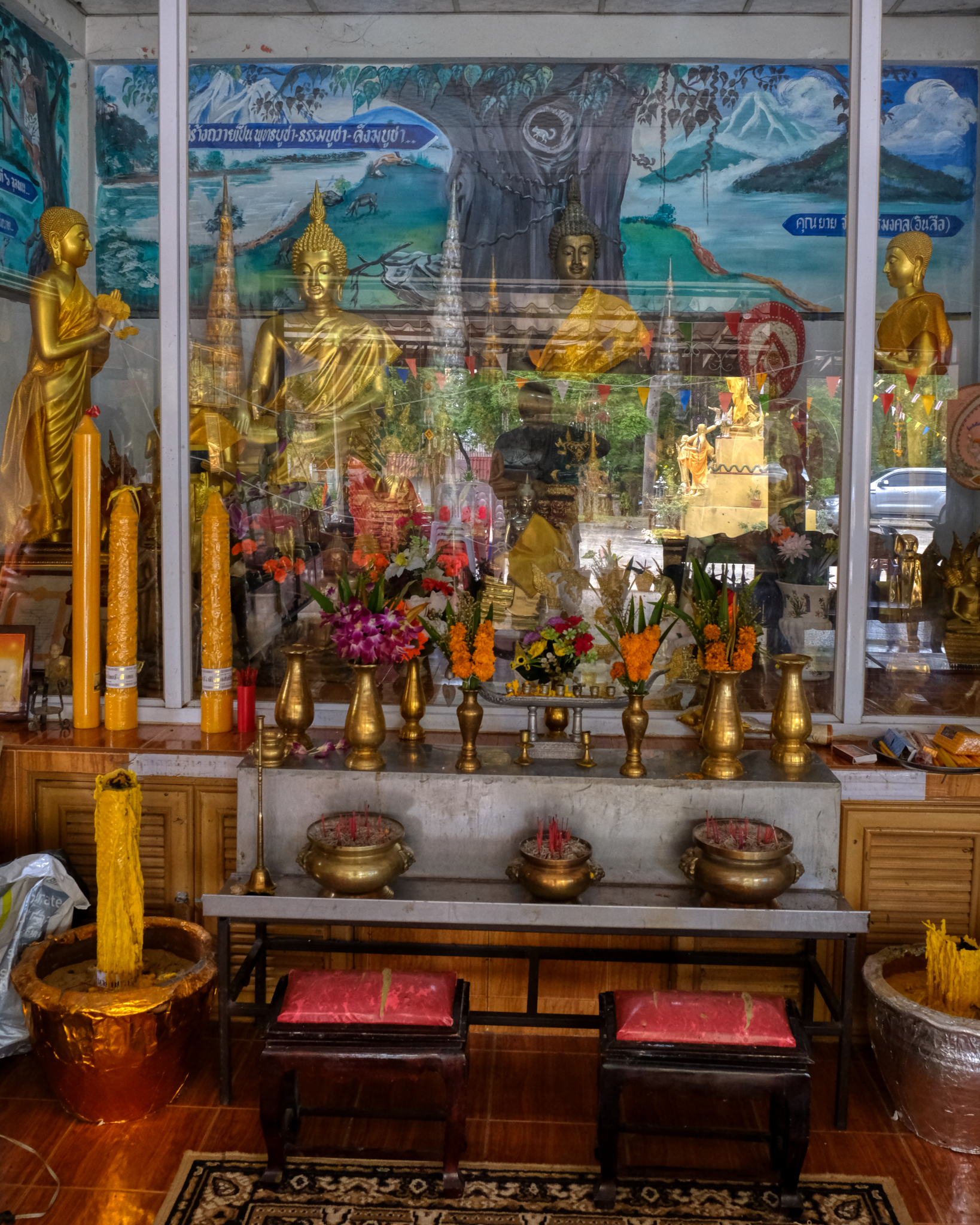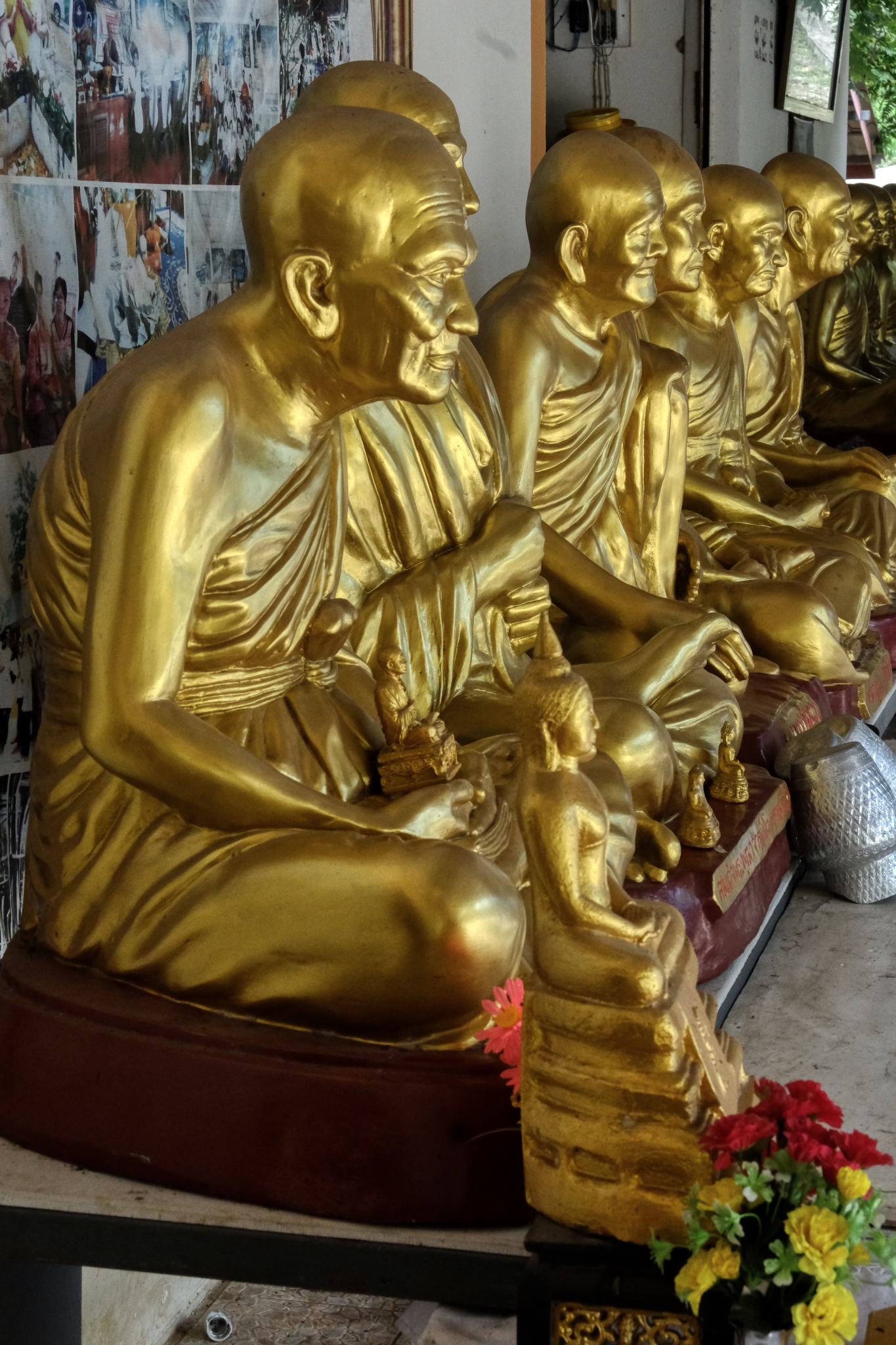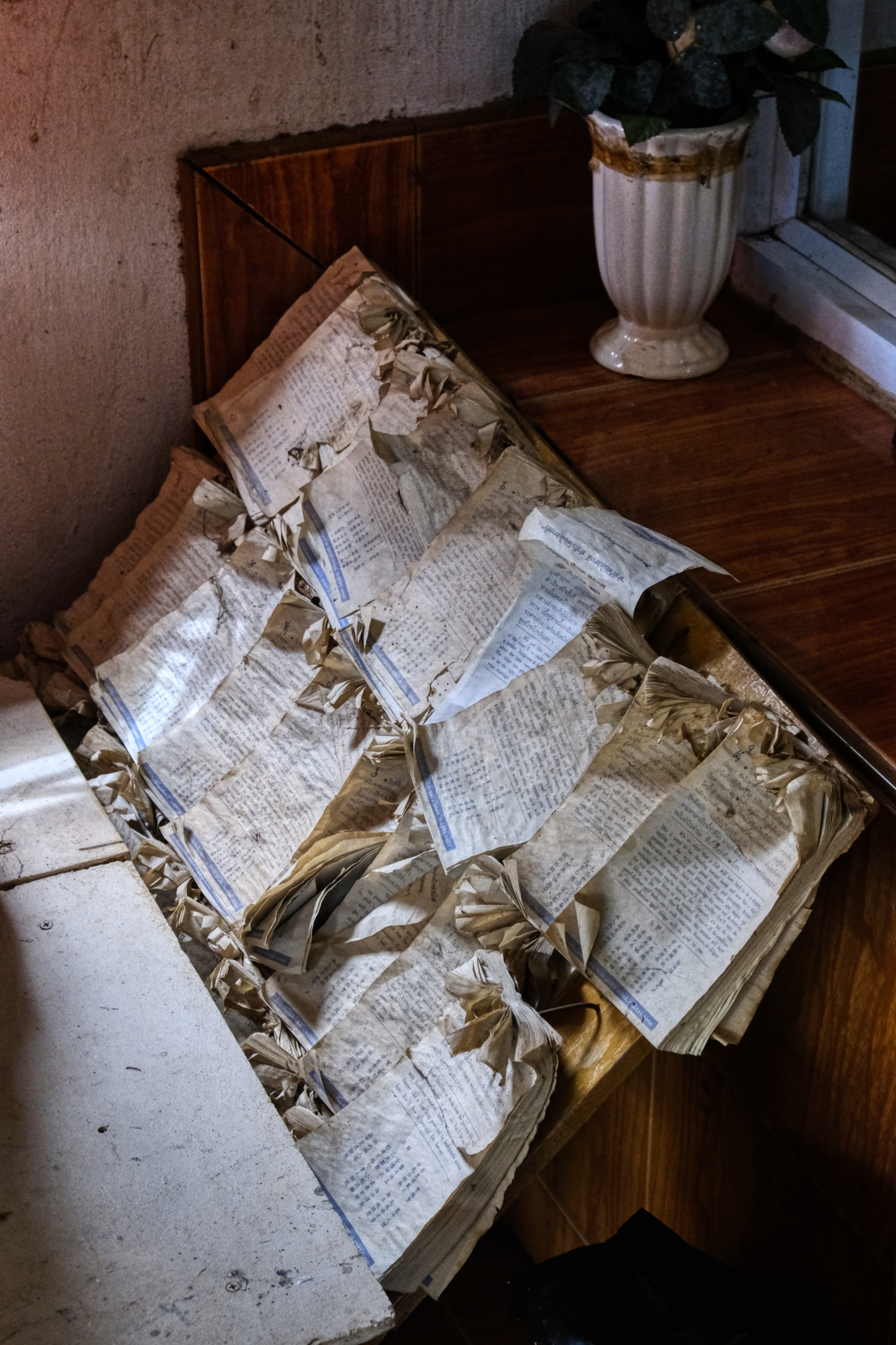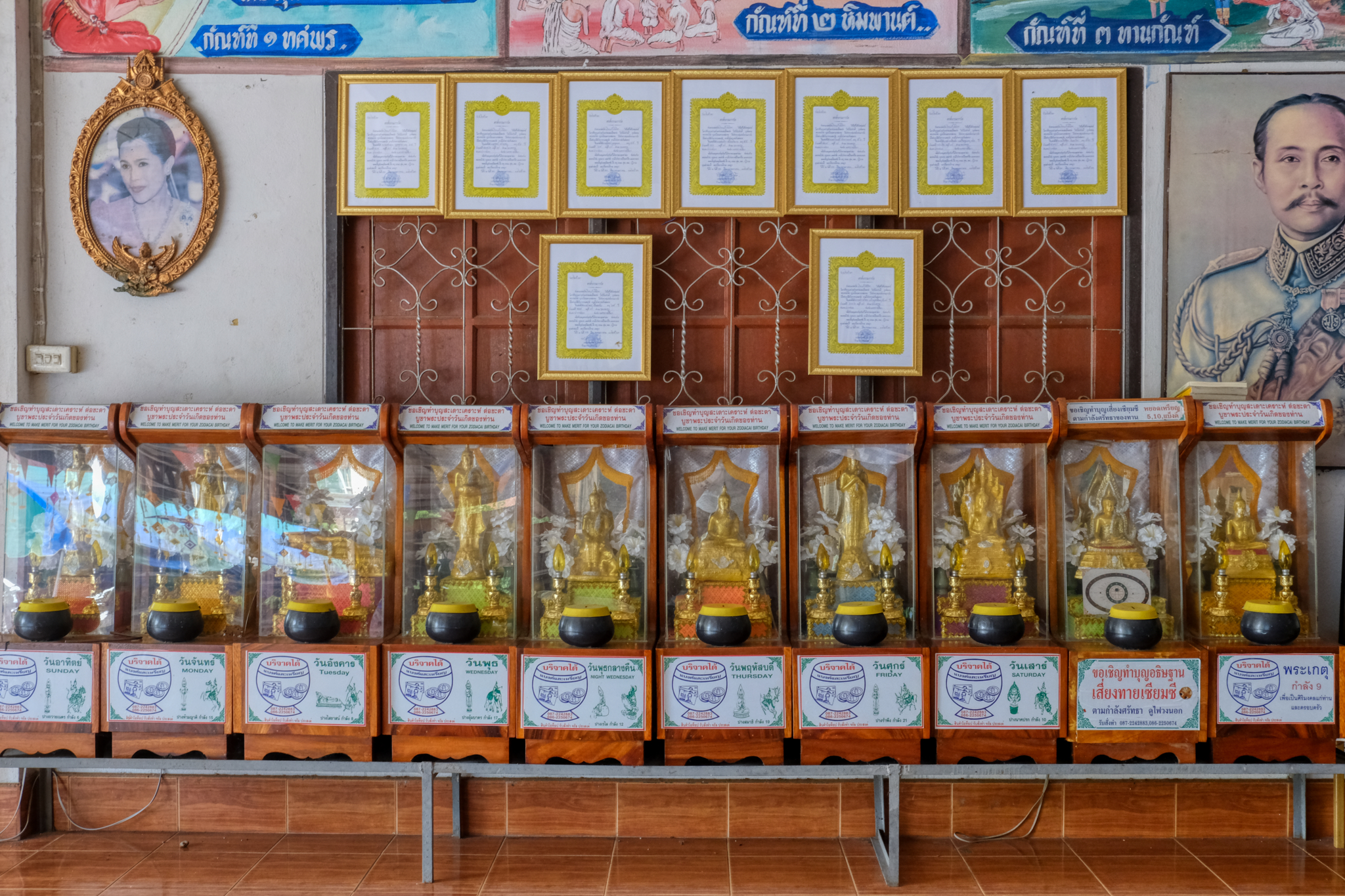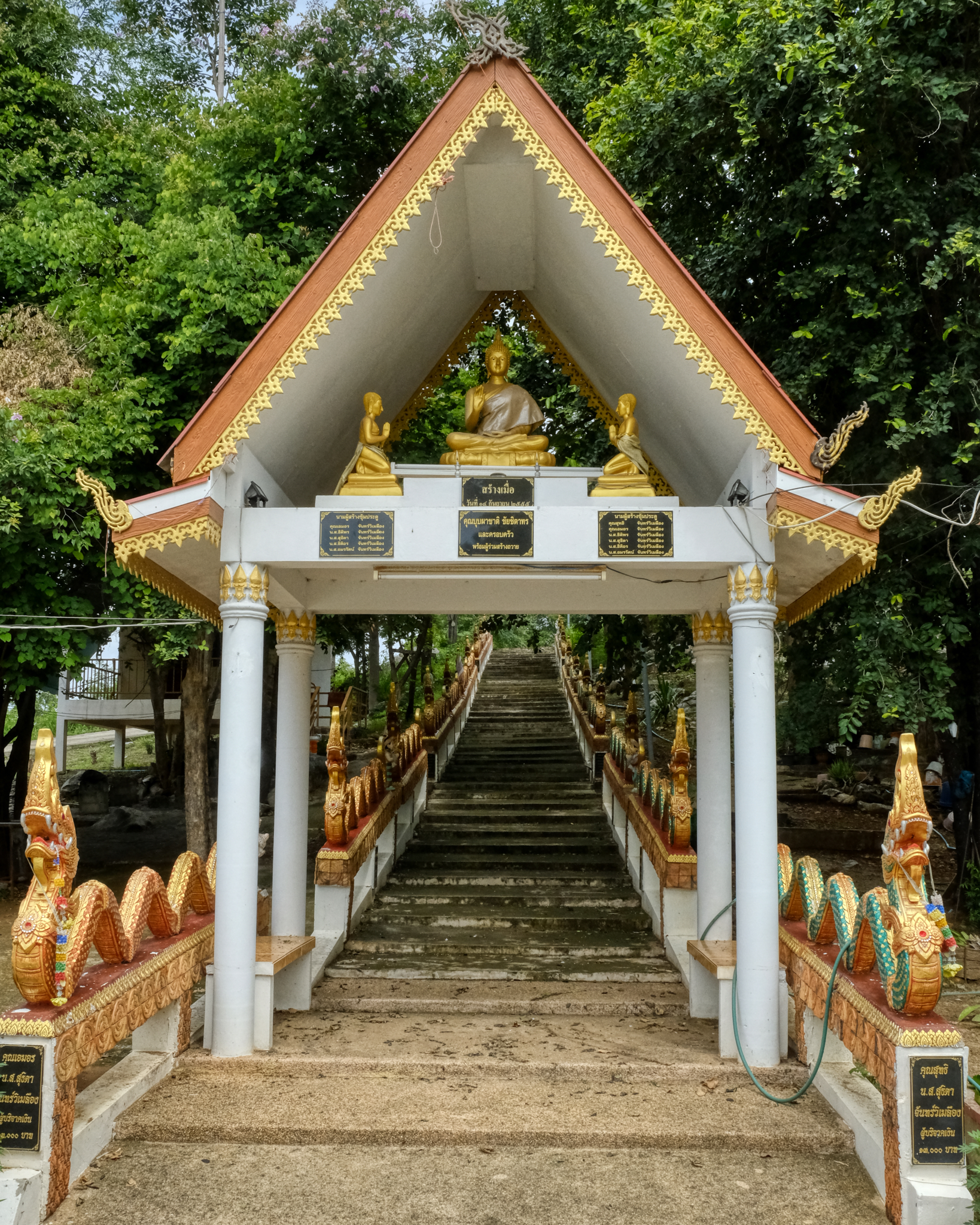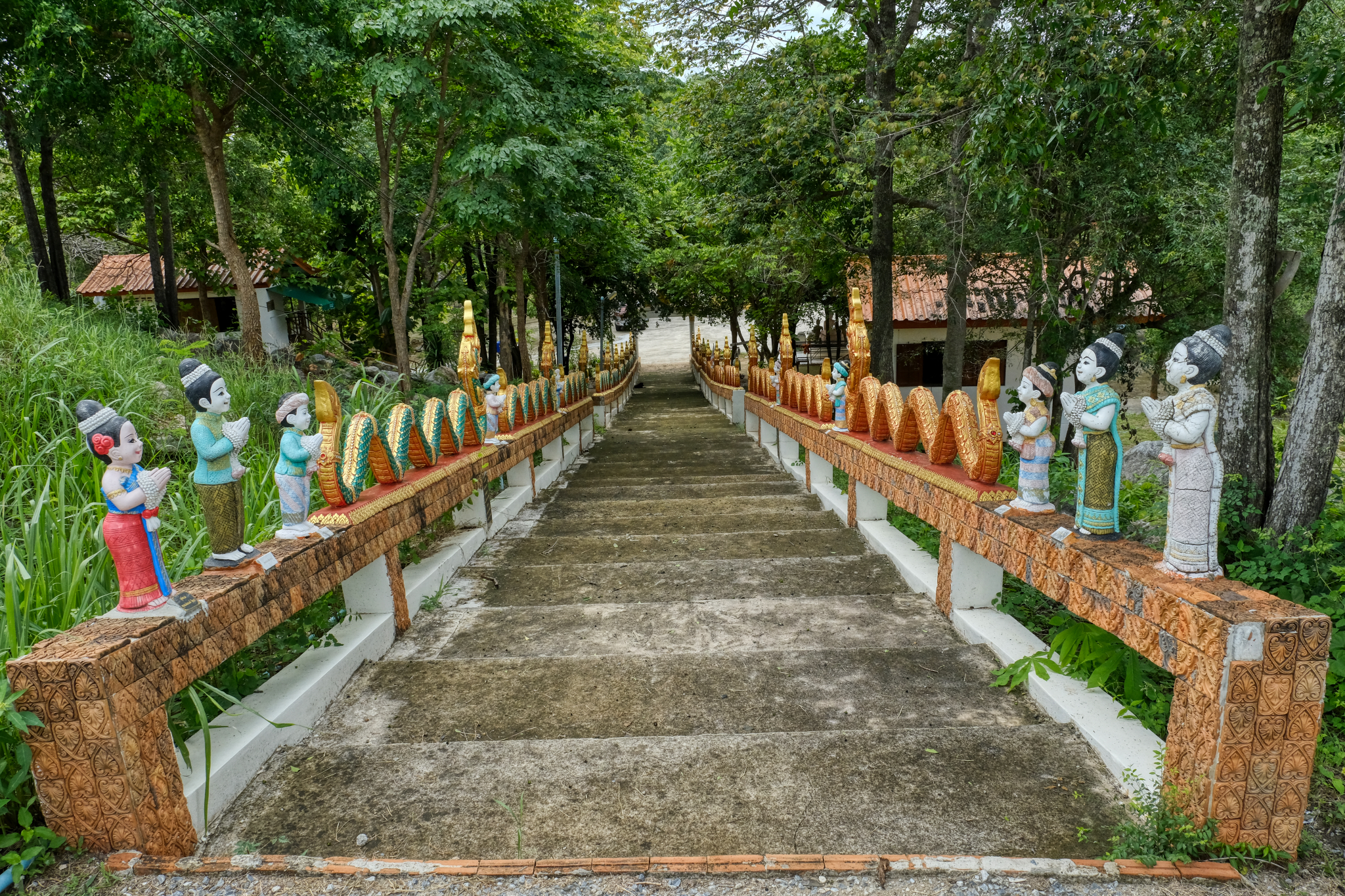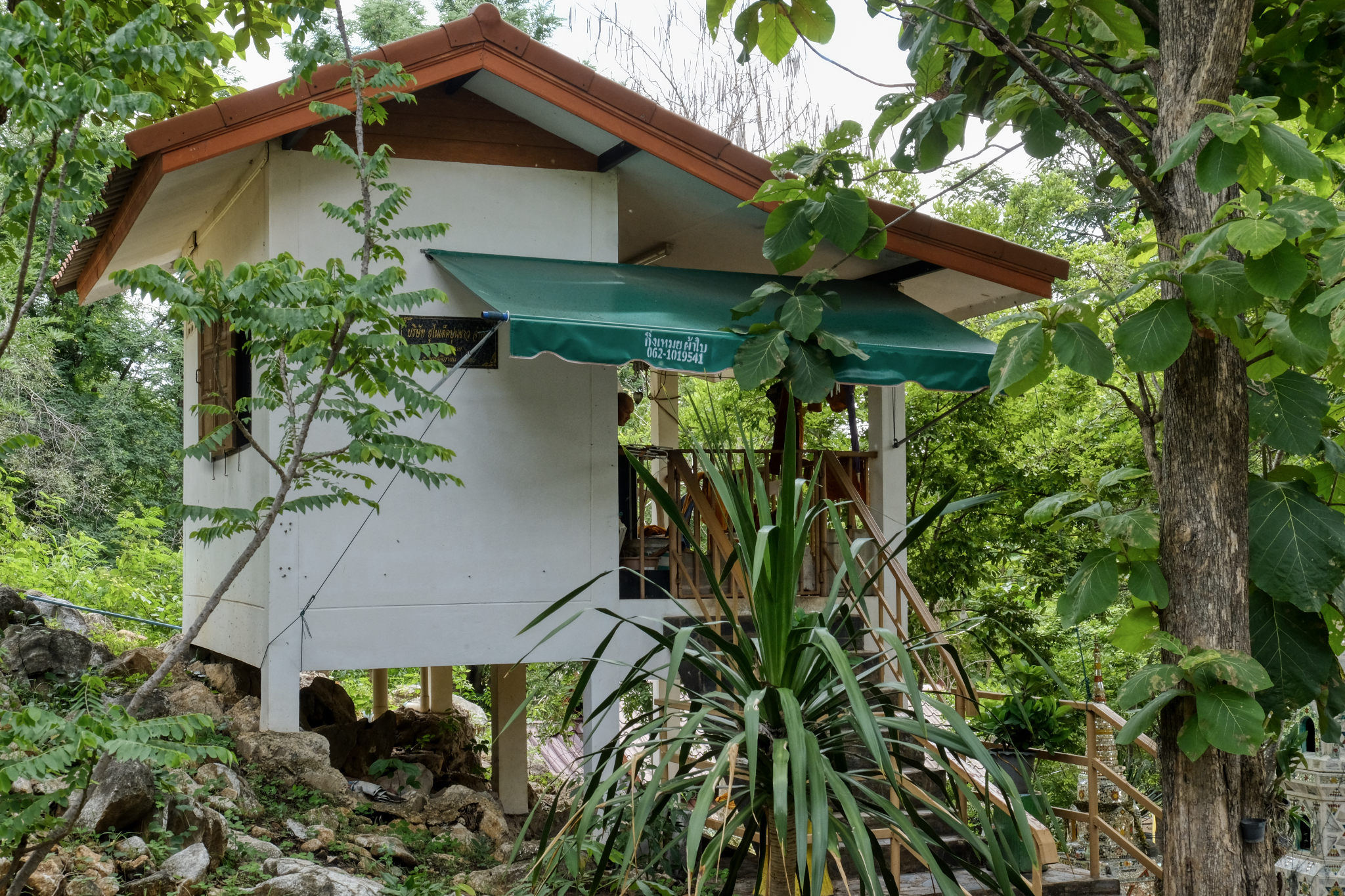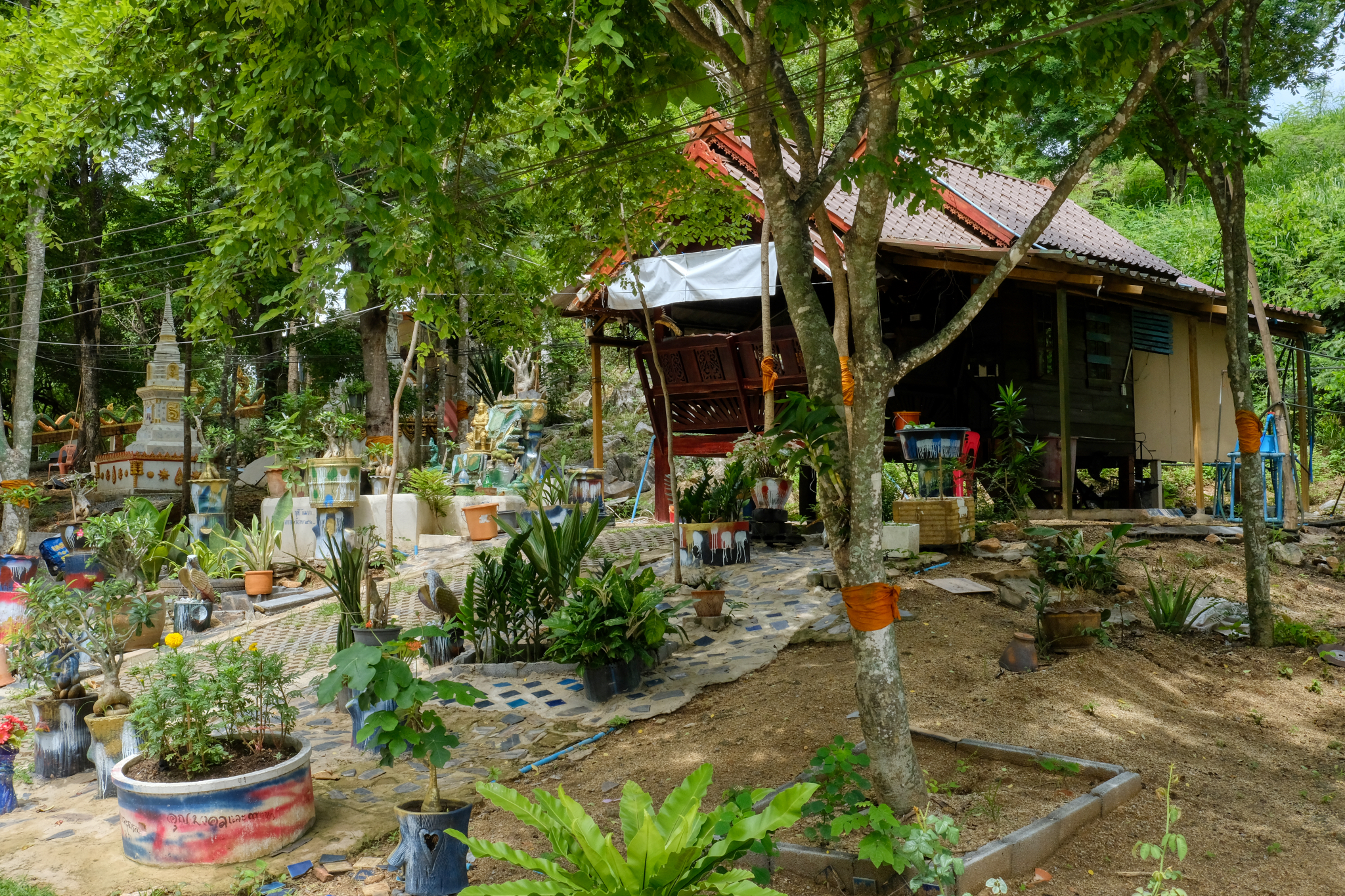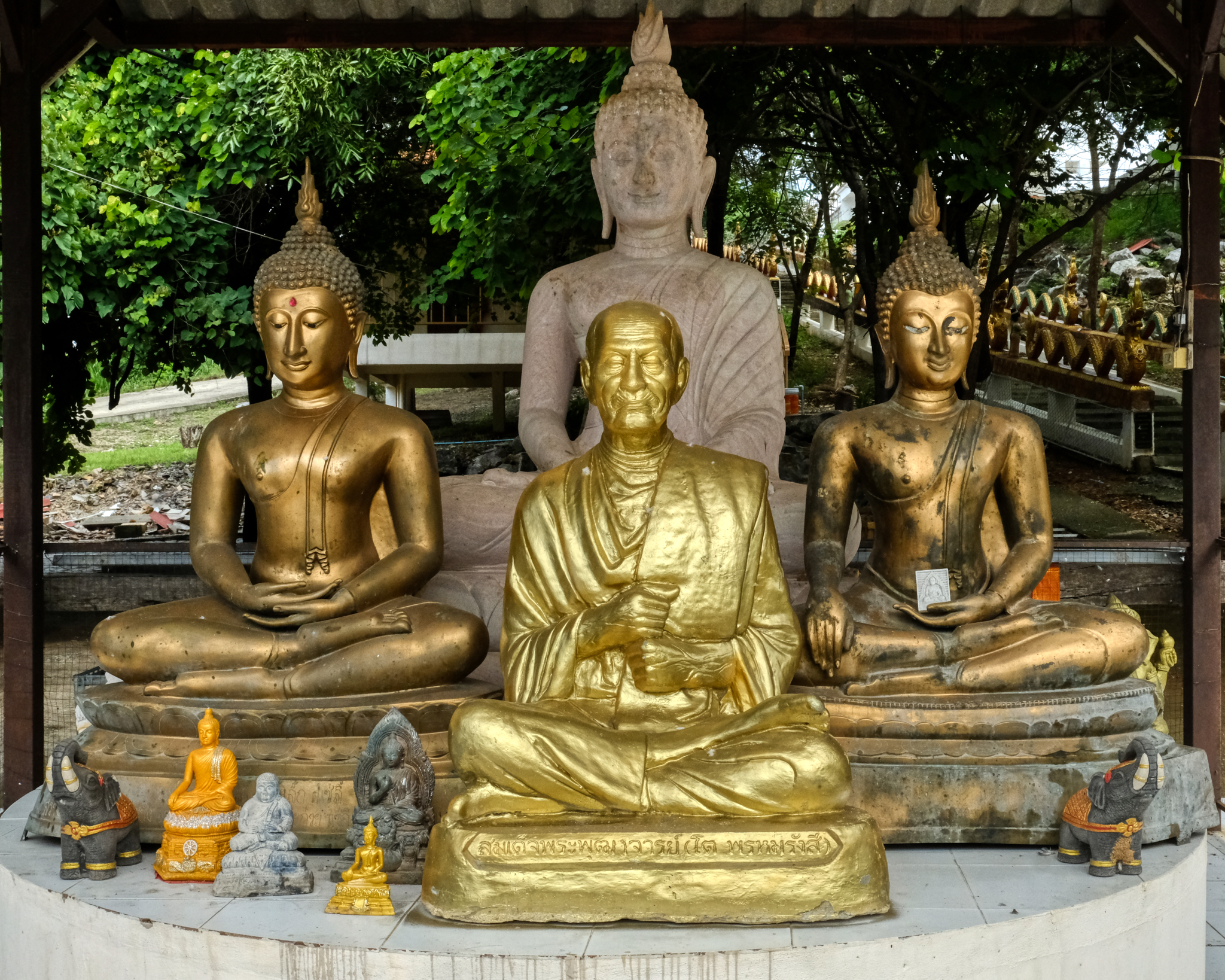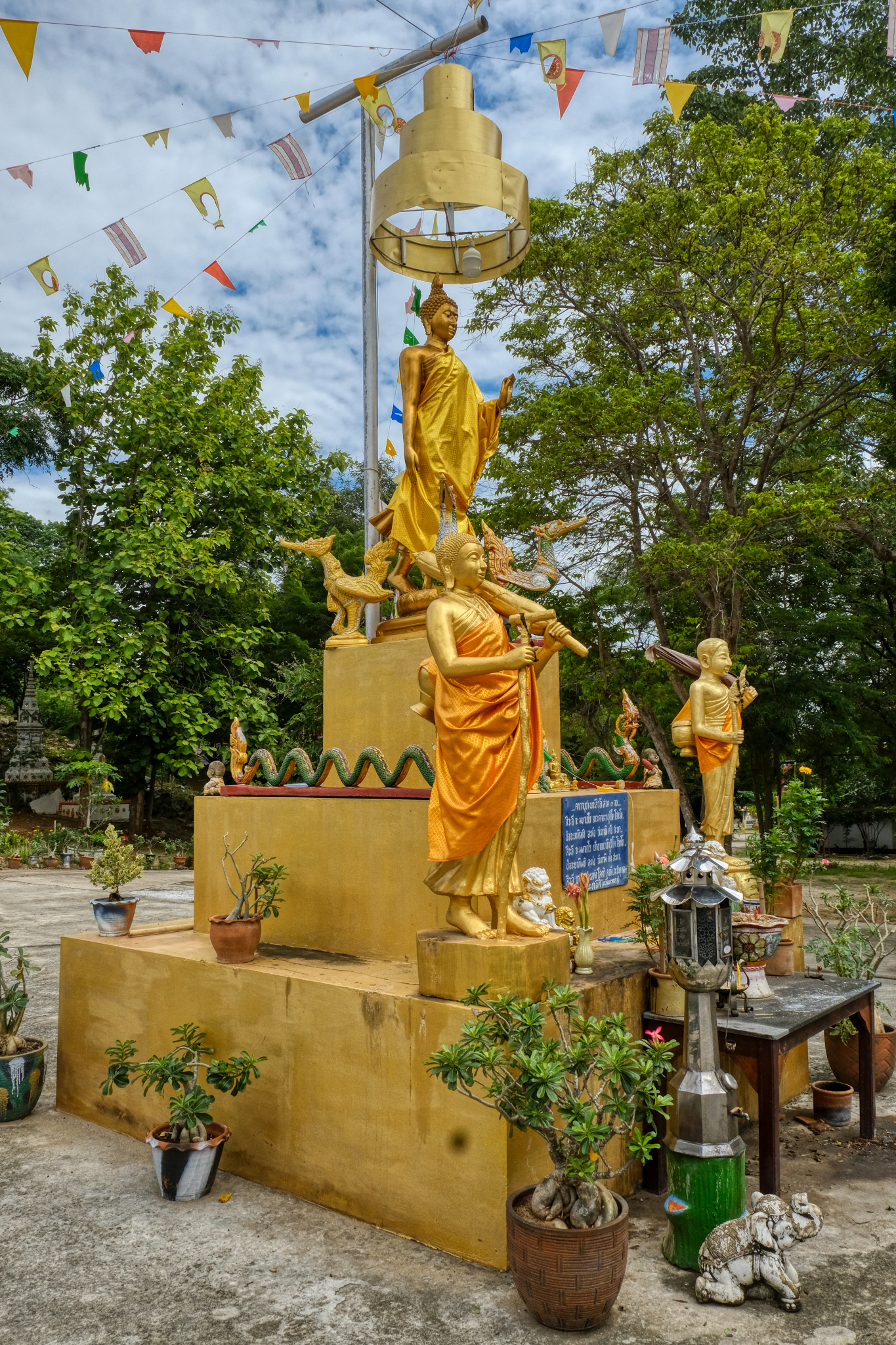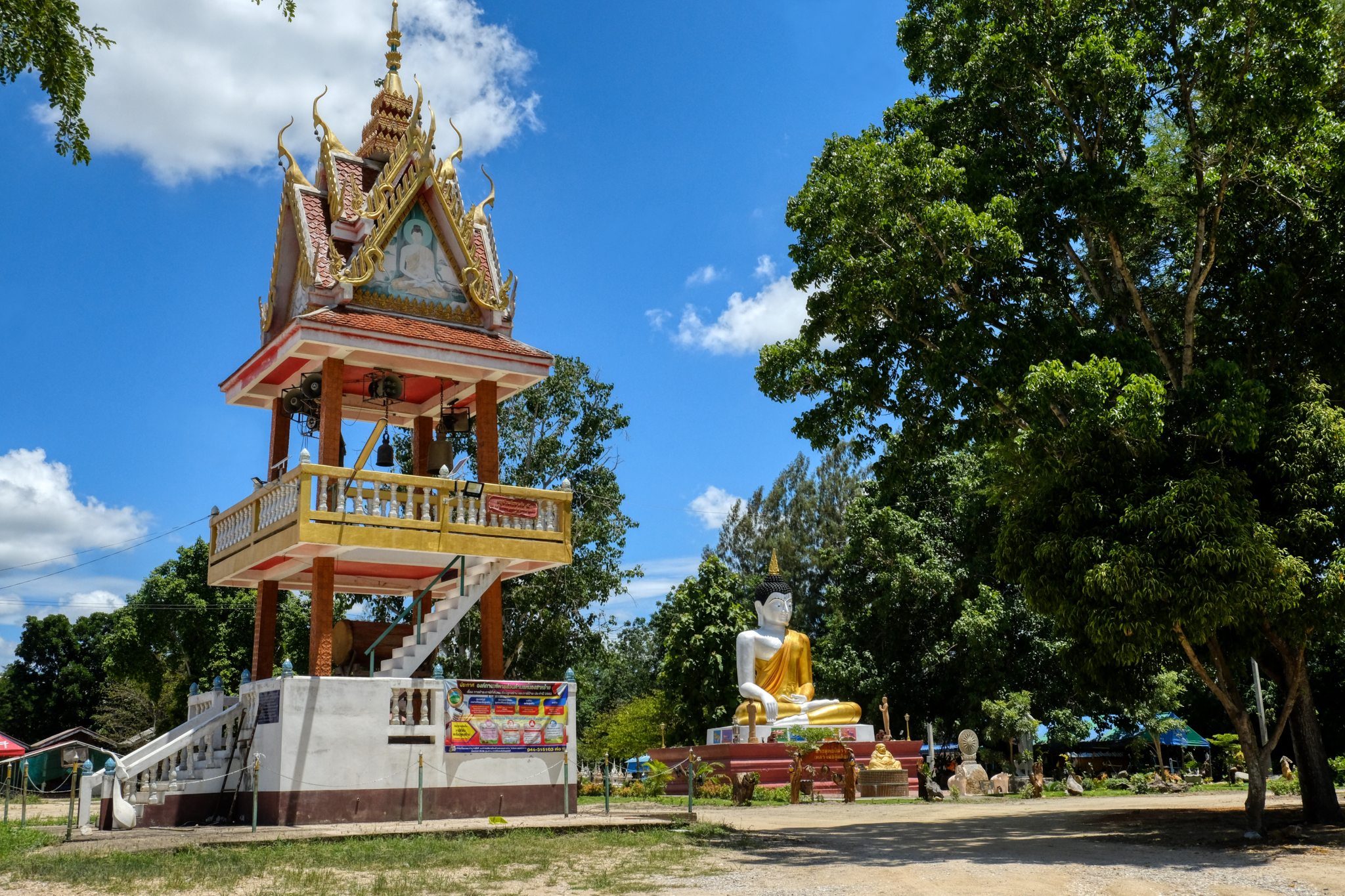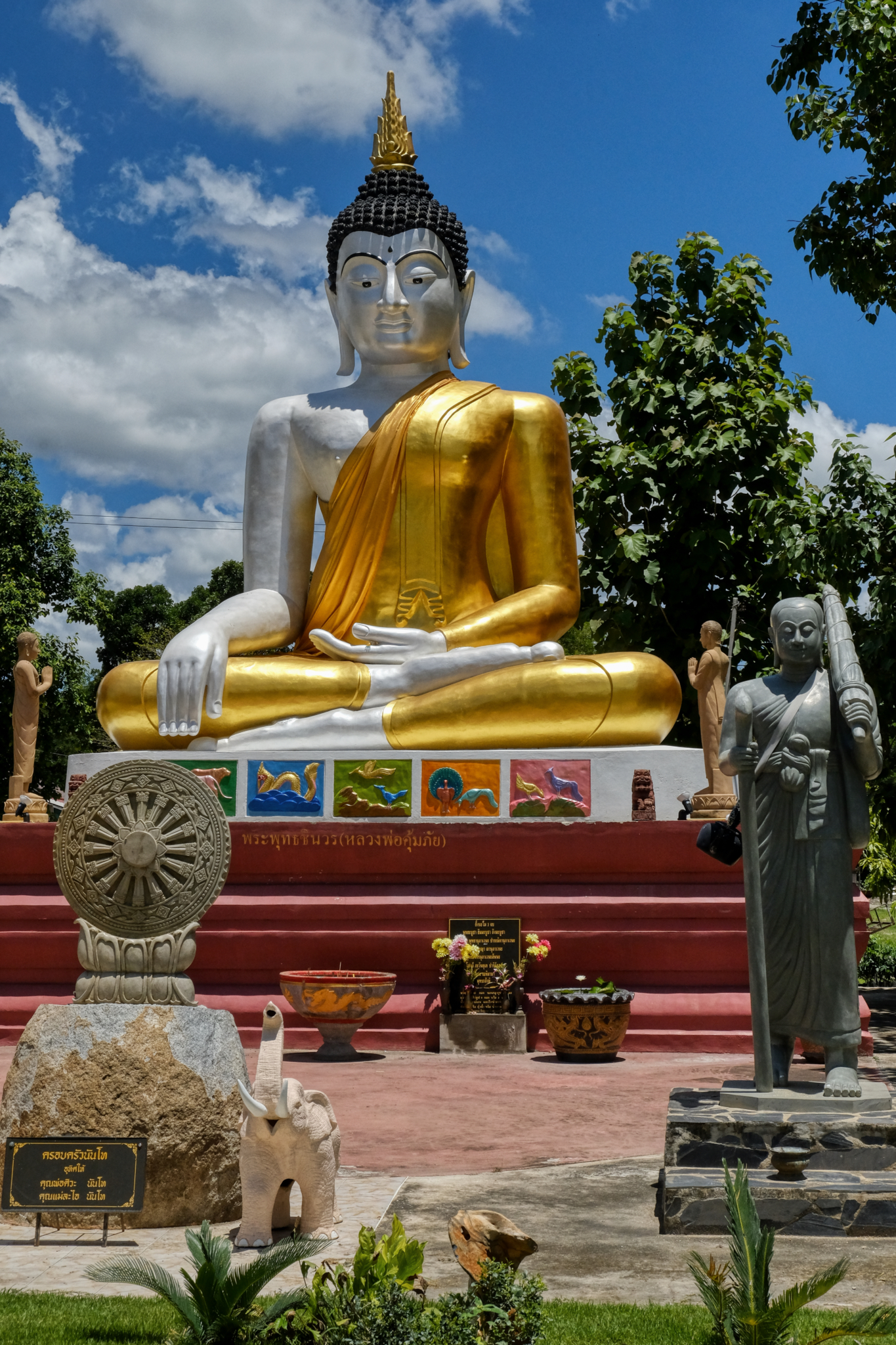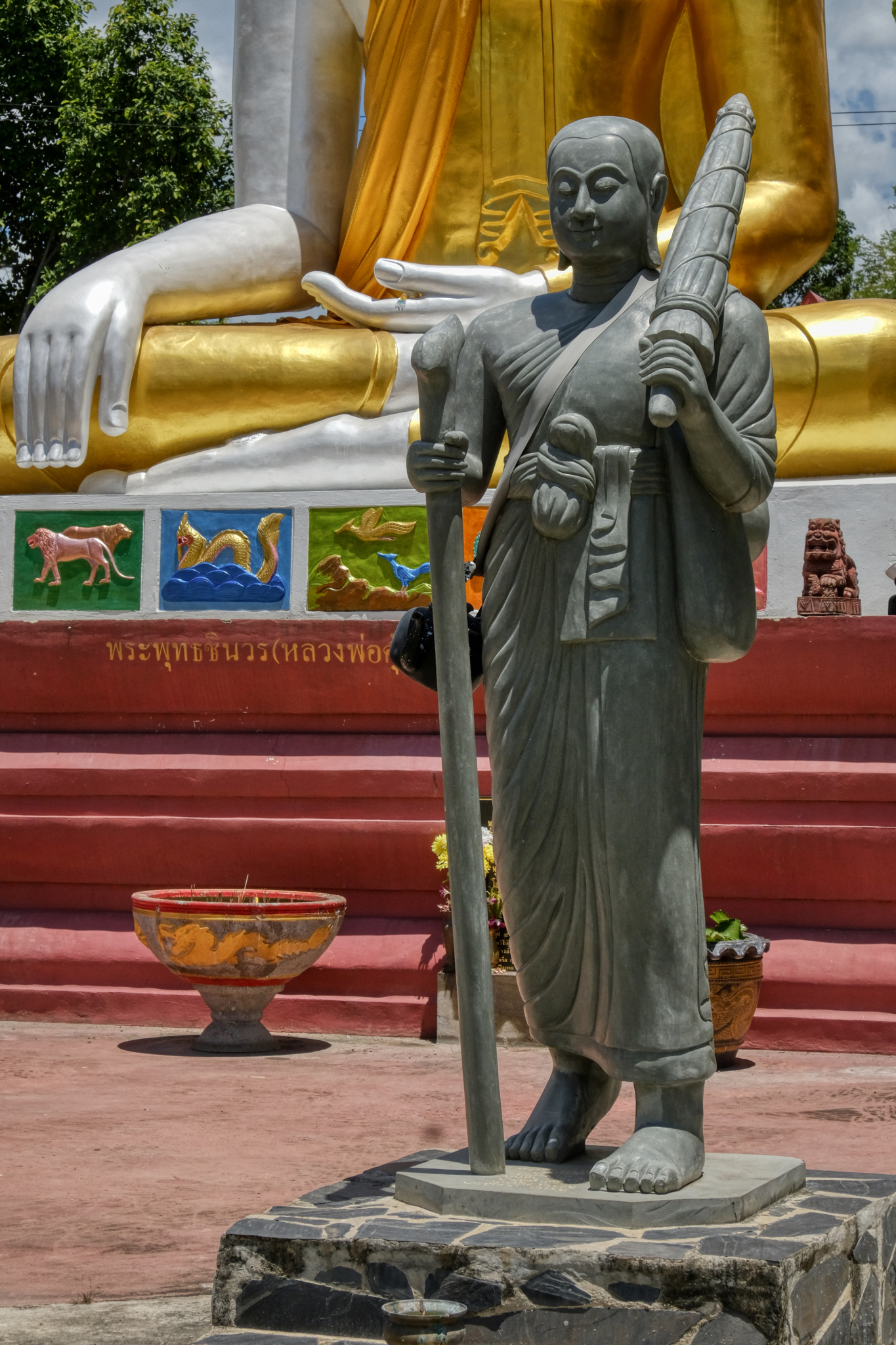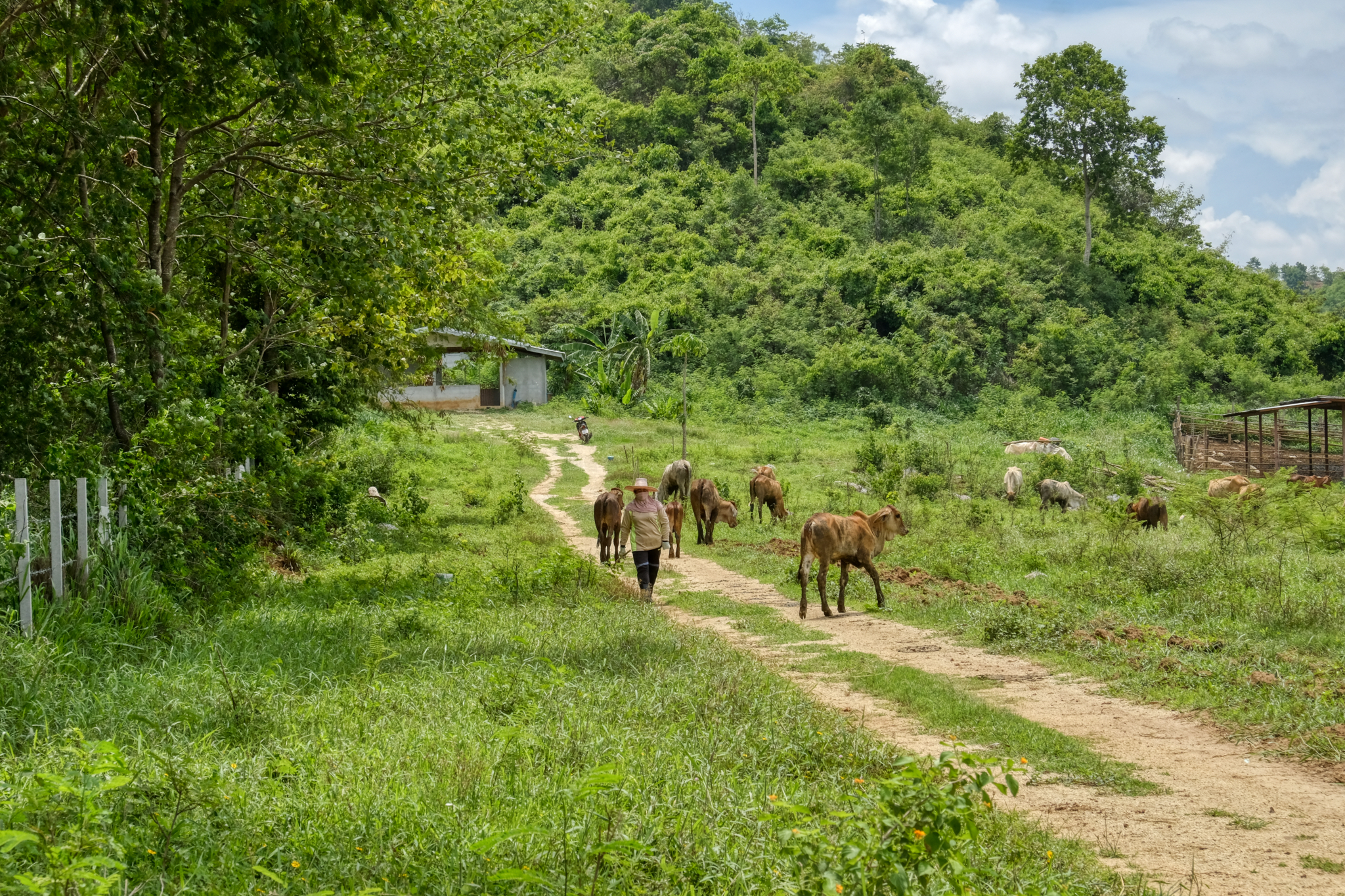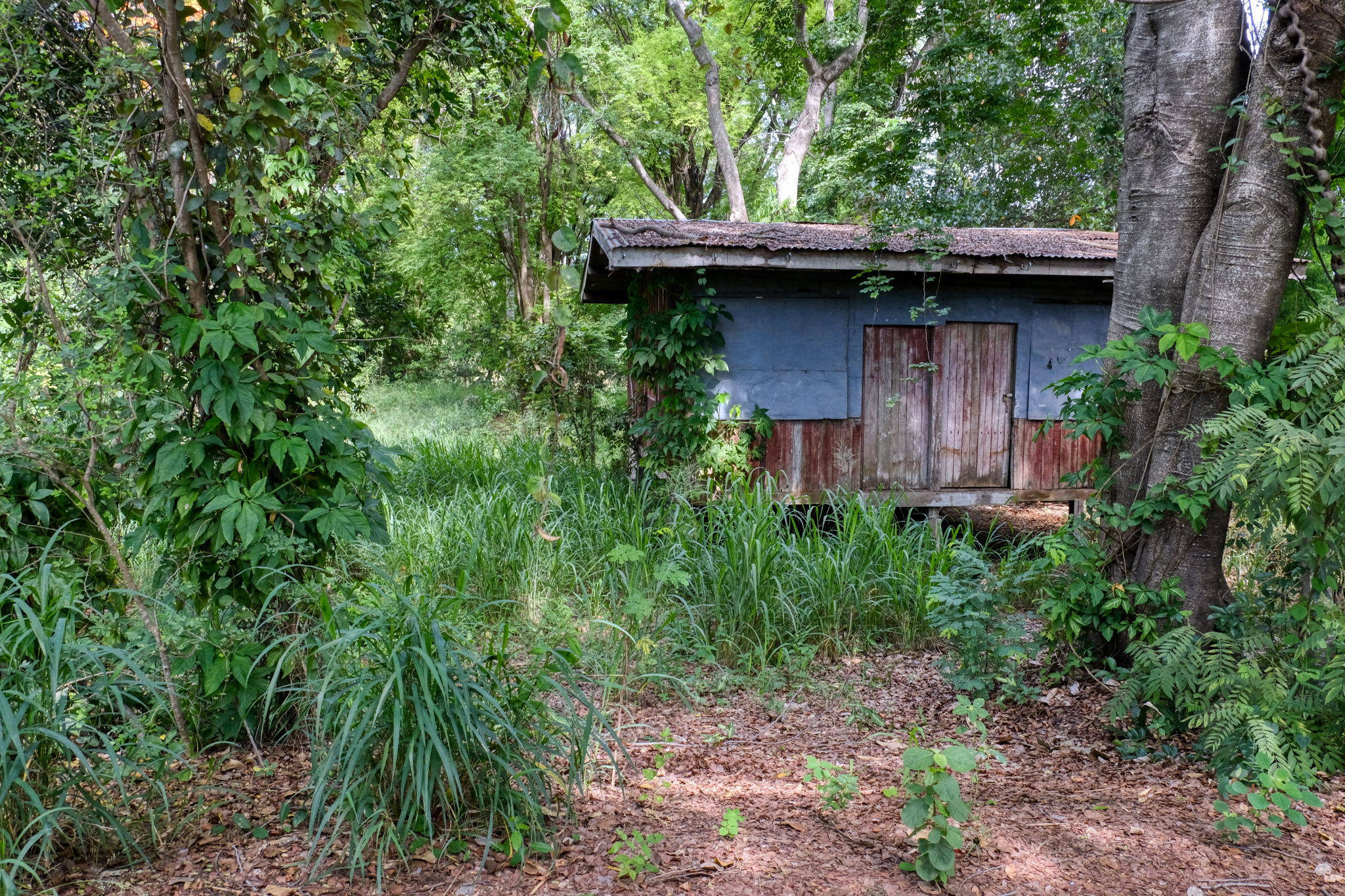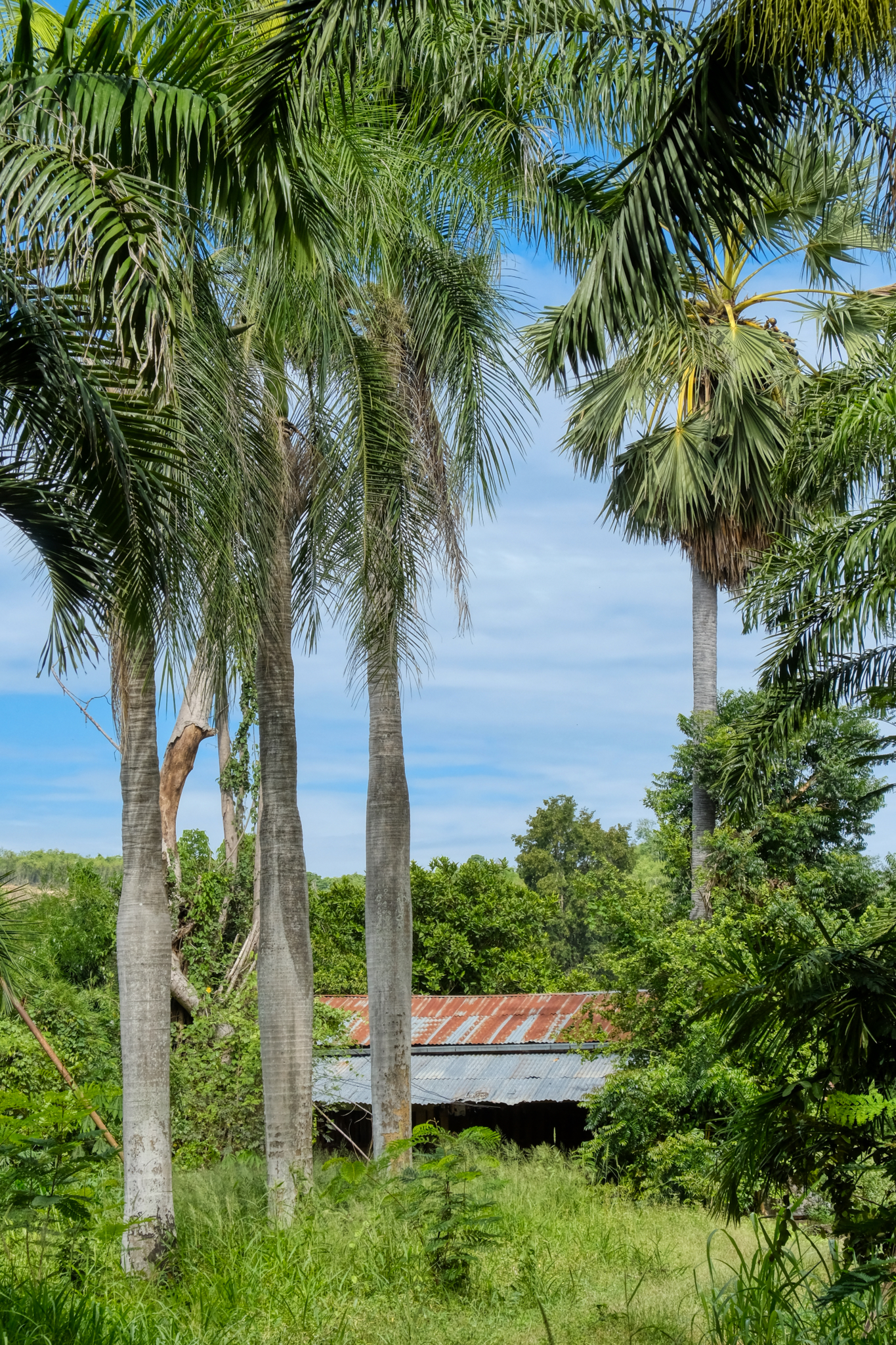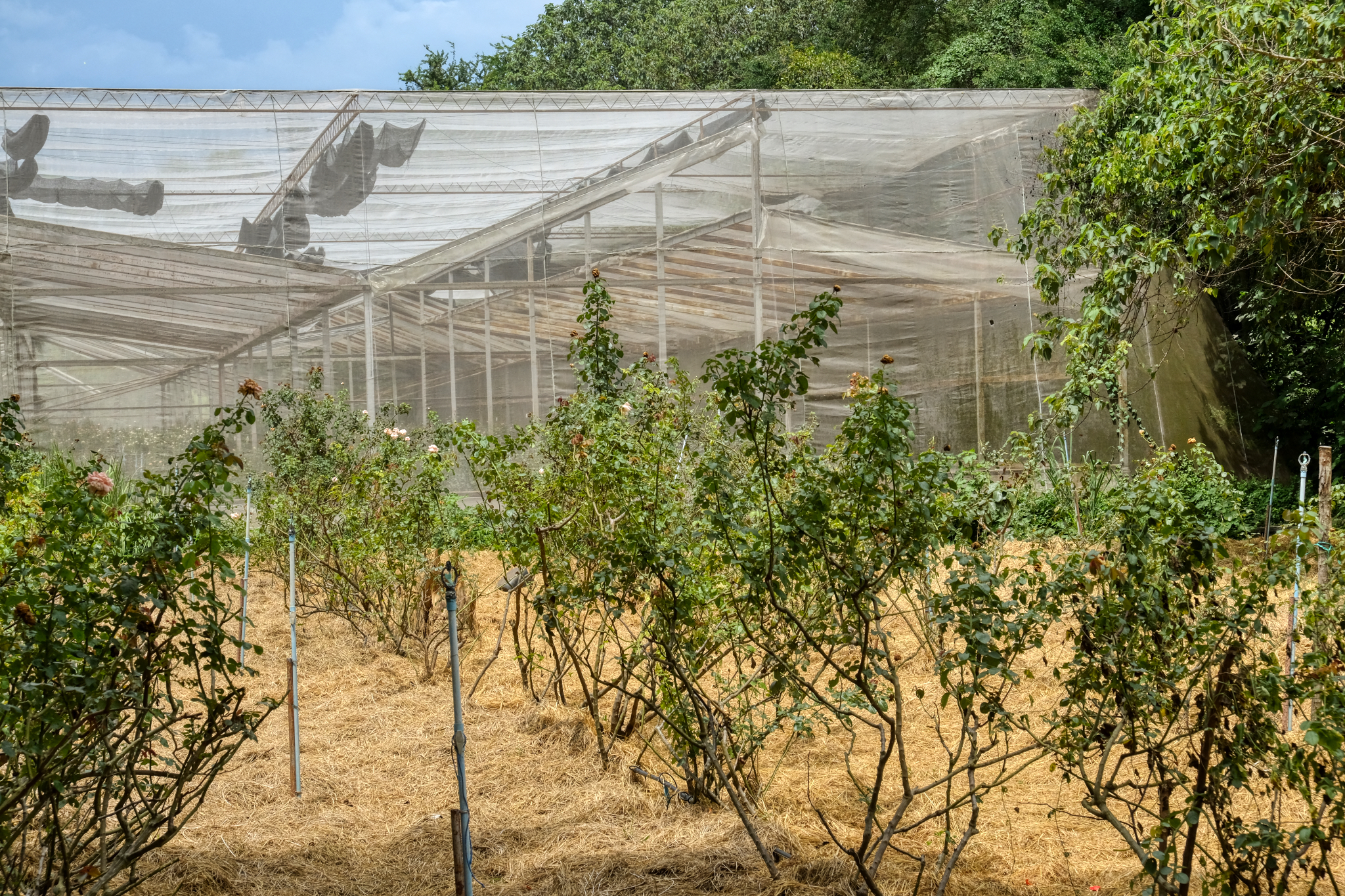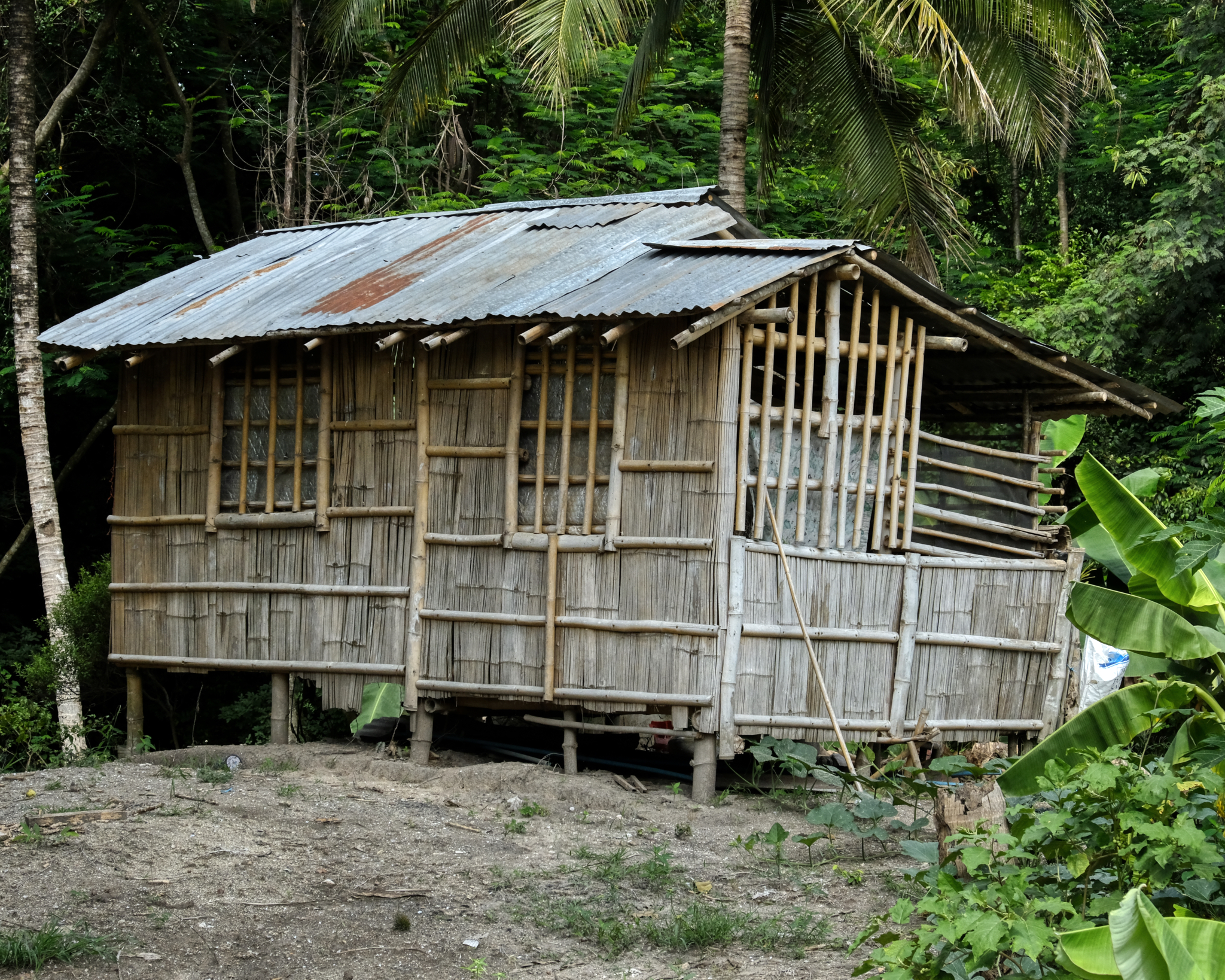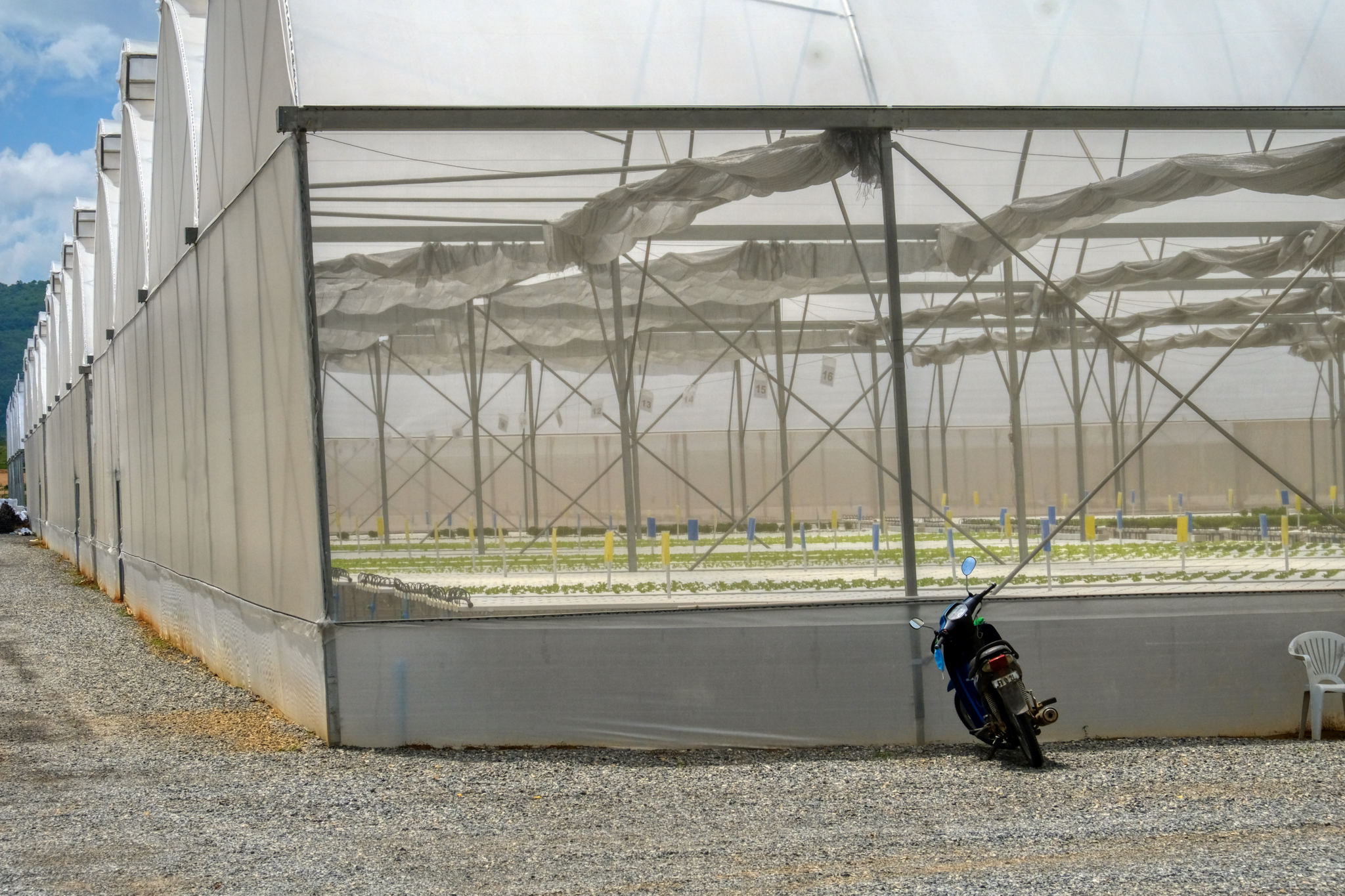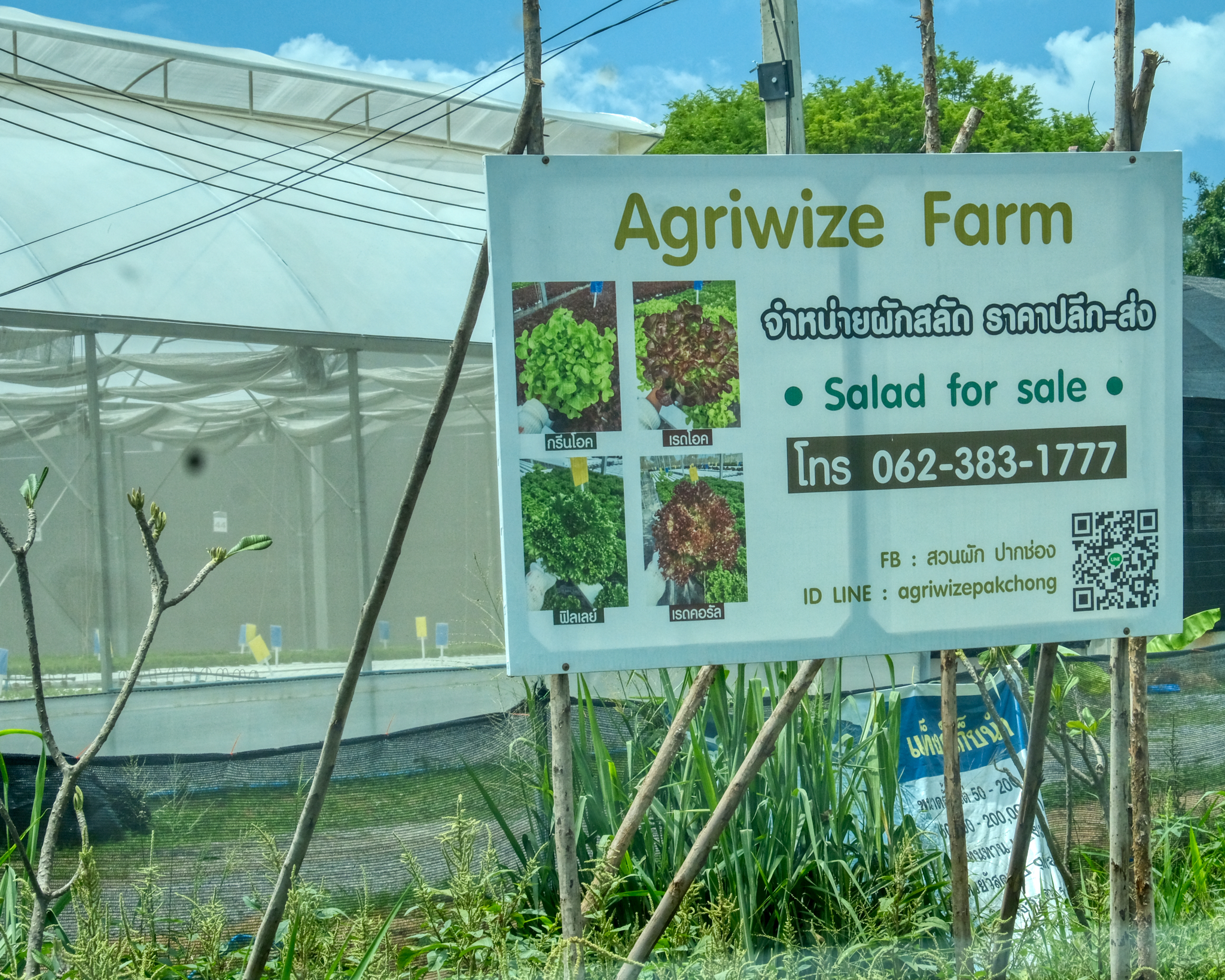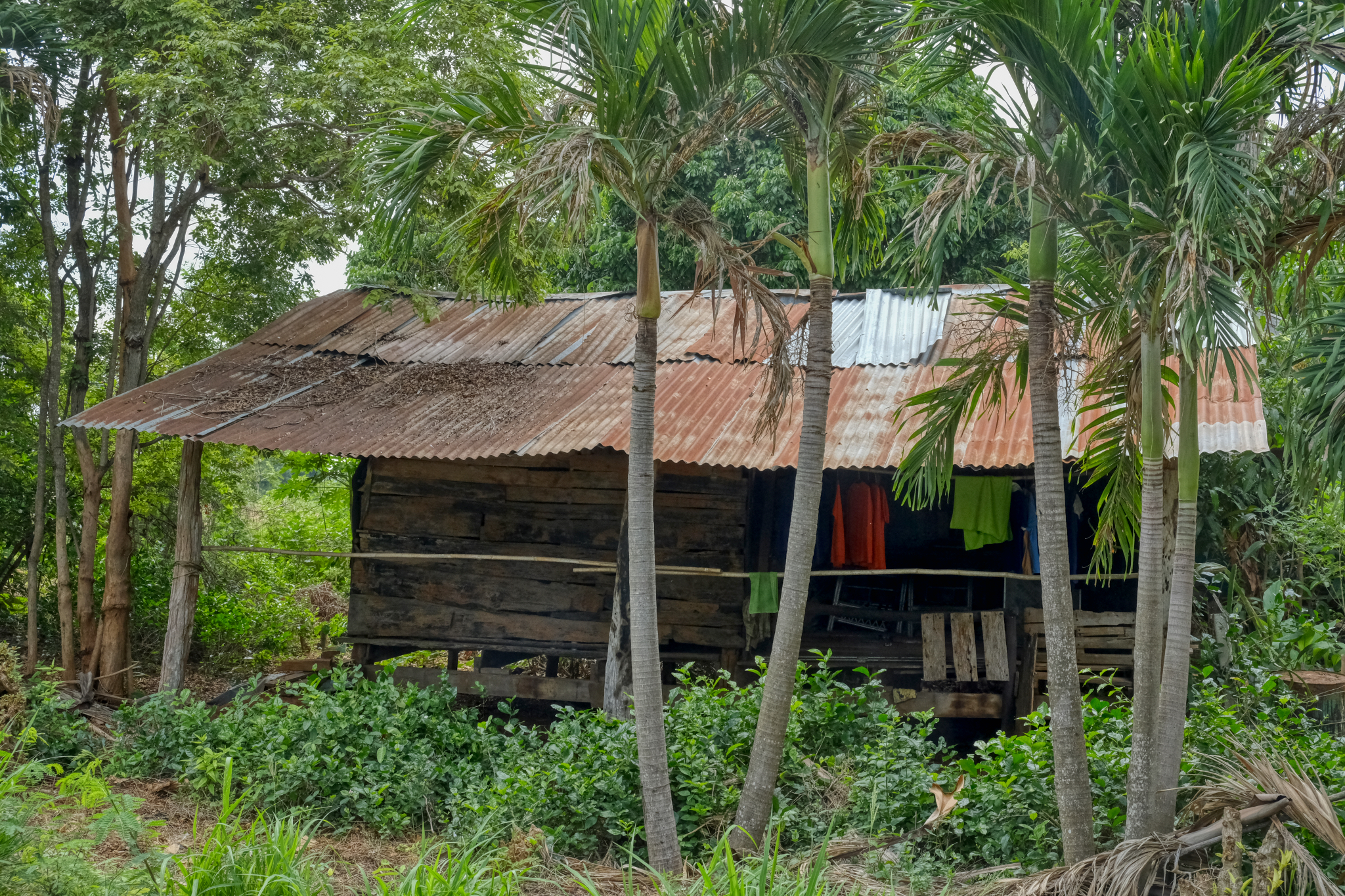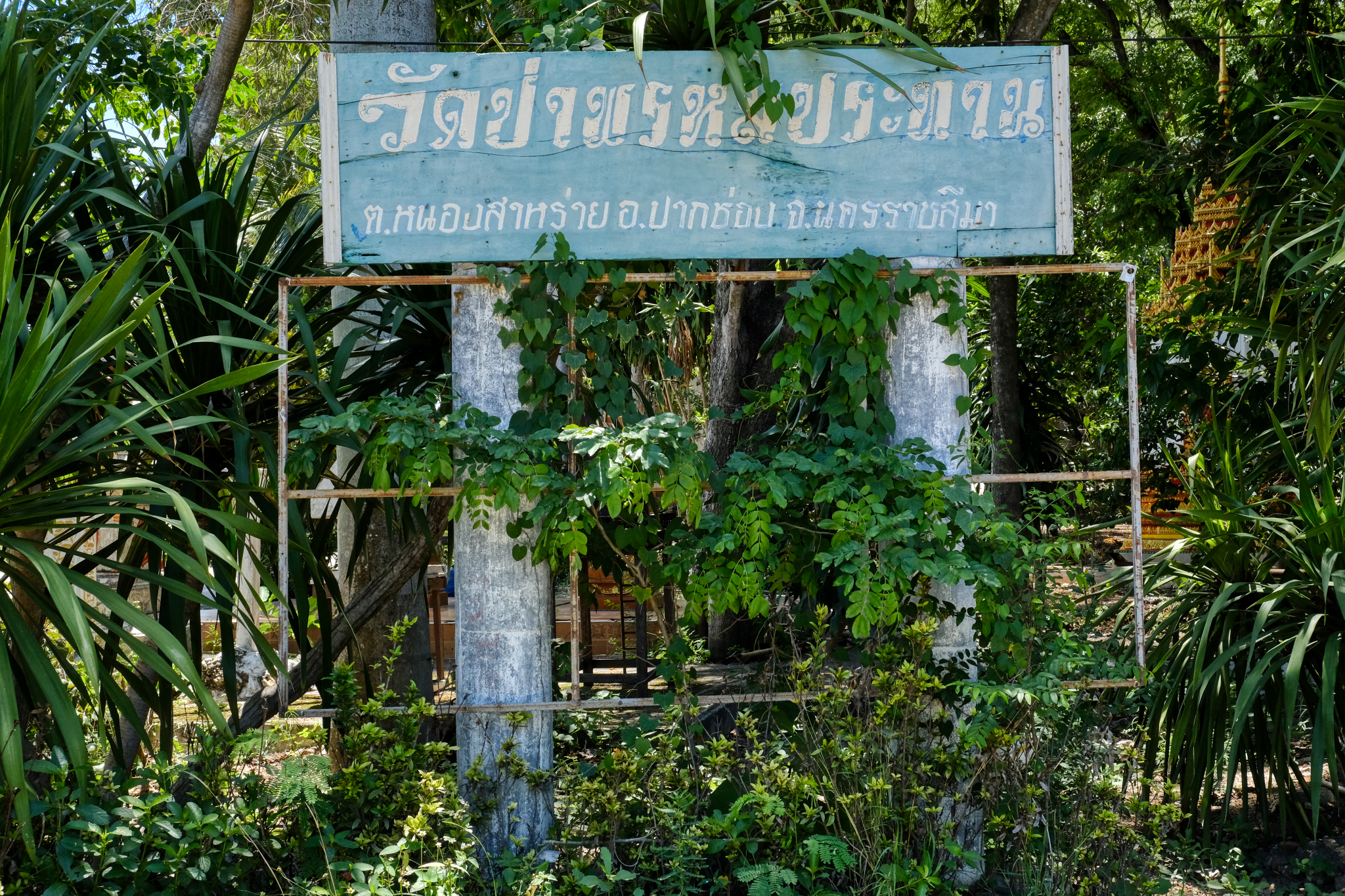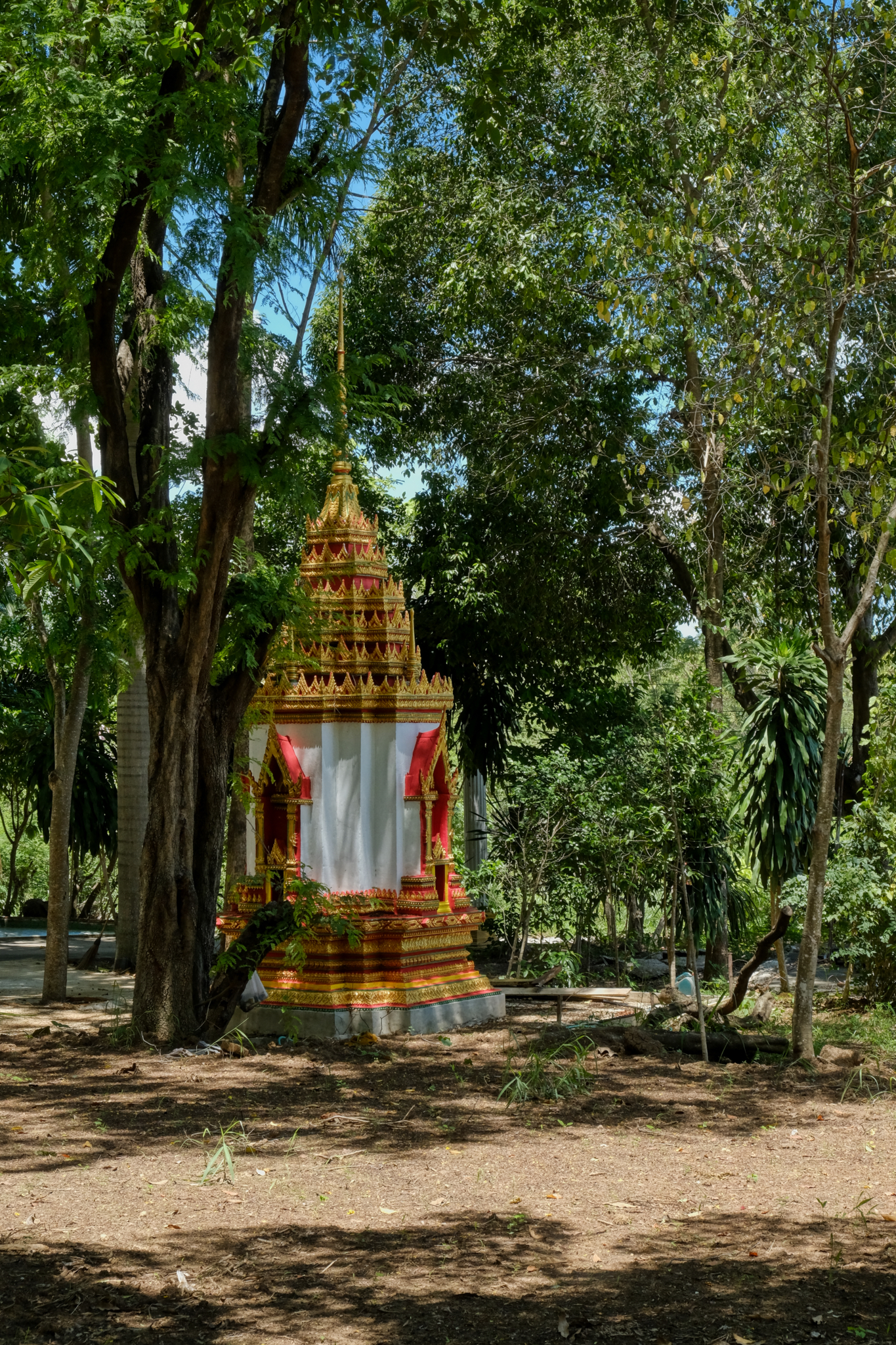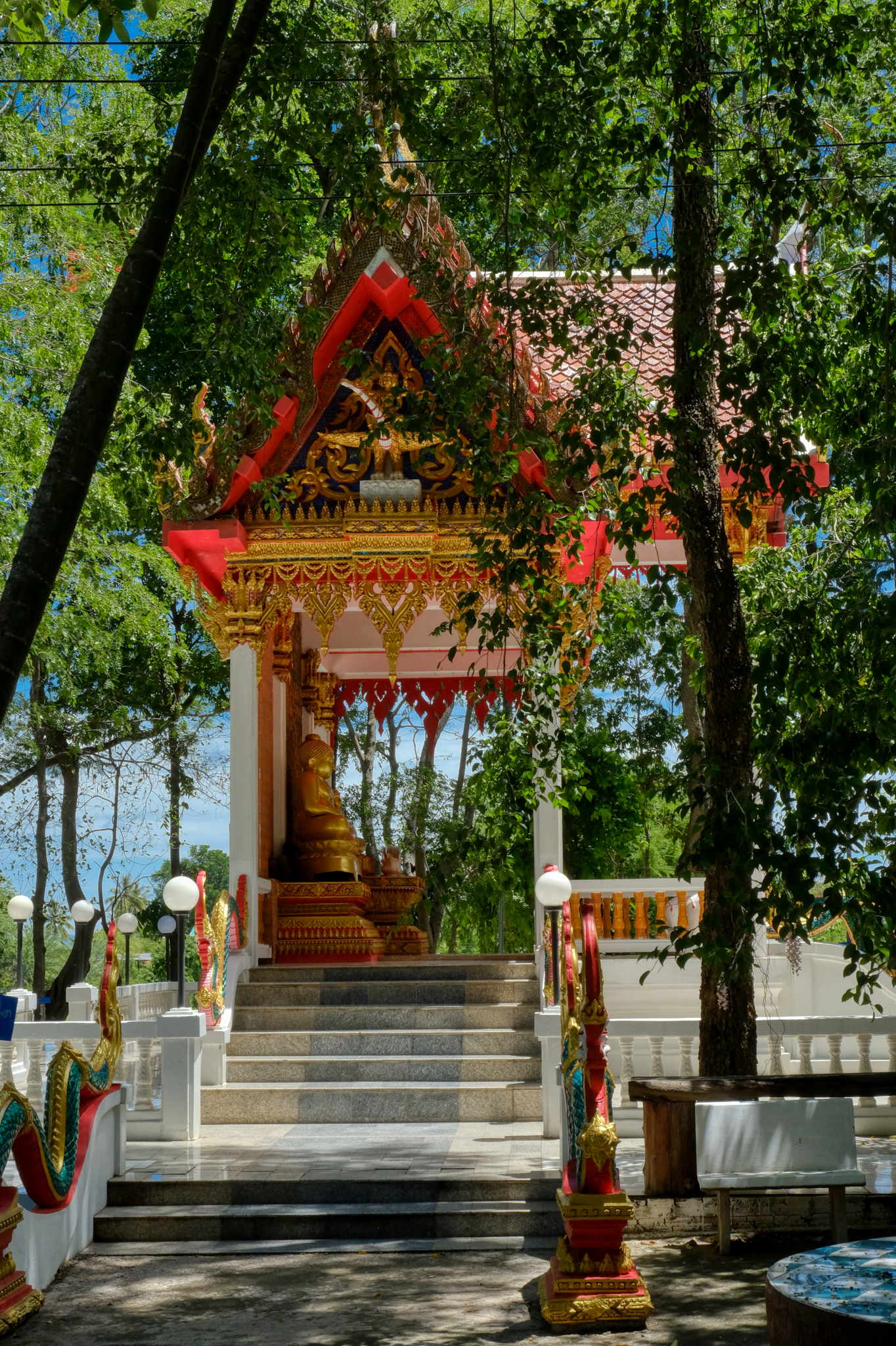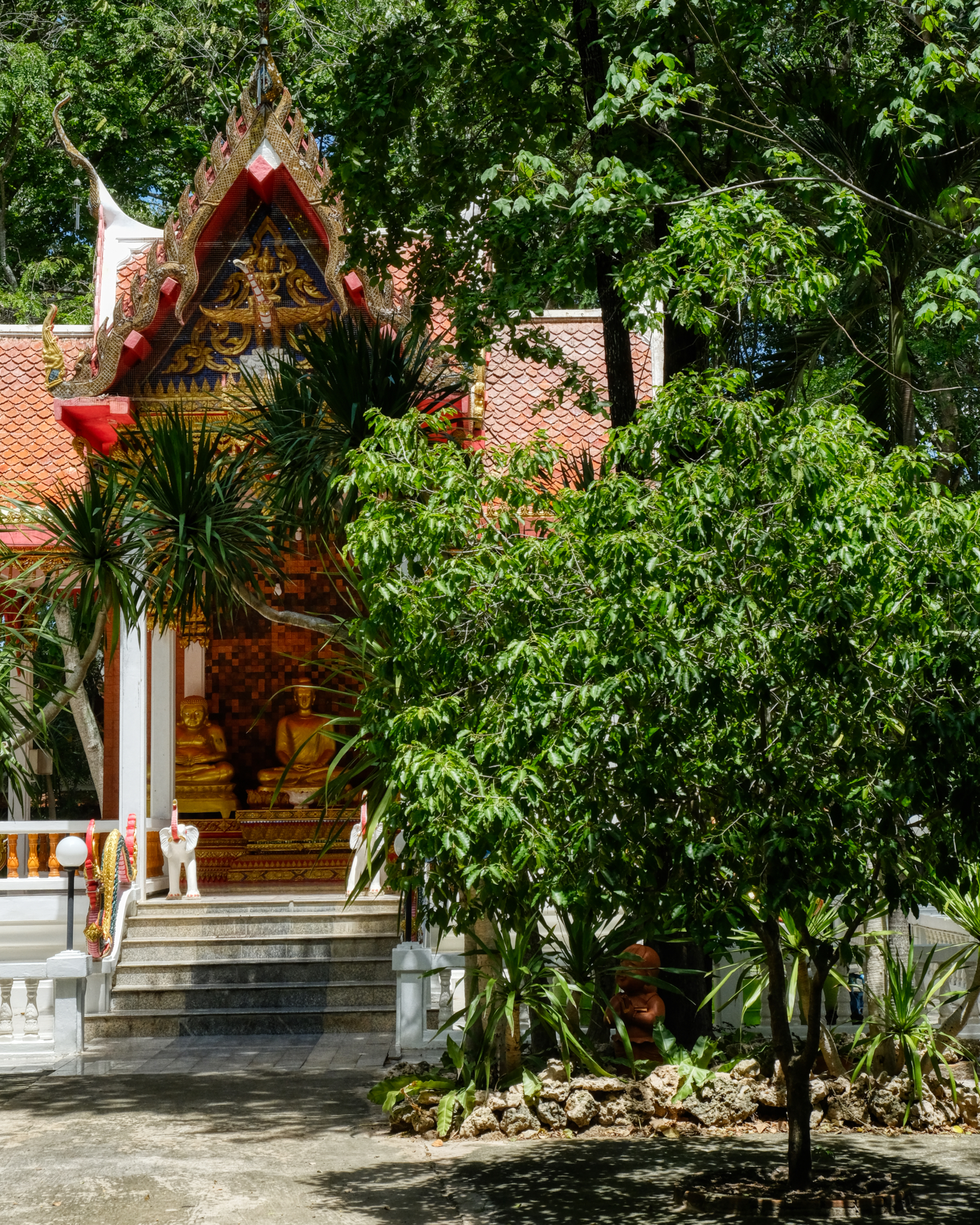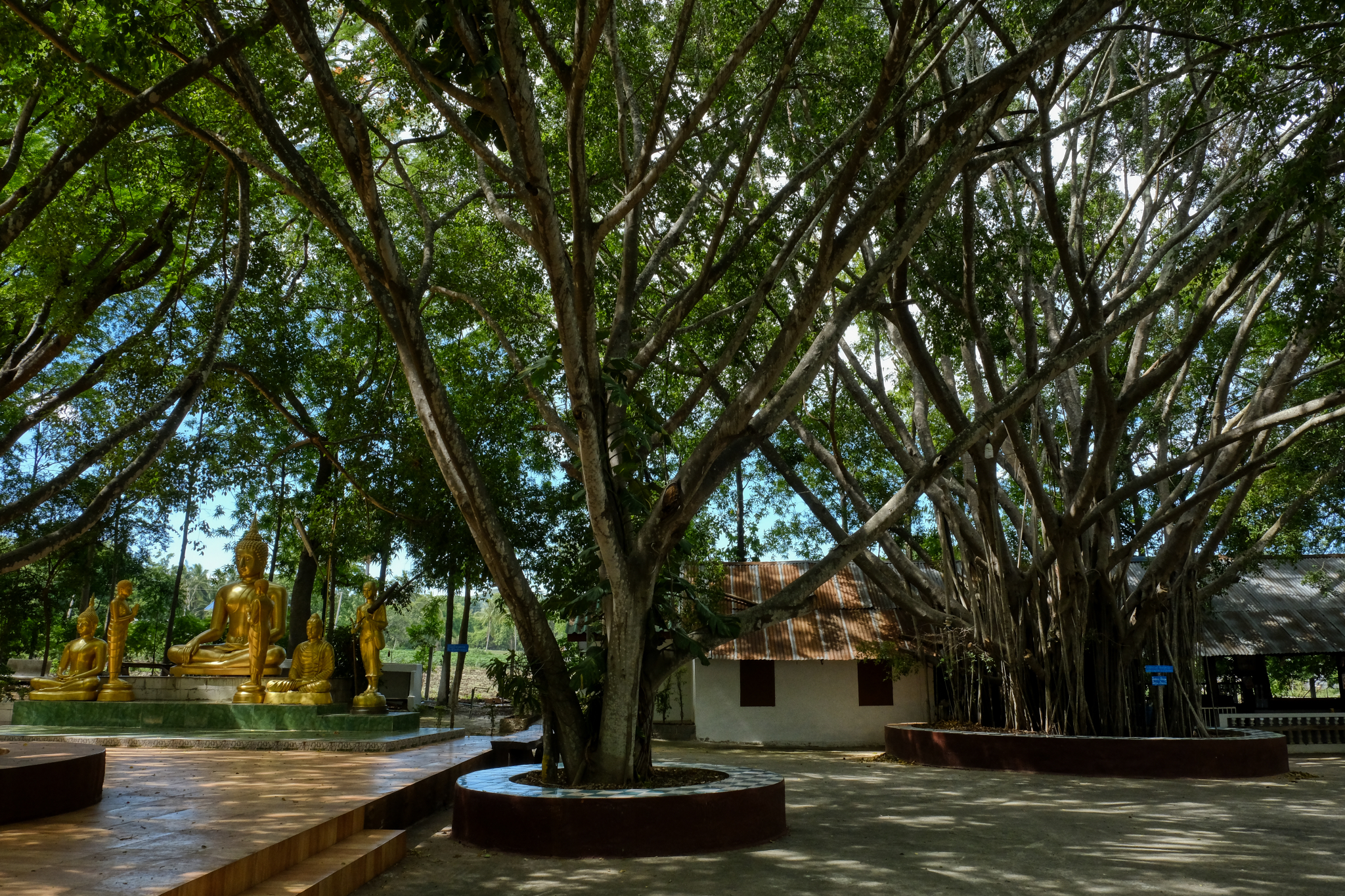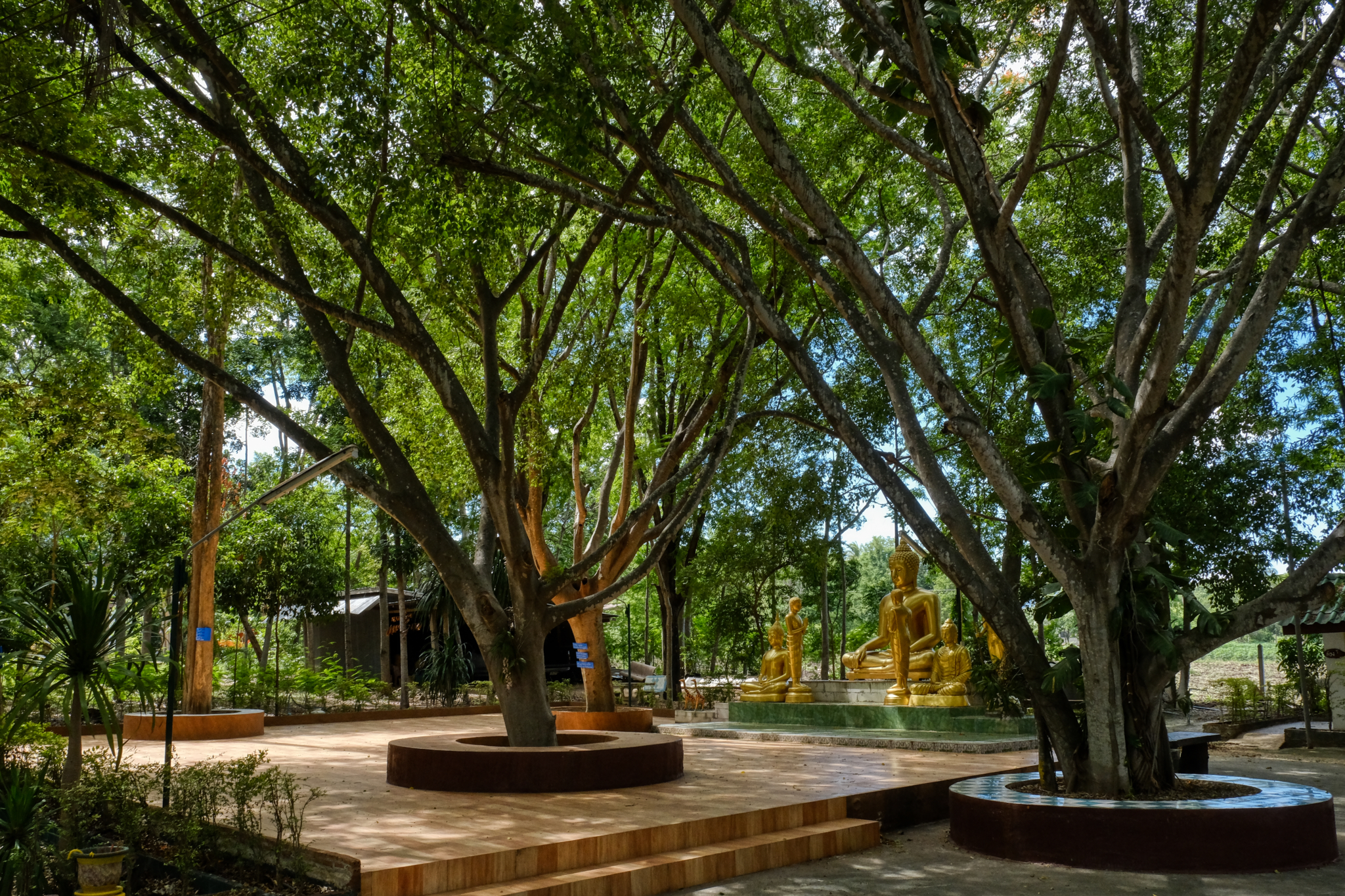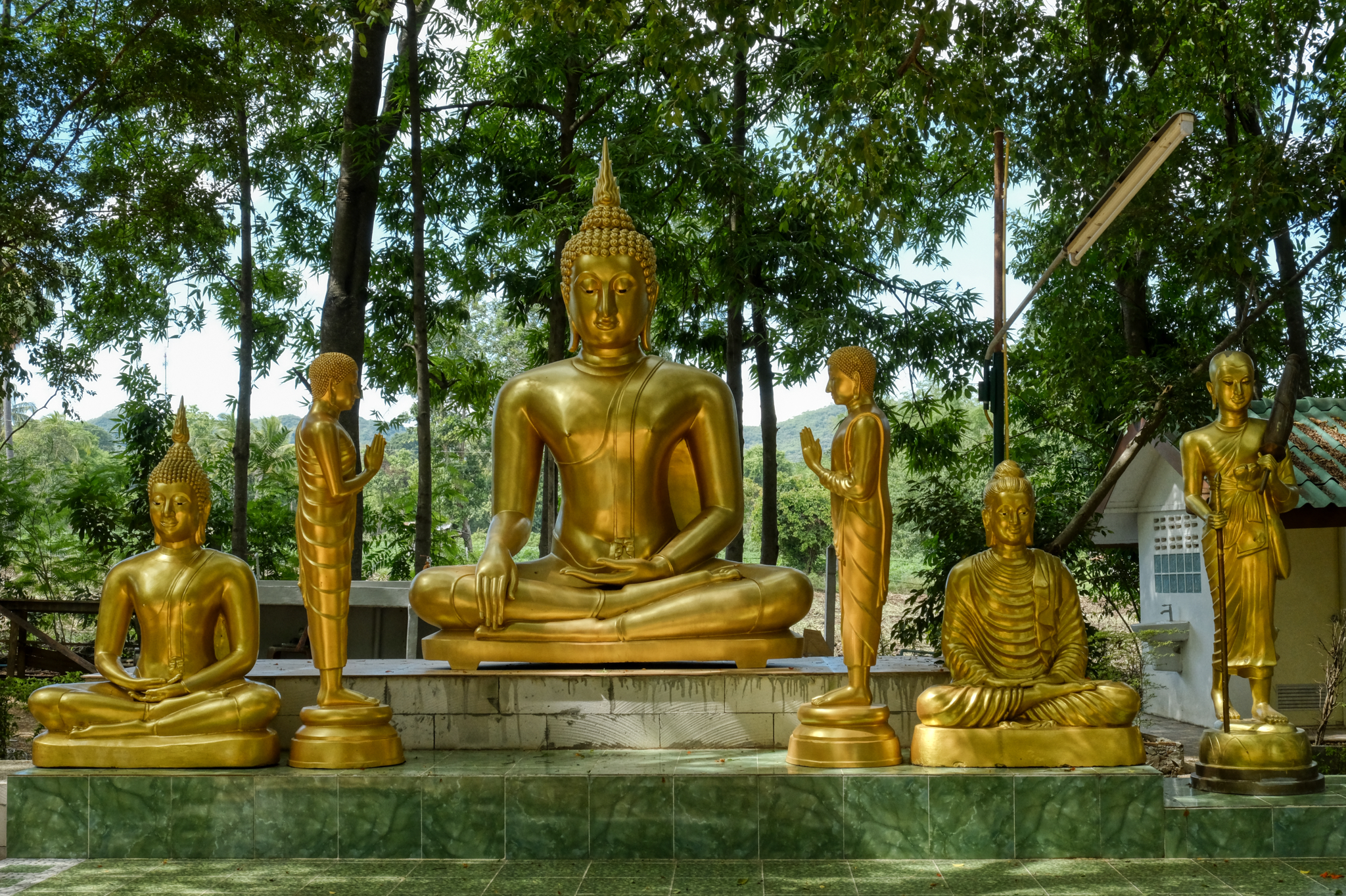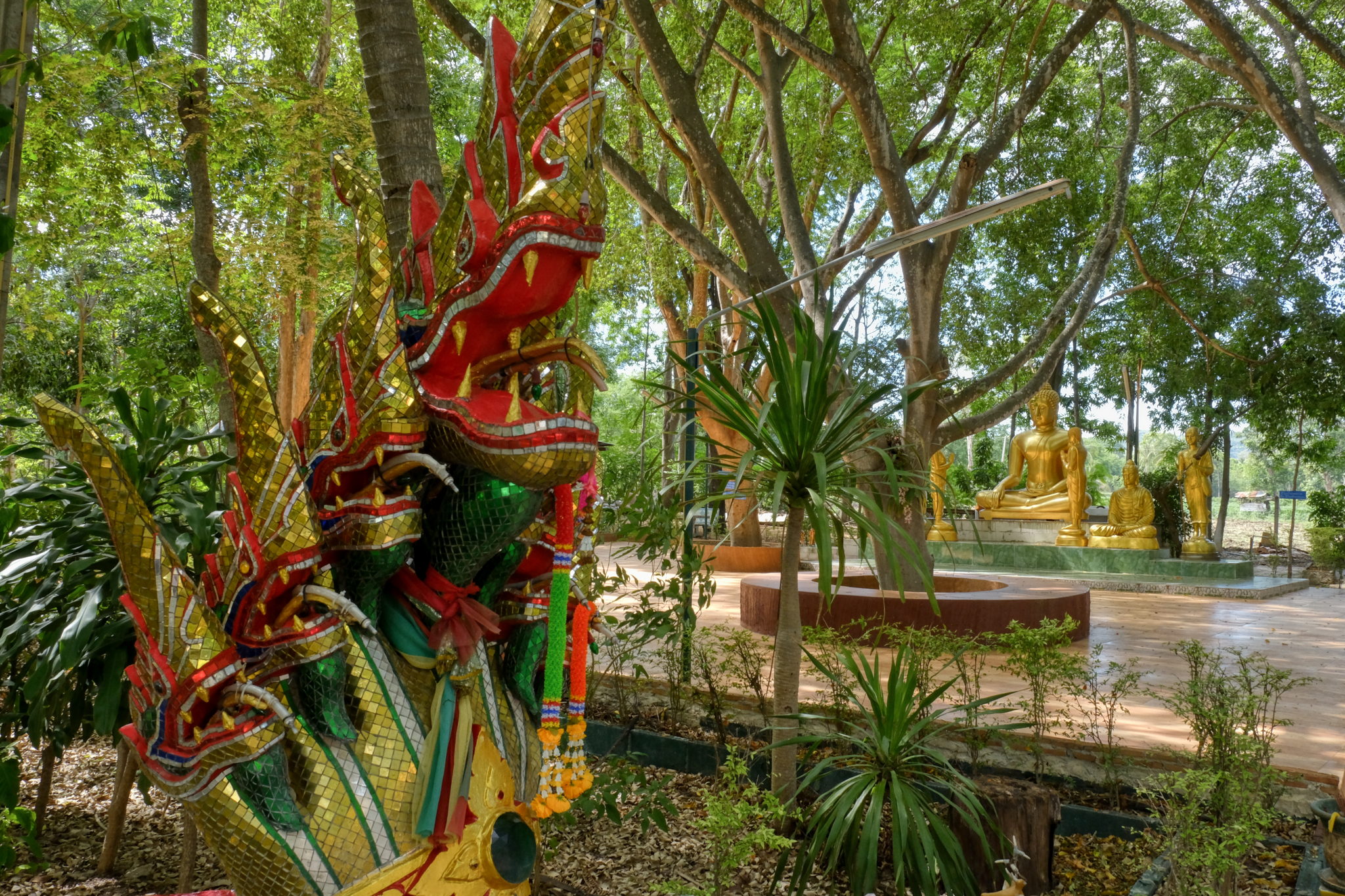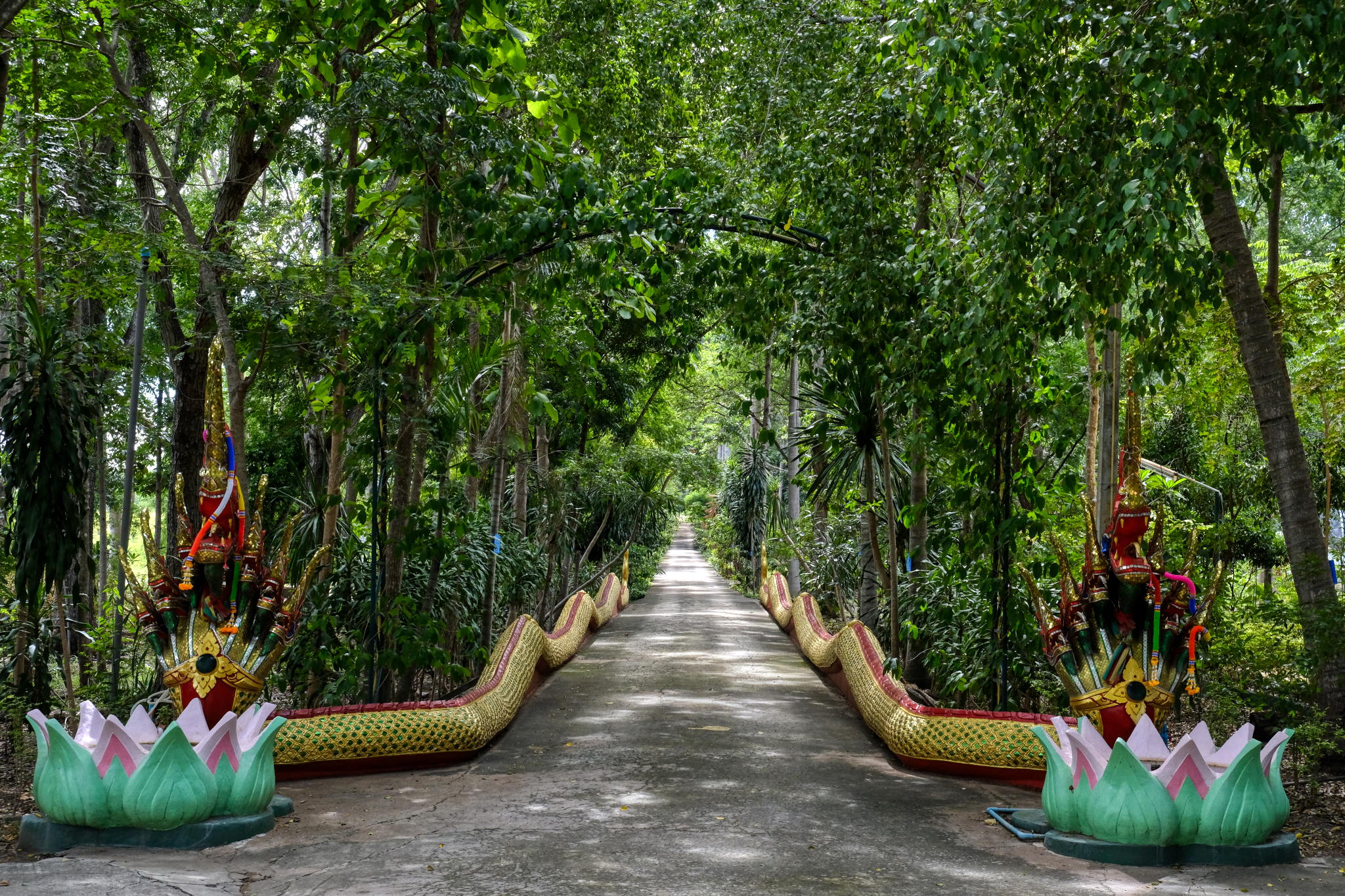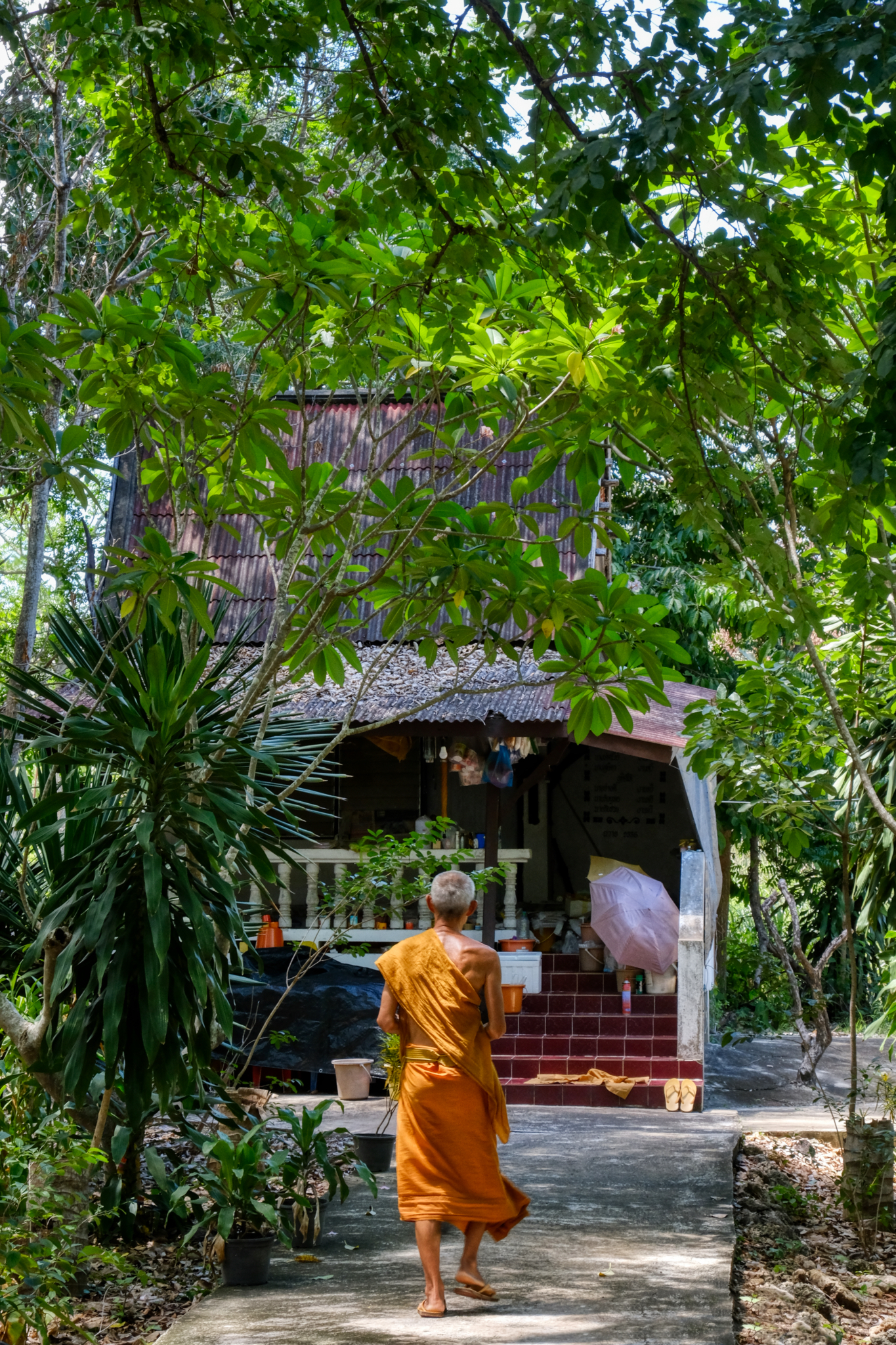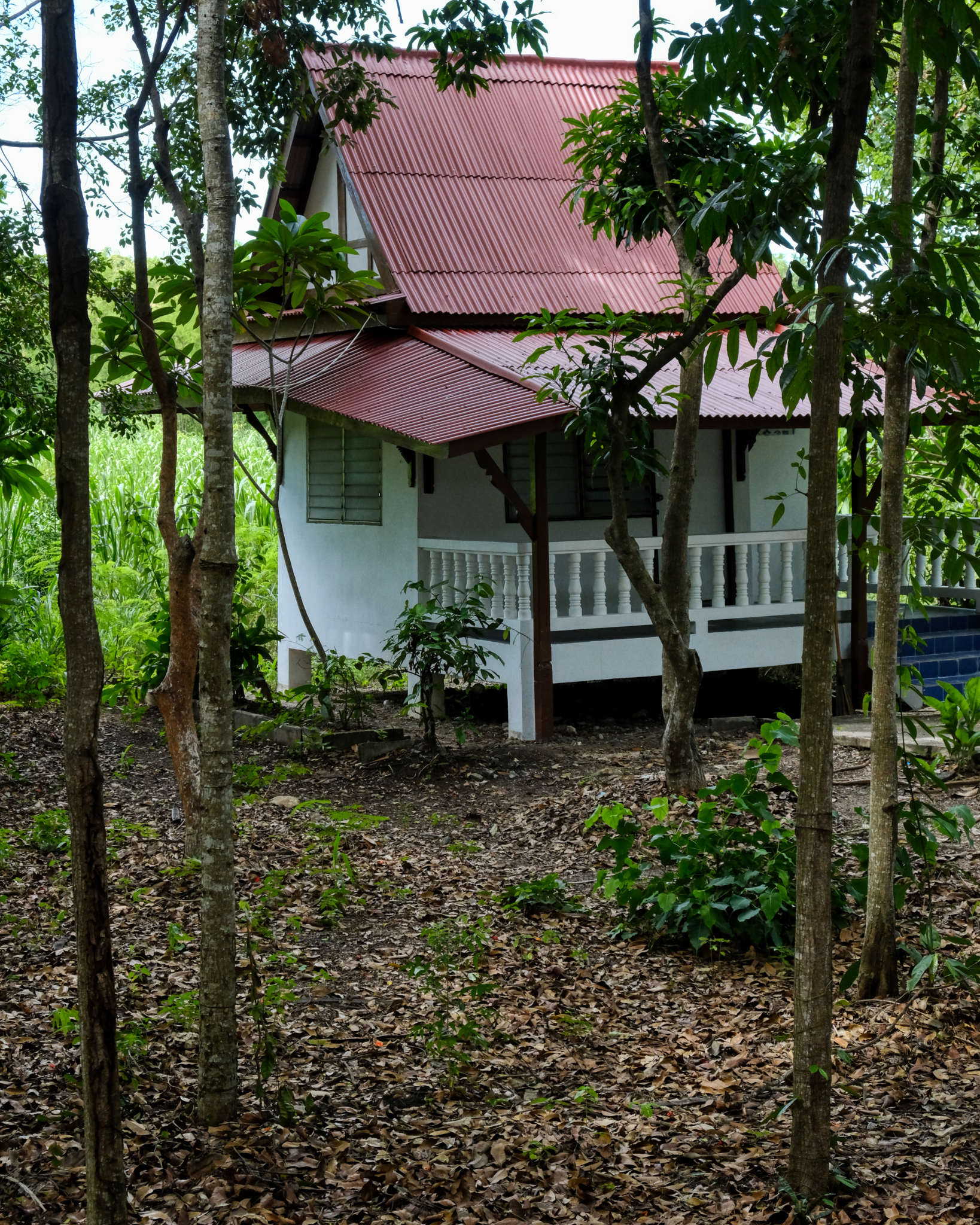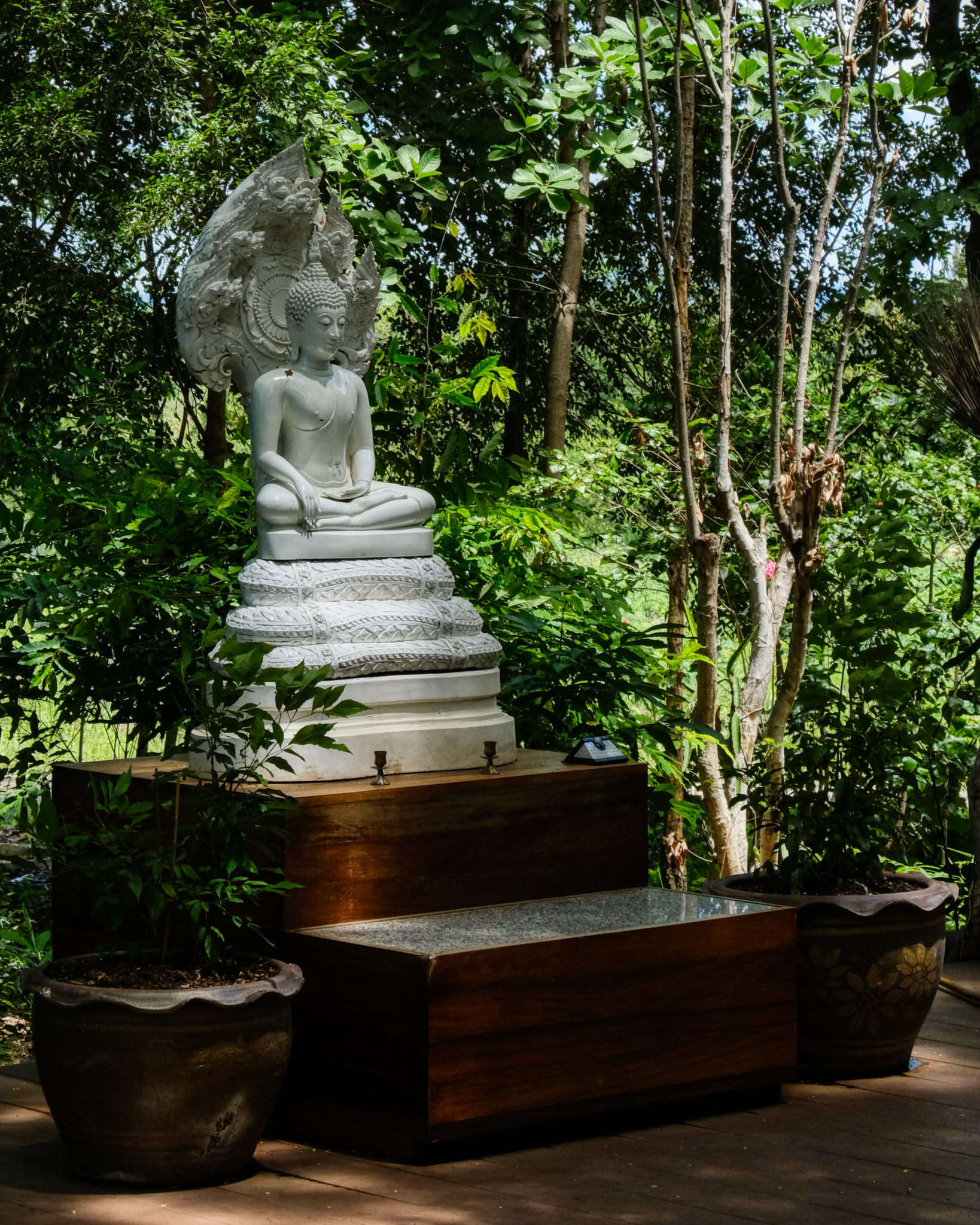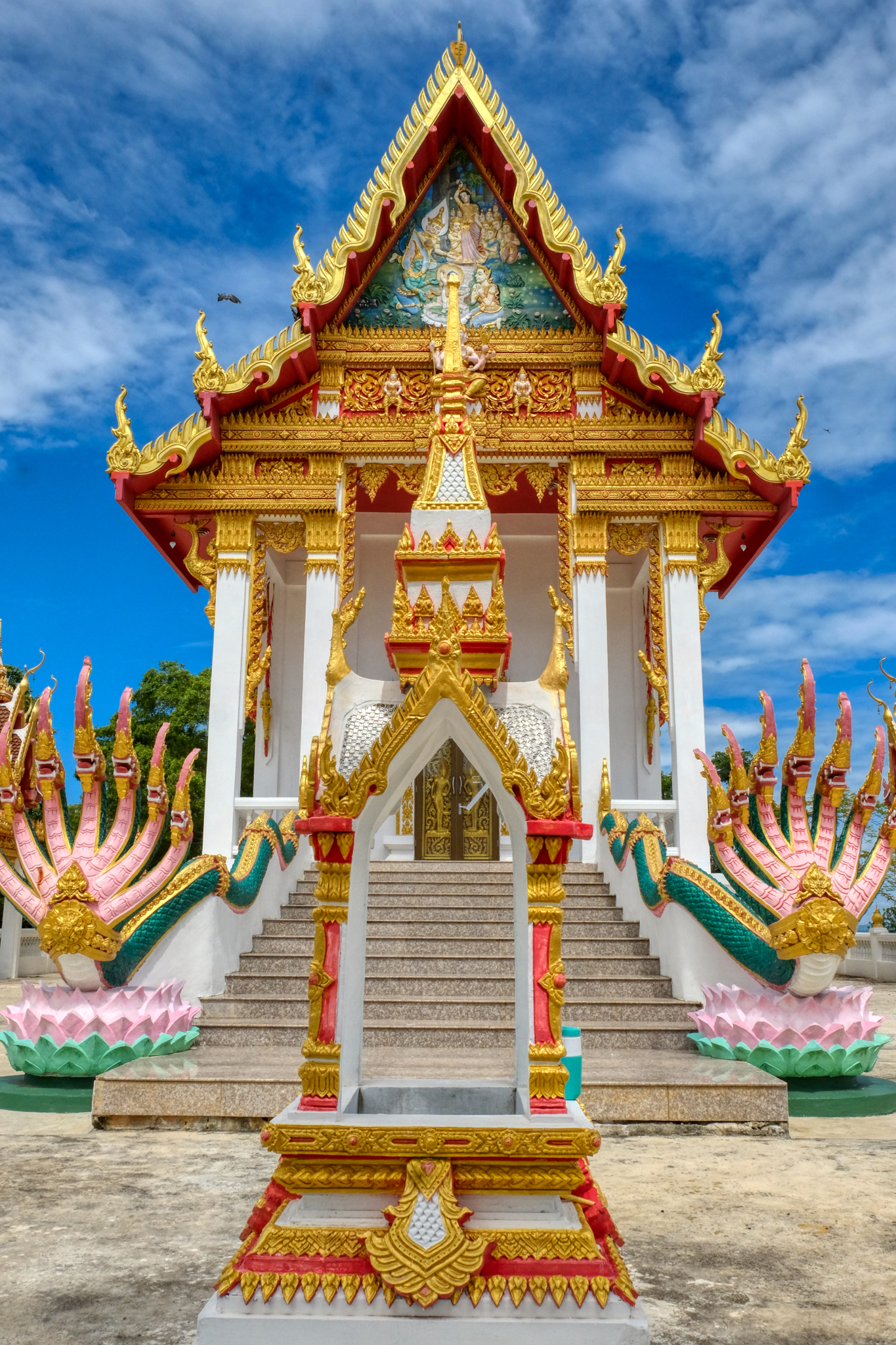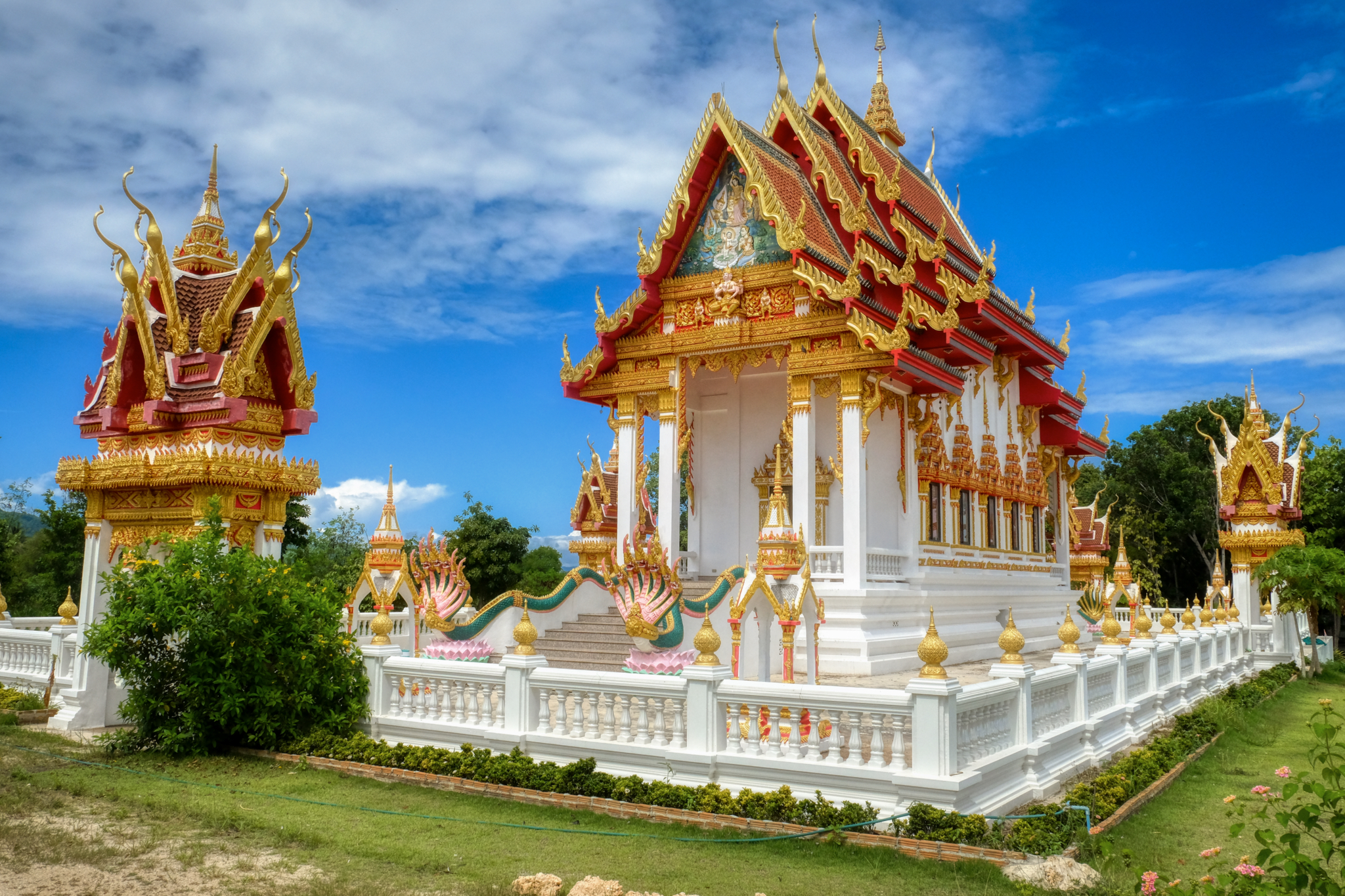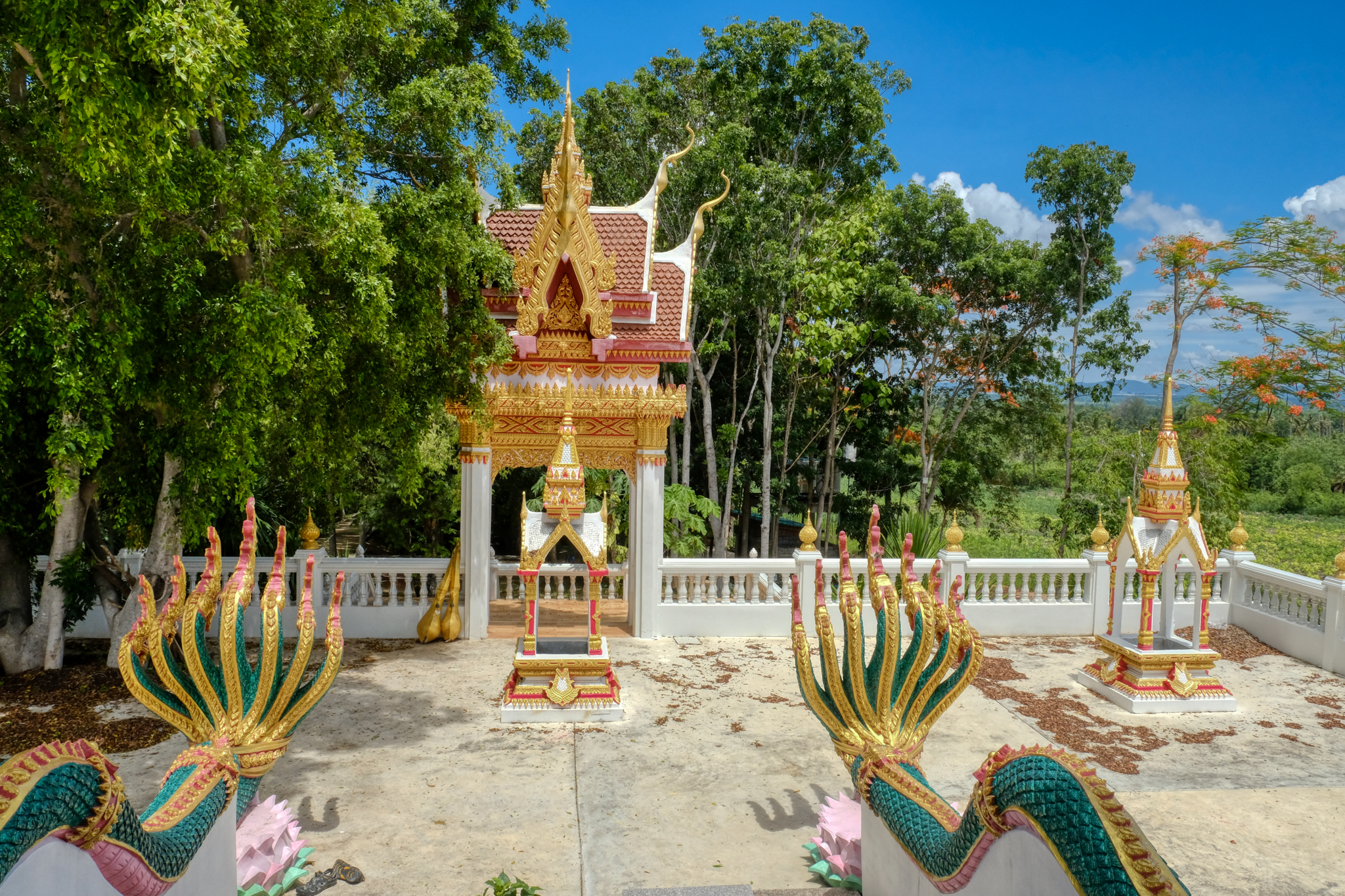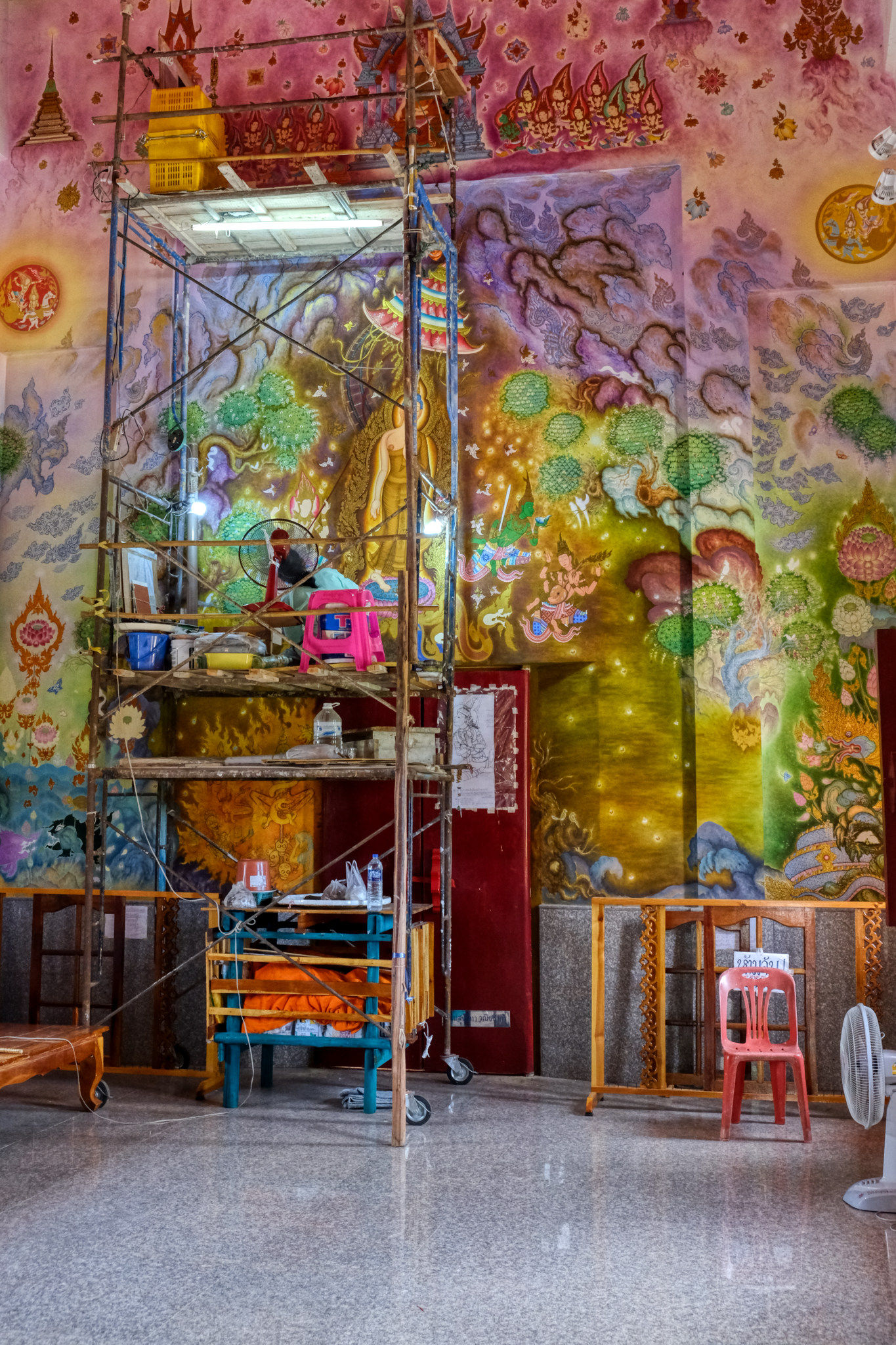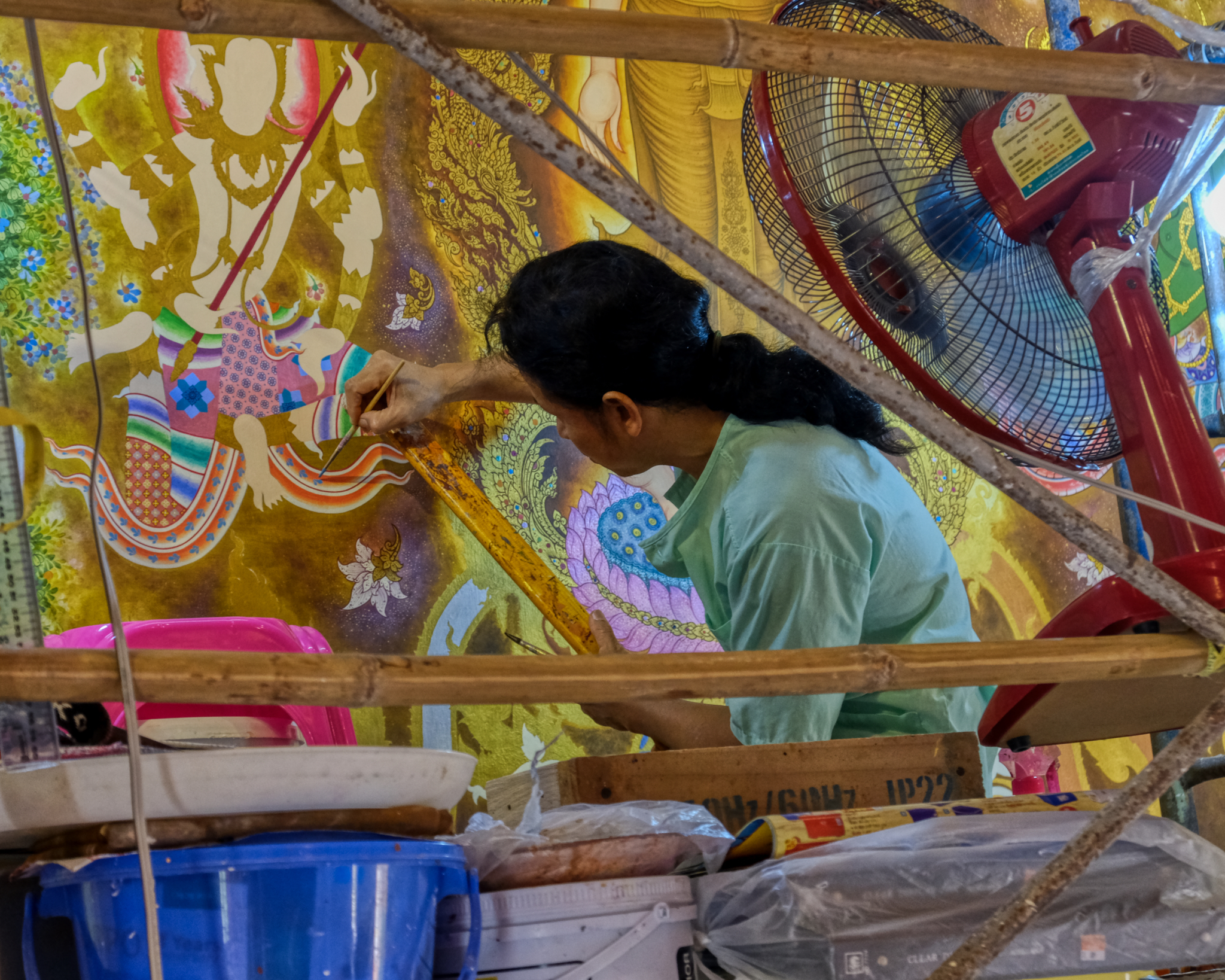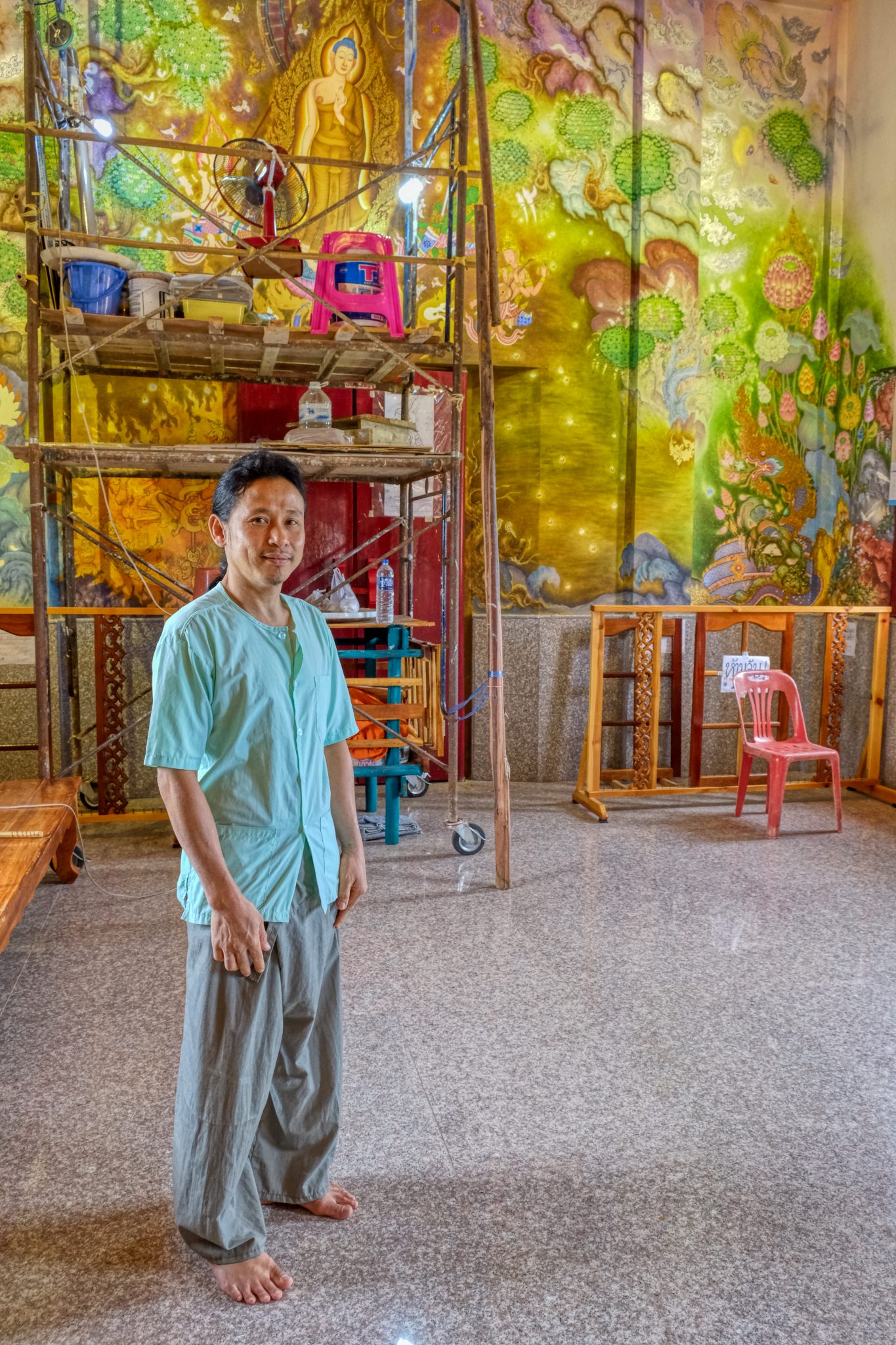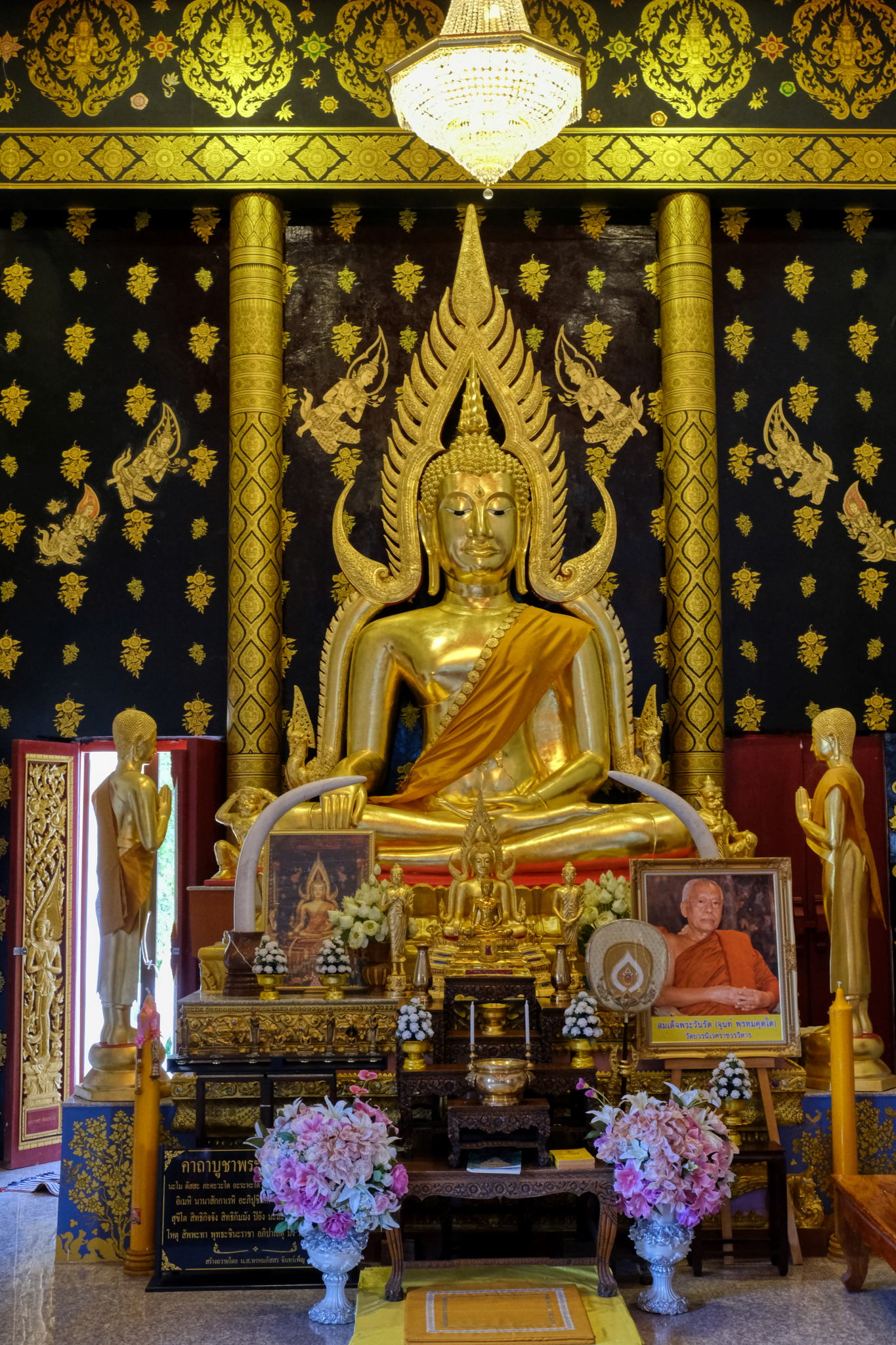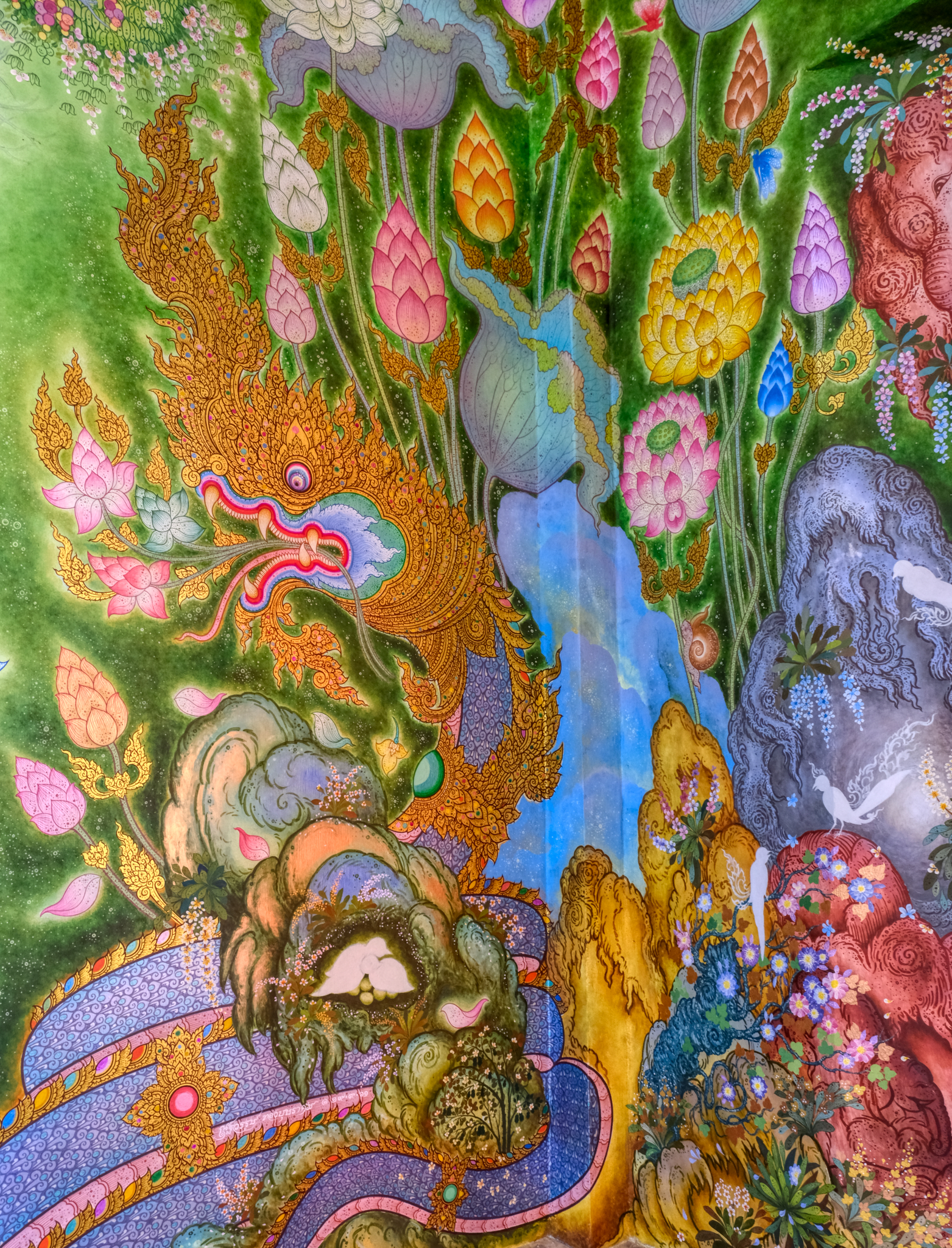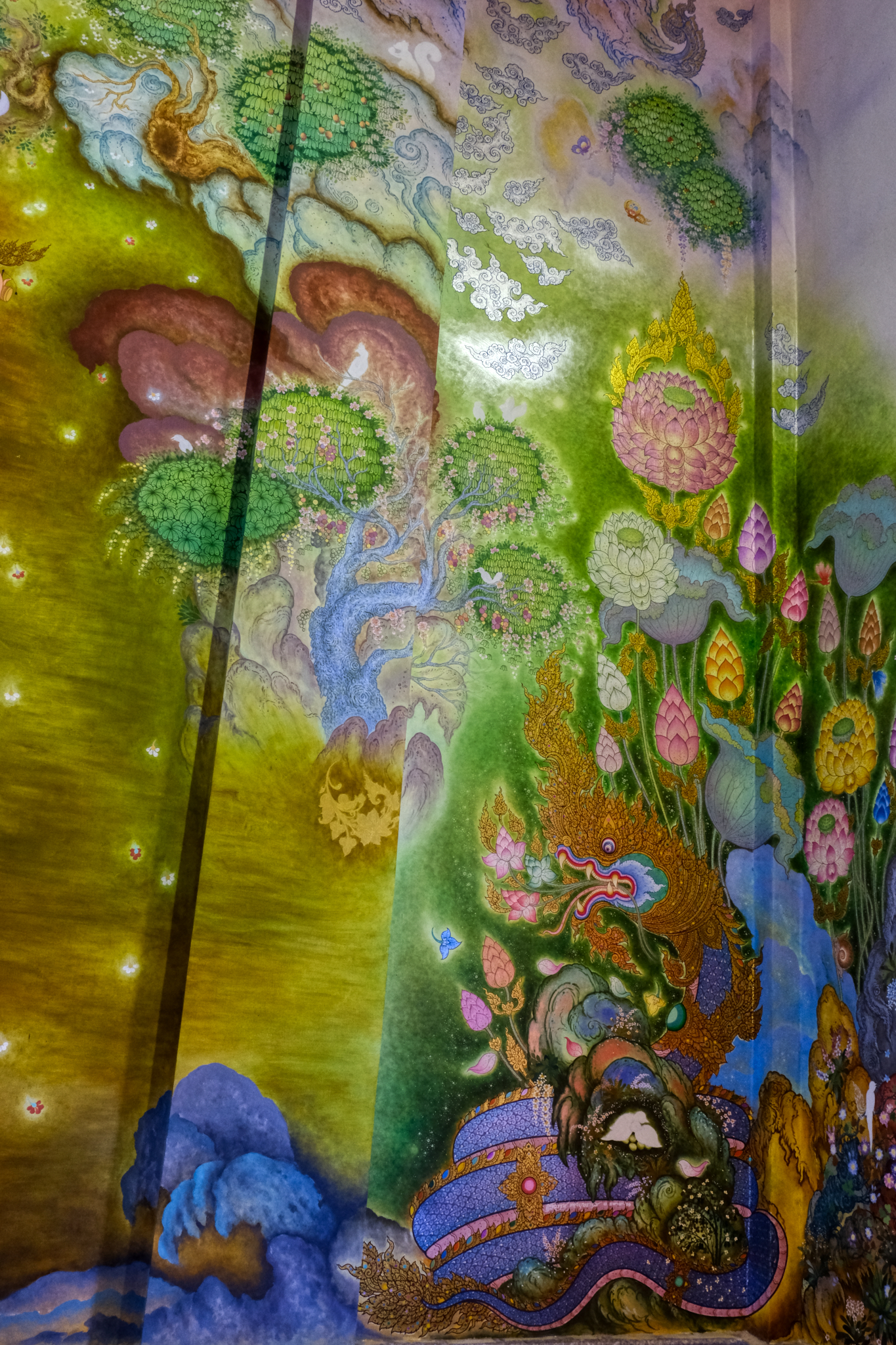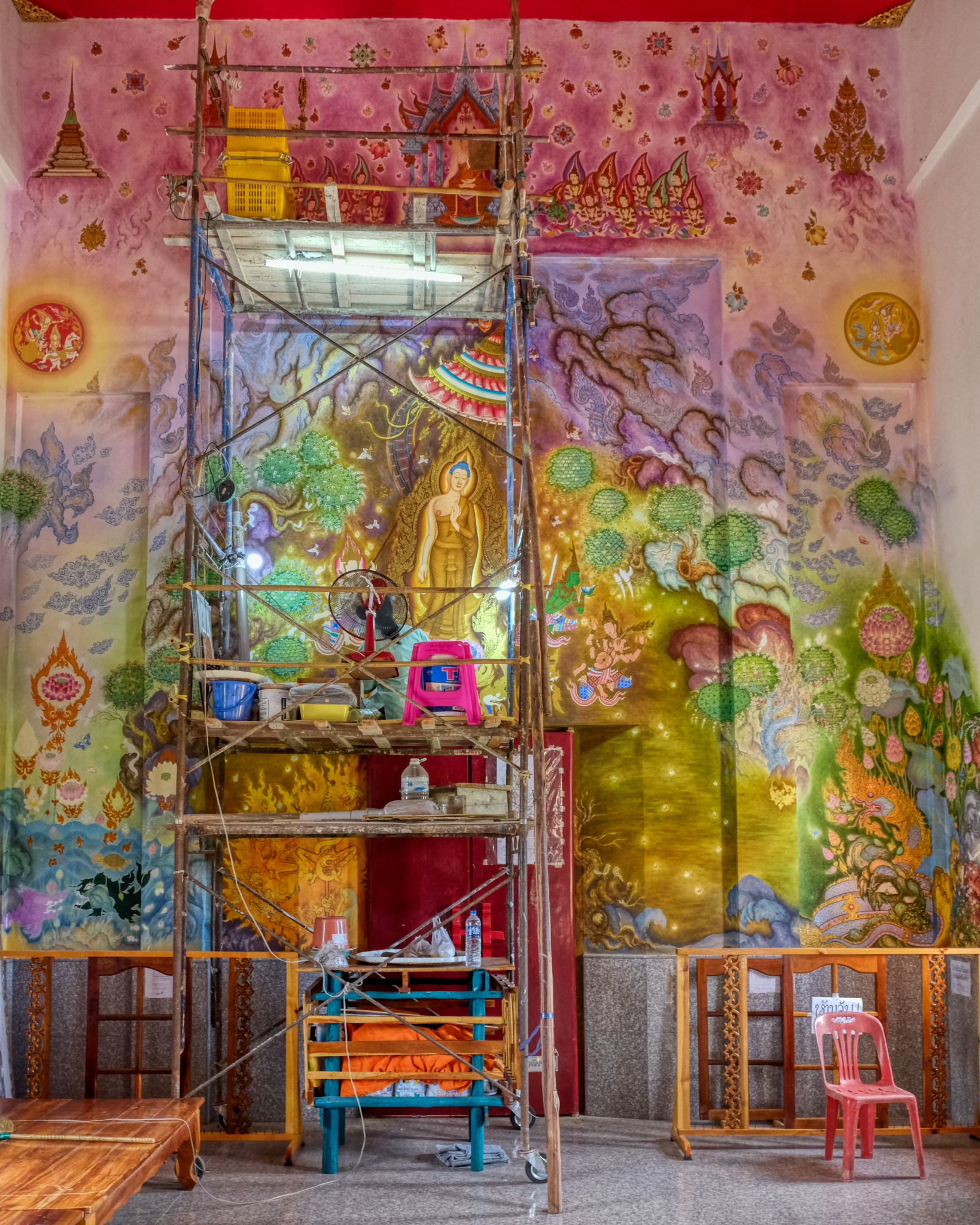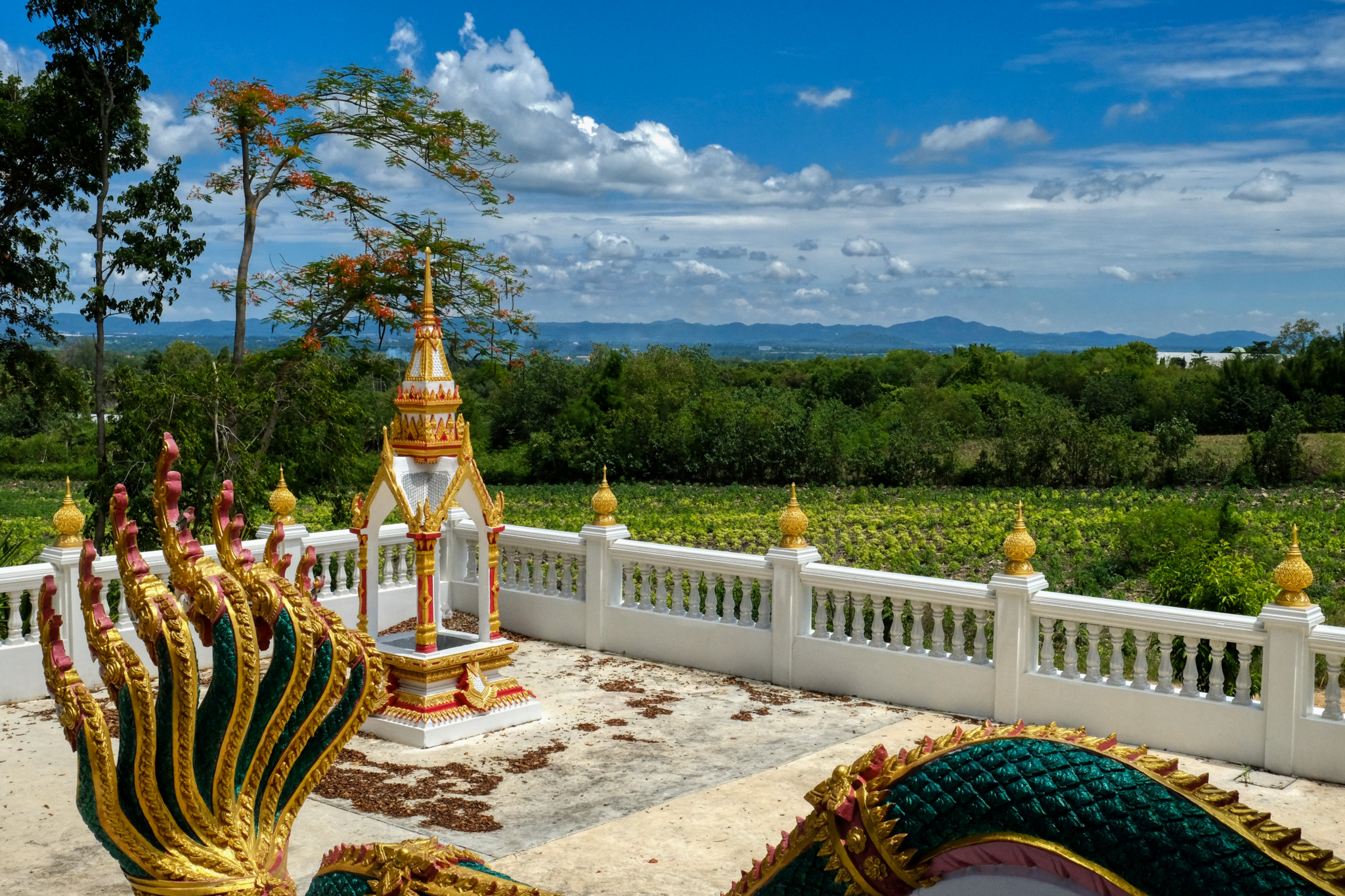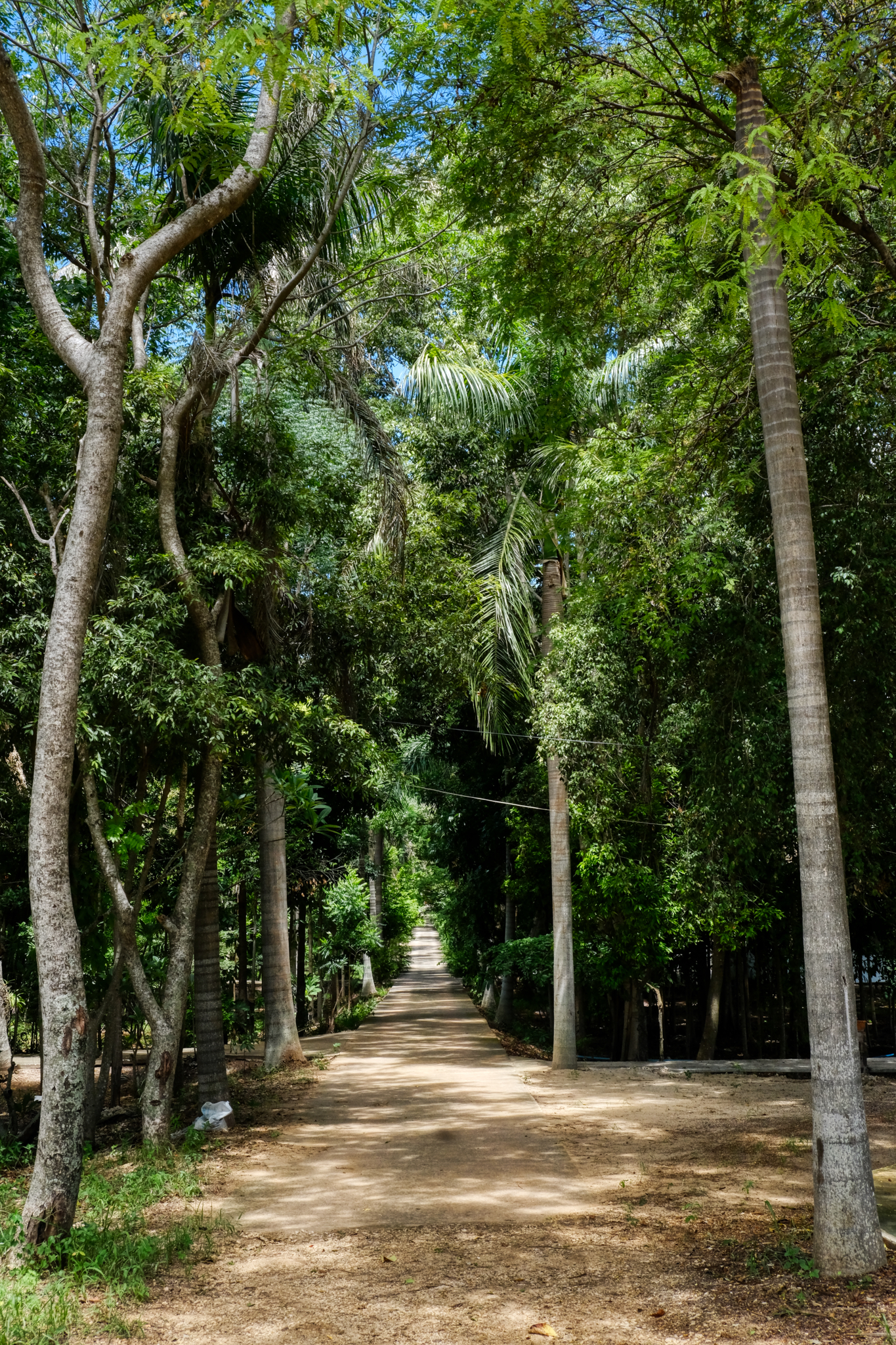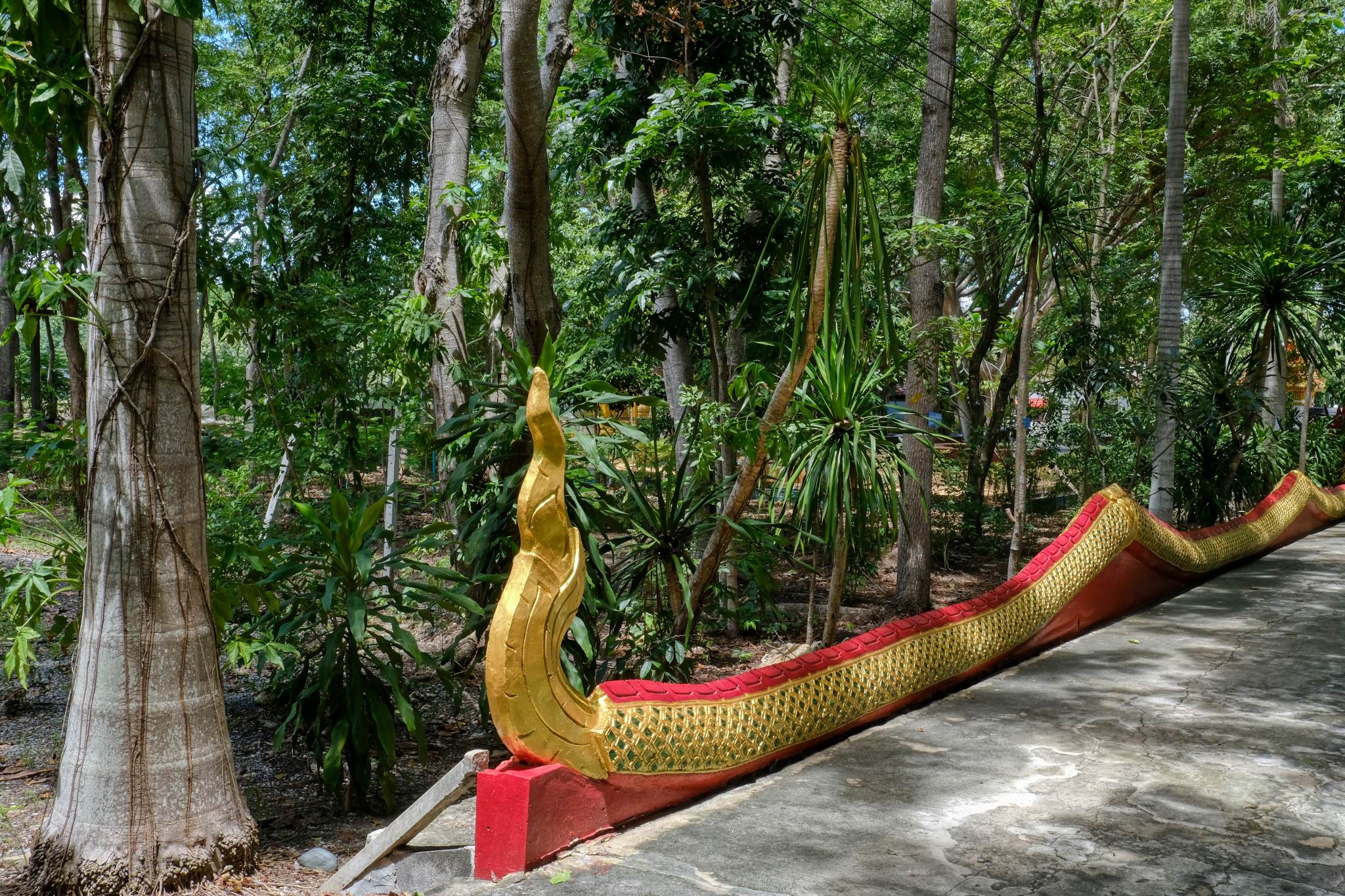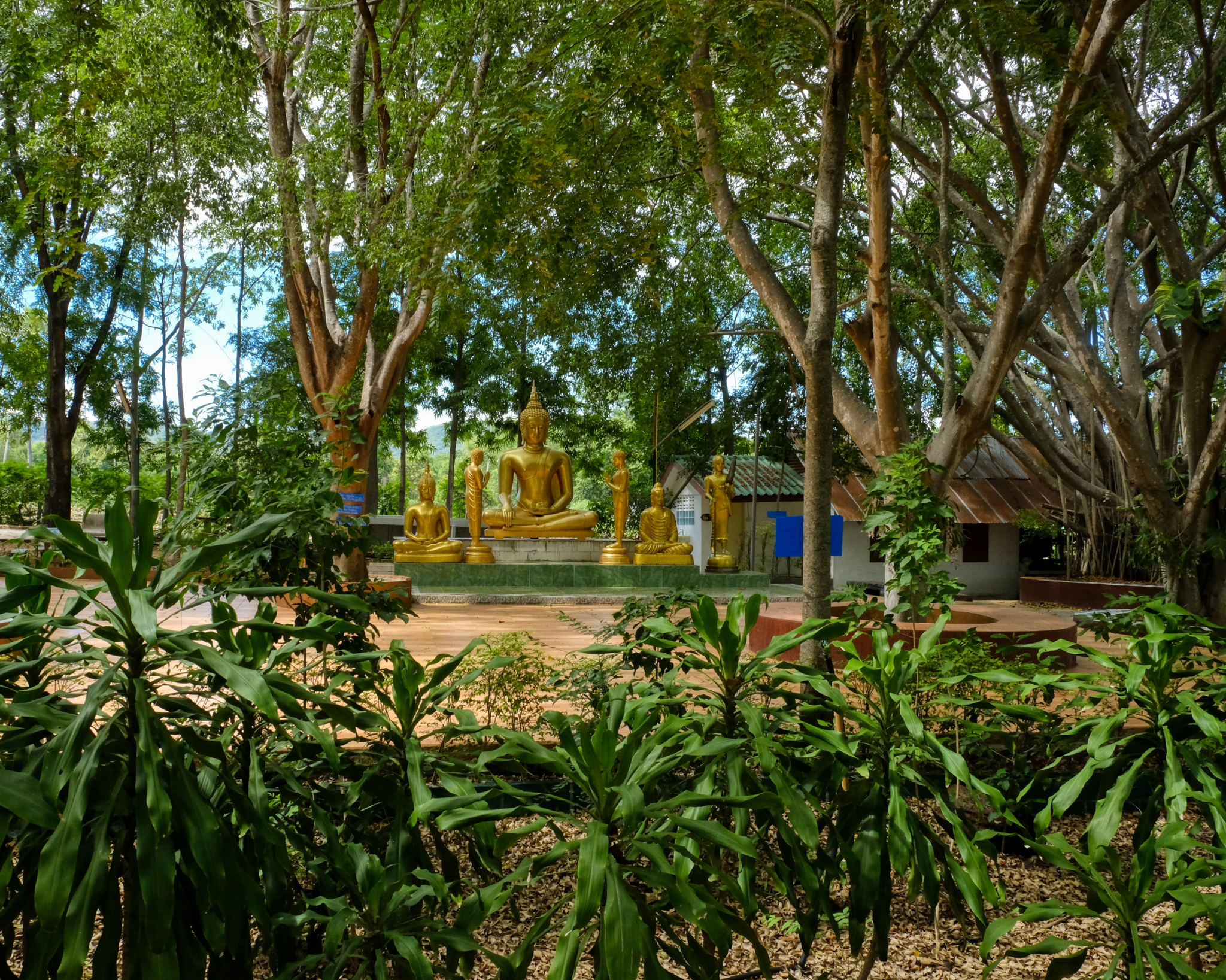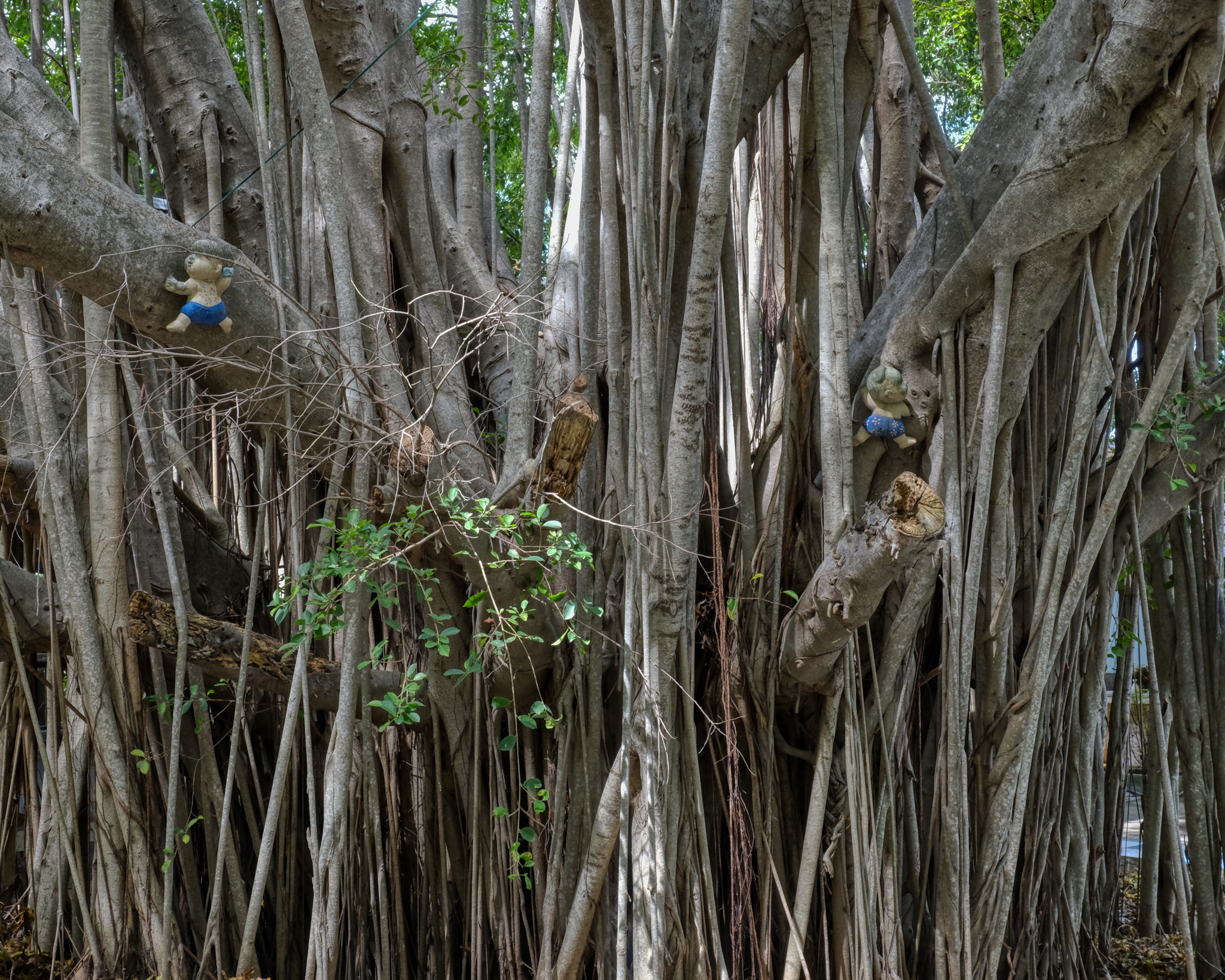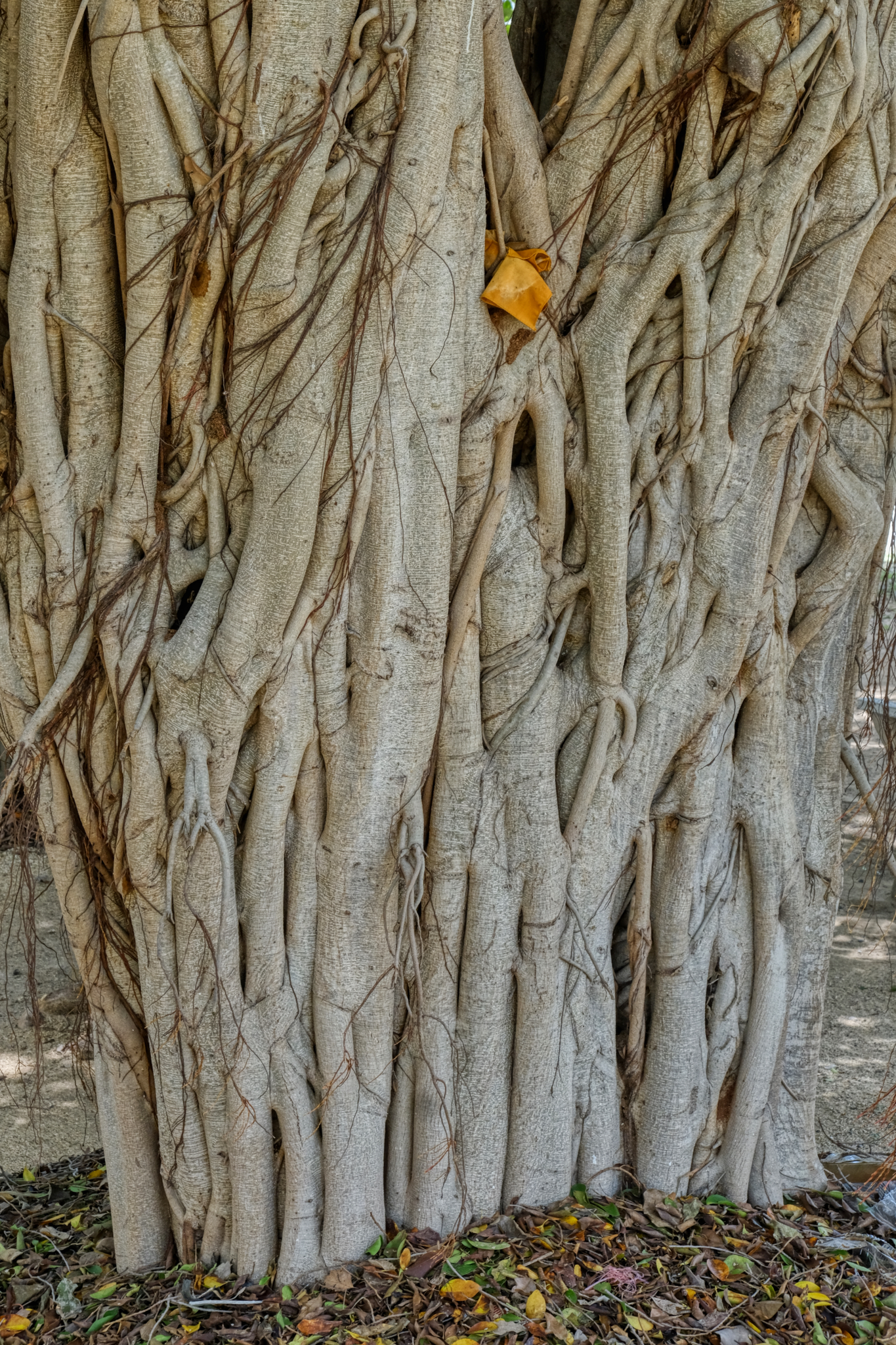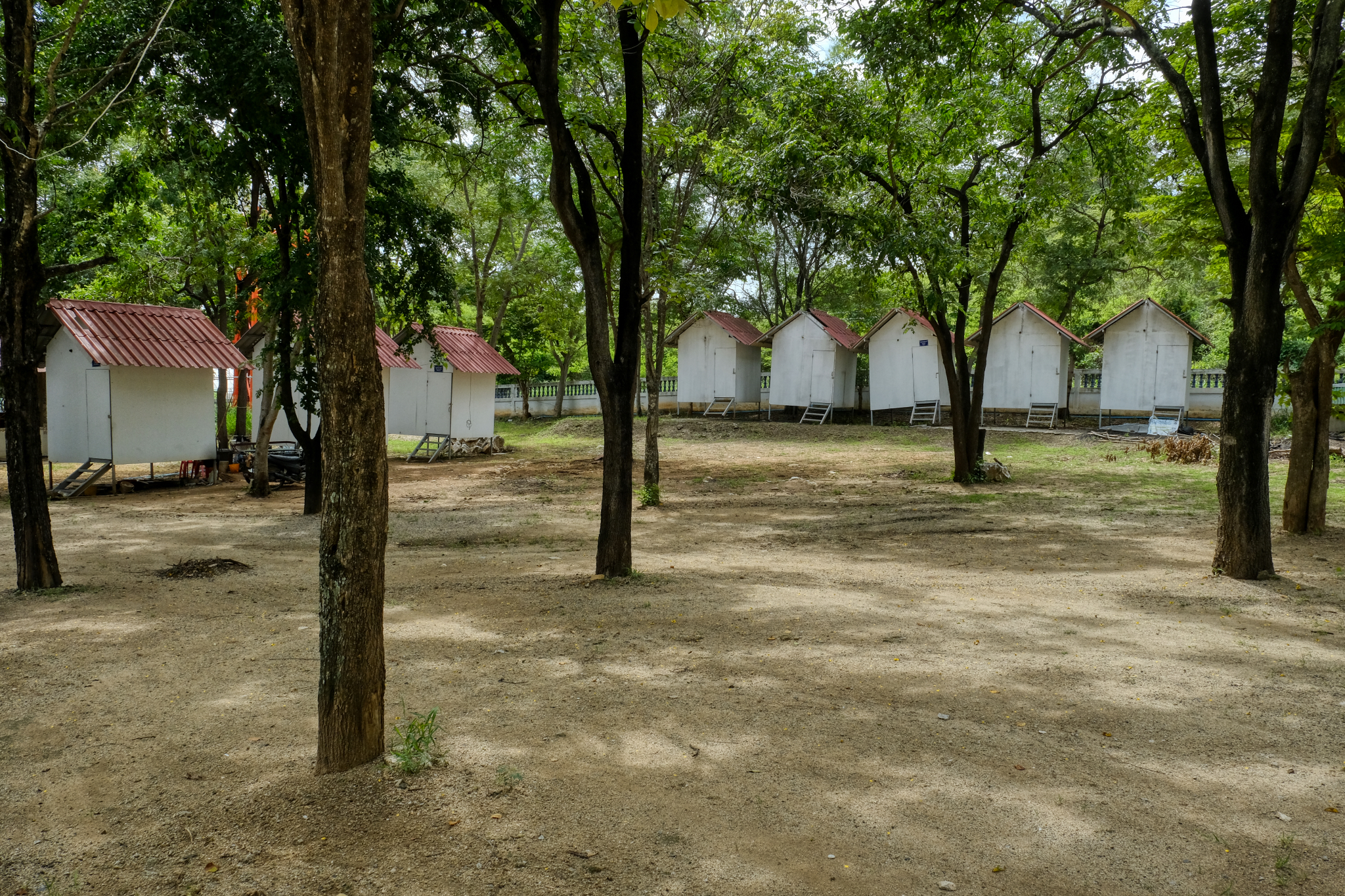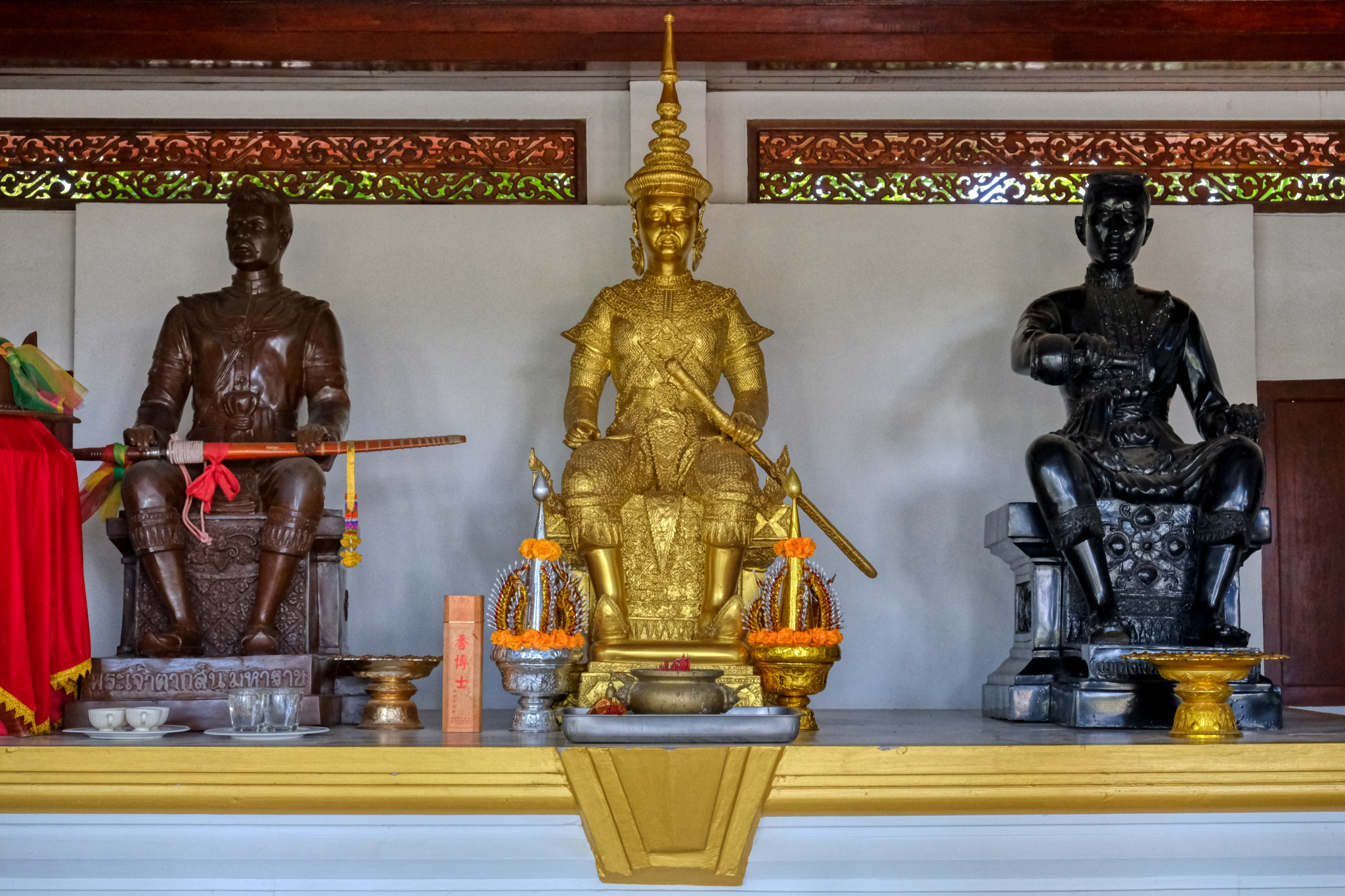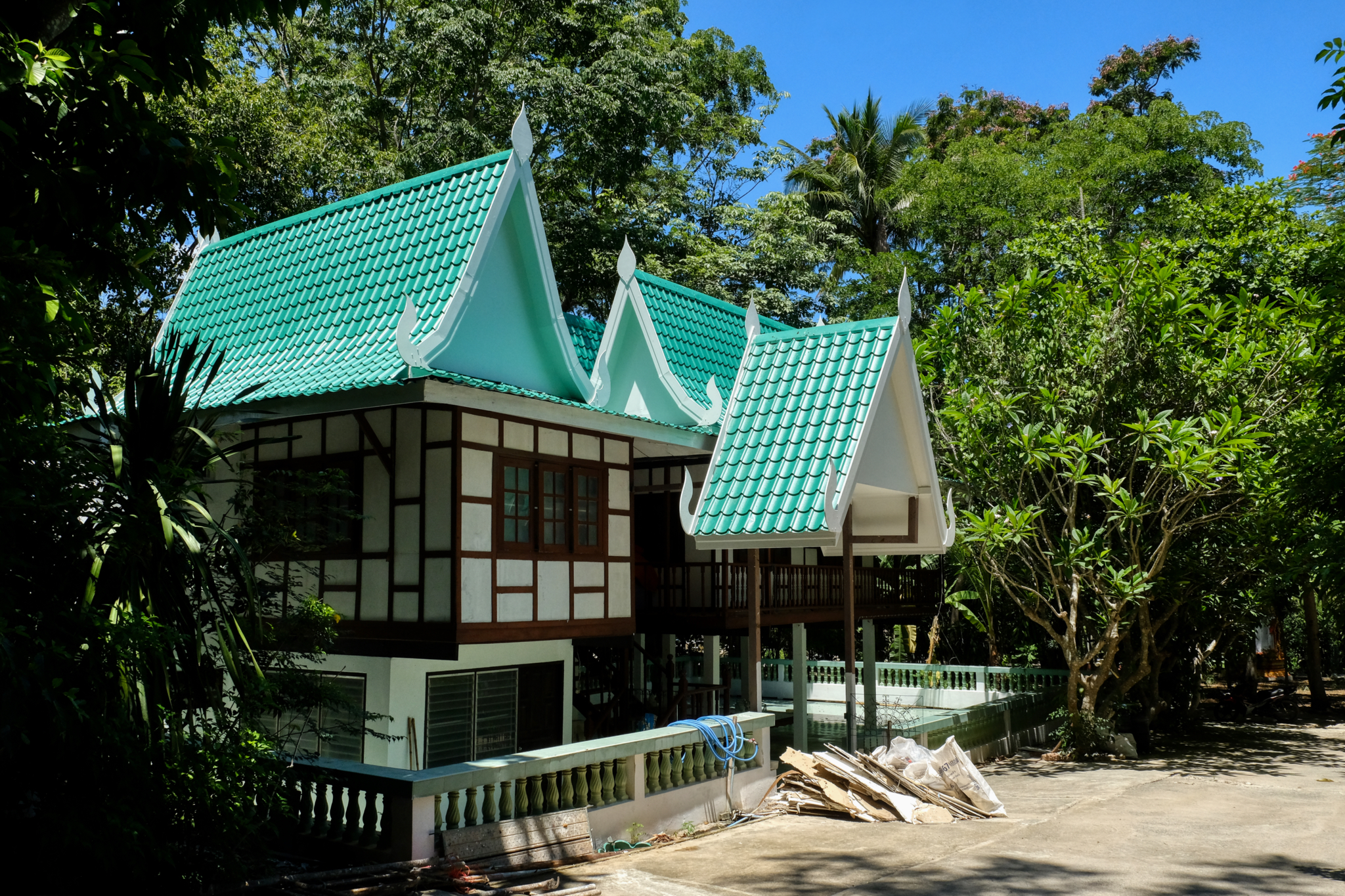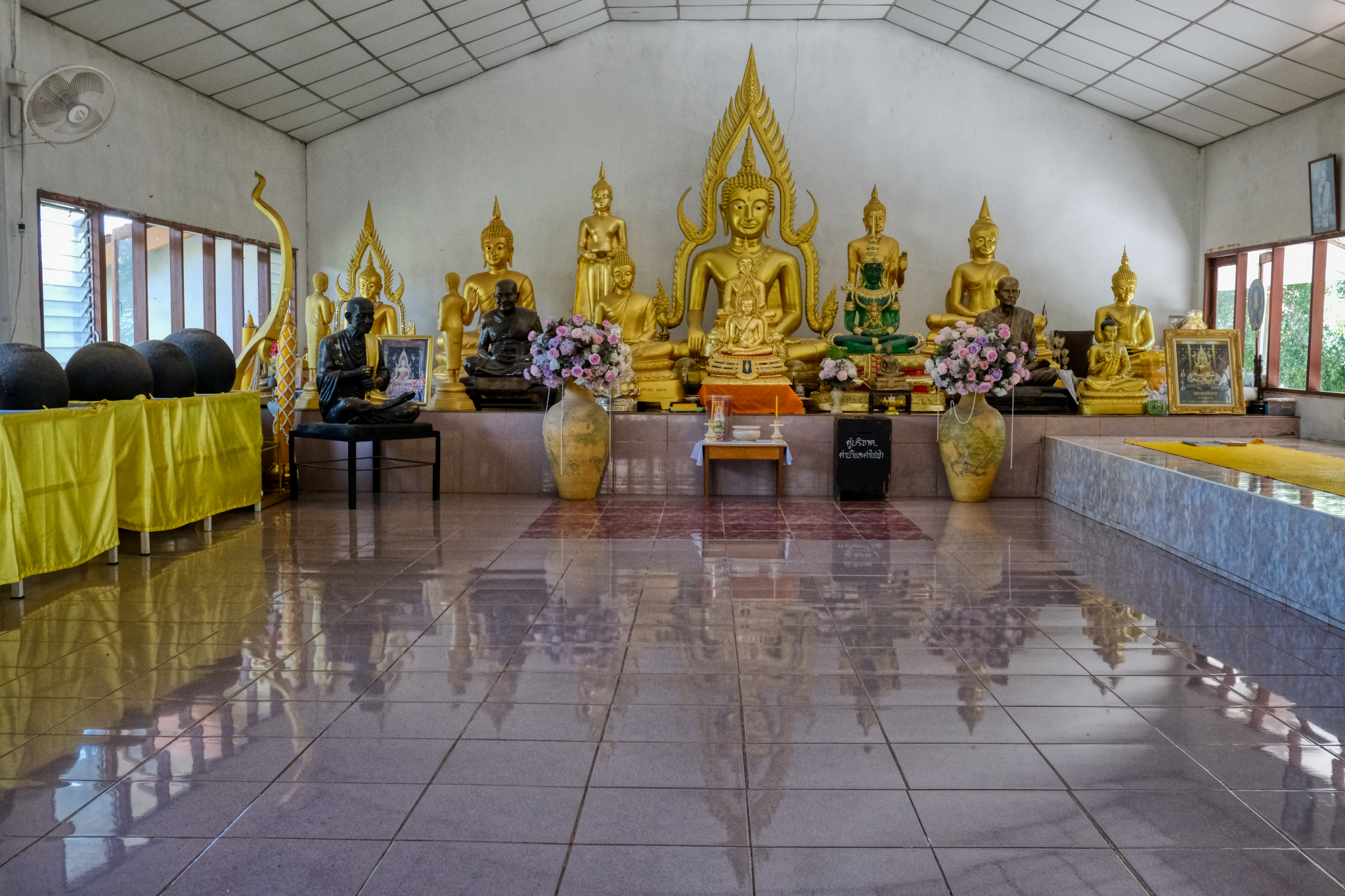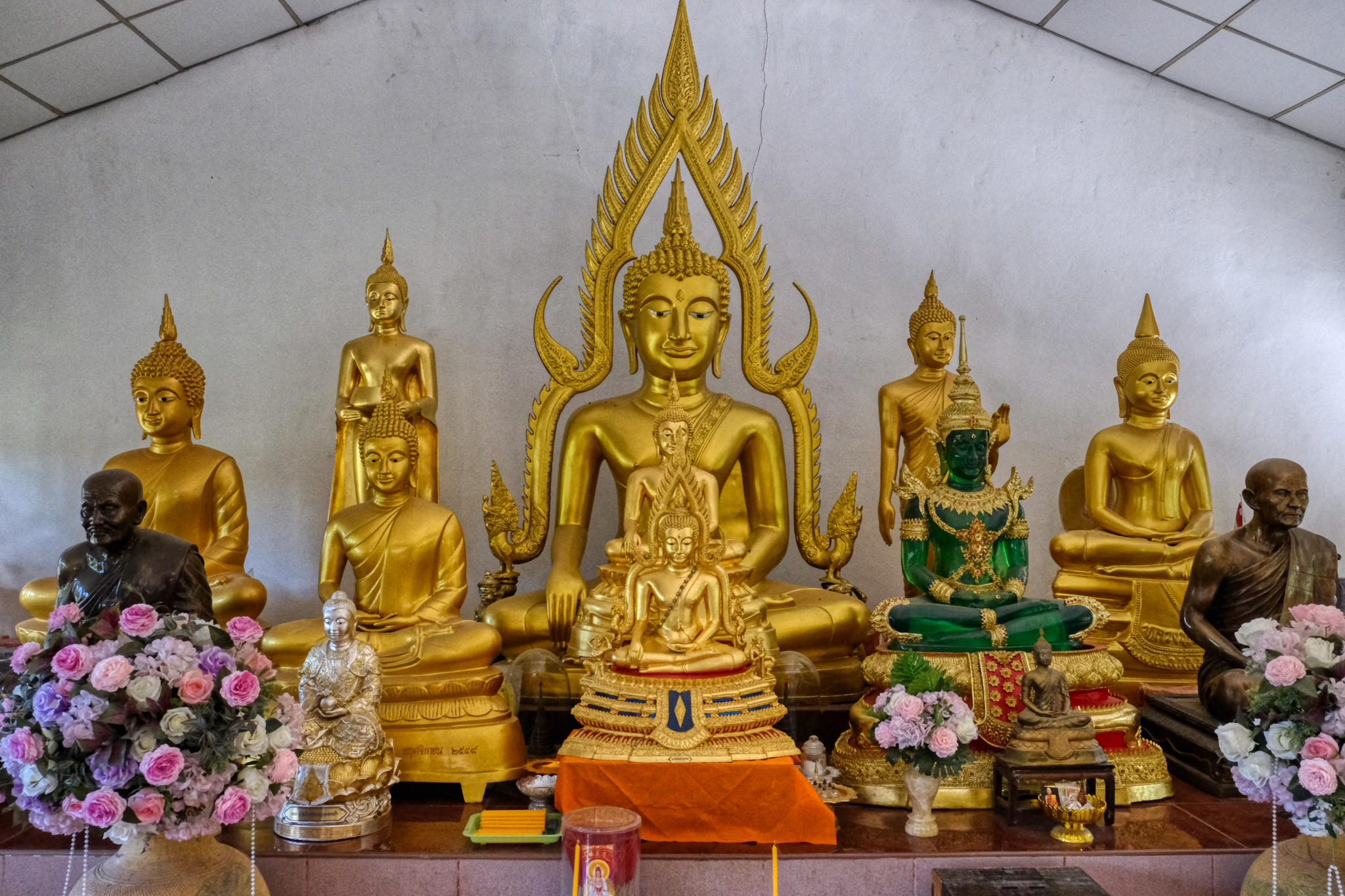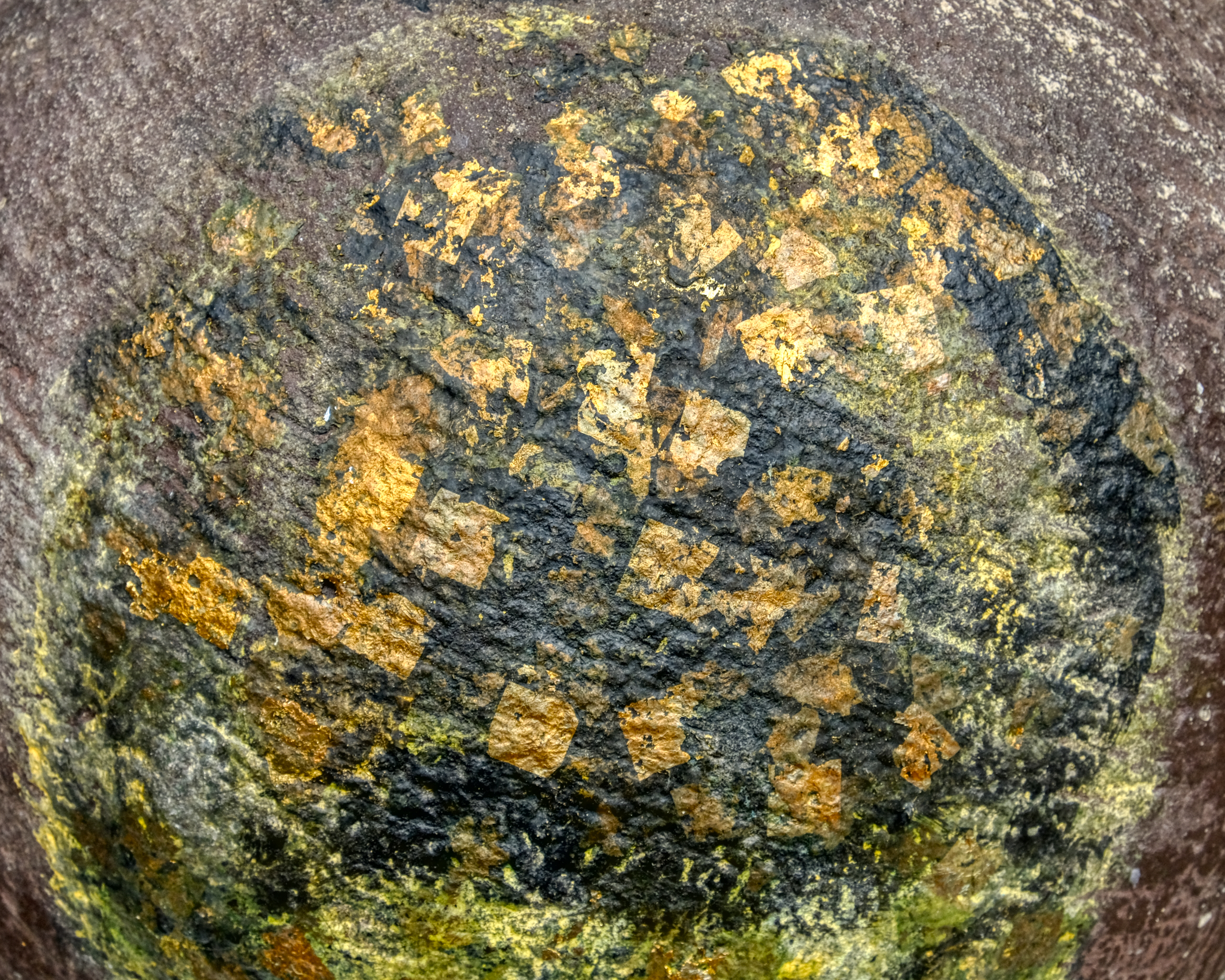The first Khao Yai week-end . . . . small roads and beautiful temples.
 As my university has called off live, in-person instruction, I have been making my lessons at home and posting them online. This has had the hidden benefit of allowing me to physically be wherever I want to be, as long as I have a computer and a good internet connection. So twice in the last month my wonderful wife and I have gone up to the mountains of Khao Yai, 2 1/2 hours northeast of Bangkok.
As my university has called off live, in-person instruction, I have been making my lessons at home and posting them online. This has had the hidden benefit of allowing me to physically be wherever I want to be, as long as I have a computer and a good internet connection. So twice in the last month my wonderful wife and I have gone up to the mountains of Khao Yai, 2 1/2 hours northeast of Bangkok.
 We visited friends at Toscana Valley in Khao Yai.
We visited friends at Toscana Valley in Khao Yai.
 Khao Yai is a region at the western end of Sankamphaeng Mountain Range and is a heavily wooded area with a fair amount of natural environment still with wild animals, such as elephant and tigers, in the Khao Yai National Park.
Khao Yai is a region at the western end of Sankamphaeng Mountain Range and is a heavily wooded area with a fair amount of natural environment still with wild animals, such as elephant and tigers, in the Khao Yai National Park.
 Although Khao Yai is known for the National Park, much of the region is developed for weekenders from Bangkok to escape the city hear (especially in the 'cool season'). There are many, many small resorts and tourist activities sprinkled around the beautiful countryside . . . as well as an interesting assortment of Buddhist Wats.
Although Khao Yai is known for the National Park, much of the region is developed for weekenders from Bangkok to escape the city hear (especially in the 'cool season'). There are many, many small resorts and tourist activities sprinkled around the beautiful countryside . . . as well as an interesting assortment of Buddhist Wats.
 So, while my wife played golf at the beautiful courses in the area, I explored the small roads to see what I could see. . . .
So, while my wife played golf at the beautiful courses in the area, I explored the small roads to see what I could see. . . .
 I had fun following 'points of interest' signs . . . and seeing if I could get to the hilltop temples I could see here and there in the landscape.
I had fun following 'points of interest' signs . . . and seeing if I could get to the hilltop temples I could see here and there in the landscape.
 Wat Sanaamsai is a giant white Buddha statue on top of a hill. To get there you have to climb up hundreds of stairs.
Wat Sanaamsai is a giant white Buddha statue on top of a hill. To get there you have to climb up hundreds of stairs.
 Hundreds of stairs and hundreds of bells to be rung.
Hundreds of stairs and hundreds of bells to be rung.
 I am often amused by the cartoonish monks who adorn Buddhist shrines and altars in Thailand. I decided to light some incense and candles before I embarked on the hundreds of steps. Fortunately, some nice people pointed out that I could drive all the way to the top if I wanted to. So I drove up.
I am often amused by the cartoonish monks who adorn Buddhist shrines and altars in Thailand. I decided to light some incense and candles before I embarked on the hundreds of steps. Fortunately, some nice people pointed out that I could drive all the way to the top if I wanted to. So I drove up.
 In addition to a fine mandala, there was a wonderful view across Khao Yai from the top of the stairs.
In addition to a fine mandala, there was a wonderful view across Khao Yai from the top of the stairs.
 I was glad that I hadn't walked up the stairs!
I was glad that I hadn't walked up the stairs!
 A fantastic giant Buddha image looking out over the valley.
A fantastic giant Buddha image looking out over the valley.

I loved this row of Buddha statues in the many symbolic poses.
 So many beautiful Wats in rural Thailand, and it seemed like there were more than the average number here in Khao Yai.
So many beautiful Wats in rural Thailand, and it seemed like there were more than the average number here in Khao Yai.
 Such a pretty setting for this hilltop Wat.
Such a pretty setting for this hilltop Wat.
 Back out driving on the small farm roads through a great variety of agricultural crops. These were planted in quite a few fields . . . but I have no idea what they were for.
Back out driving on the small farm roads through a great variety of agricultural crops. These were planted in quite a few fields . . . but I have no idea what they were for.
 Even out on the smallest rural roads there are little stalls for Thai street food.
Even out on the smallest rural roads there are little stalls for Thai street food.
 I saw a temple on a hill top and drove along very small rural lanes until I found the entrance.
I saw a temple on a hill top and drove along very small rural lanes until I found the entrance.
 I eventually found the Wat entry . . . and drove up the steep hill.
I eventually found the Wat entry . . . and drove up the steep hill.
 The road did not go all the way to the top. I parked and found the steep steps to the top. I opted to take a service path that wound along the side of the steep hill.
The road did not go all the way to the top. I parked and found the steep steps to the top. I opted to take a service path that wound along the side of the steep hill.
 The walk up to the temple had wonderful views out over the surrounding farm land. Some say this area looks like the Italian countryside around Tuscany.
The walk up to the temple had wonderful views out over the surrounding farm land. Some say this area looks like the Italian countryside around Tuscany.
 I arrived at last on top to discover a very fine, new Wat.
I arrived at last on top to discover a very fine, new Wat.
 Magnificent. Wat Pa Phu Hai Long.
Magnificent. Wat Pa Phu Hai Long.
 Buddhas of all kinds atop the hill.
Buddhas of all kinds atop the hill.
 A grand view.
A grand view.
 I love these stone balls that have been covered in gold leaf by pilgrims.
I love these stone balls that have been covered in gold leaf by pilgrims.
 Such an interesting contrast of shapes and textures . . .
Such an interesting contrast of shapes and textures . . .
 I left a donation at the beautiful altar.
I left a donation at the beautiful altar.
 I was sorry I had to leave this wat . . . it was so beautiful up on the hilltop.
I was sorry I had to leave this wat . . . it was so beautiful up on the hilltop.
 I enjoyed my walk back down the hill from the temple . . . and admired the view. Many people say this region of Thailand reminds them of Tuscany in Italy . . . yes, it does.
I enjoyed my walk back down the hill from the temple . . . and admired the view. Many people say this region of Thailand reminds them of Tuscany in Italy . . . yes, it does.
 I saw this little fellow near the car park.
I saw this little fellow near the car park.
 We stayed at the guest house at the Tuscana Resort, an Italian-themed development for mostly Bangkok week-enders. Beautiful.
We stayed at the guest house at the Tuscana Resort, an Italian-themed development for mostly Bangkok week-enders. Beautiful.
___________________________________________________
A Second Week-end Trip to Khao Yai: A Buddha Cave and a Floating Market Garden
 Another week-end out and about on the country roads of Khao Yai while my wife played golf.
Another week-end out and about on the country roads of Khao Yai while my wife played golf.
 Just a village Wat along a country road.
Just a village Wat along a country road.
 Such a wonderful, and brand new temple. So new, in fact, there was no sign and no marking on GoogleMaps.
Such a wonderful, and brand new temple. So new, in fact, there was no sign and no marking on GoogleMaps.
 There are an abundance of Wats to see in Khao Yai. This one on the way to the Magic Caves.
There are an abundance of Wats to see in Khao Yai. This one on the way to the Magic Caves.
 A beautiful multi-roofed staircase leading to a hilltop Chedi and temple . . .
A beautiful multi-roofed staircase leading to a hilltop Chedi and temple . . .
 I opted not to walk up the hundreds of steps to the top of the hill. The caves beckoned.
I opted not to walk up the hundreds of steps to the top of the hill. The caves beckoned.
 My GPS took me to this place.
My GPS took me to this place.
 My GPS makes perfect artistic decisions sometimes, for next to the hill was this fantastic corrugated building hung with an aging banner of some long forgotten festival. Textures to dream about!
My GPS makes perfect artistic decisions sometimes, for next to the hill was this fantastic corrugated building hung with an aging banner of some long forgotten festival. Textures to dream about!
 Road dust obscuring a sitting monk image . . . and corrugation . . .
Road dust obscuring a sitting monk image . . . and corrugation . . .
 The other end of the banner held another fabulous image.
The other end of the banner held another fabulous image.
MAGIC CAVE LAND
 After snooping around for a while I found the cave entrance located inside Wat Tham Trai Rat, a woman approached me and showed me a card that said she was an official guide for the Magic Cave Land. I asked how much it cost (in Thai)" and she answered in English, "Something or nothing." She took out her keys and we walked in the cave.
After snooping around for a while I found the cave entrance located inside Wat Tham Trai Rat, a woman approached me and showed me a card that said she was an official guide for the Magic Cave Land. I asked how much it cost (in Thai)" and she answered in English, "Something or nothing." She took out her keys and we walked in the cave.
 And down we went under the Earth into a colorful and wondrous world.
And down we went under the Earth into a colorful and wondrous world.
 Not long after the Buddha altar grottos began to appear. Magnificent!
Not long after the Buddha altar grottos began to appear. Magnificent!
 Ad on in to the cave we walked. Of course there were colored psychedelic lighting throughout!
Ad on in to the cave we walked. Of course there were colored psychedelic lighting throughout!
 Buddhas, monks, and hermit statuary throughout.
Buddhas, monks, and hermit statuary throughout.
 Some of the Buddha altars were more formal . . .
Some of the Buddha altars were more formal . . .
 I'll bet this place was on the Hippie 'must see' list!
I'll bet this place was on the Hippie 'must see' list!
 It seemed like wherever you looked there would be a Buddha statue in a nitch in the rocks. Wonderful.
It seemed like wherever you looked there would be a Buddha statue in a nitch in the rocks. Wonderful.
 Although the cave is not completely full of amazing rock formations, there are enough to make anyone with an interest in geology interested.
Although the cave is not completely full of amazing rock formations, there are enough to make anyone with an interest in geology interested.
 There were some fascinating flowing rock formations.
There were some fascinating flowing rock formations.
 After about 39 minutes of walking and stooping through narrow and low passages, a sign in the dim shadows appeared . . . I thought, "this is going to be interesting" . . .
After about 39 minutes of walking and stooping through narrow and low passages, a sign in the dim shadows appeared . . . I thought, "this is going to be interesting" . . .
 "Interesting" is an understatement. Truly a wondrous thing to see deep in a cave in Thailand.
"Interesting" is an understatement. Truly a wondrous thing to see deep in a cave in Thailand.
 Not only 'cave man bones' but the bones of animals and perhaps other humans were embedded in the stone display.
Not only 'cave man bones' but the bones of animals and perhaps other humans were embedded in the stone display.
 We caught up with a big family here . . . they were rubbing the bones and then spreading the 'bone spirits' around their heads . . . so, of course, I did the same. Very therapeutic.
We caught up with a big family here . . . they were rubbing the bones and then spreading the 'bone spirits' around their heads . . . so, of course, I did the same. Very therapeutic.
 As there always are, pots for making donations to the upkeep of the caves and nearby wat. I left coins in each.
As there always are, pots for making donations to the upkeep of the caves and nearby wat. I left coins in each.
 At one point there was an opening in the cave ceiling and a perfect light shaft shown through . . . I wished it had fallen on a golden Buddha . . . but it didn't.
At one point there was an opening in the cave ceiling and a perfect light shaft shown through . . . I wished it had fallen on a golden Buddha . . . but it didn't.
 My favorite Buddha altar in the cave. Magnificent.
My favorite Buddha altar in the cave. Magnificent.
 Astonishingly beautiful cave Buddha altar.
Astonishingly beautiful cave Buddha altar.
 Colorfully lit passages . . .
Colorfully lit passages . . .
 Passing from underground room to room and 'discovering' new vistas and Buddha altars. Extraordinary!
Passing from underground room to room and 'discovering' new vistas and Buddha altars. Extraordinary!
 After a 90 minute 'tour' underground we at last came to the stairs leading out. It was a very interesting experience in a low key kind of way. The cave was very low key, not at all an over-developed tourist attraction. It is, after all a Buddhist temple.
After a 90 minute 'tour' underground we at last came to the stairs leading out. It was a very interesting experience in a low key kind of way. The cave was very low key, not at all an over-developed tourist attraction. It is, after all a Buddhist temple.
The Khao Yai Floating Market
 I stopped in at the Khao Yai Floating Market and was greeted by this old Chevy pick-up. Nice.
I stopped in at the Khao Yai Floating Market and was greeted by this old Chevy pick-up. Nice.
 Another nice, funky old Vespa with a side-car at the entrance.
Another nice, funky old Vespa with a side-car at the entrance.
 Although it would be fair to say that the Khao Yai Floating Market is a bit of a 'tourist trap' . . . it is not without its charms, beauty, interest, pretty gardens, and photo opportunities.
Although it would be fair to say that the Khao Yai Floating Market is a bit of a 'tourist trap' . . . it is not without its charms, beauty, interest, pretty gardens, and photo opportunities.
 You enter the 'floating market' through pleasant gardens before walking 100 meters down a hill to the pond (not a river) they dug for the water feature.
You enter the 'floating market' through pleasant gardens before walking 100 meters down a hill to the pond (not a river) they dug for the water feature.
 I didn't have a map of the layout, so I followed the signs . . . OH! COFFEE! I'll have to check it out . . . but first . . .
I didn't have a map of the layout, so I followed the signs . . . OH! COFFEE! I'll have to check it out . . . but first . . .
 I started along this wooden boardwalk to explore the old buildings. Very pretty.
I started along this wooden boardwalk to explore the old buildings. Very pretty.
 The actual 'floating market' does not actually float. It is a manufactured replica of a traditional Thai floating market [my photos of a real floating market can be found here]. It looks nice, but is not authentic.
The actual 'floating market' does not actually float. It is a manufactured replica of a traditional Thai floating market [my photos of a real floating market can be found here]. It looks nice, but is not authentic.
 Before the pandemic, one assumes, Bangkok week-enders would flock here for food, a little shopping, and to enjoy the gardens.
Before the pandemic, one assumes, Bangkok week-enders would flock here for food, a little shopping, and to enjoy the gardens.
 At 10:00am on the morning I visited the Khao Yai Floating Market I was the only patron.
At 10:00am on the morning I visited the Khao Yai Floating Market I was the only patron.
 Fortunately there was ONE little food stand open selling my favorite papaya salad (sum-tam).
Fortunately there was ONE little food stand open selling my favorite papaya salad (sum-tam).
 A side order of sticky rice and puffed rice cakes (and a CokeZero) made a nice snack. It was delicious.
A side order of sticky rice and puffed rice cakes (and a CokeZero) made a nice snack. It was delicious.
 I cold see that it would be nice to while away a hot afternoon in a hammock here . . .
I cold see that it would be nice to while away a hot afternoon in a hammock here . . .
 There were a few antique items setting around to create an old-timey feel.
There were a few antique items setting around to create an old-timey feel.
 The wooden boardwalk was a thing of beauty (to me!). It was a little strange to be in this place all alone . . .
The wooden boardwalk was a thing of beauty (to me!). It was a little strange to be in this place all alone . . .
 I was fascinated by this old barber shop . . . I wondered if a real barber occupied it as a business during more touristy times.
I was fascinated by this old barber shop . . . I wondered if a real barber occupied it as a business during more touristy times.
 All the little shops along the boardwalk were closed . . . on to the gardens.
All the little shops along the boardwalk were closed . . . on to the gardens.
 This is good. I love flower gardens.
This is good. I love flower gardens.
 A vast and wonderful hillside garden greeted me!
A vast and wonderful hillside garden greeted me!
 They had a good eye for color.
They had a good eye for color.
 I followed a black butterfly around for a while . . .
I followed a black butterfly around for a while . . .
 Sunflowers are such a happy sight . . . always.
Sunflowers are such a happy sight . . . always.
 A sunflower is an amazingly complex thing.
A sunflower is an amazingly complex thing.
 A sunflower is one big flower filled with many, many smaller flowers opening up in rings around the center. WOW!
A sunflower is one big flower filled with many, many smaller flowers opening up in rings around the center. WOW!
 Each sunflower is quite unique.
Each sunflower is quite unique.
 Someone thought it was a good idea to plant sunflowers in the rose garden . . . it sorta worked . . .
Someone thought it was a good idea to plant sunflowers in the rose garden . . . it sorta worked . . .
 Many different flower beds winding up the hill to what I hoped was an open coffee stand.
Many different flower beds winding up the hill to what I hoped was an open coffee stand.
 Beautiful colored whispy fronds.
Beautiful colored whispy fronds.
 The flower gardens were quite extensive and well-maintained, considering the wet season had yet to begin.
The flower gardens were quite extensive and well-maintained, considering the wet season had yet to begin.
 Up on the hill were a row of lounging huts . . . places to spend the day.
Up on the hill were a row of lounging huts . . . places to spend the day.
 The coffee shop was open . . . and the coffee was delicious. There were pleasant places to relax while enjoying the coffee (and a brownie) too.
The coffee shop was open . . . and the coffee was delicious. There were pleasant places to relax while enjoying the coffee (and a brownie) too.
 Two couples in their 20s showed up and took photos of each other in this heart-shaped 'frame.'
Two couples in their 20s showed up and took photos of each other in this heart-shaped 'frame.'
 It was hot, and it was time to leave. I walked back down the hill under the cover on these wonderful stairs.
It was hot, and it was time to leave. I walked back down the hill under the cover on these wonderful stairs.
 Shadow and pattern . . . on the stairs down . . .
Shadow and pattern . . . on the stairs down . . .
 I passed this along the way . . . I have no idea what the plan was for it . . . but it was very interesting.
I passed this along the way . . . I have no idea what the plan was for it . . . but it was very interesting.
 And back along the pond . . .
And back along the pond . . .
 . . . and across a very rickety bamboo bridge . . .
. . . and across a very rickety bamboo bridge . . .
 For some reason, there was an old fashioned schoolroom set up. I suspect the developers were collectors of all kinds of old stuff, and this project was a good place to display it.
For some reason, there was an old fashioned schoolroom set up. I suspect the developers were collectors of all kinds of old stuff, and this project was a good place to display it.
 And at last I was back to the Strawberry People and the park exit. It was worth the nominal entry fee for a nice morning of photography and coffee.
And at last I was back to the Strawberry People and the park exit. It was worth the nominal entry fee for a nice morning of photography and coffee.
 And we finished the day at our friends house for a magnificent BBQ in Toscana.
And we finished the day at our friends house for a magnificent BBQ in Toscana.
 Dr. Jeff Harper | Comments Off |
Dr. Jeff Harper | Comments Off |  Boats,
Boats,  Canada,
Canada,  Canadian Maritimes Road Trip,
Canadian Maritimes Road Trip,  Cherryfield, Maine ,
Cherryfield, Maine ,  Ferry Crossings,
Ferry Crossings,  Forest,
Forest,  Fort Anne, Nova Scotia,
Fort Anne, Nova Scotia,  Gardens,
Gardens,  Halifax, Nova Scotia,
Halifax, Nova Scotia,  Lighthouse,
Lighthouse,  Maine, USA,
Maine, USA,  Milbridge, Maine,
Milbridge, Maine,  Old Country Store,
Old Country Store,  Old Doors & Windows,
Old Doors & Windows,  Parade,
Parade,  Road Trip Canadian Maritimes,
Road Trip Canadian Maritimes,  St. John, Newfoundland,
St. John, Newfoundland,  The Sea,
The Sea,  Victorian Houses
Victorian Houses 
















































































